Post-U.S. Open Mailbag: What to make of Djokovic's injury timeout vs. Wawrinka
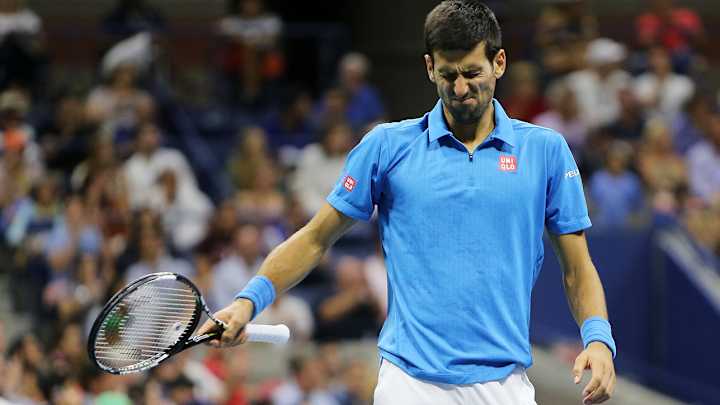
Some speed round questions post-U.S. Open. And note a really thoughtful reader riffs at the end.
If you had said in late 2013, when Wawrinka had established himself in the top 10 but he had a career finals record of 4-9 and all his titles were at the 250 level, that he would become the toughest finals player in the game, I would have laughed. And yet, here we are. "Stanimal" is apropos.
—Chris Brown
• “Stan the Man” is a silly, derivative nickname. But it’s oddly fitting. He plays manly-man tennis, muscular, physical, brawny tennis that seems ideally suited for 2016. You’re right, though. When Wawrinka was 28, he was dismissed as an also-ran, a mentally soft player with a nice backhand known mostly as Federer’s (unthreatening) de facto little brother. Today, at 31, he is a Hall of Famer and a money player who wins when the trophy is on the line.
Wawrinka may never be part of tennis's exclusive quartet, but that's OK with him
If Kerber were to retire today, is she a HOF'er? Sure, there is precedent set by number of major titles, but I would argue that a number of those players either impacted the game significantly (i.e. Chang) or their lone major was only a piece of their career longevity and performance (i.e. Roddick). Even someone like Li Na has more HOF credibility for me, based on her influence in expanding the game to Asia.
Of course, we will have to wait and see what Kerber does in 2017 and beyond, but in my opinion, one banner year does not make a HOF'er, especially for a player who prior to 2016, had a history of underperforming in the majors. Thoughts?
—David M.
• Precedent is precedent. (Until it’s not.) Two majors + top ranking = IN. What makes Kerber interesting: her credentials were put together in the course of a year. It would be like a baseball player hitting .290 for your career but having one .400 season and getting in to Cooperstown on that basis. That said, Kerber might well continue adding to her credentials.
U.S. Open 2016 women's final photos
Karolina Pliskova, Angelique Kerber
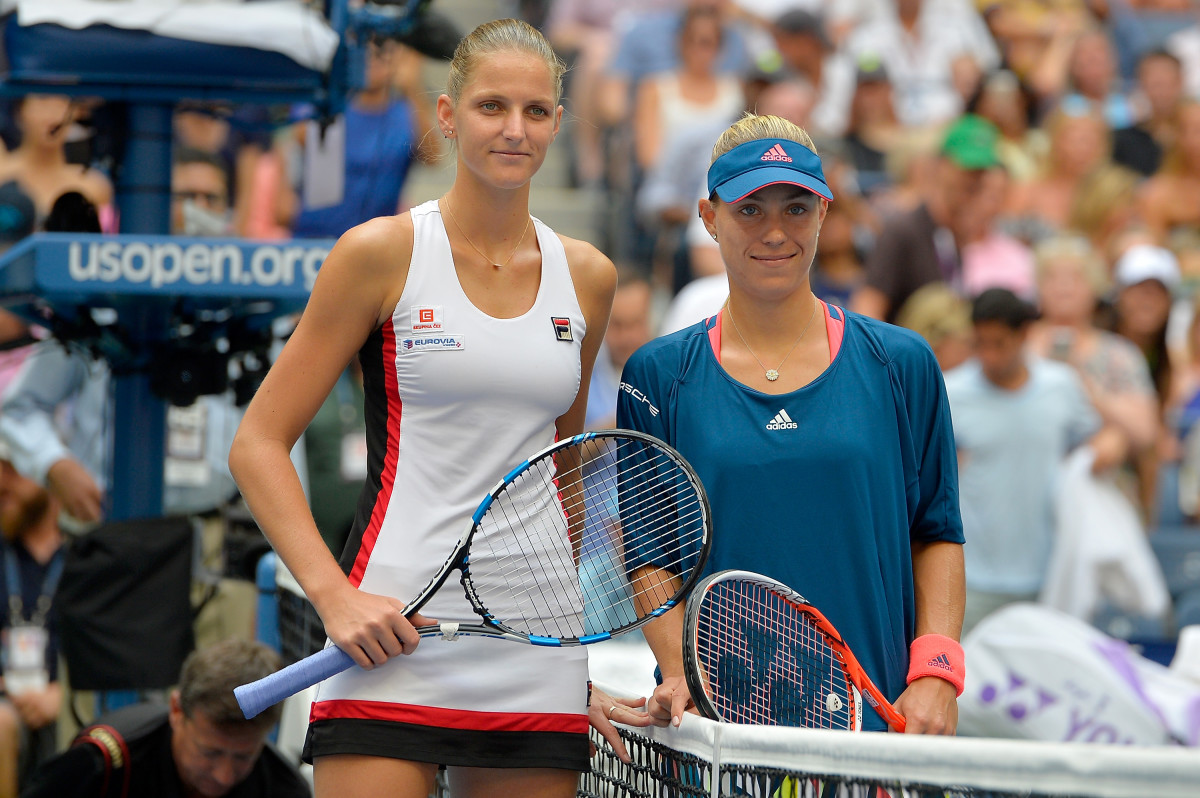
Angelique Kerber
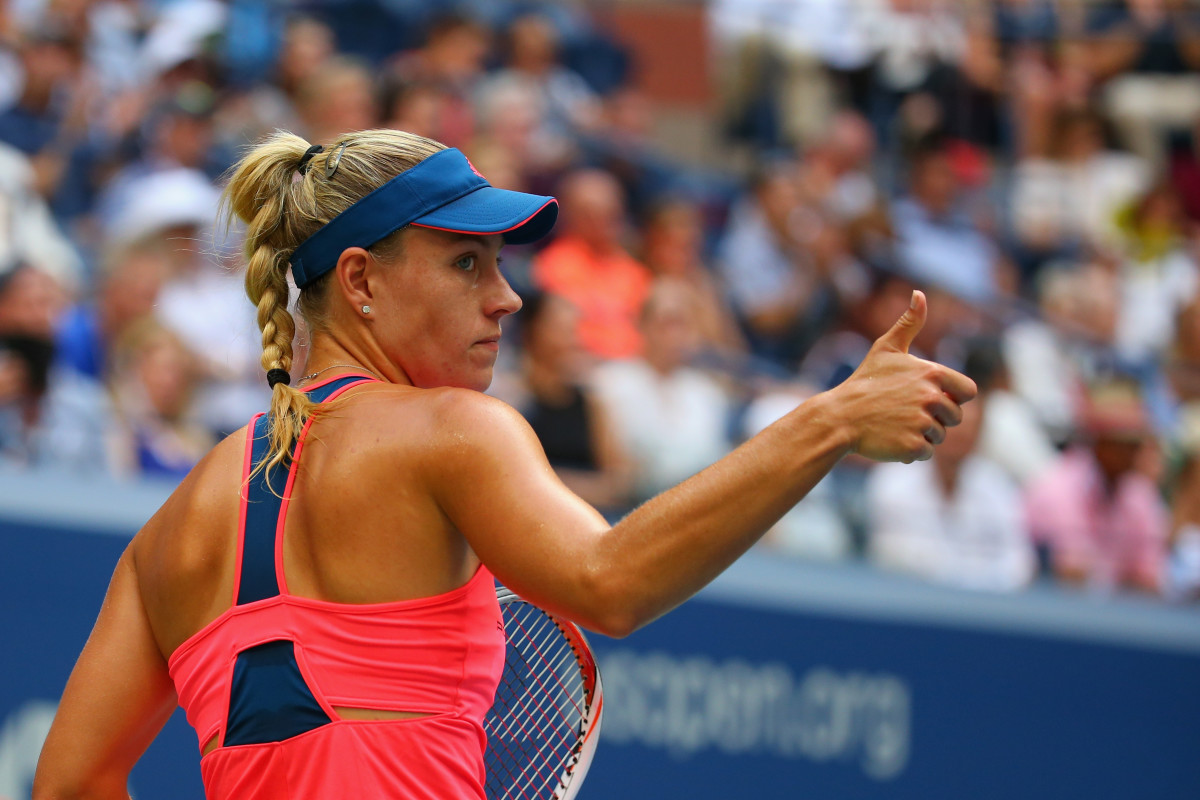
Angelique Kerber
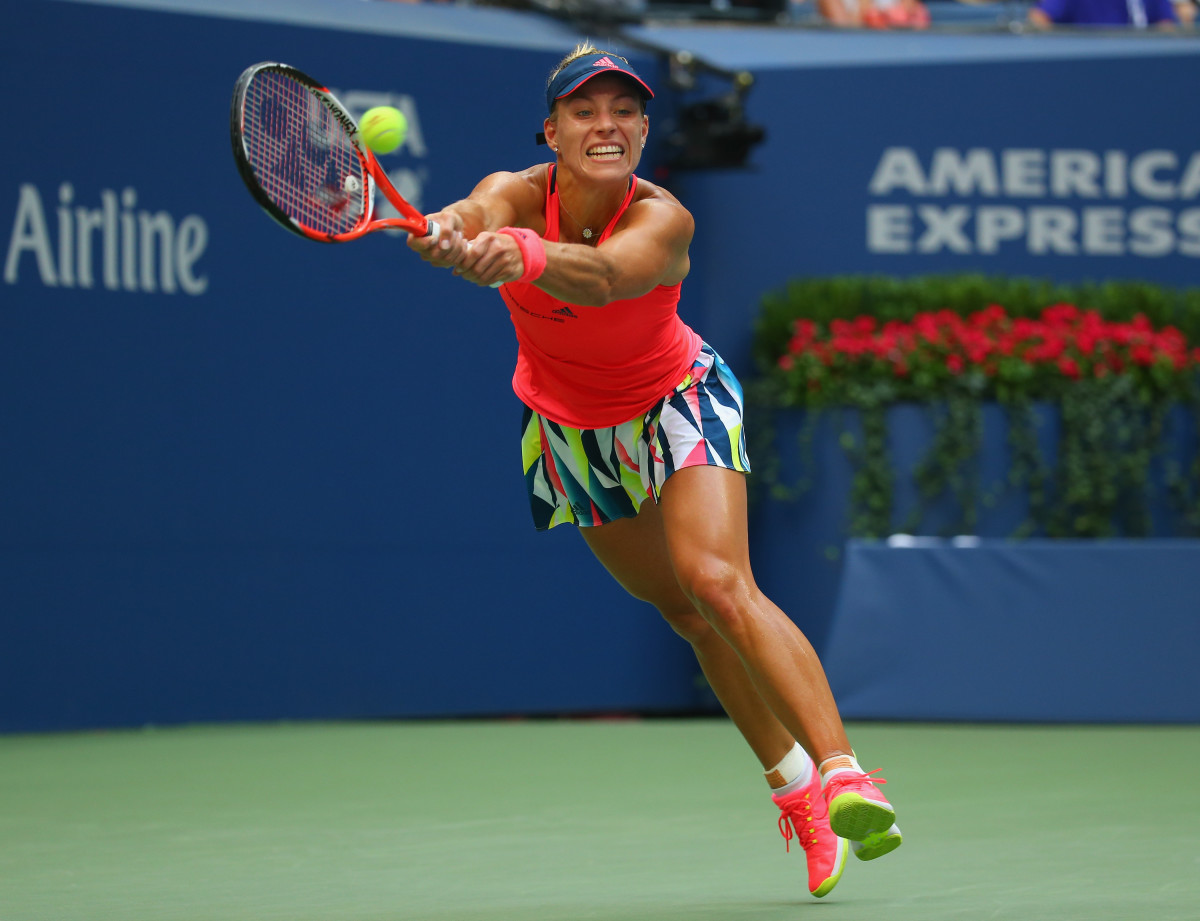
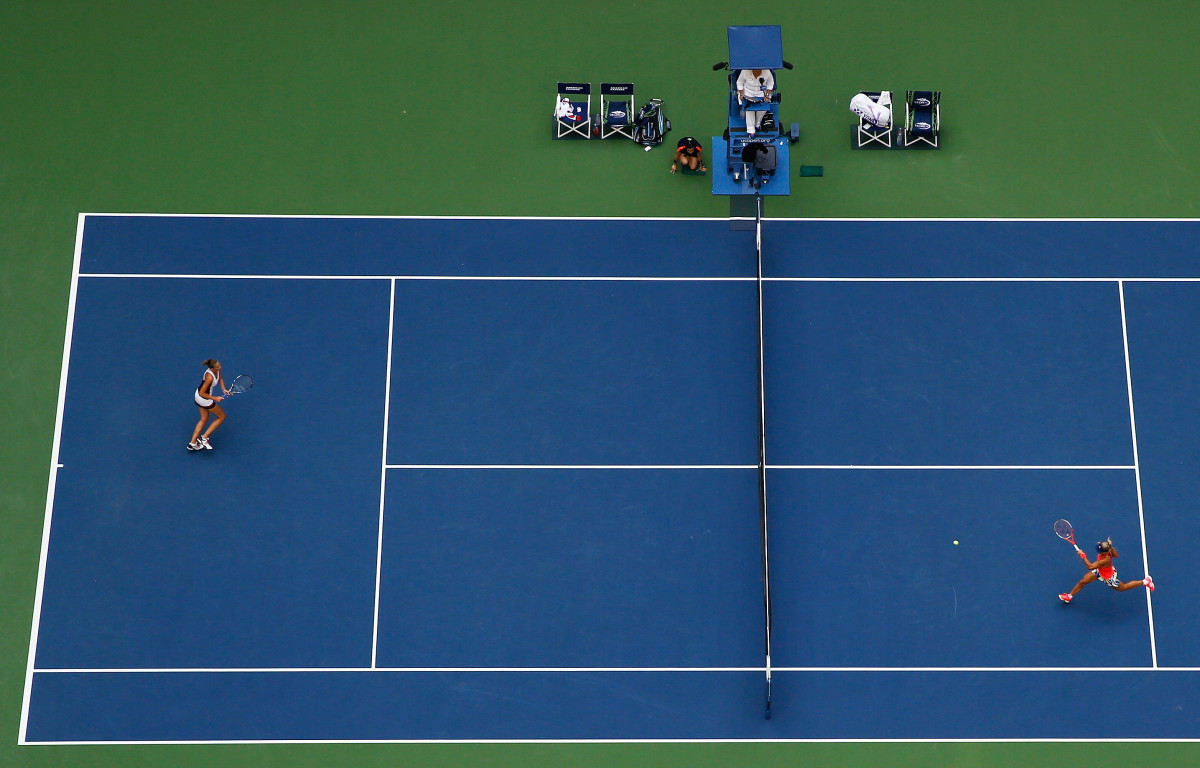
Angelique Kerber
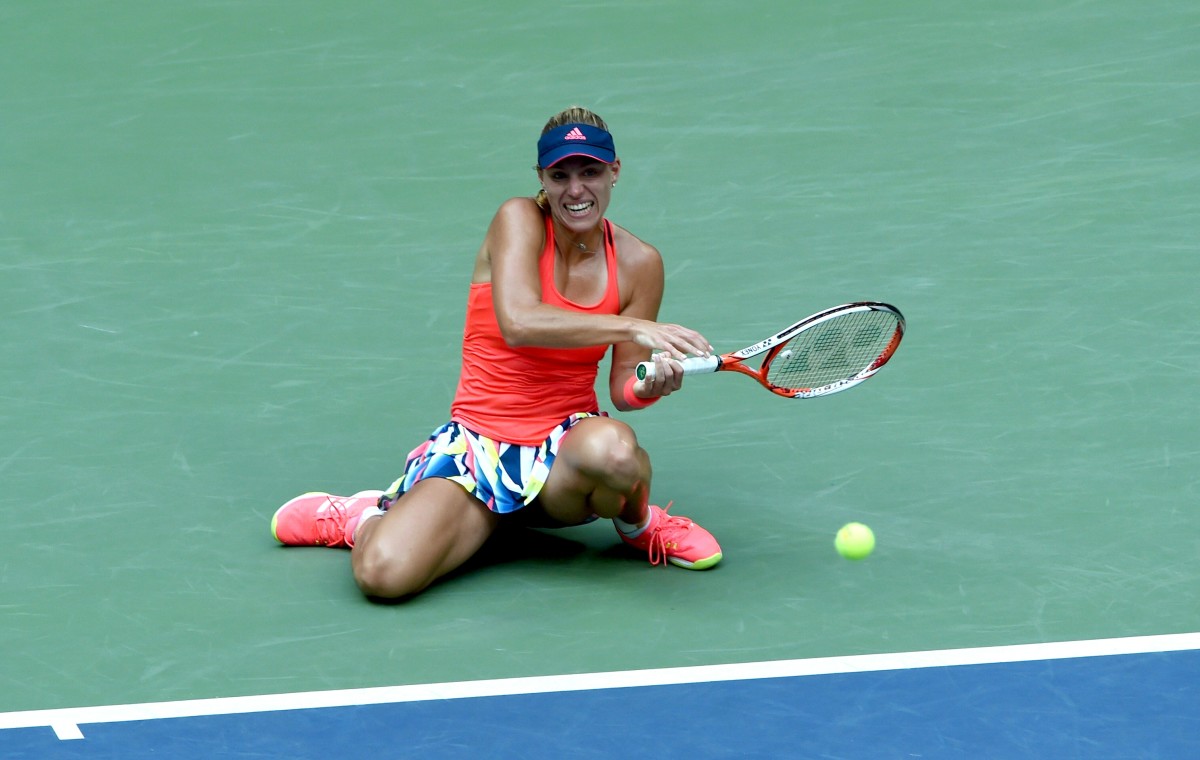
Angelique Kerber
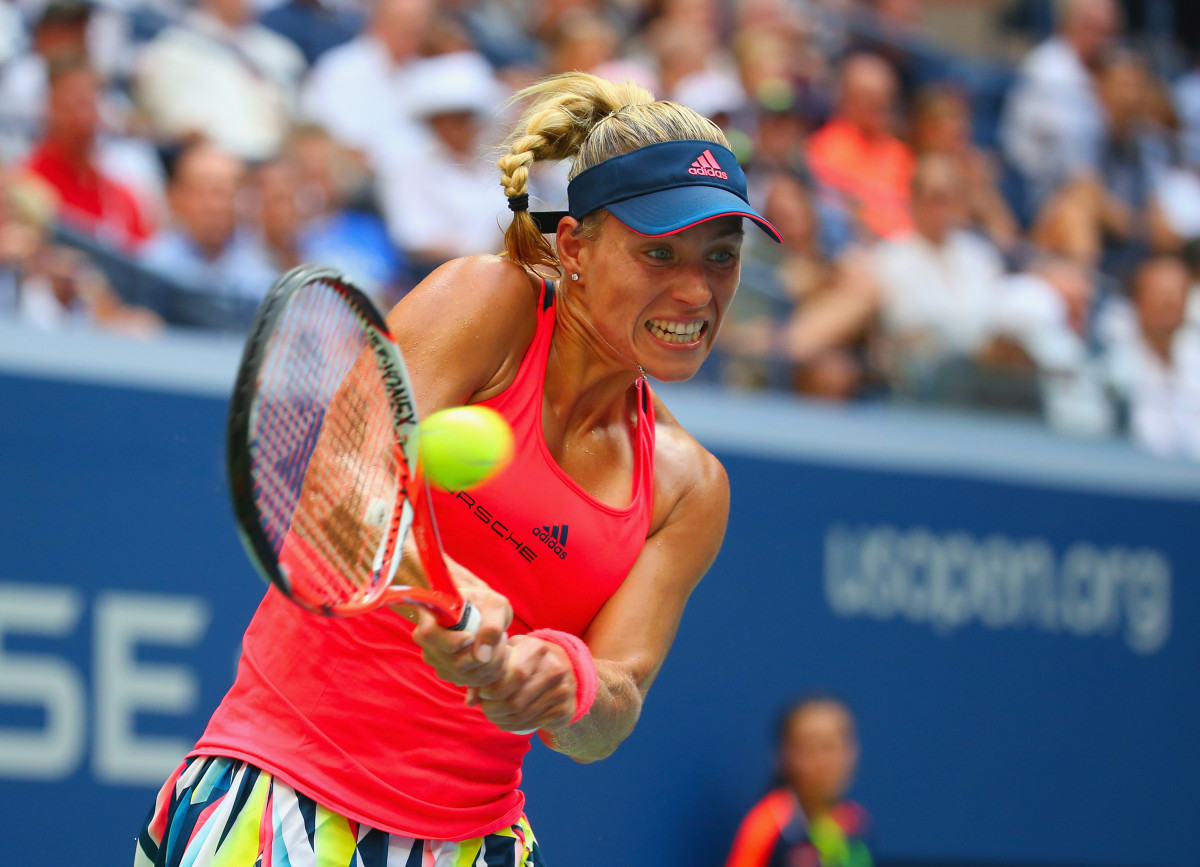
Karolina Pliskova
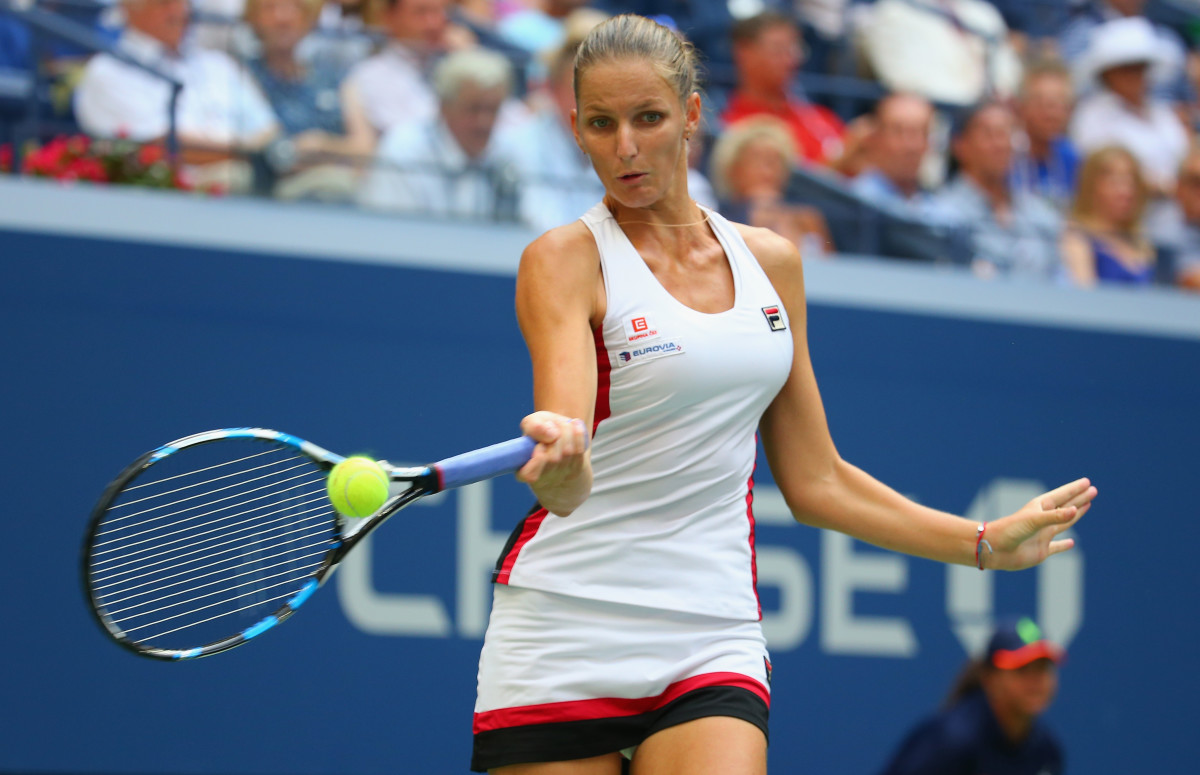
Angelique Kerber
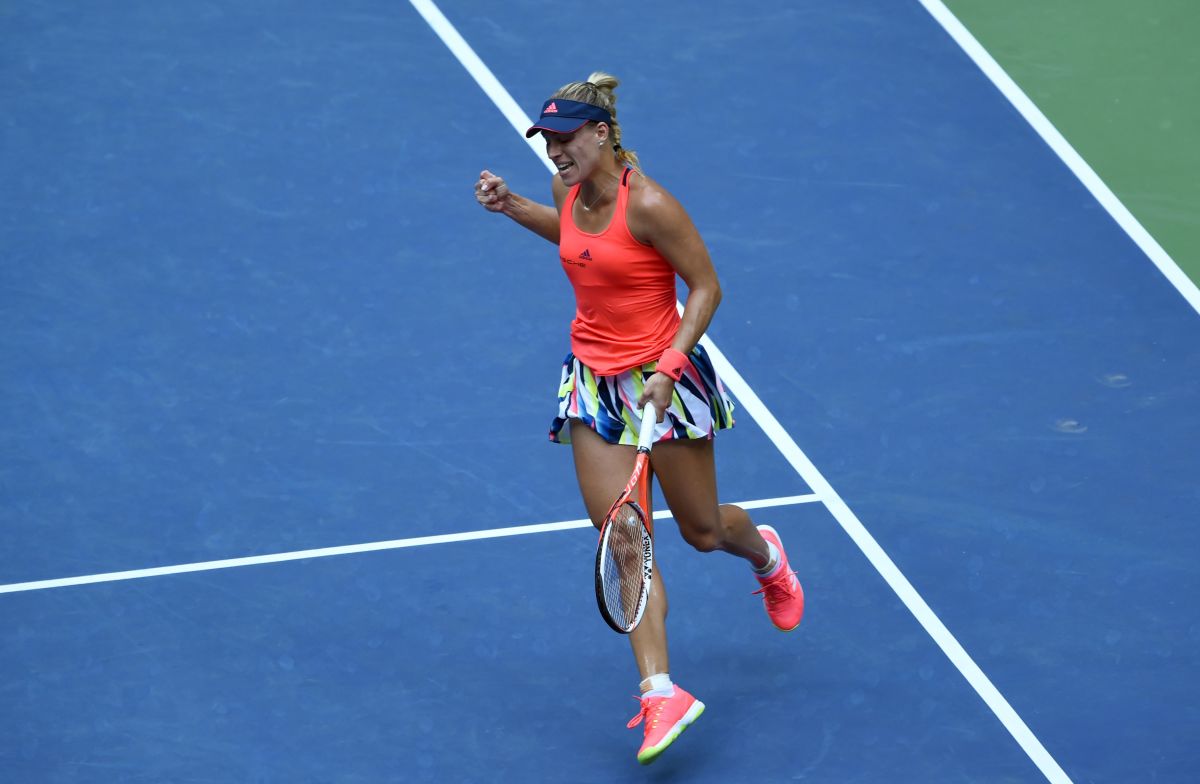
Karolina Pliskova
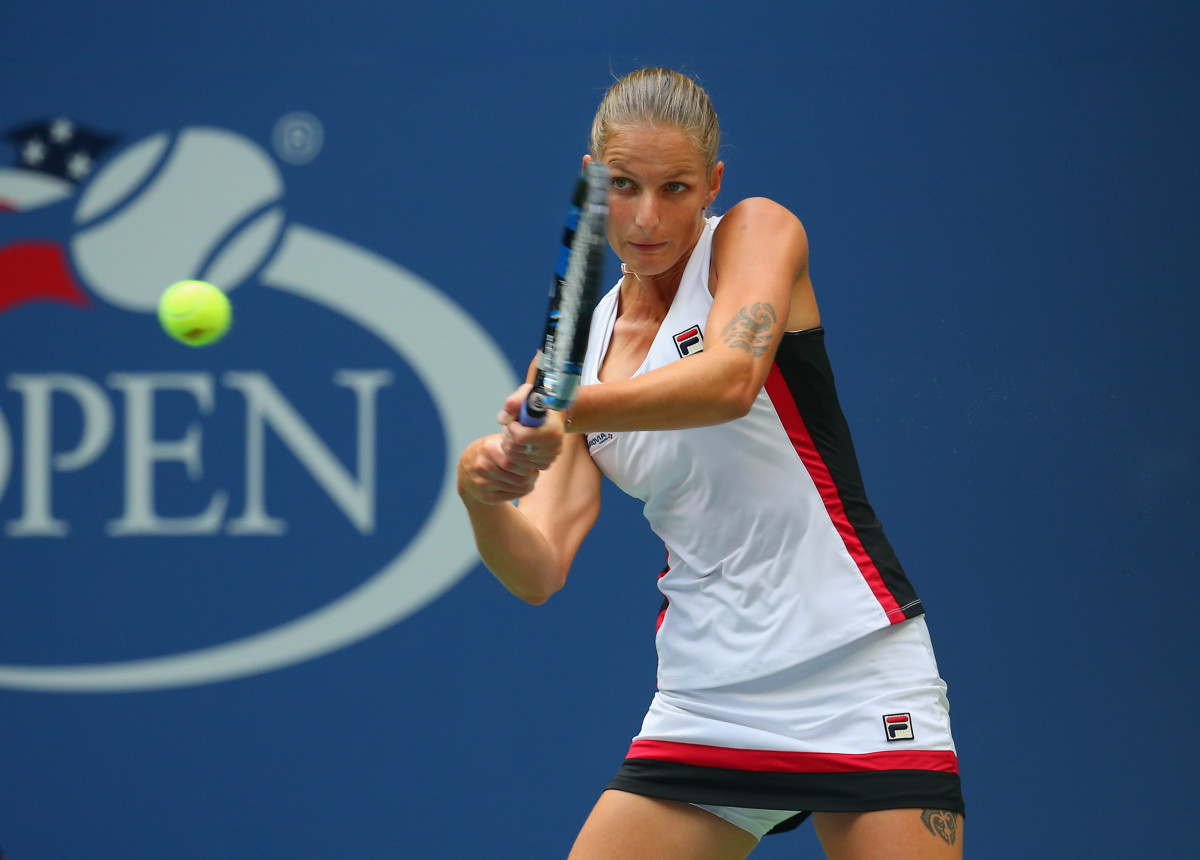
Angelique Kerber
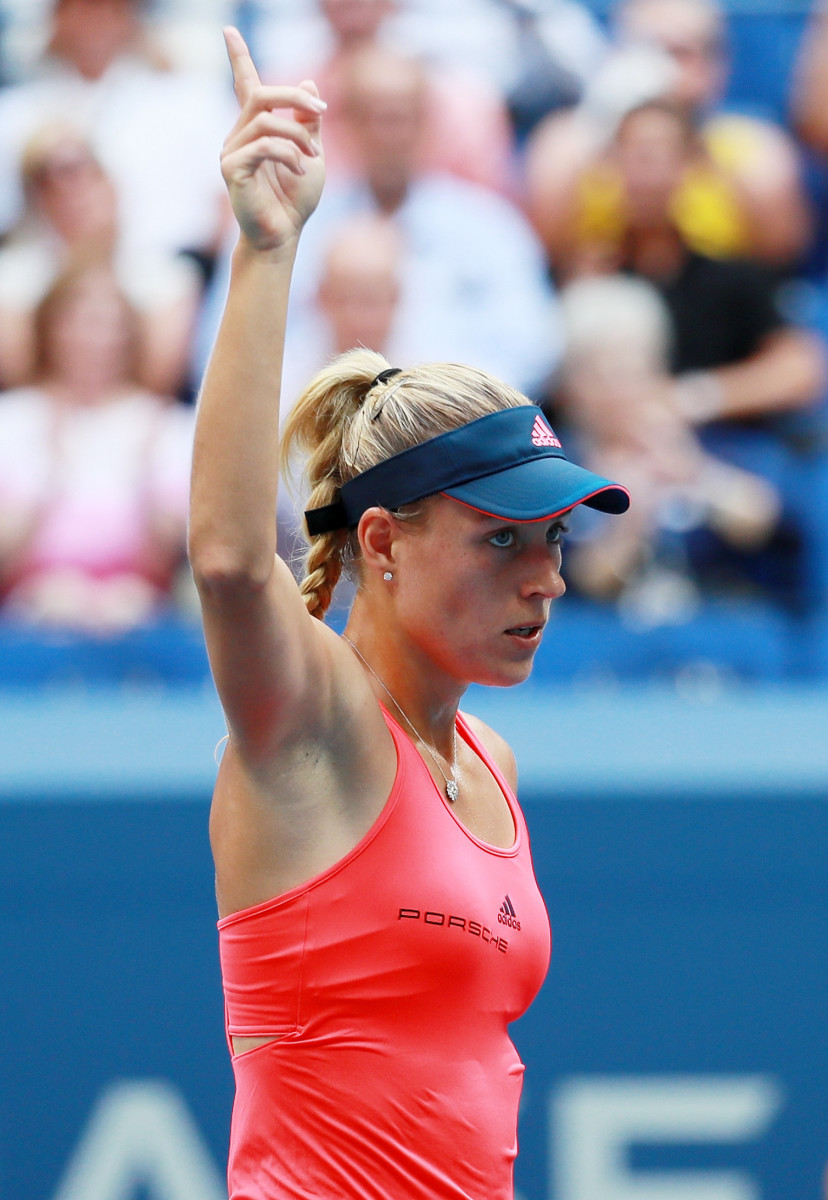
Angelique Kerber
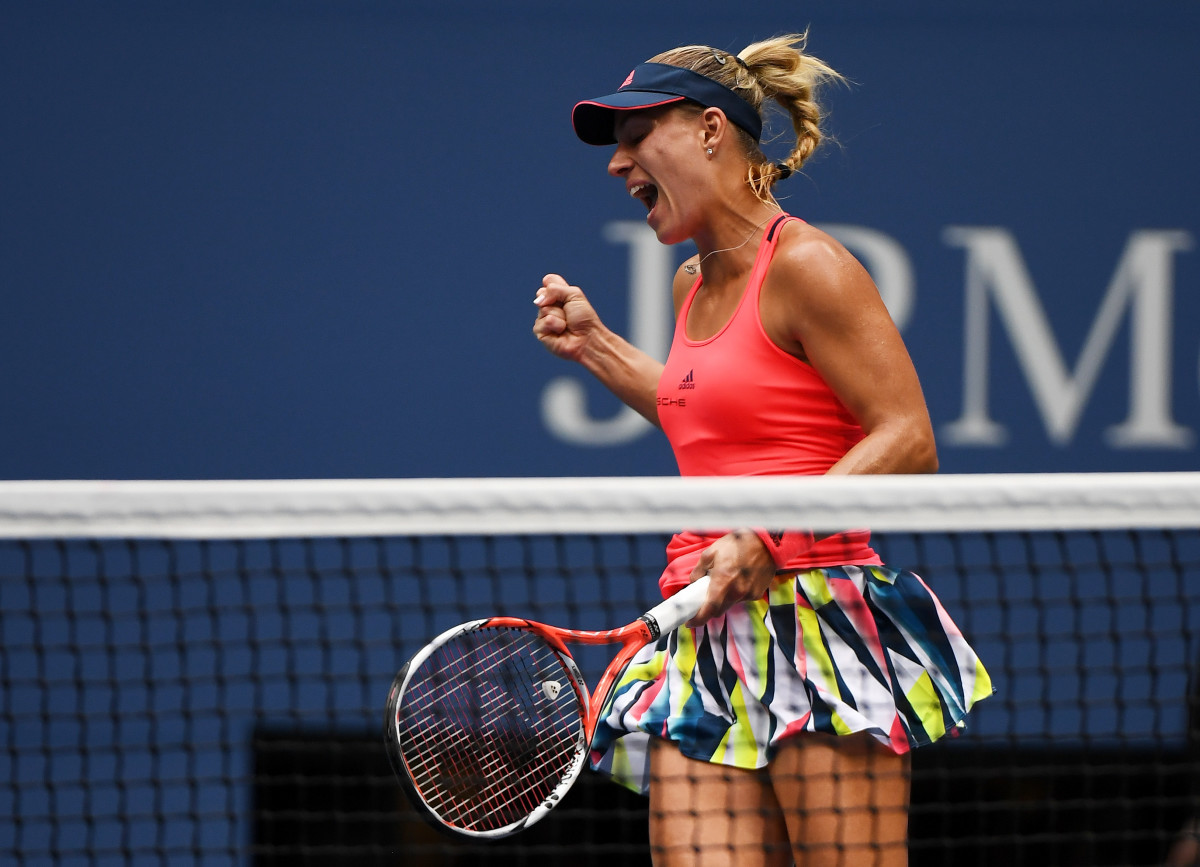
Angelique Kerber
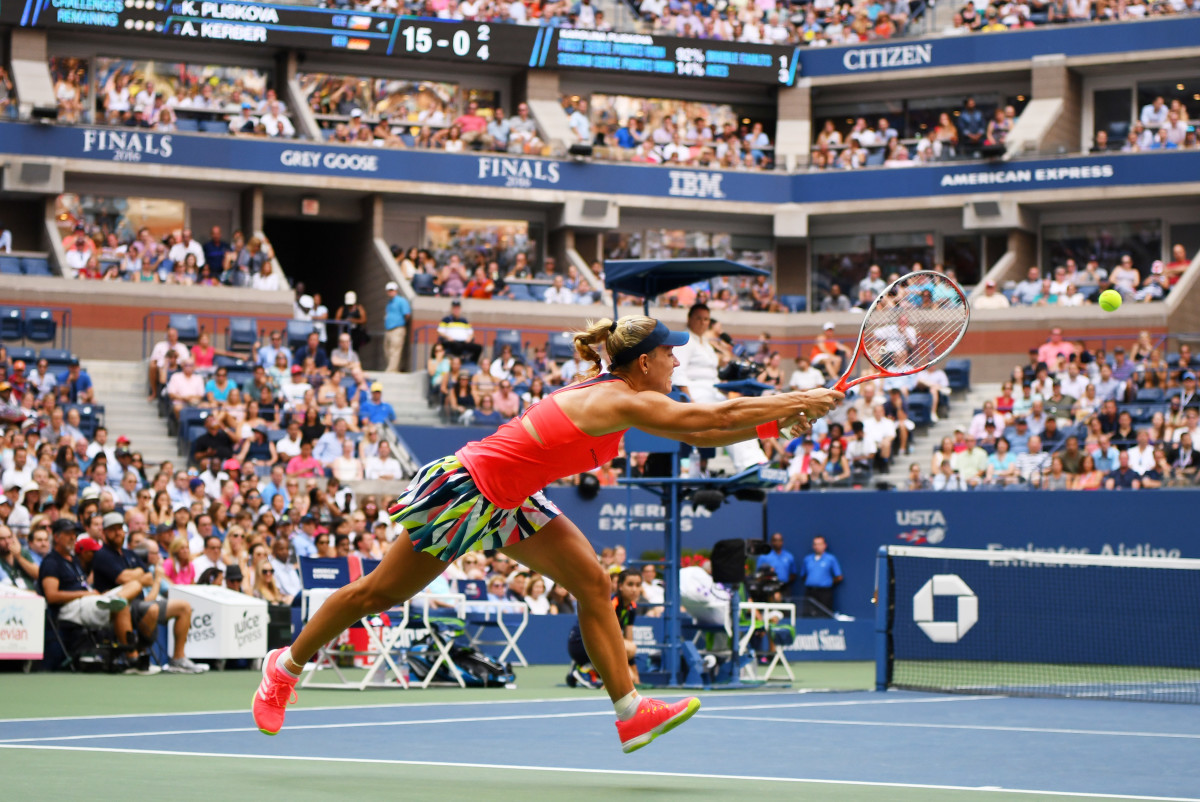
Angelique Kerber
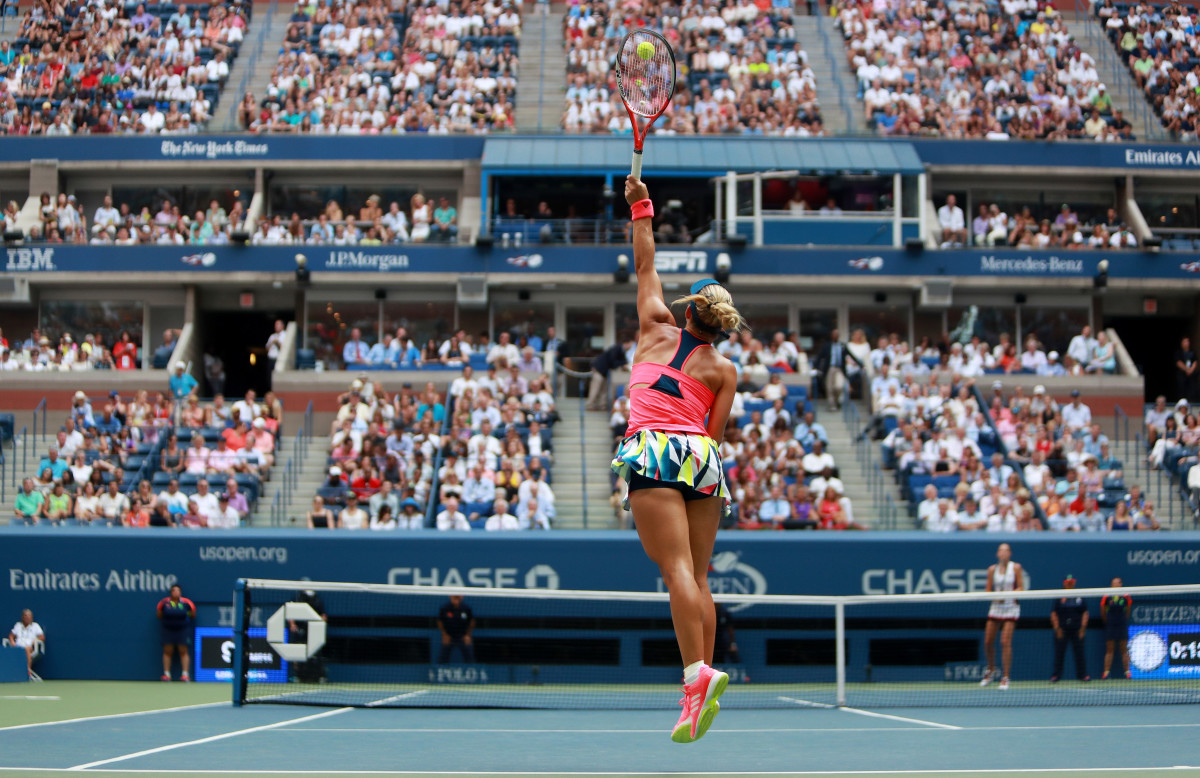
Karolina Pliskova
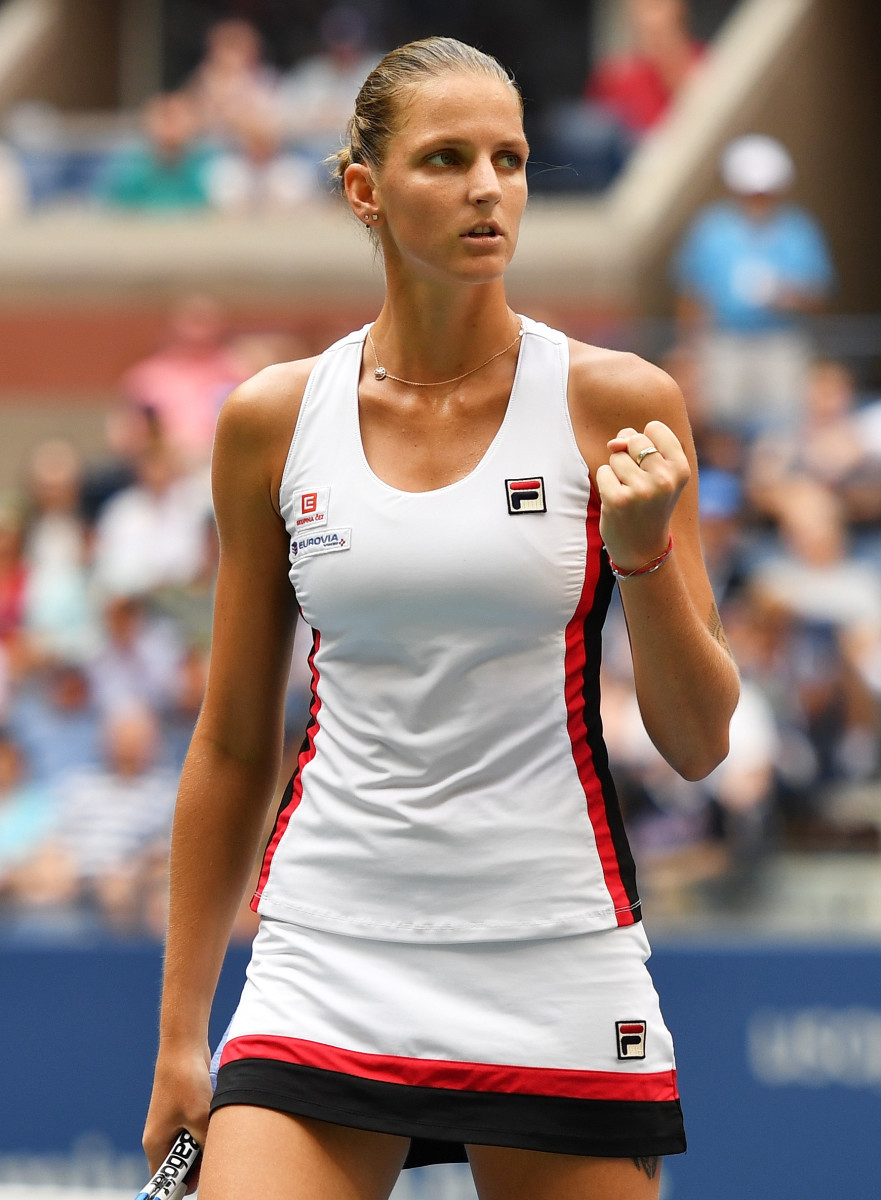
Karolina Pliskova
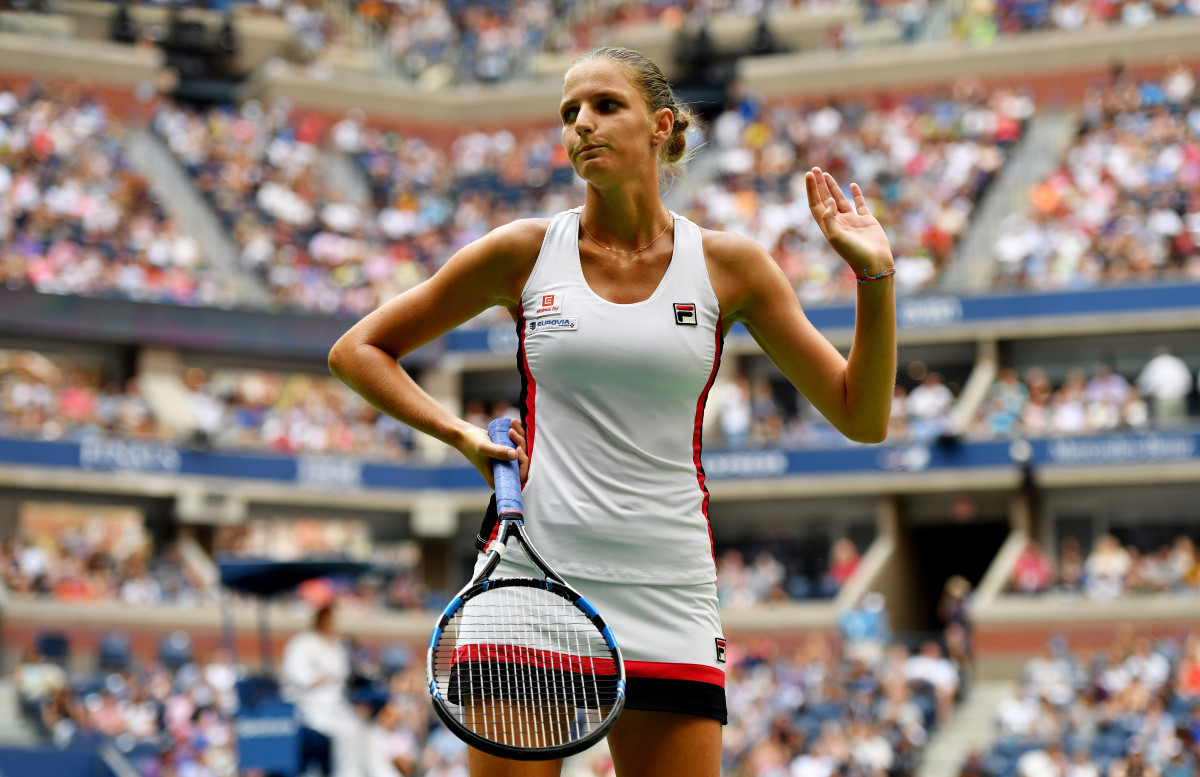
Angelique Kerber
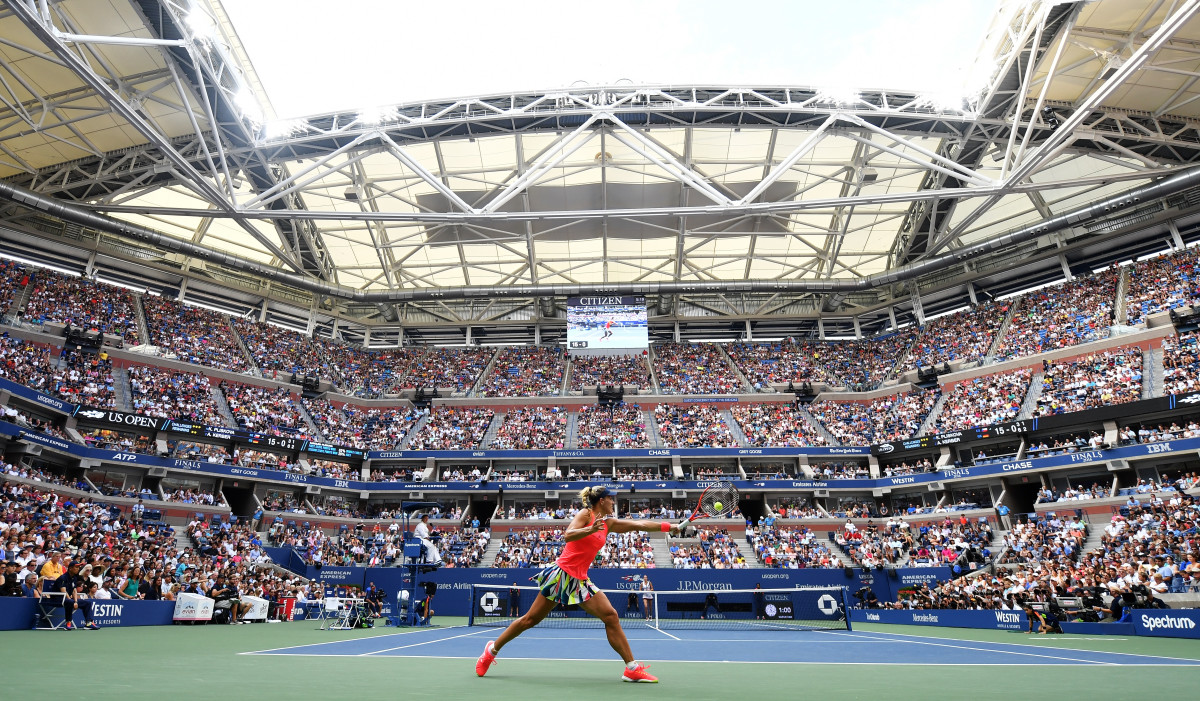
Karolina Pliskova
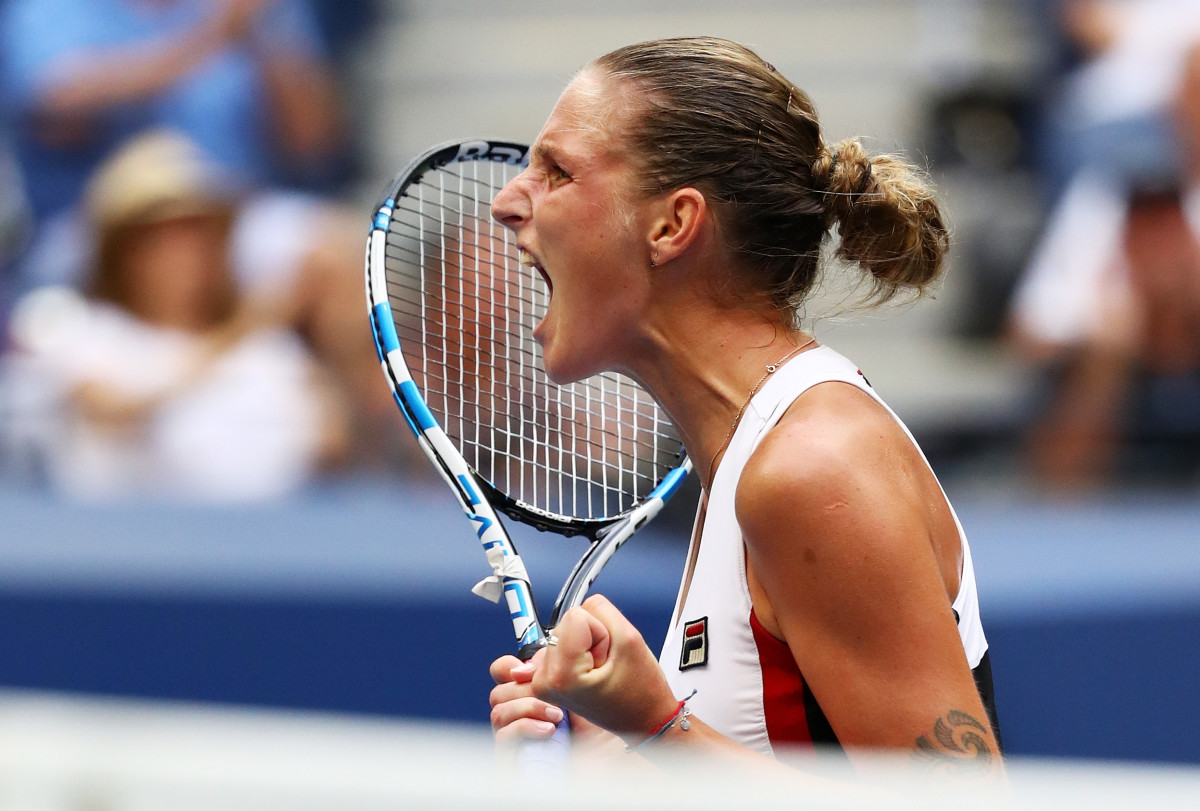
Karolina Pliskova
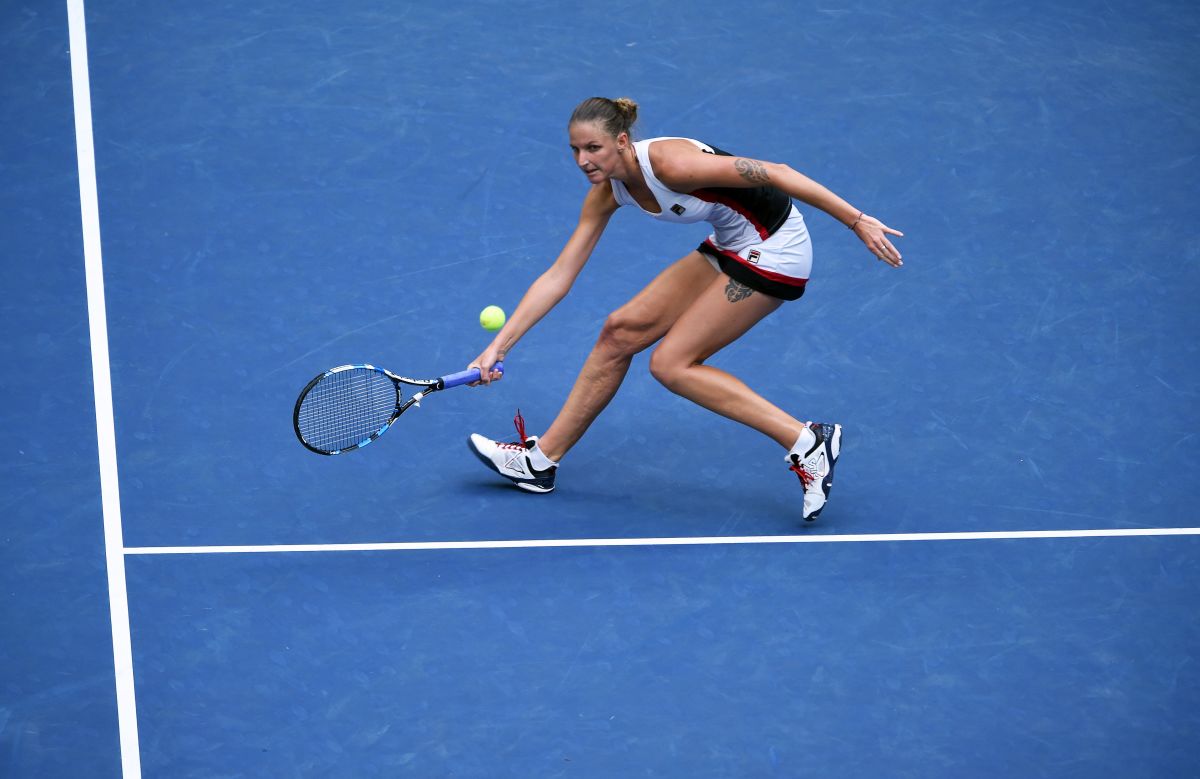
Karolina Pliskova
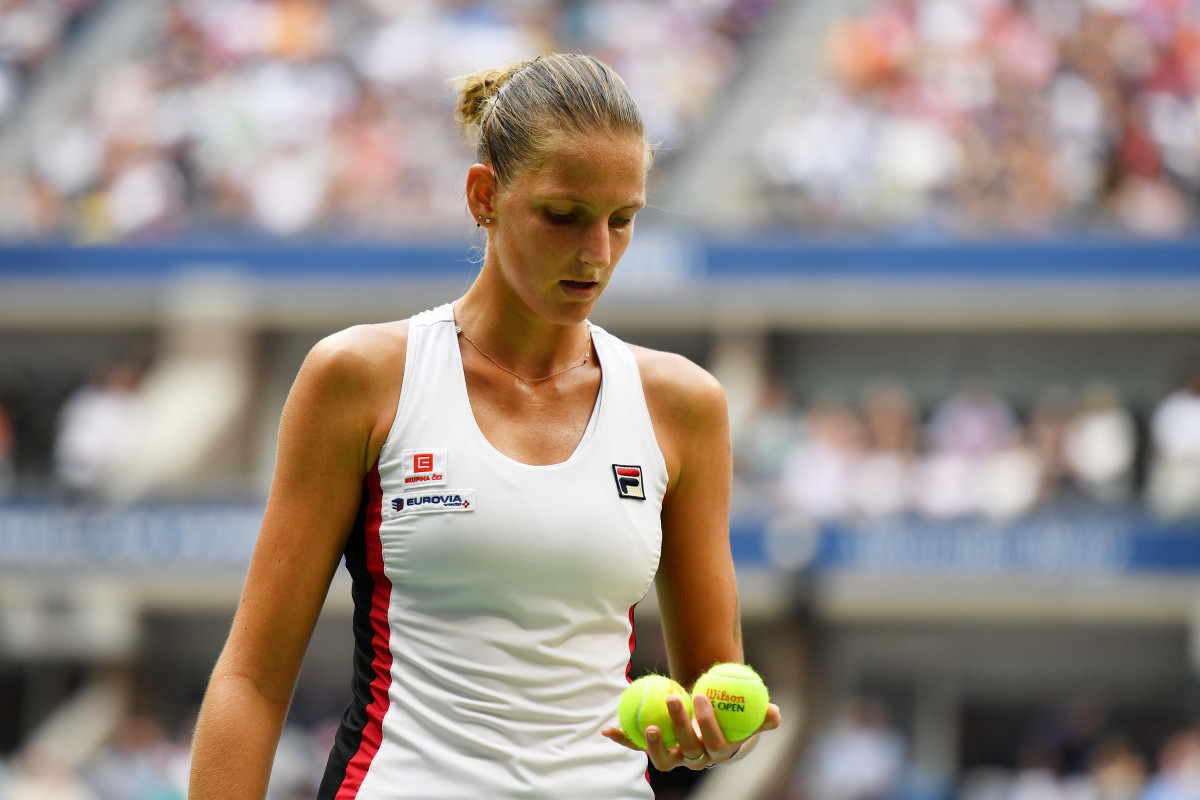
Angelique Kerber
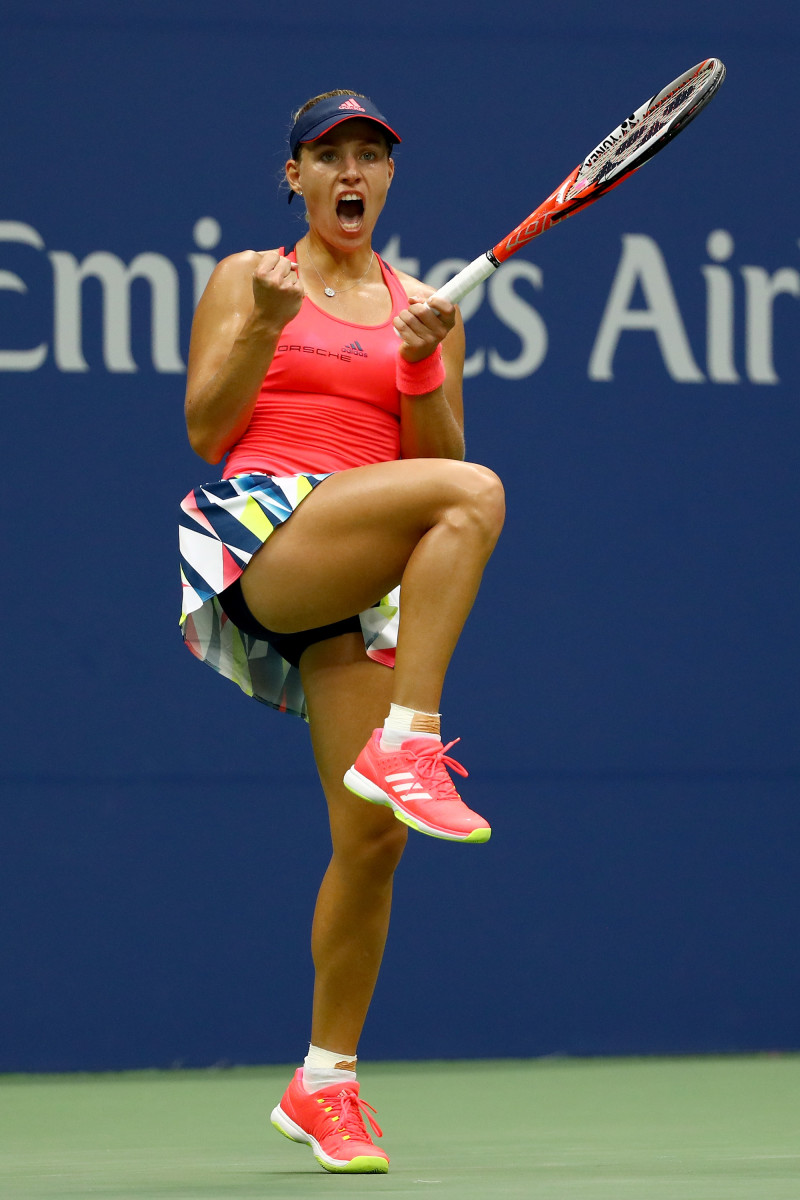
Angelique Kerber
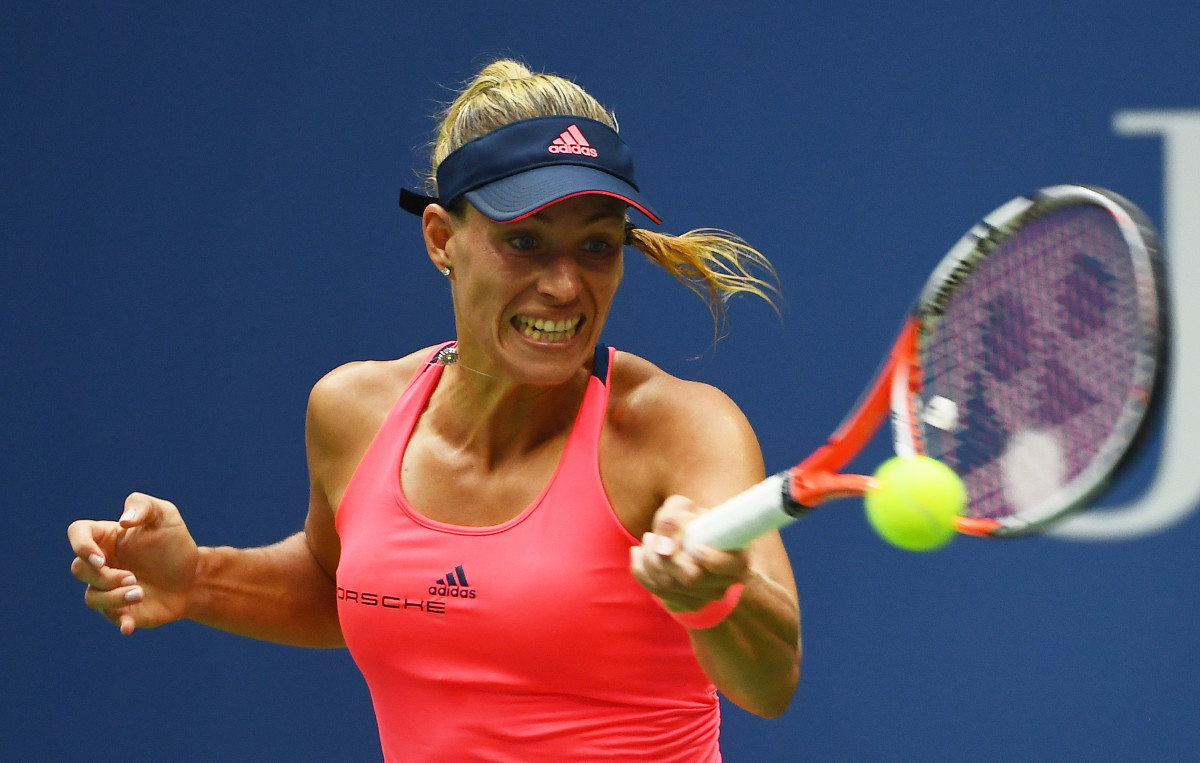
Karolina Pliskova
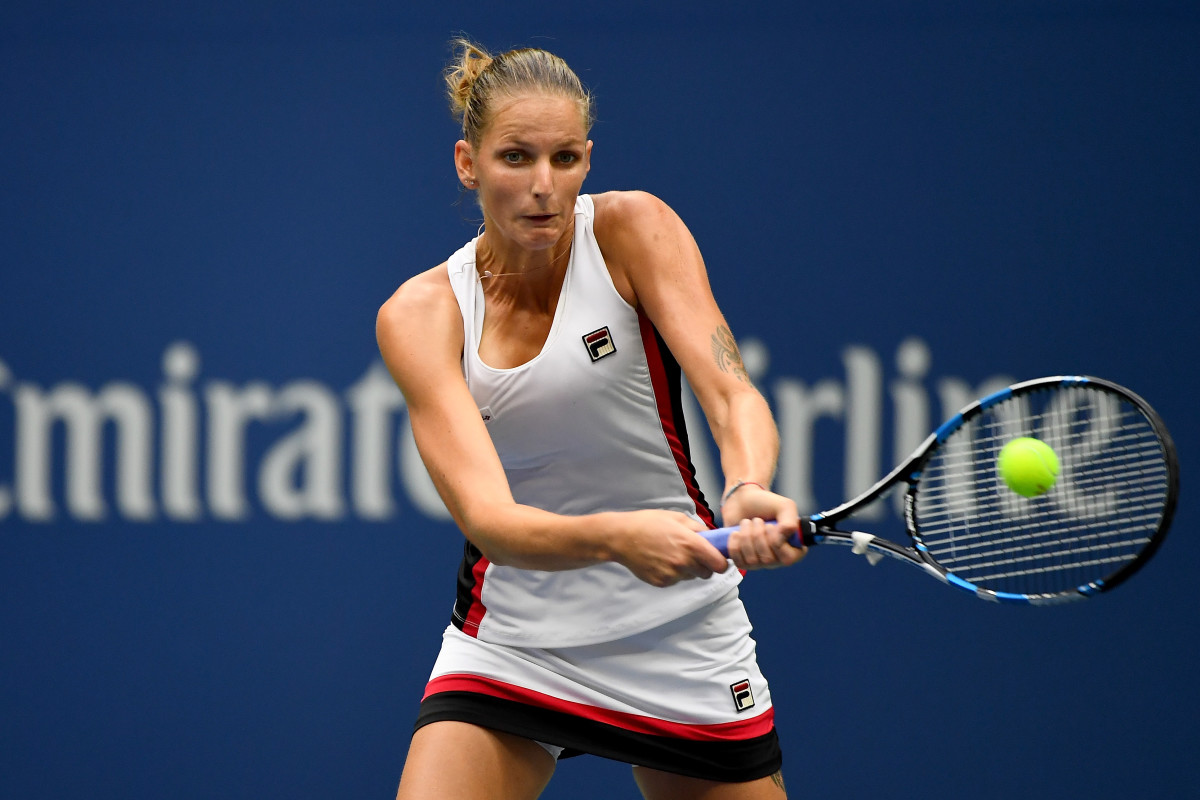
Angelique Kerber
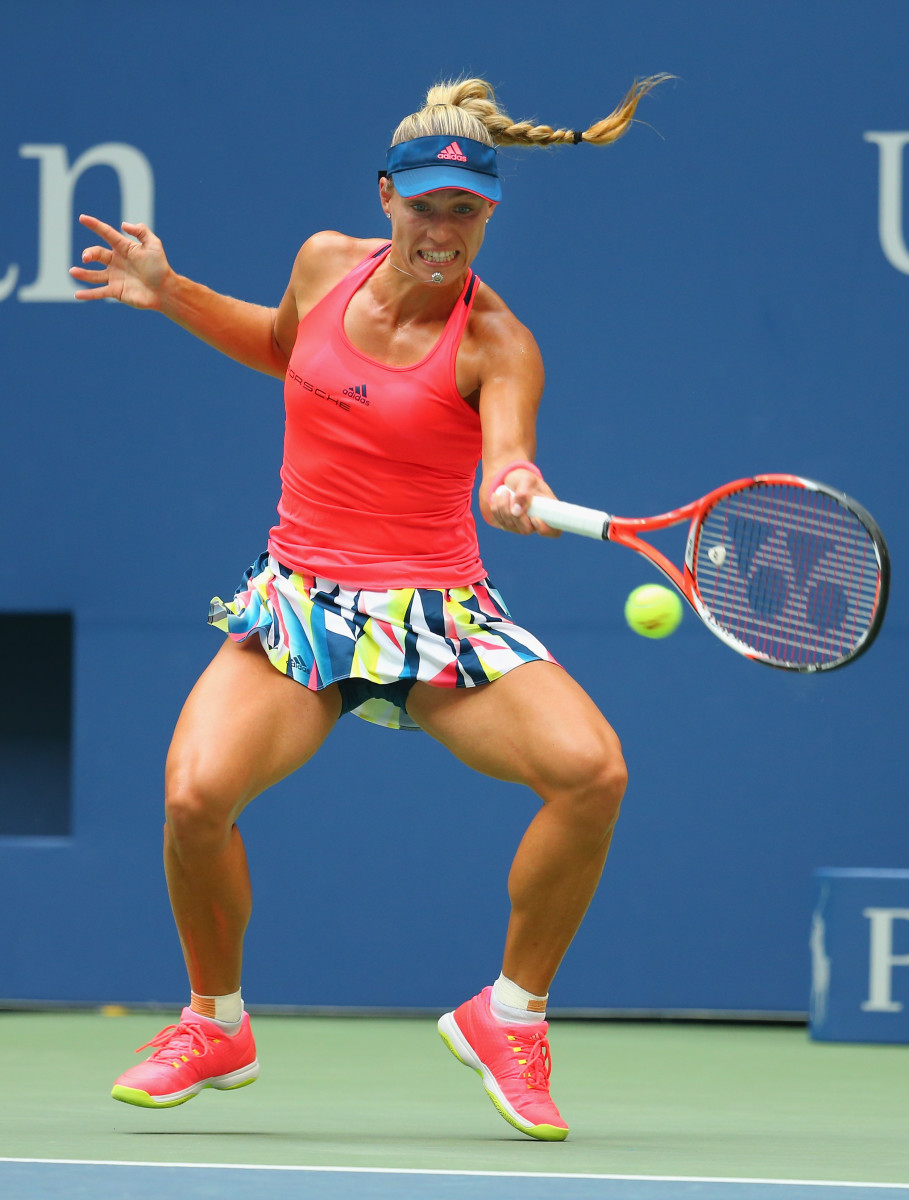
Karolina Pliskova
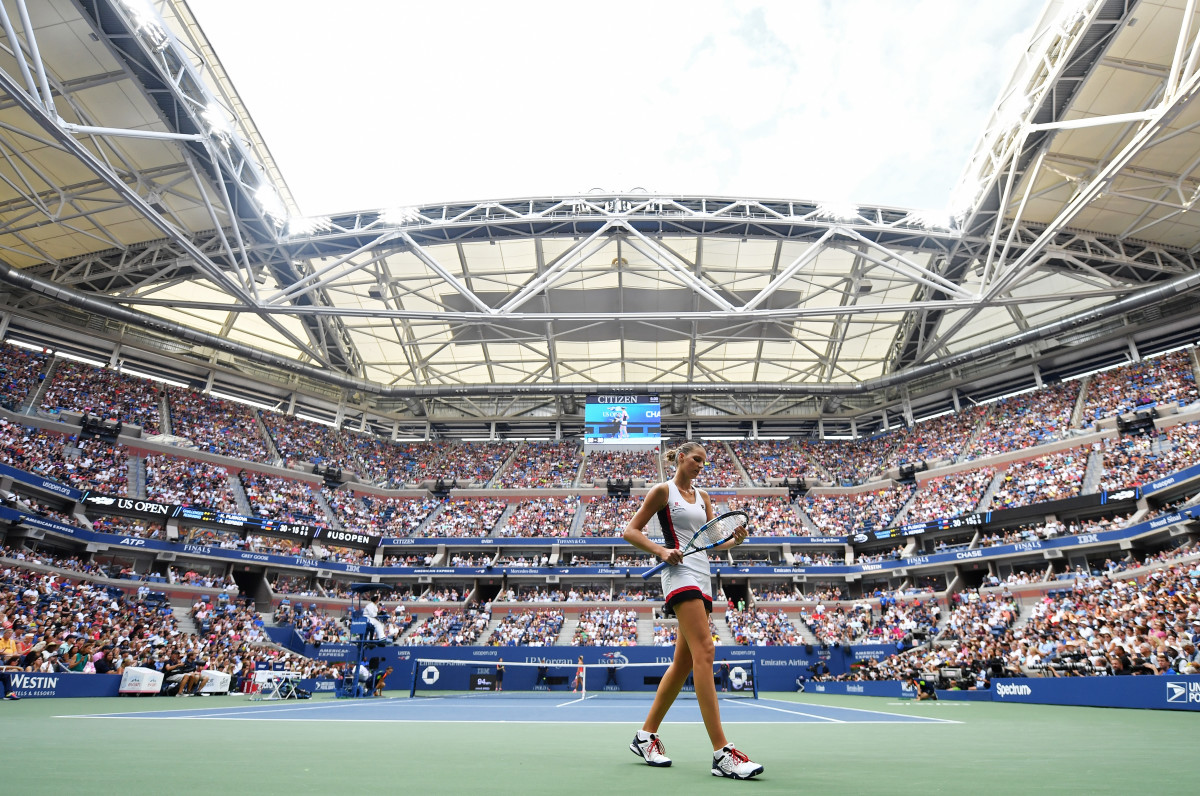
Karolina Pliskova
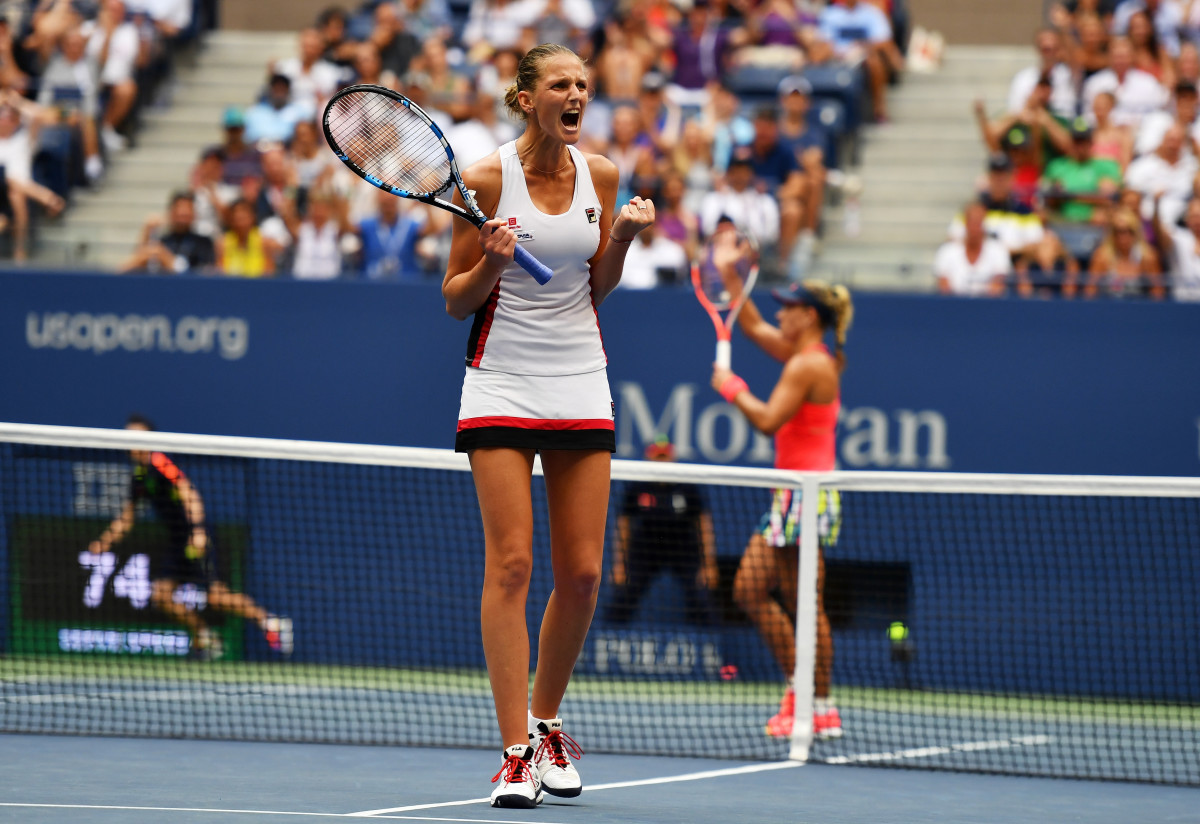
Angelique Kerber
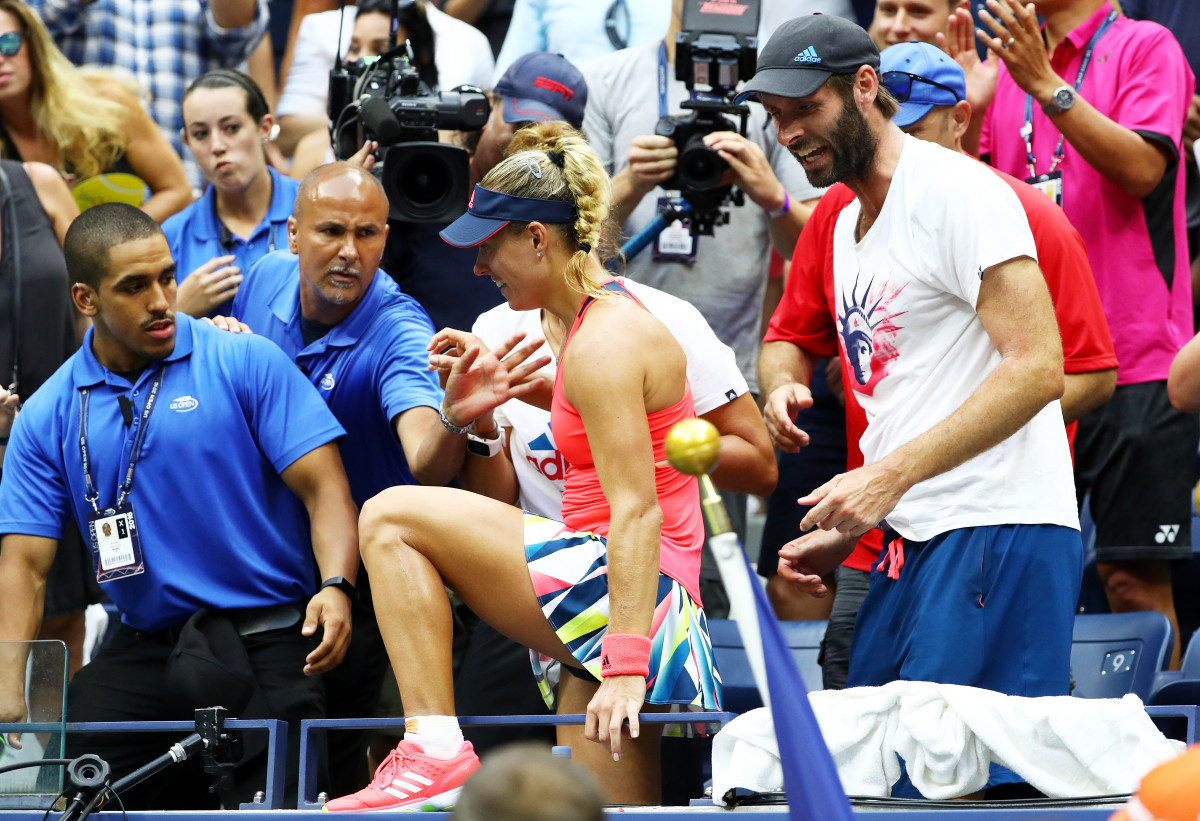
Angelique Kerber
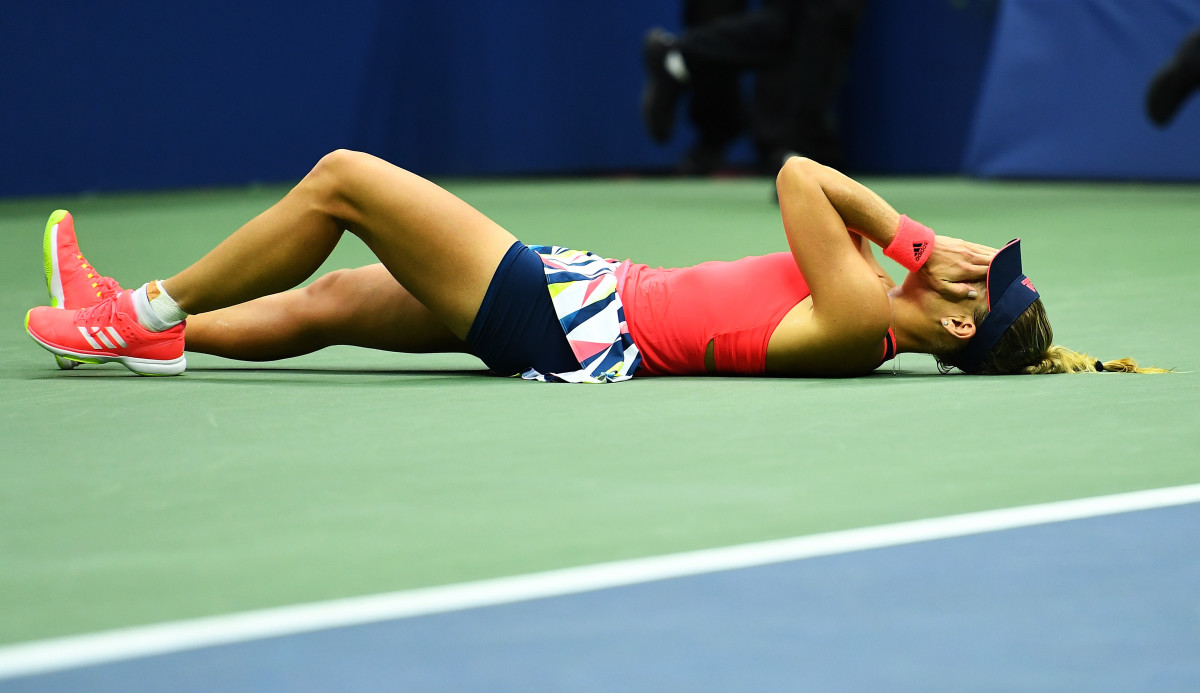
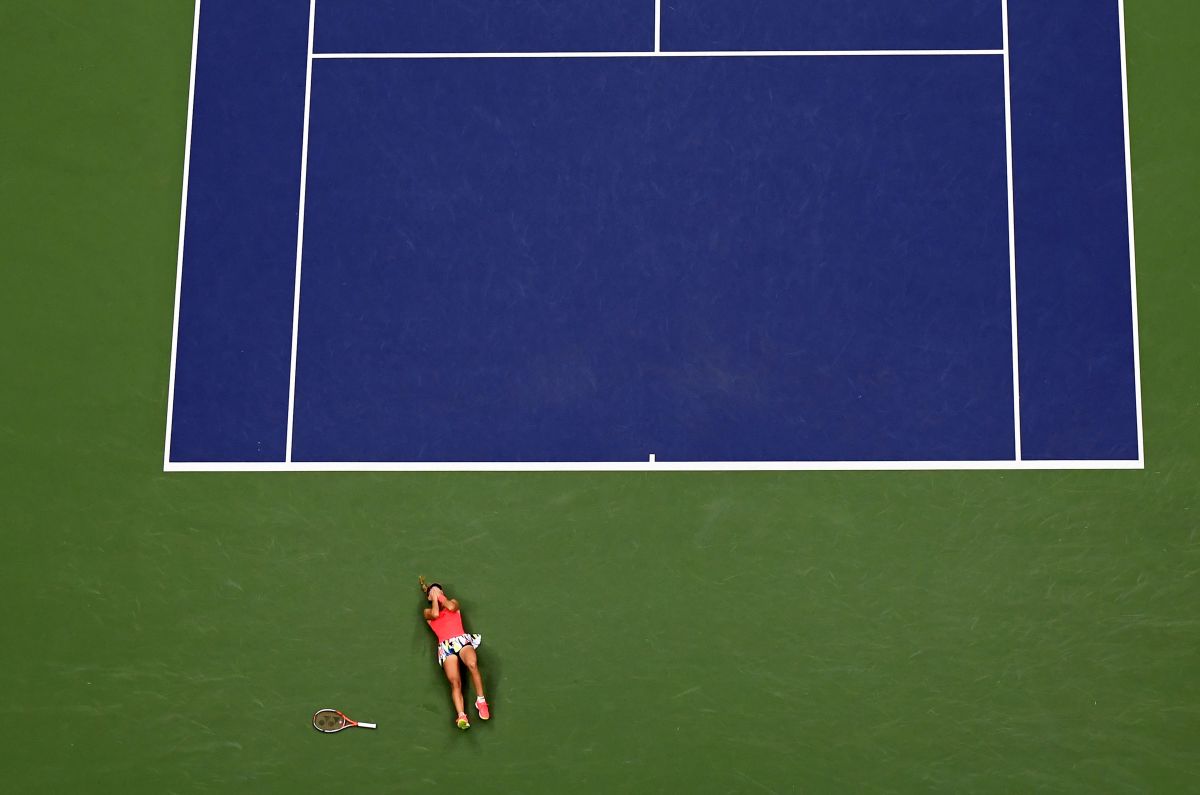
Angelique Kerber
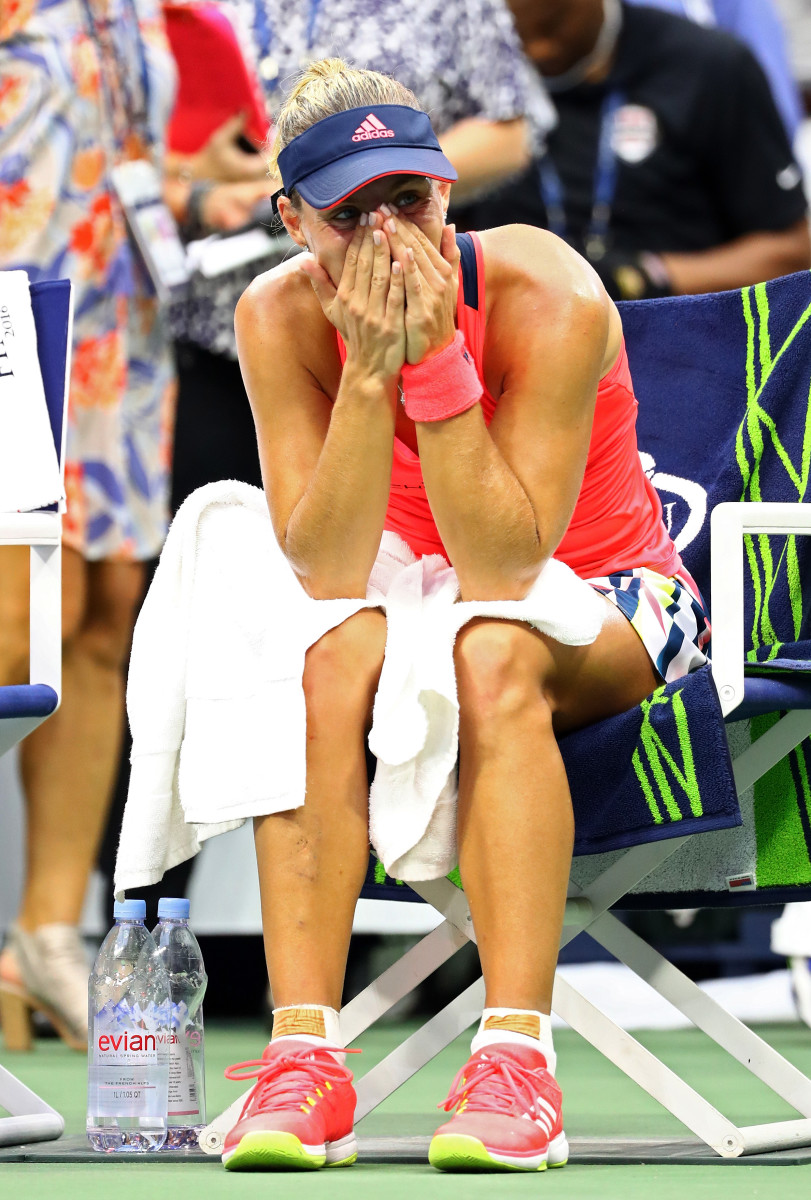
Angelique Kerber
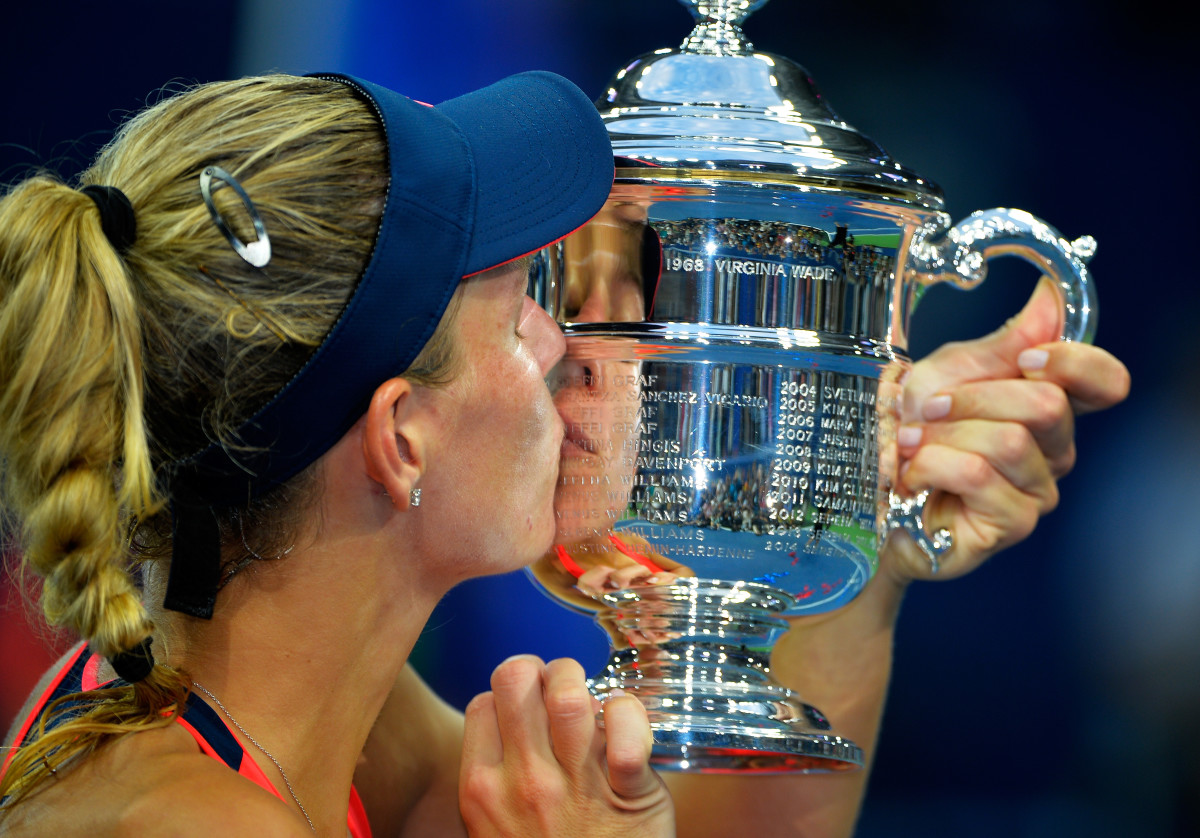
Karolina Pliskova, Angelique Kerber
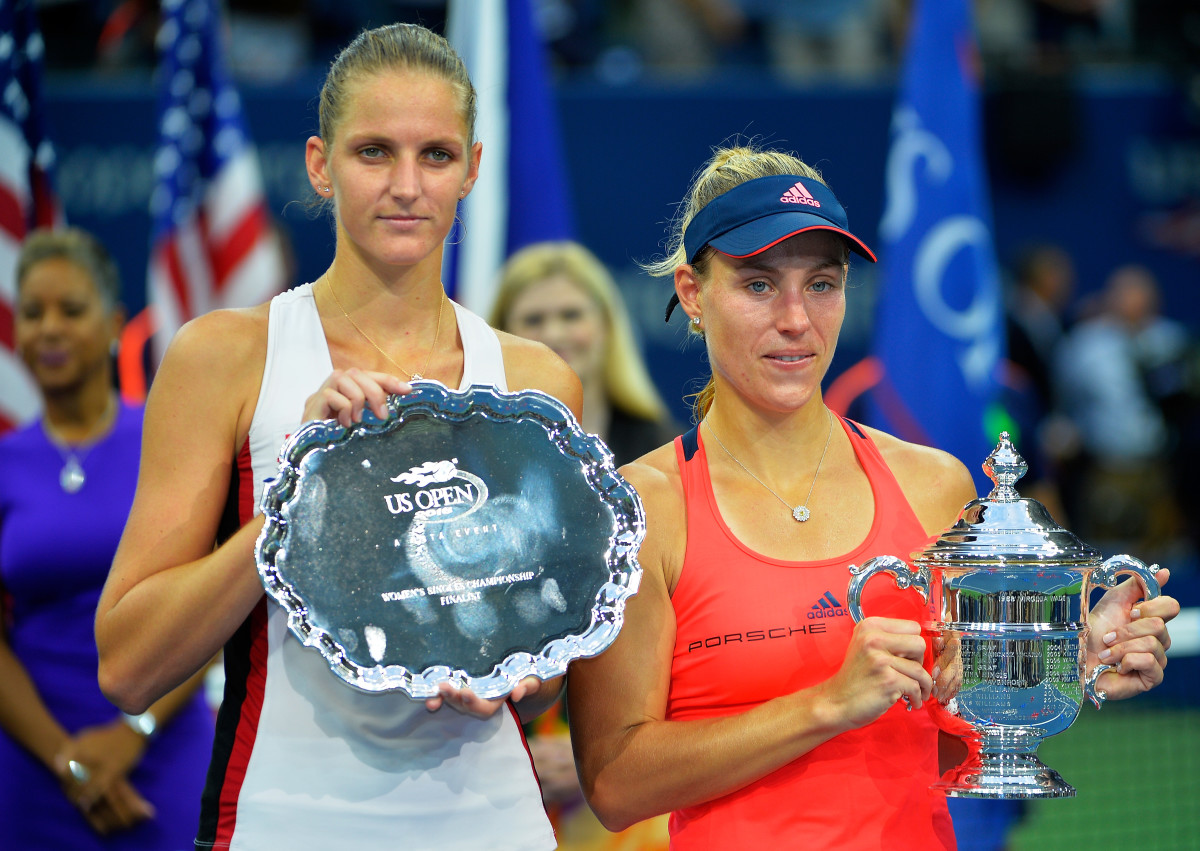
Angelique Kerber
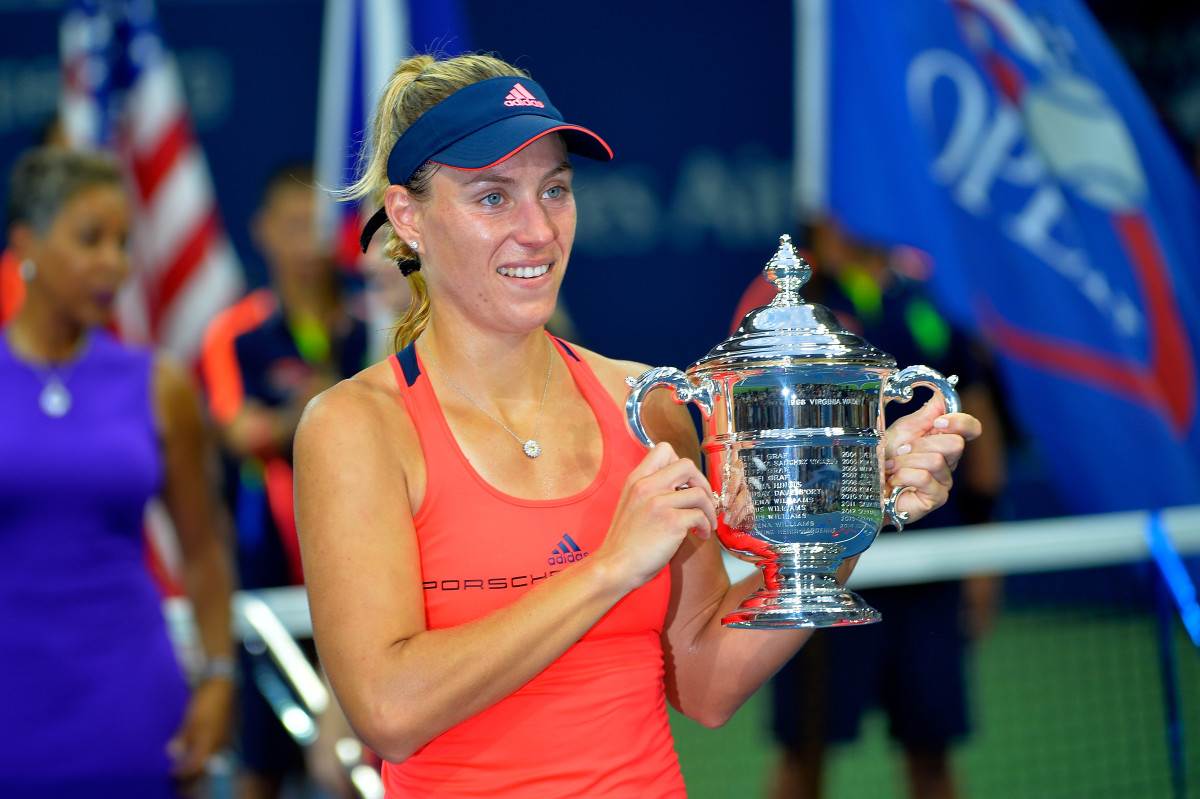
Angelique Kerber
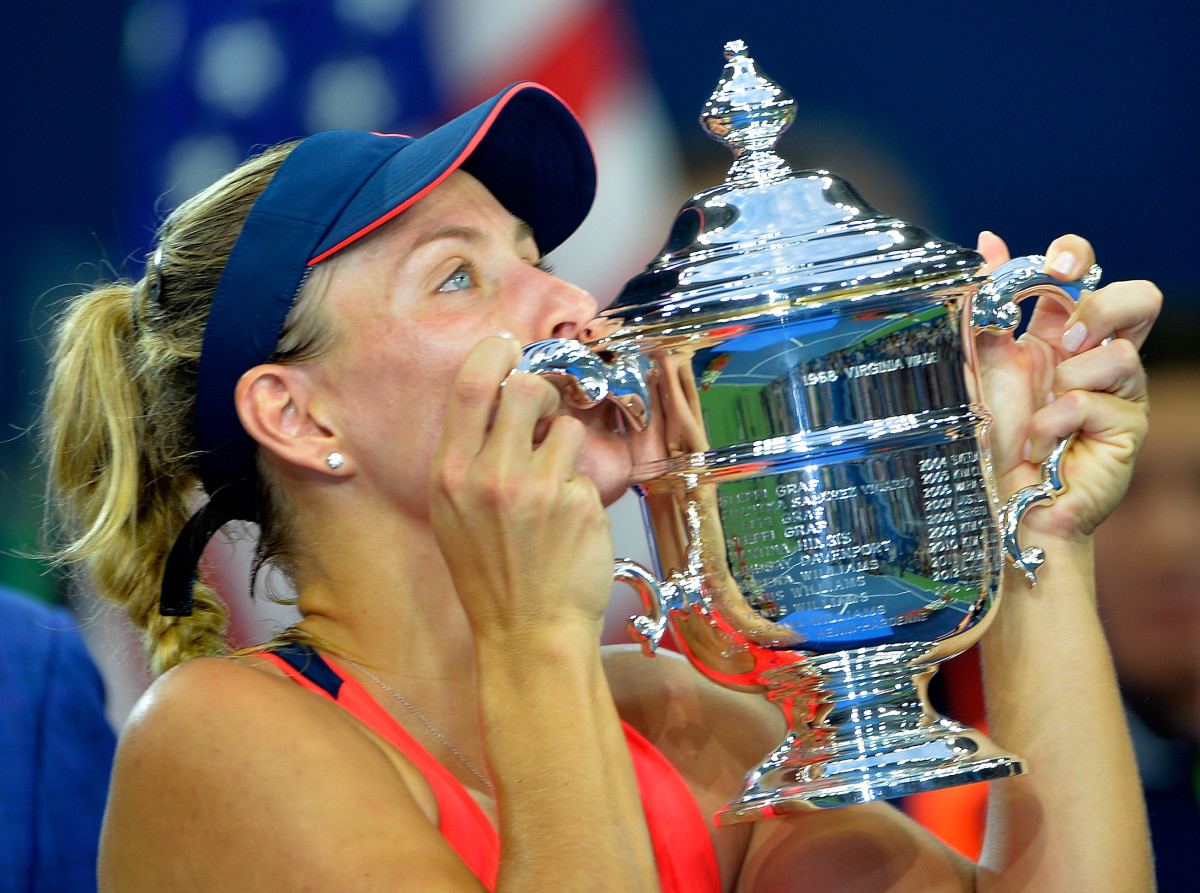
Angelique Kerber
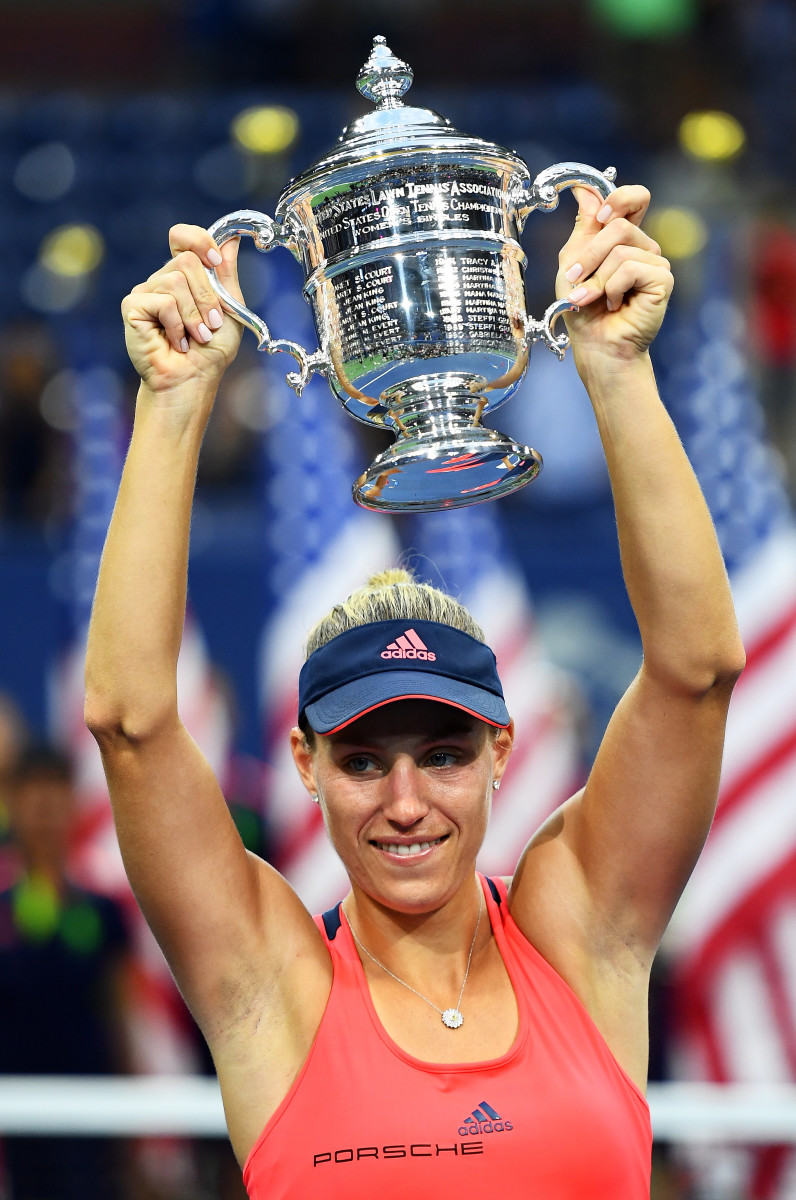
Angelique Kerber
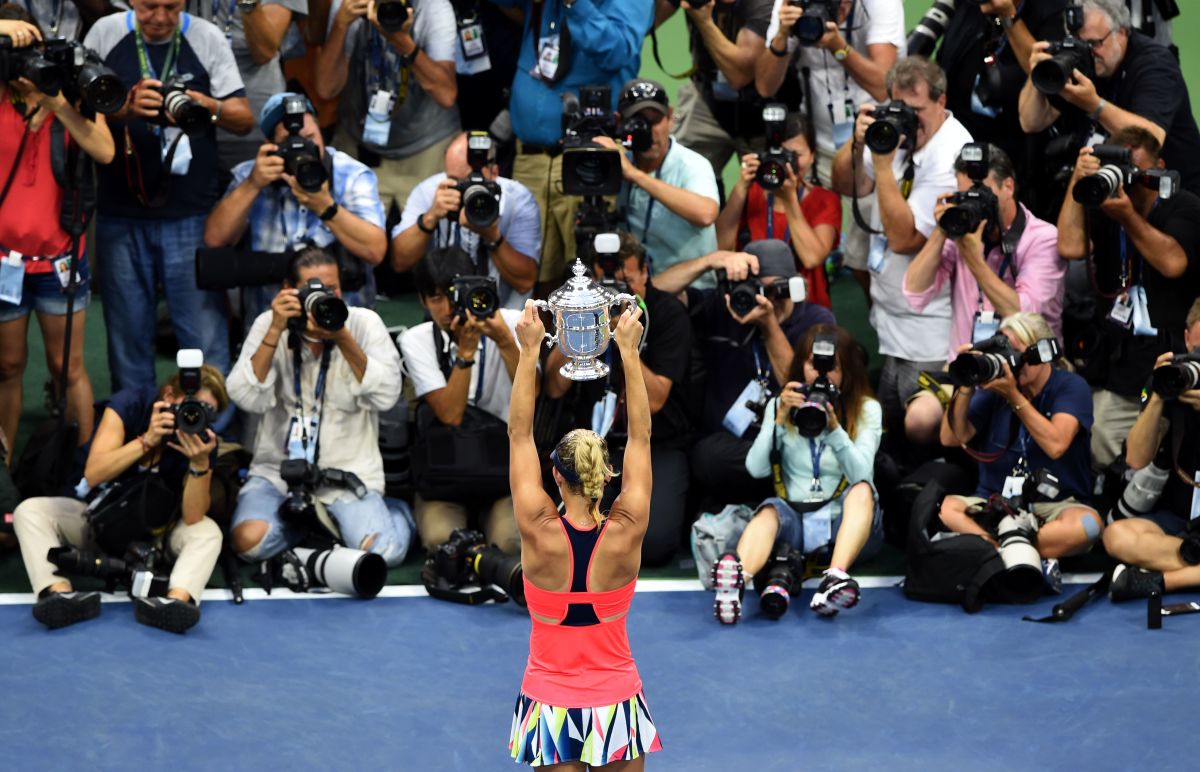
In case you haven't noticed, Kerber plays with POWER. Not just lefty craftiness. Plays with even more power than Serena... so don't try to sell Kerber as this meekly woman winning matches on grace. She's a power player like most.
—@Tristar009
• When the ball is in play, she can hang with anyone. But that serve is not the serve of a power player.
Meet the new Monfils; same as the old Monfils. You've called Tomic and Kyrgios knuckleheads previously. With Monfils' effort today, it's clear that there is another knucklehead in the field. That match could have been an episode of The Twilight Zone.I'll be interested to see what you think.
—Andrew Krouse, Hummelstown, Pa.
• That was not Monfils’s proudest moment. Call it a “Plan B” but any strategy that involves something less than full effort is going to be a hard sell with the masses. The irony here, of course, is that for years the knock on Monfils was that he plays to entertain rather to win.
Sadly, to that point in the tournament Monf had been playing such exceptional and composed tennis—he didn’t lose a set en route to the semis and we were all praising this newfound poise. I admit, though, to a soft spot for Monfils. Unlike Kyrgios and especially Tomic*, there is a benevolence and a lightness to the guy. A head case, perhaps, but there’s no edge there. Me? I have a hard time getting too upset over a guy—beloved by his peers—who goes about his job with such joy.
*When the Kyrgios family negotiates these mega-deals with agents, they should set aside some funds for “Tomic Separation Surgery.” Right now he is linked, inextricably, to Tomic—even the old Aussies like Laver and Stolle talk about “Nick and Bernie” almost as a comedy team. This association is not helping Kyrgios’ appeal or image.
50 parting thoughts from the 2016 U.S. Open
Read over your 50 parting thoughts on the U.S. Open tonight. Didn't see anything regarding Djokovic's injury timeout. What do you make of this? Clearly flouting the rules (as Patrick McEnroe pointed out). Even worse, it's aided and abetted by the trainers, umpires, and the tournament referee.
—Thanks, Josh
• I didn’t see the ESPN broadcast but I know Patrick was hard on Djokovic. “A complete abuse of the rules…(It's) up to the officials to do something about it, but they don't have the guts." That might be harsh by one standard deviation, but hard to take issue with the sentiment. I talked to a number of other former players who were similarly critical. At best, it was a gray area. I would say three things:
1) There are different standards for different situations. In the (potential) last set of a major final, when your opponent has momentum and you appear to be cramping, you cannot call a trainer after an even game before your opponent is to serve….for a foot issue. This was a borderline “acute injury” at best. To me, it was about the timing than the injury.
2) The rule is—perhaps necessarily—vague. We talked about this with respect to Jo Konta as well. Officials don’t want to be seen as sadistic (or, worse, legally negligent) and force injured or ailing players to continue on. But when a player is visibly cramping and asks for a respite to have a foot examined it does seem to smudge a line.
Wawrinka elevated his game, closed like a champion to win 2016 U.S. Open, third major
3) Competition is a powerful force. Neurochemistry is, too. We all do things—and say things—in impassioned states that we would otherwise regret. Andy Murray is a thoroughly pragmatic guy who yells at his supports for channeling insufficiently positive juju. Players snap at the chair when they know they are in the wrong. Even our legal system distinguishes crimes of passion from premeditation. Think we might all want to offer a wide berth here for bad acts committed during an intense competition. Scold the guy and let him go. One regrettable decision made in a tense moment does not define him. It does make him a bad sport. It does not undo the countless good acts.
Again, this was beneath Djokovic. Again, it’s a misdemeanor. He’s gone through the spanking machine—not just on social media, but by former players and commentators. Let’s move on.
U.S. Open 2016 men's final photos
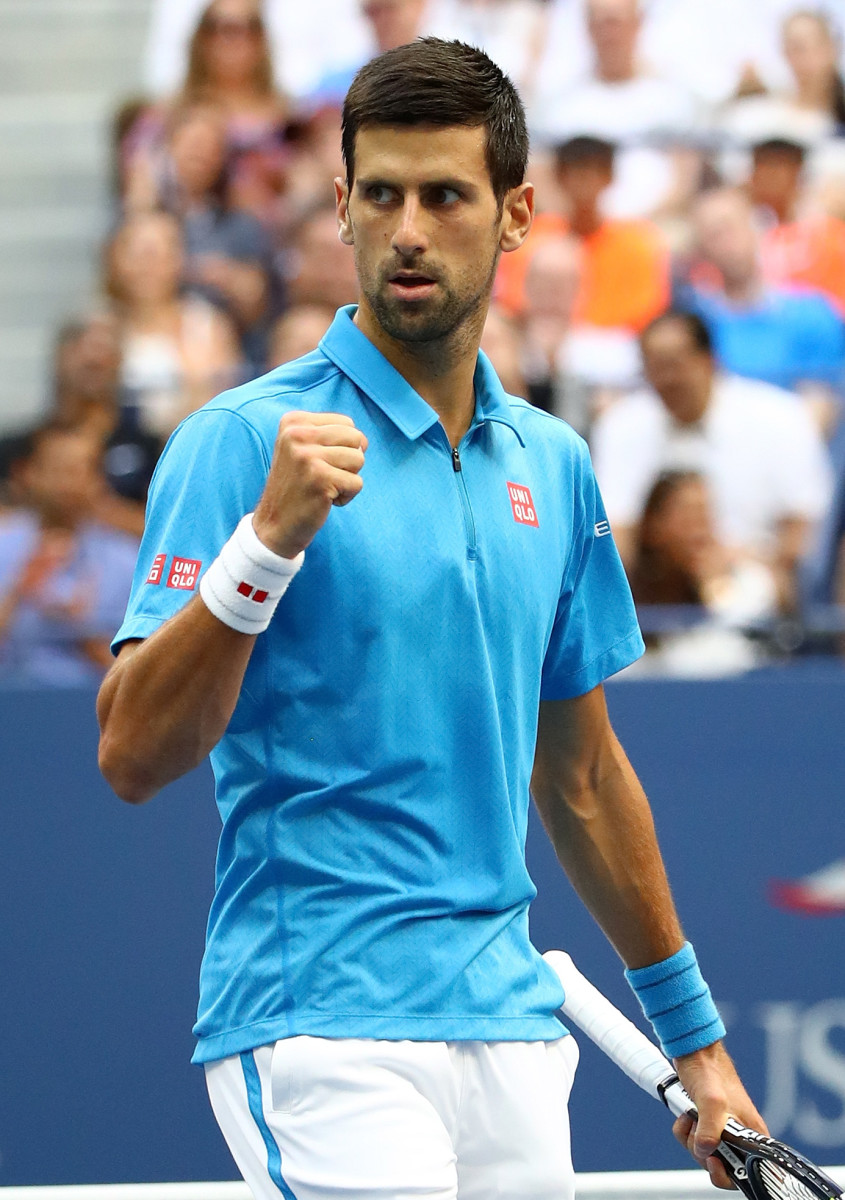
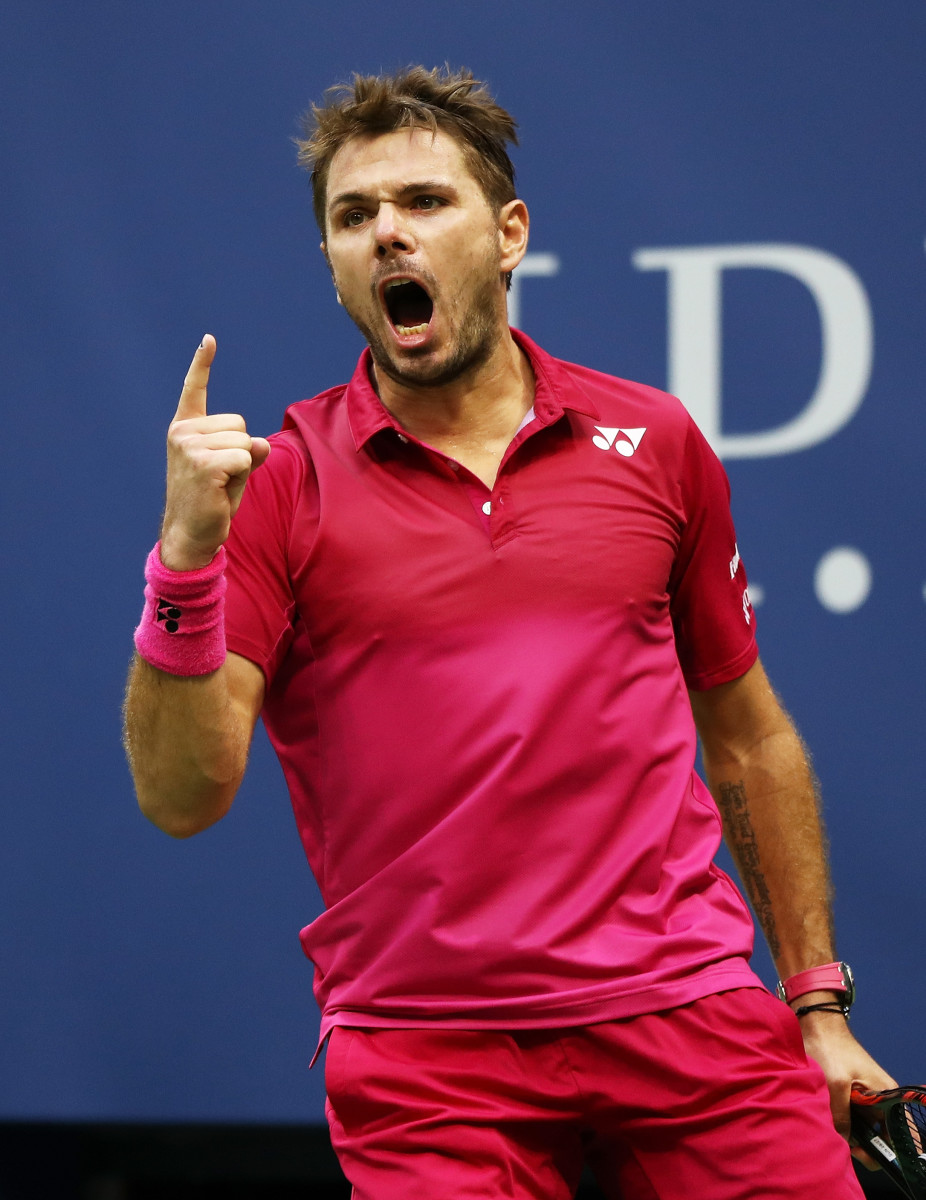
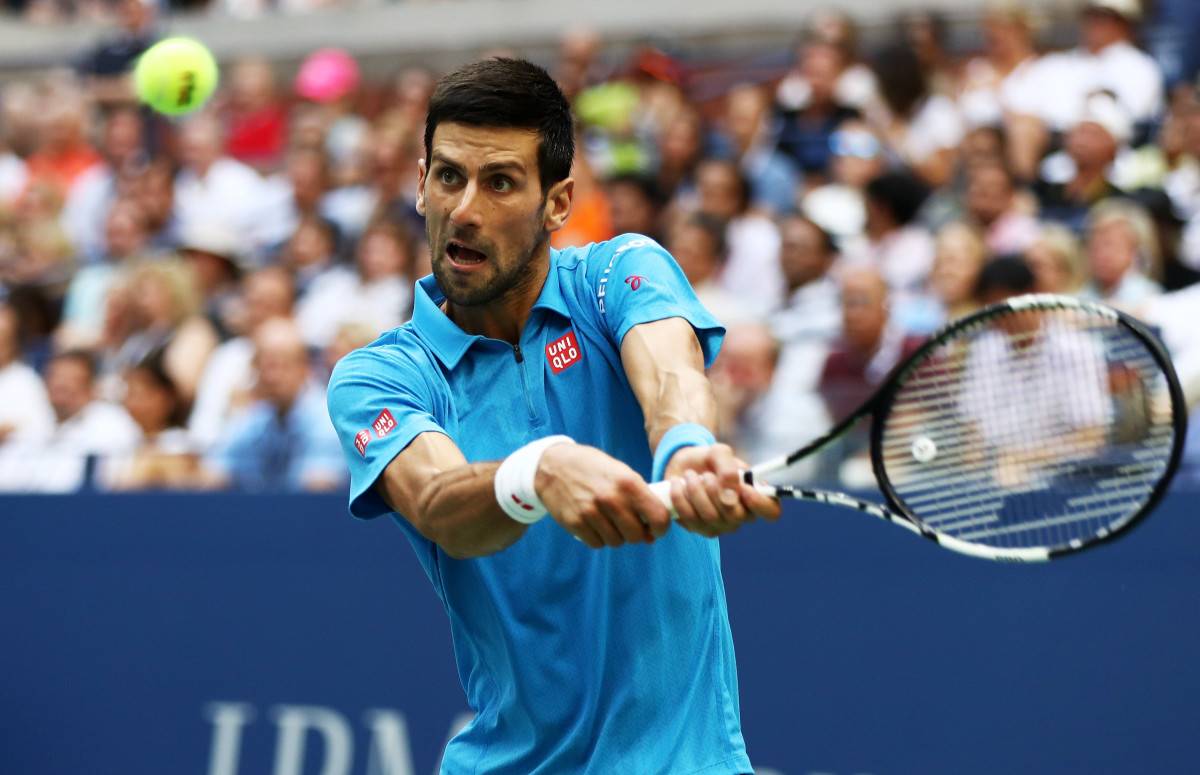
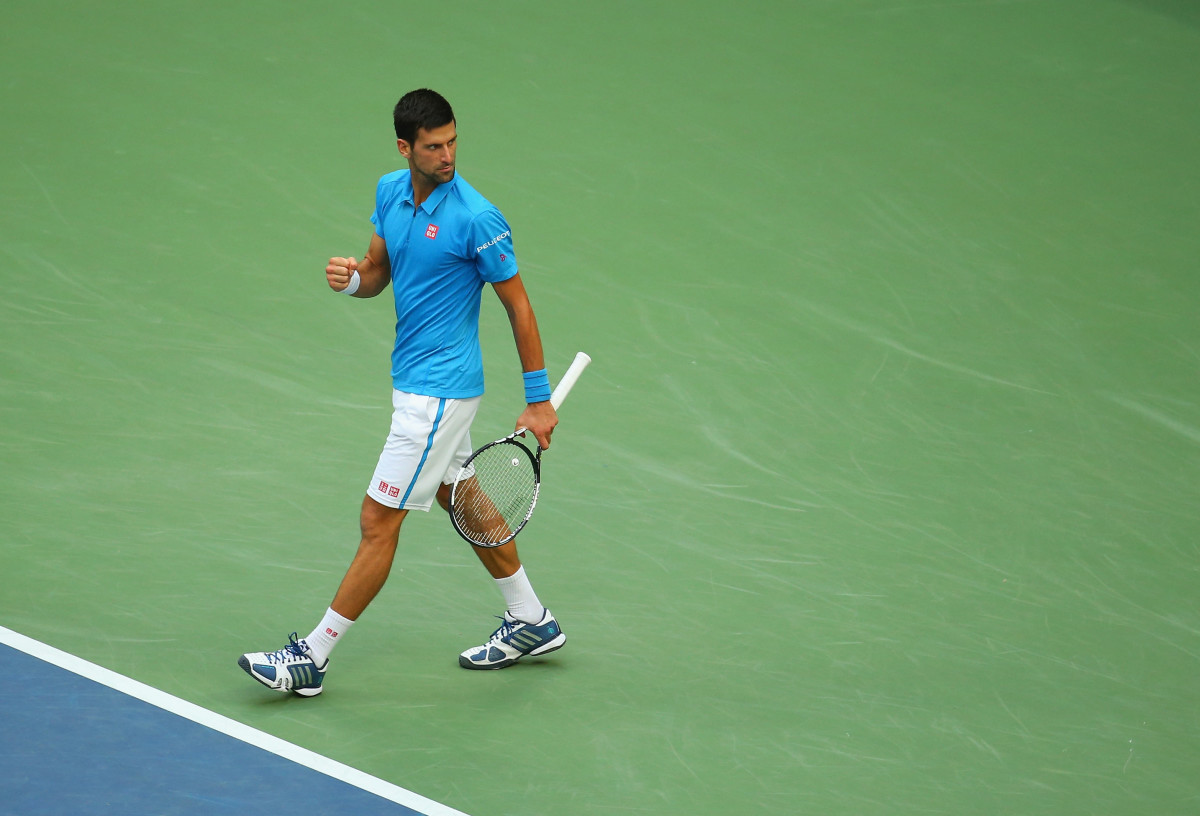
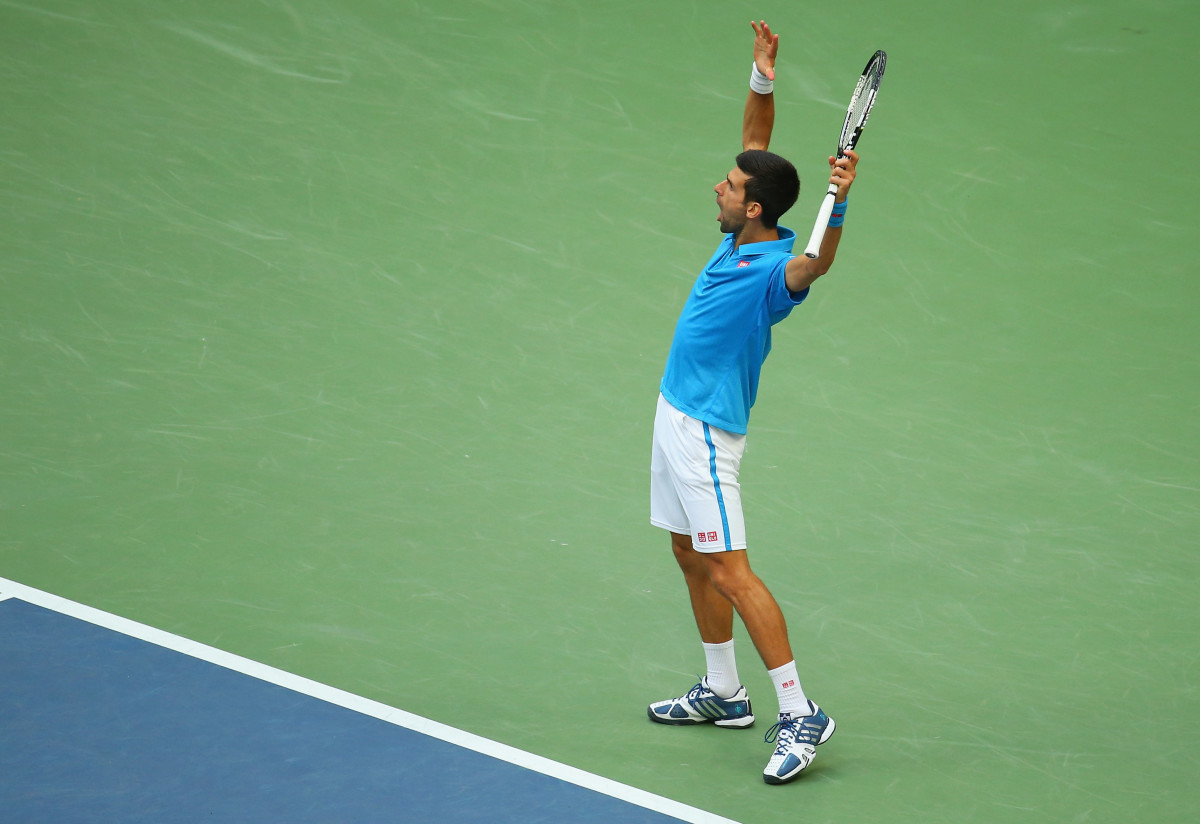
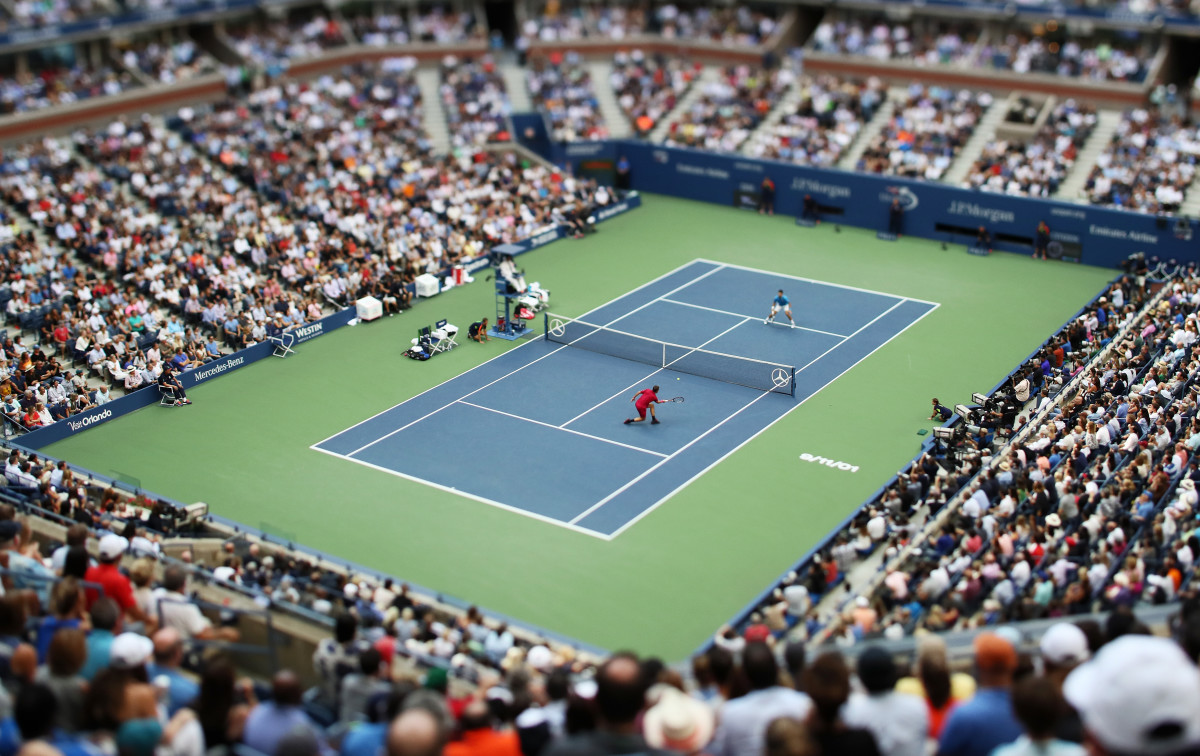
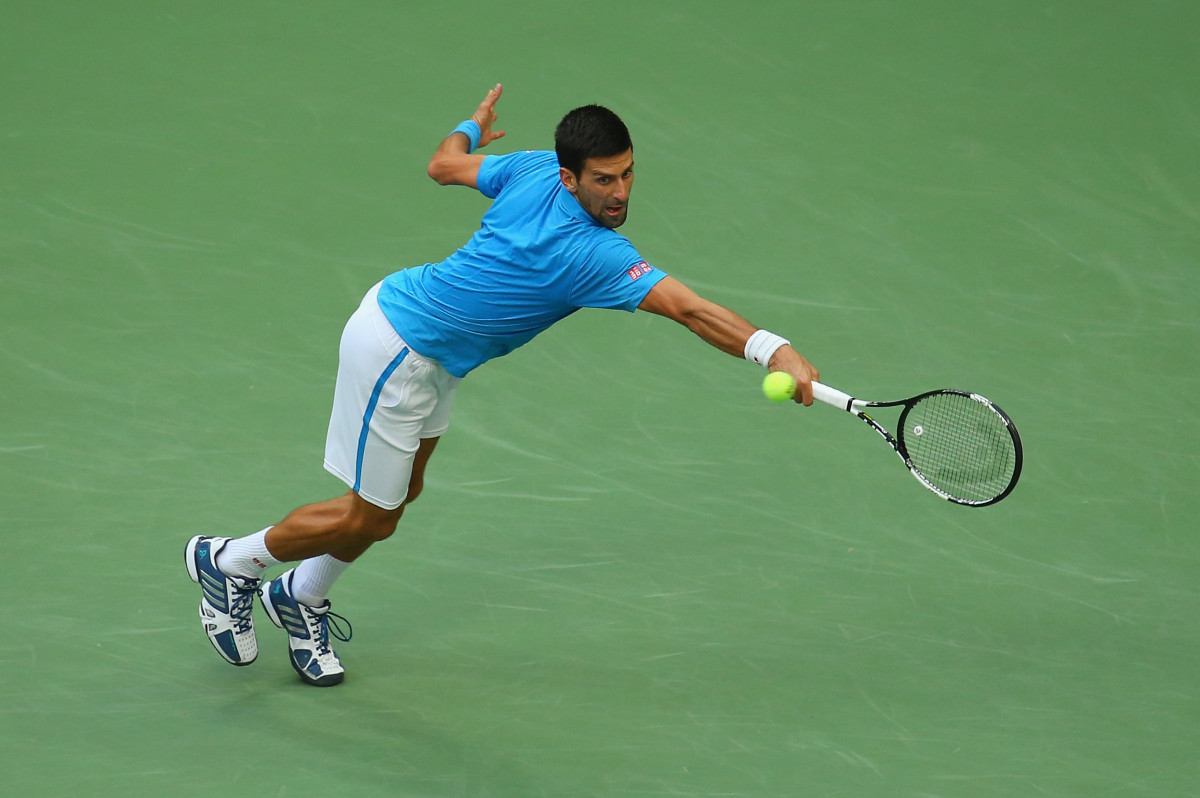
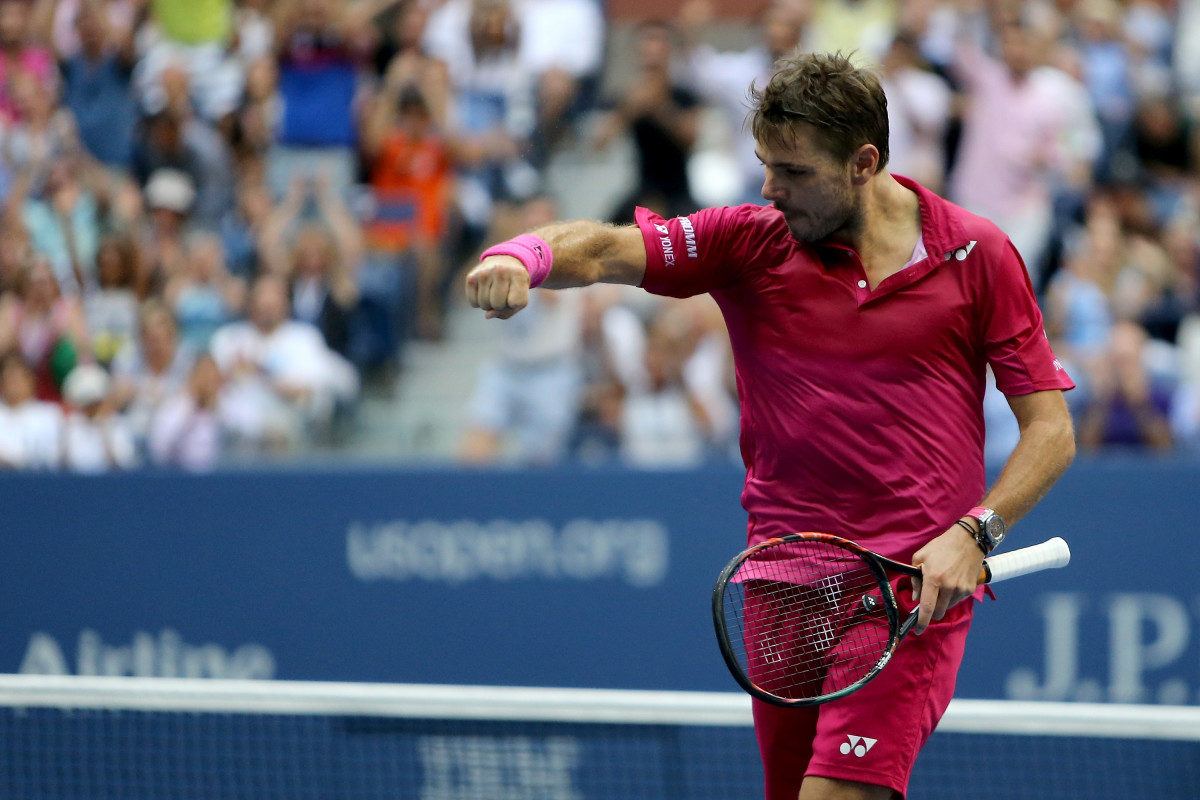
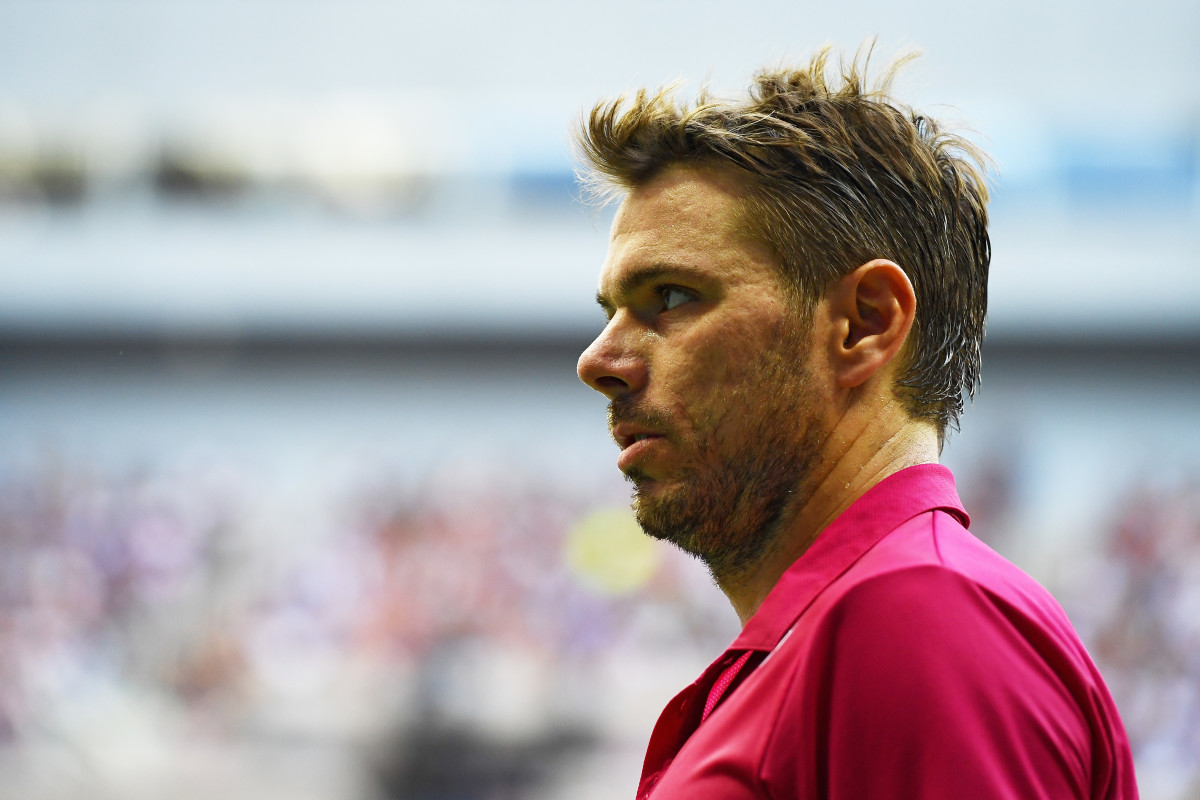
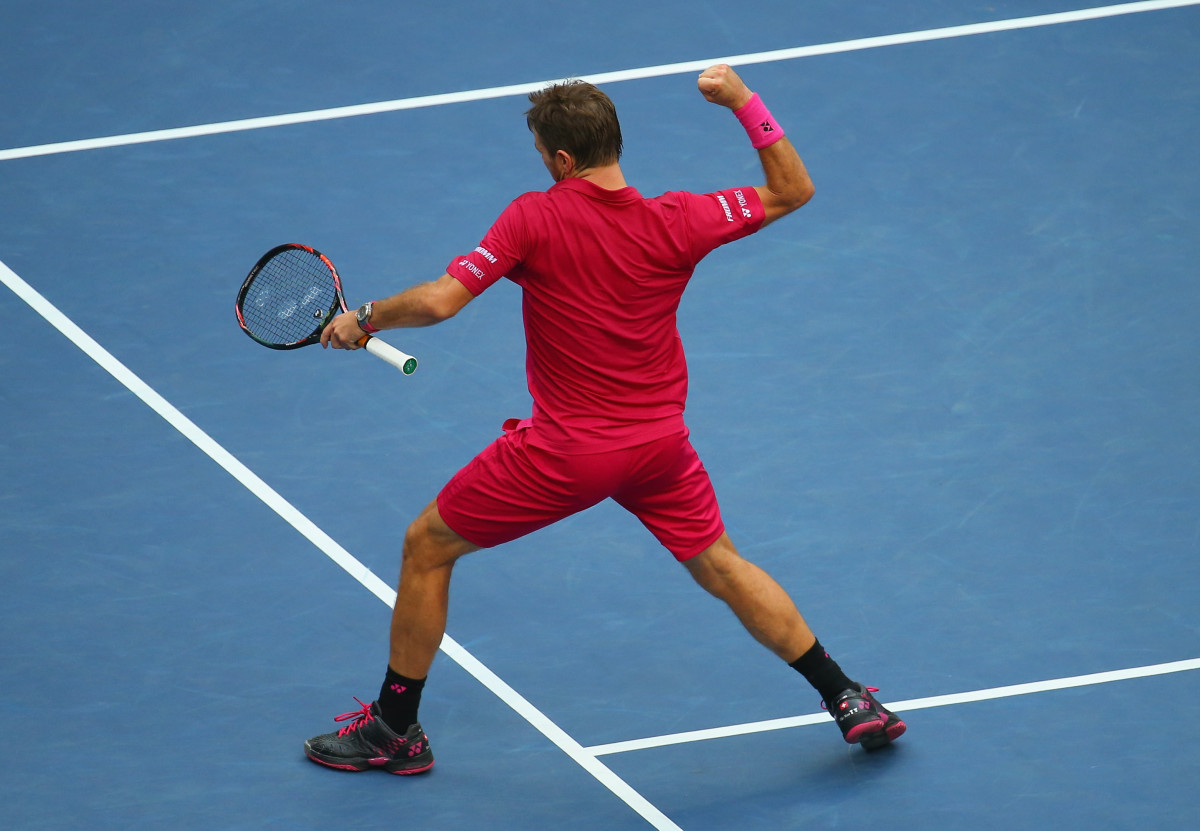
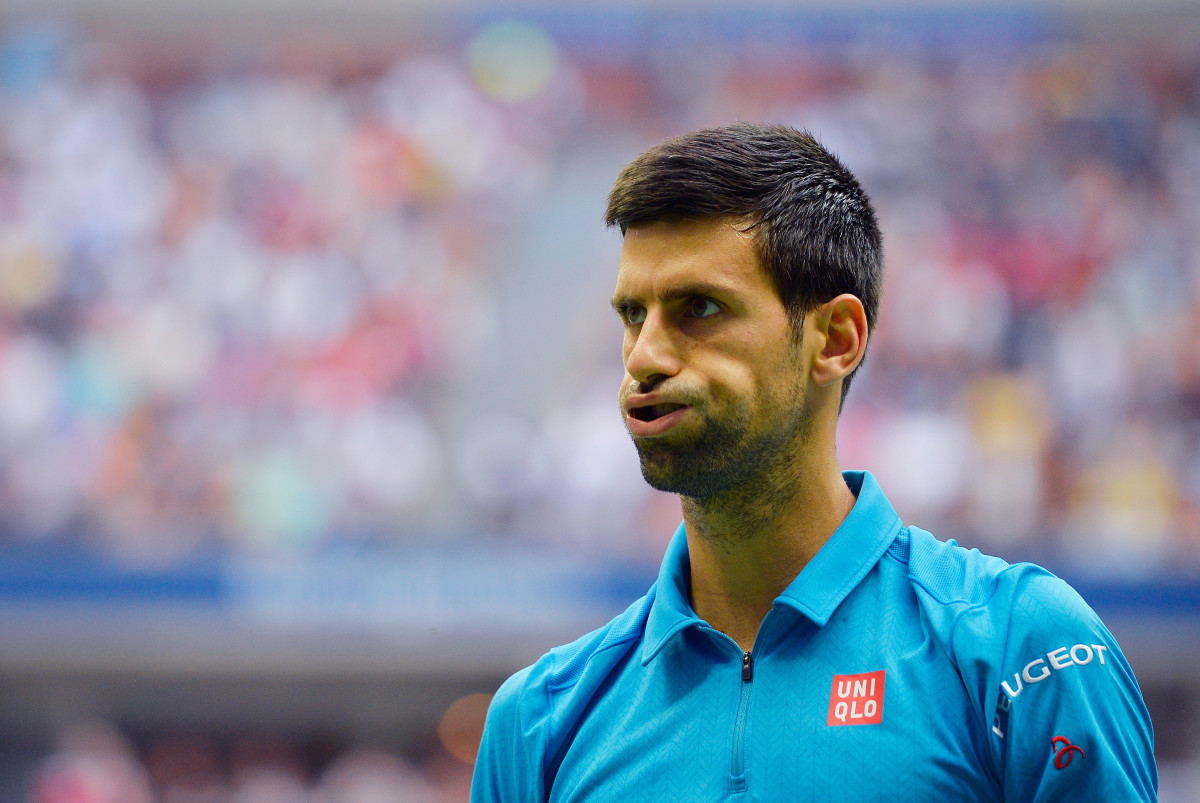
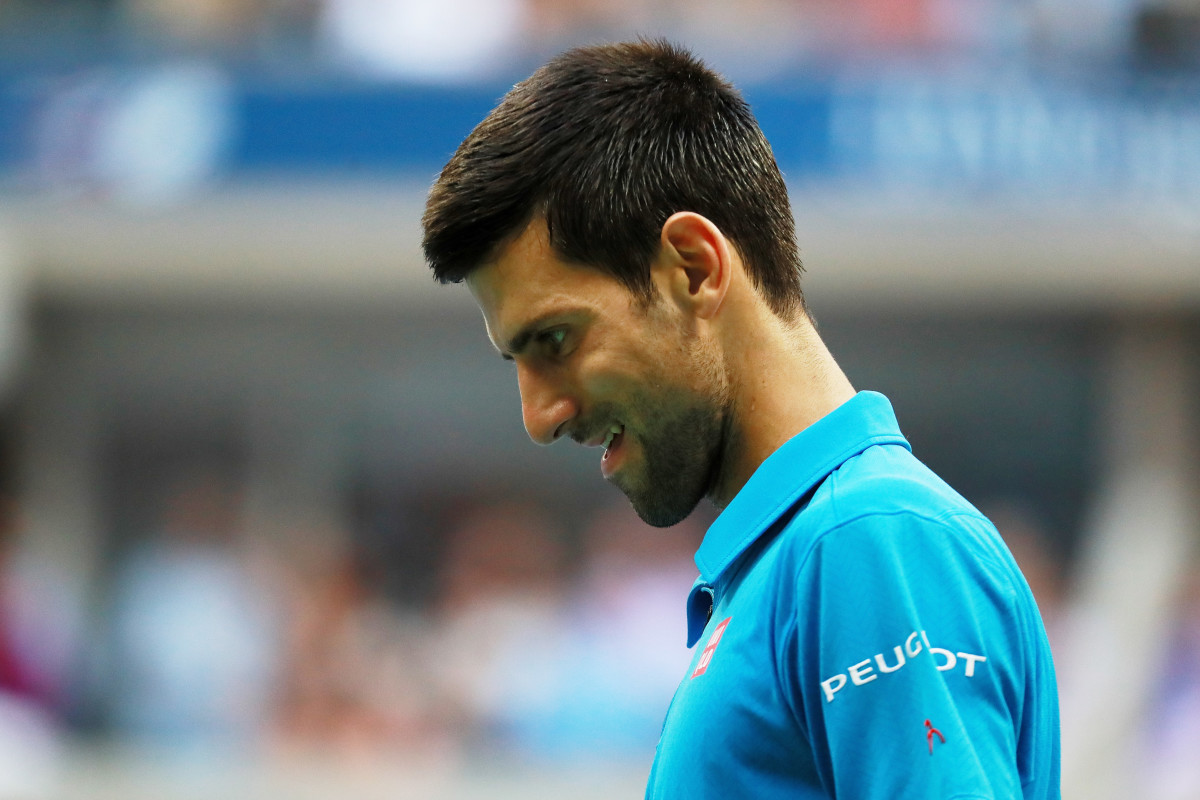
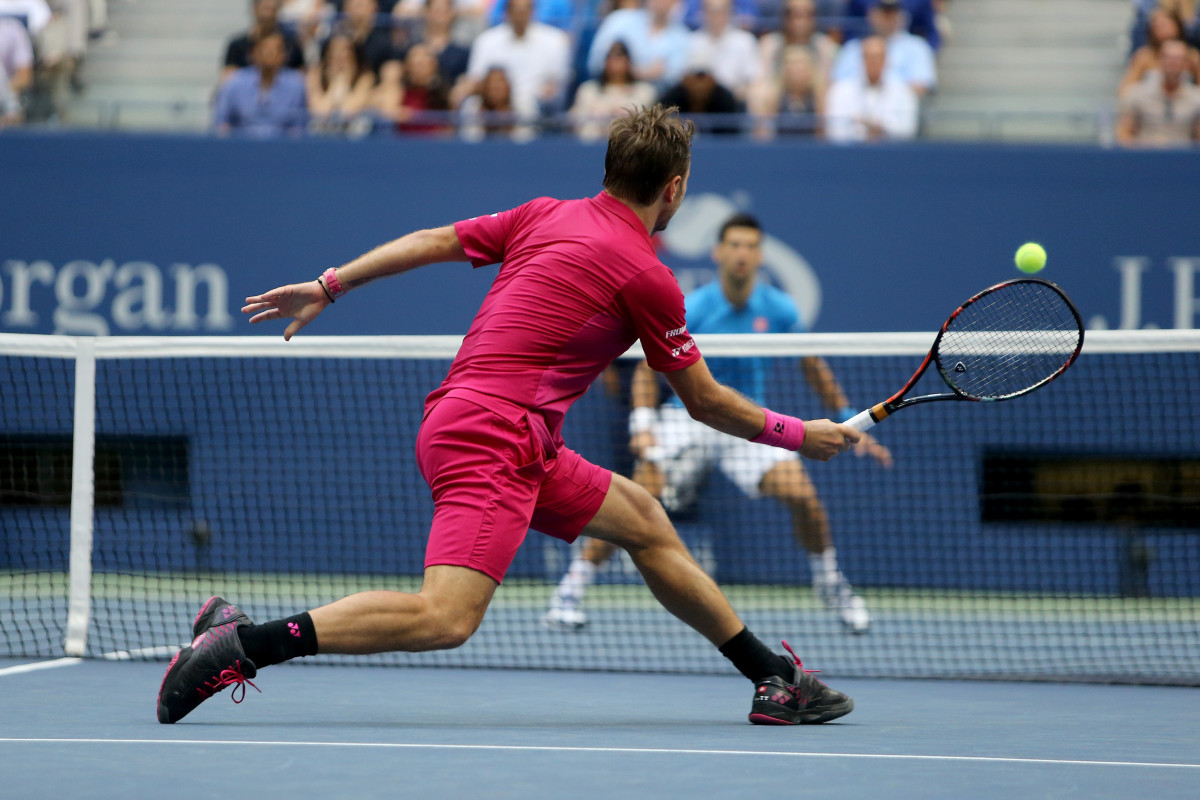
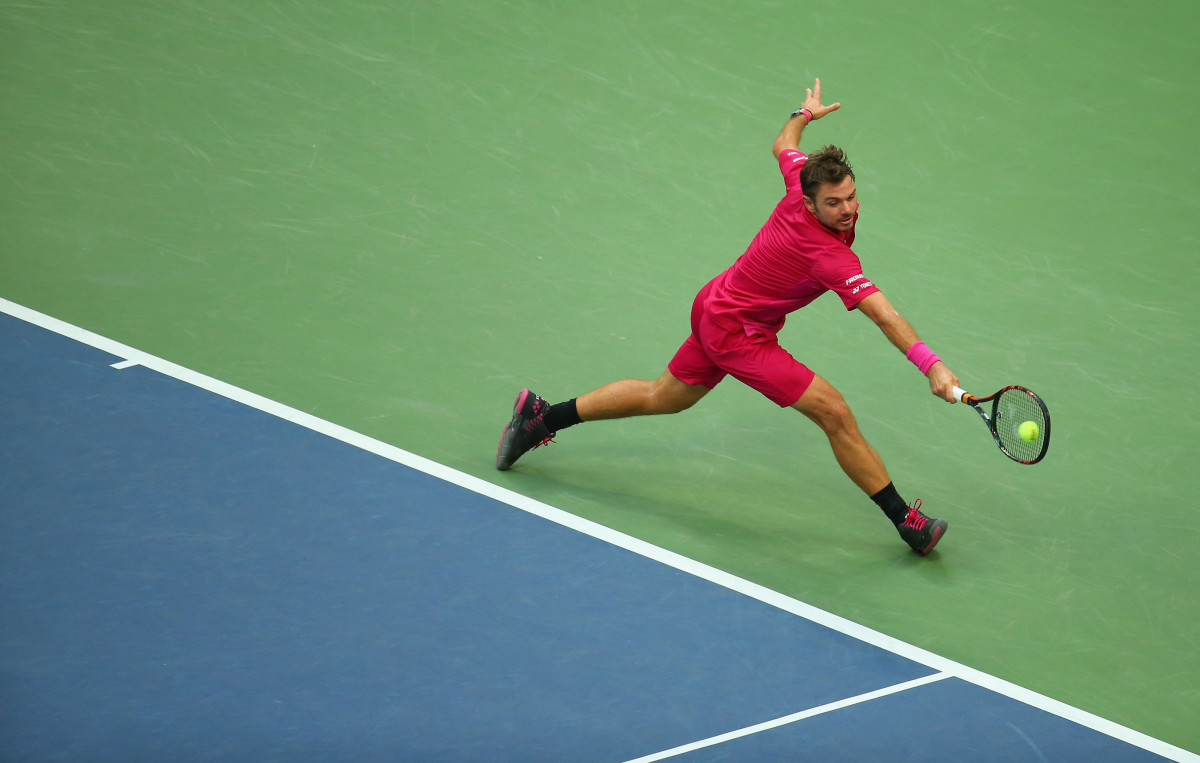
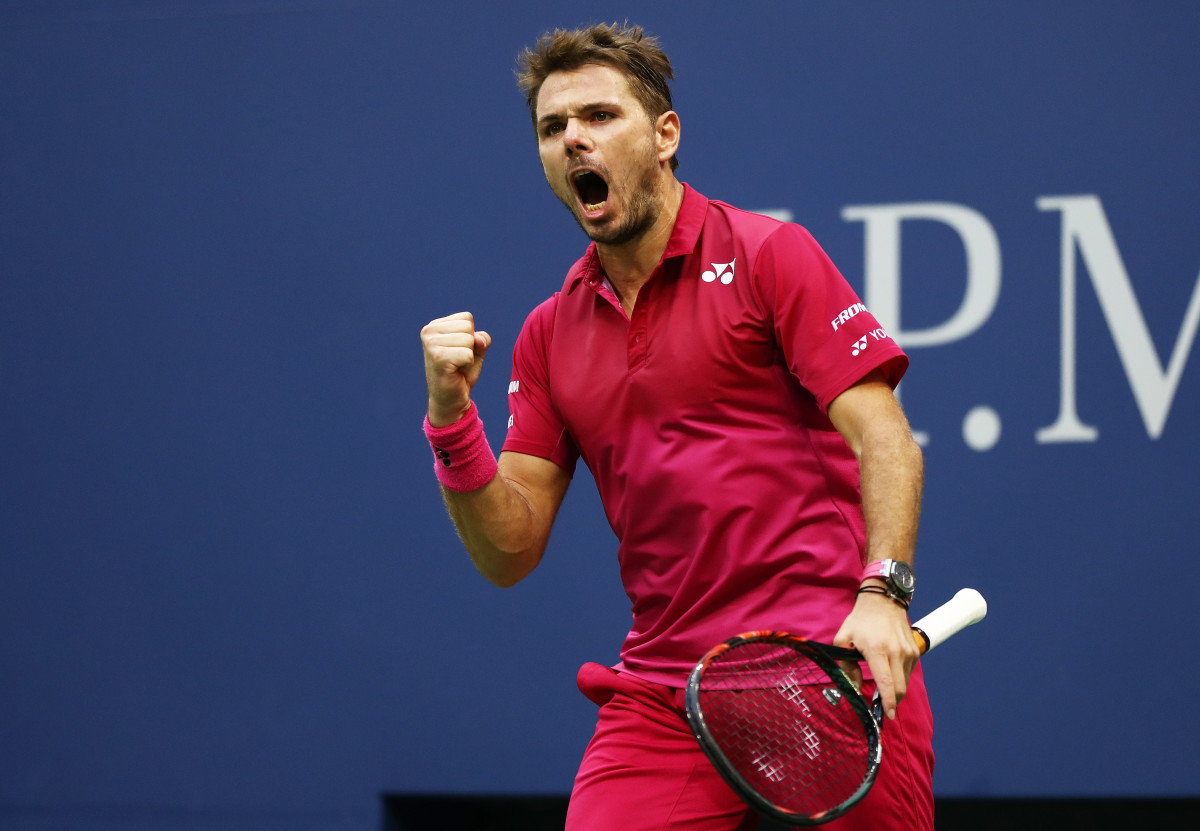
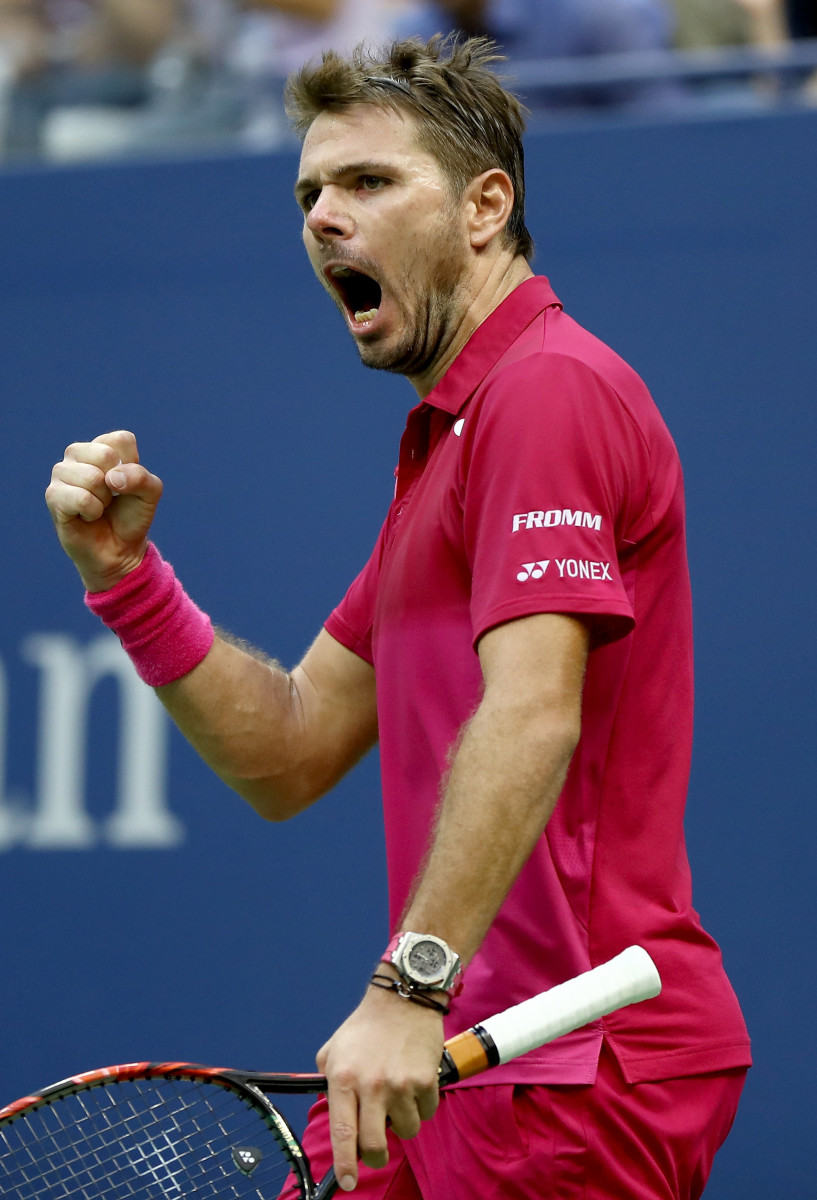
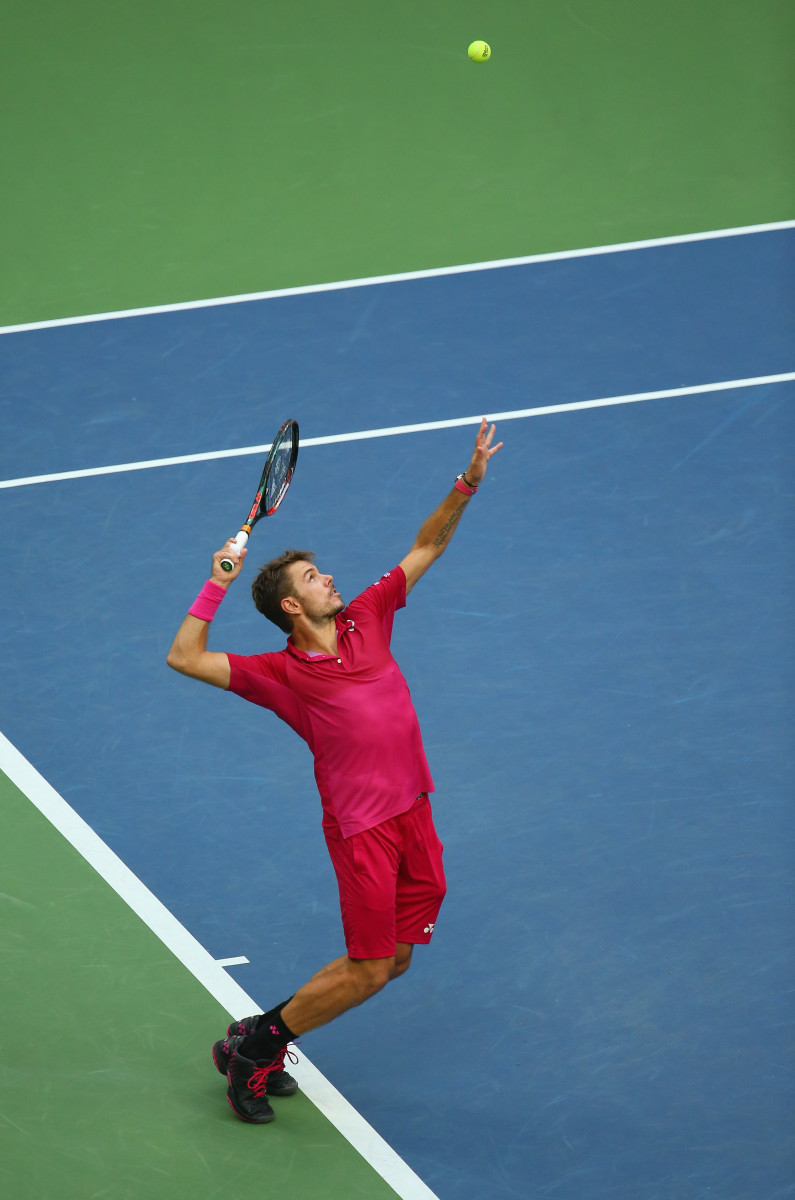
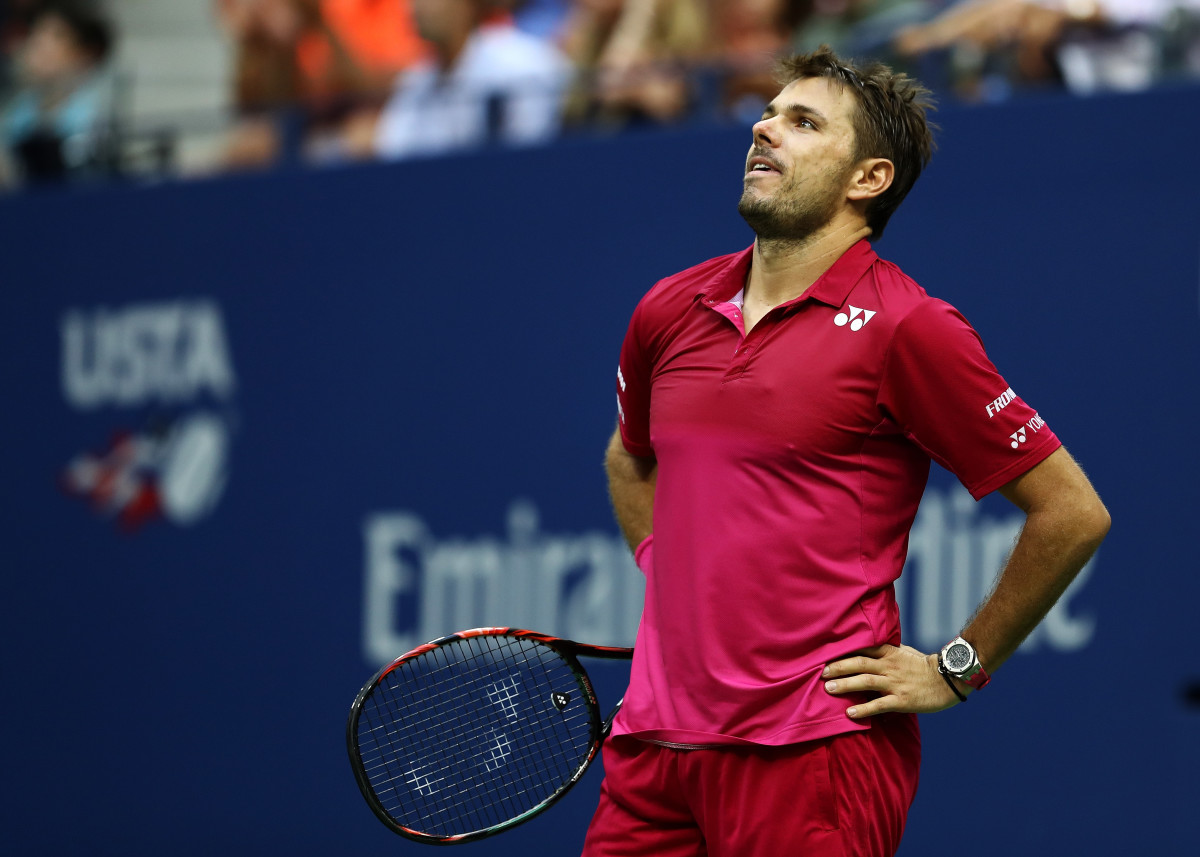
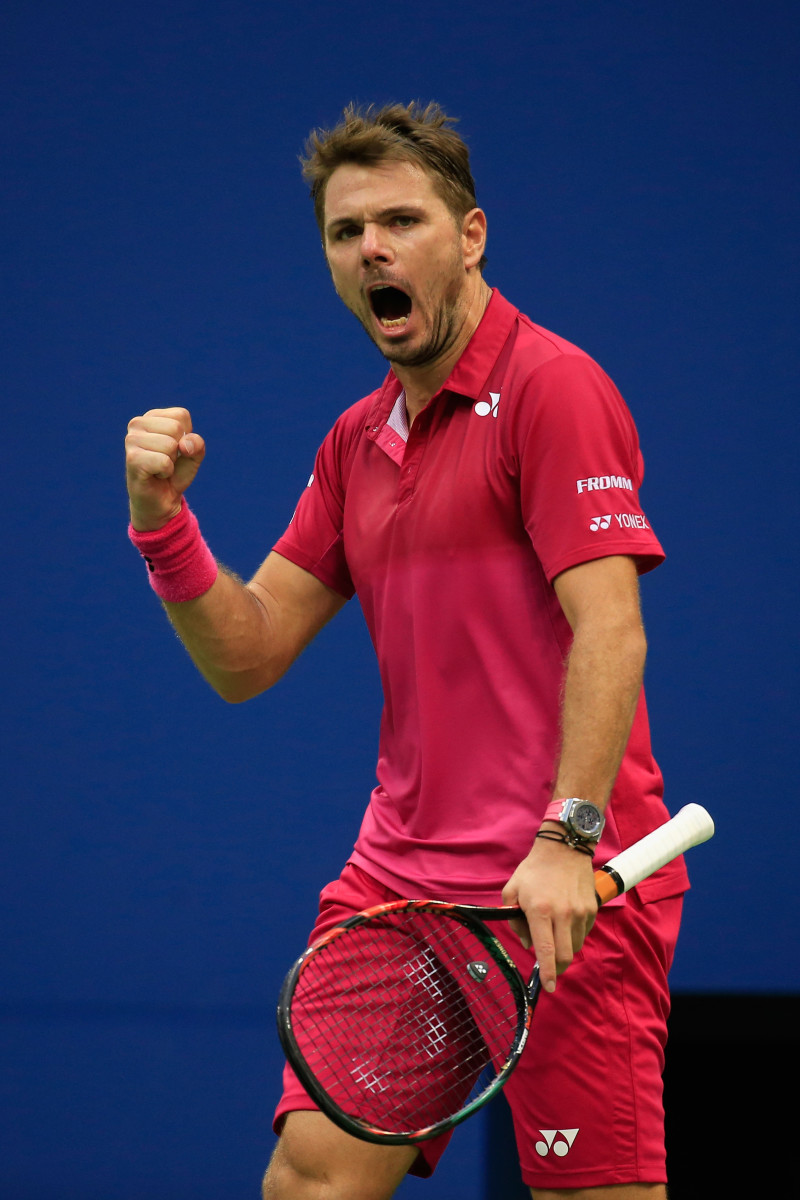
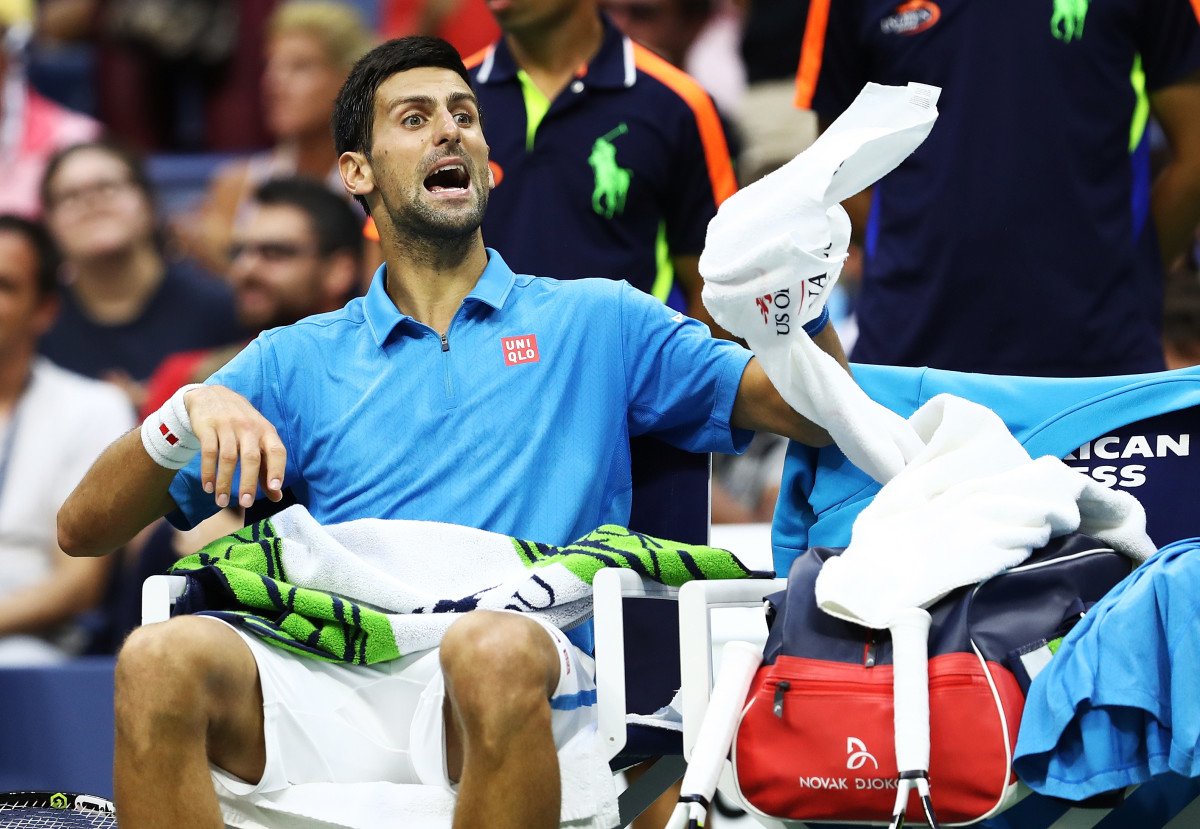
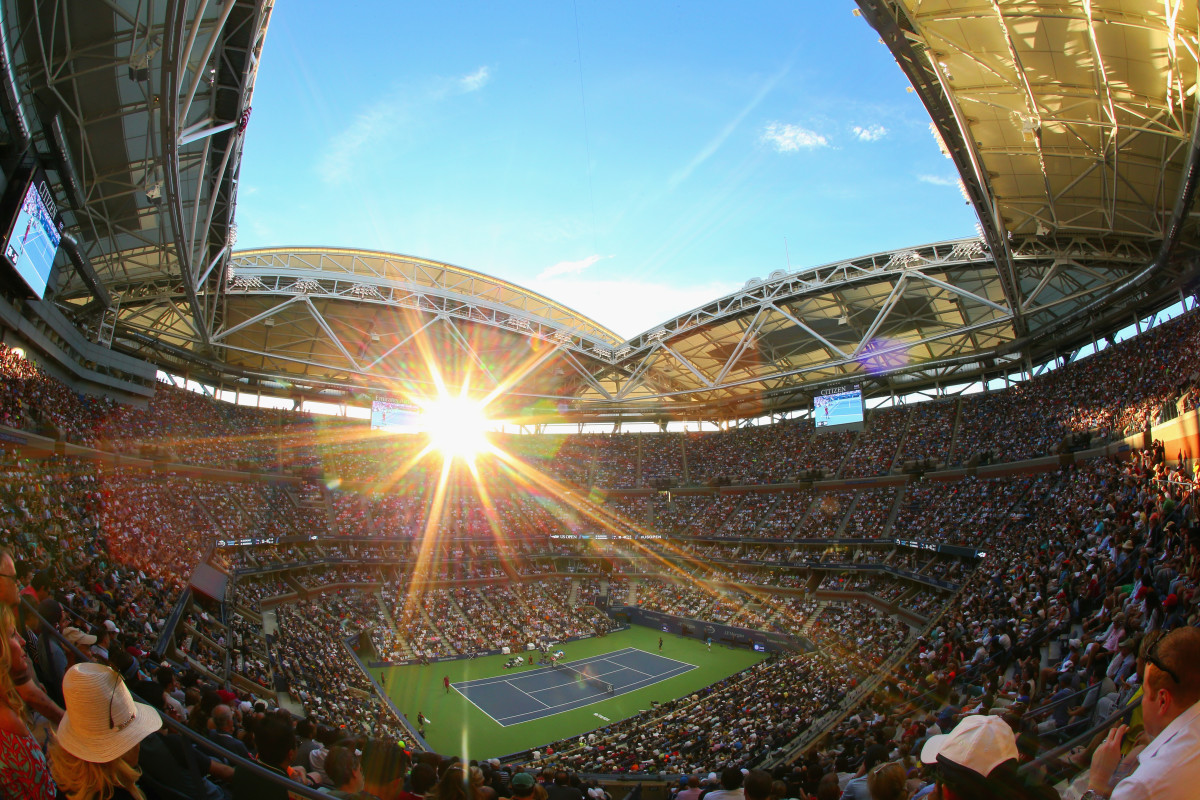
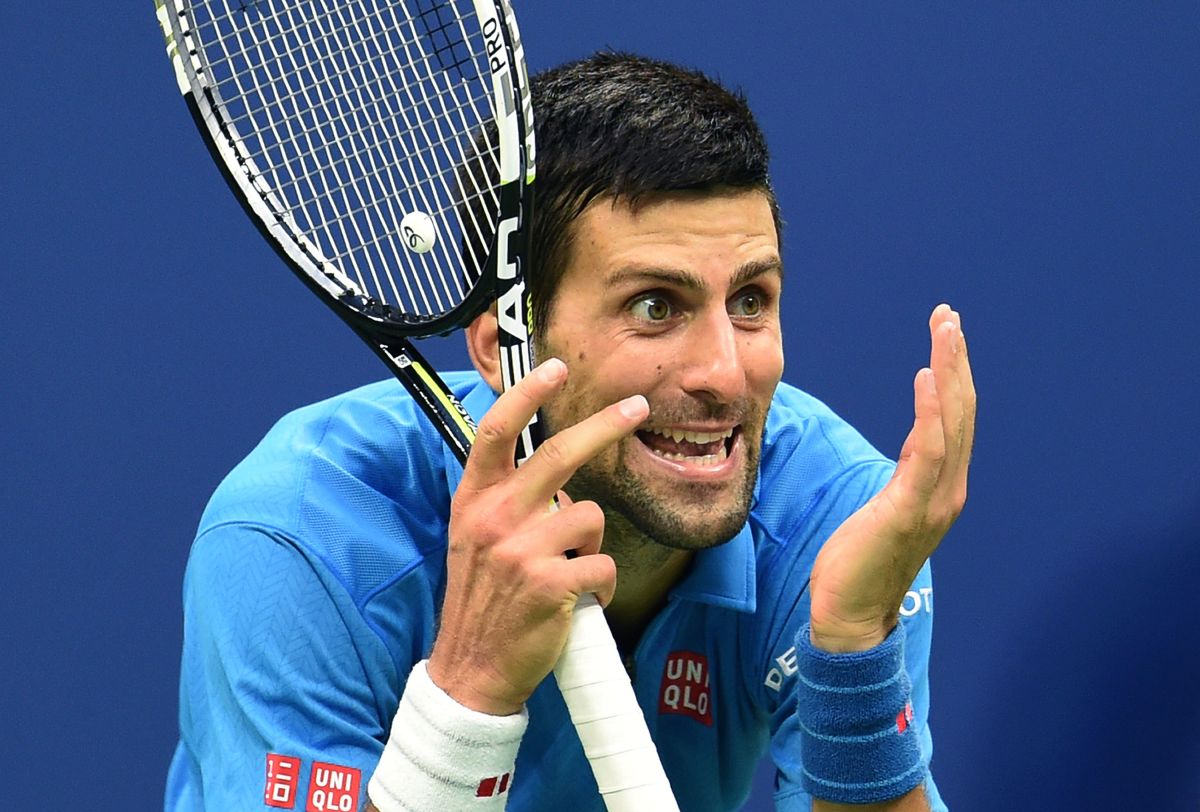
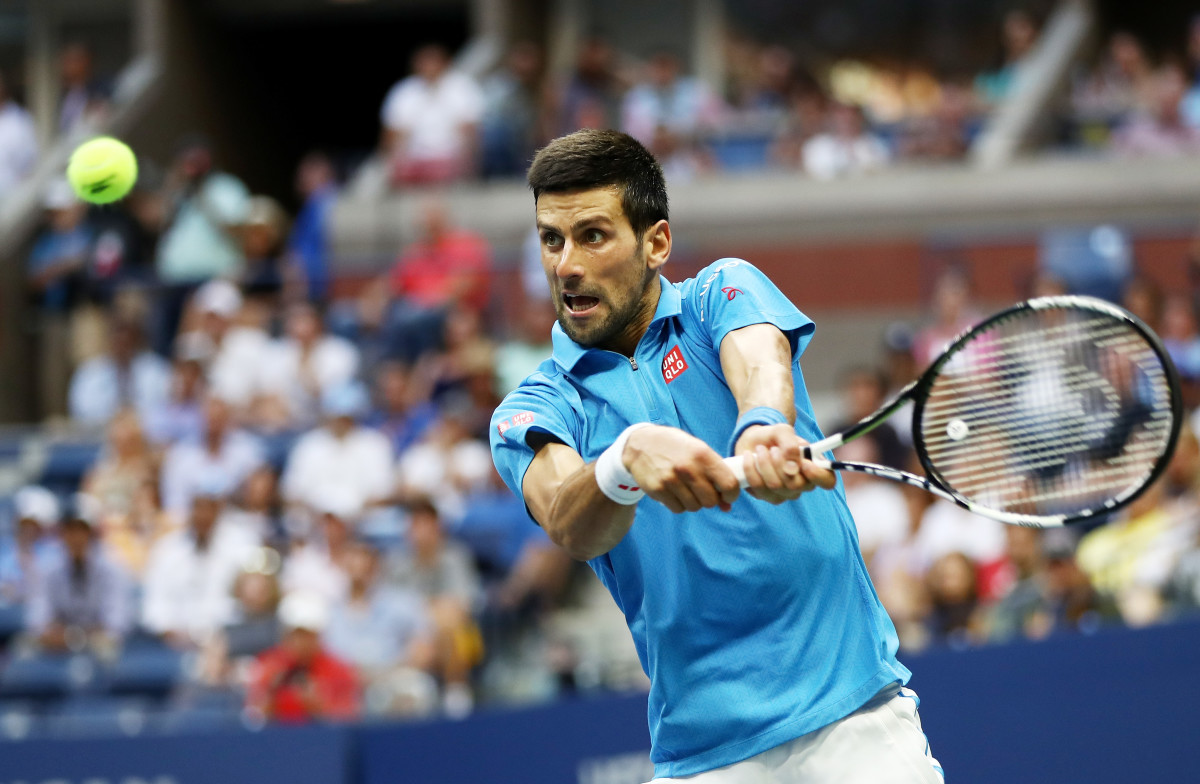
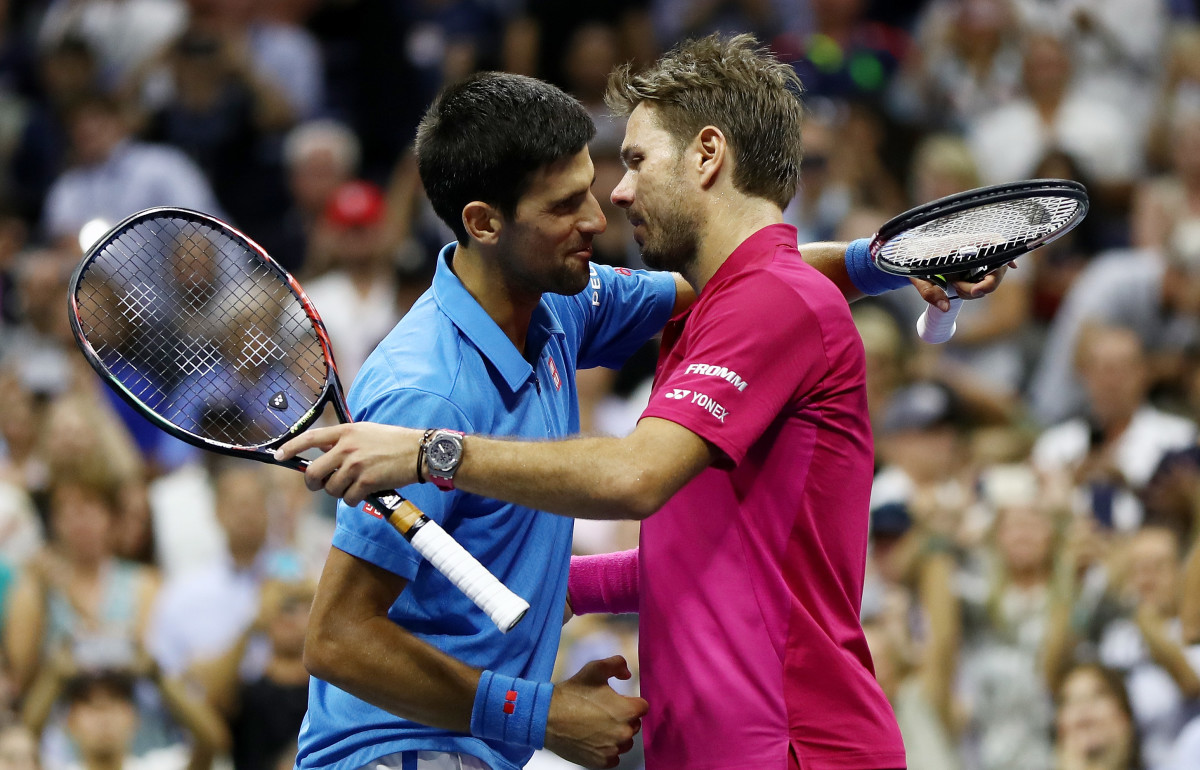
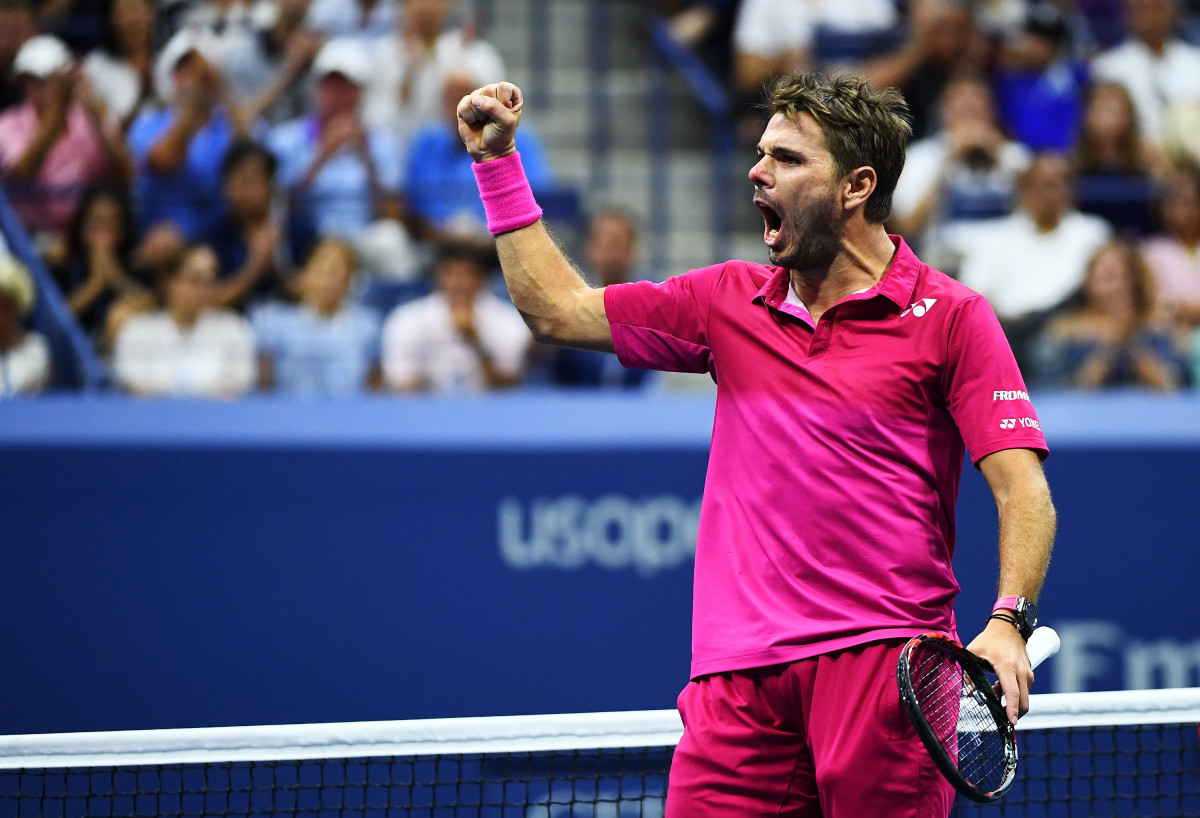
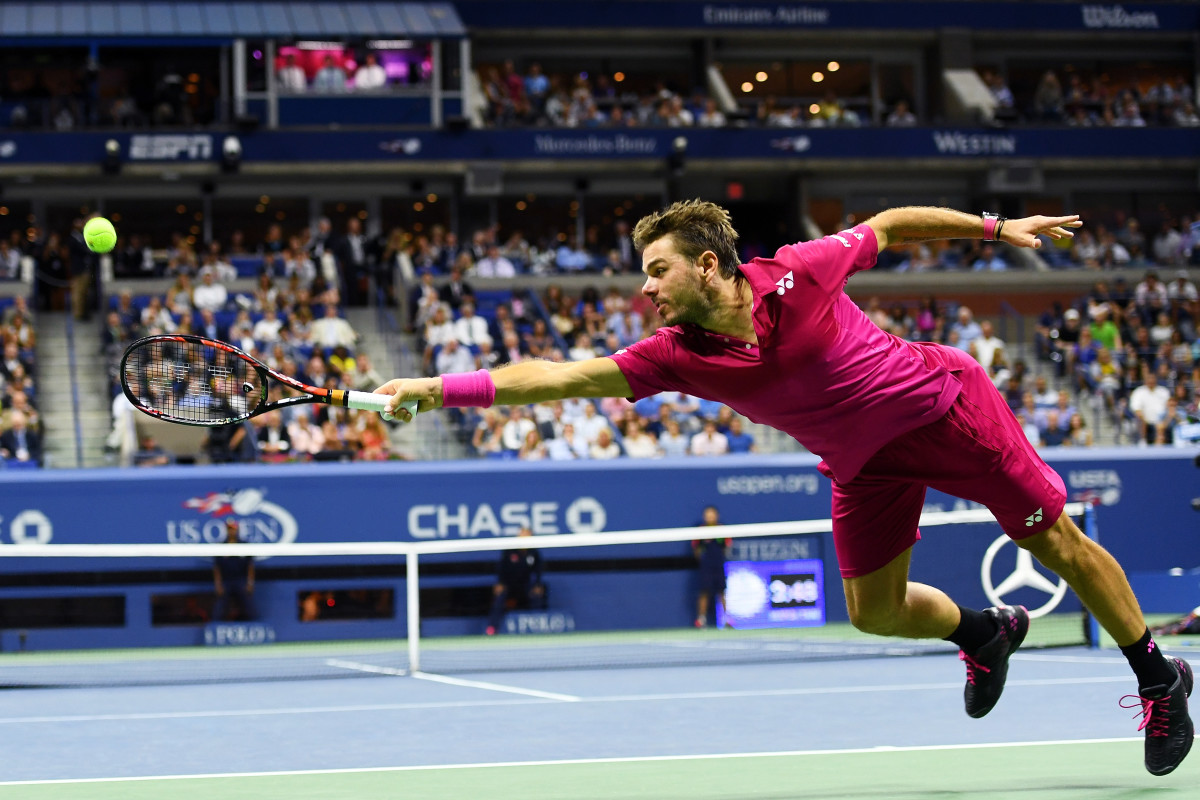
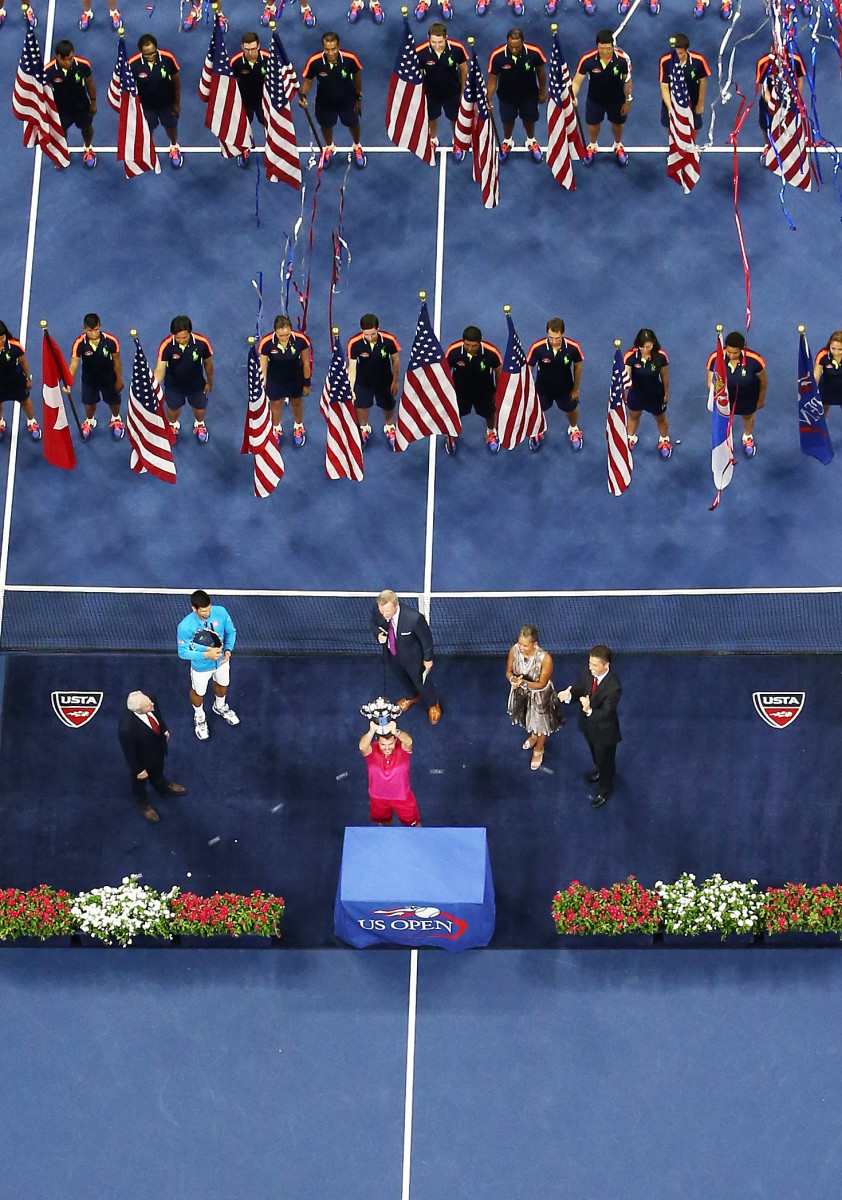
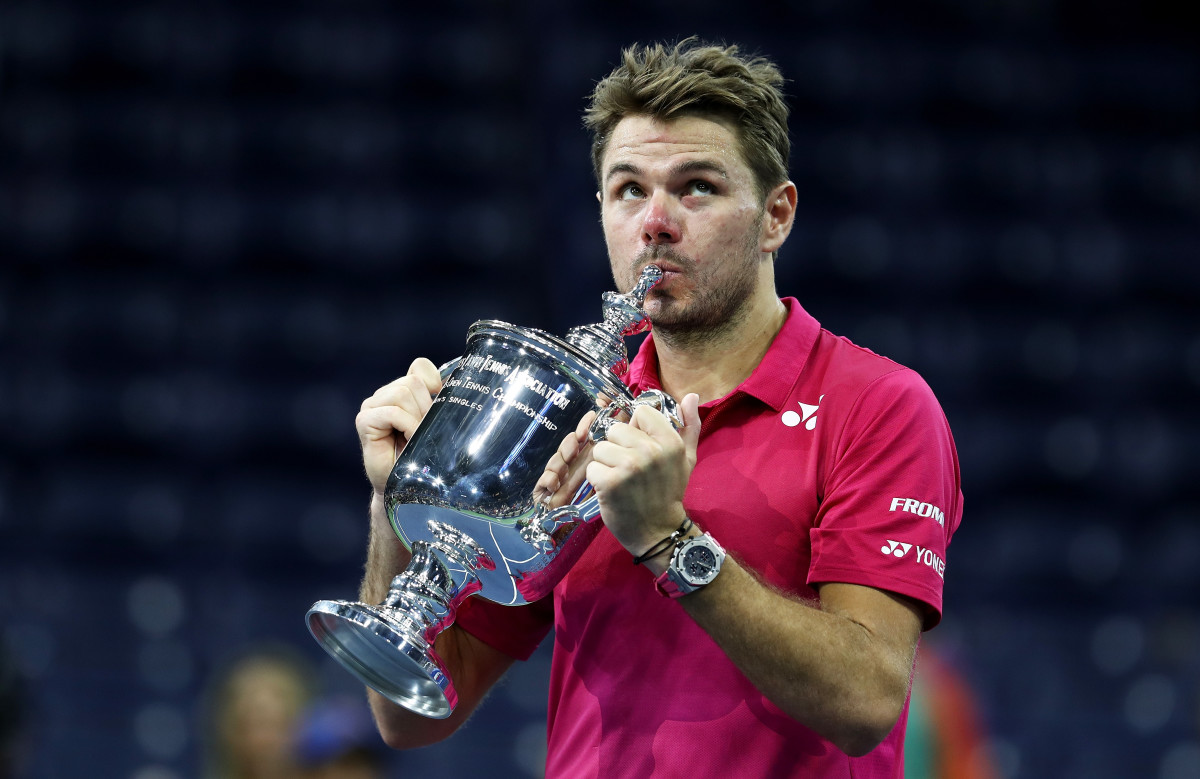
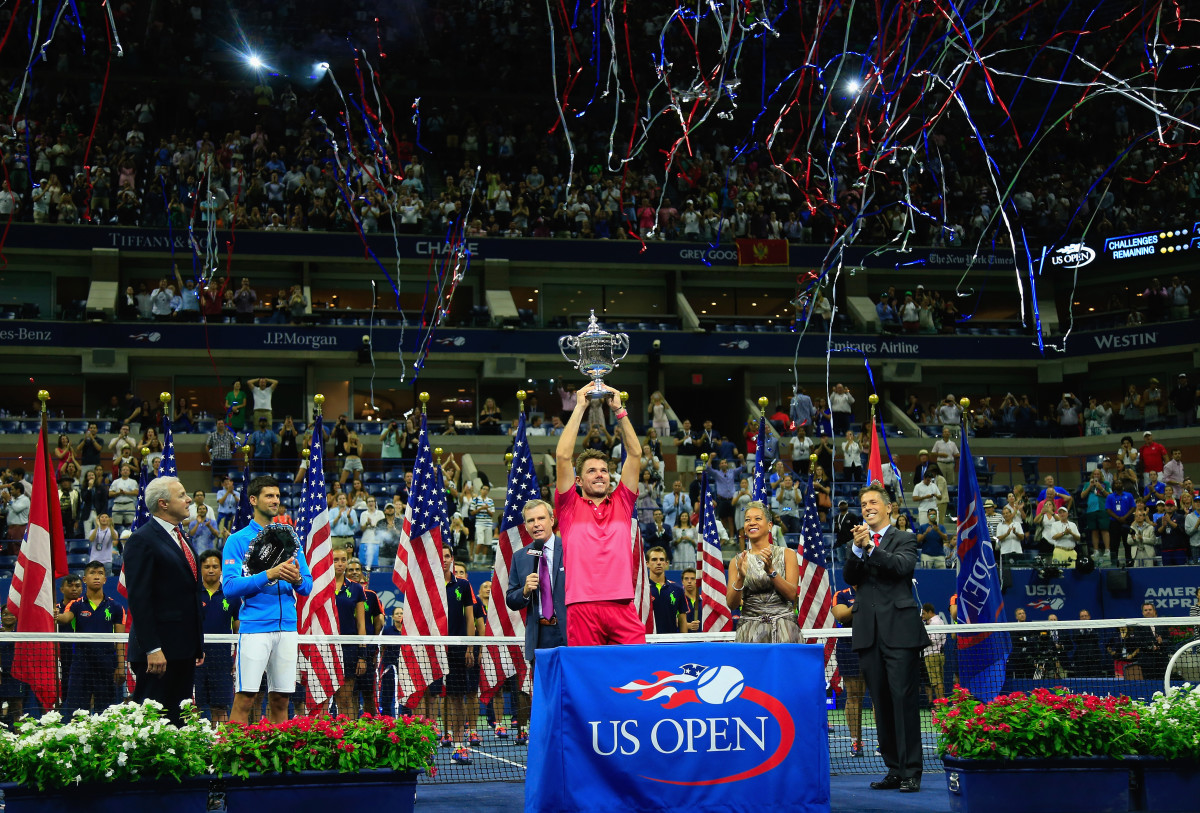
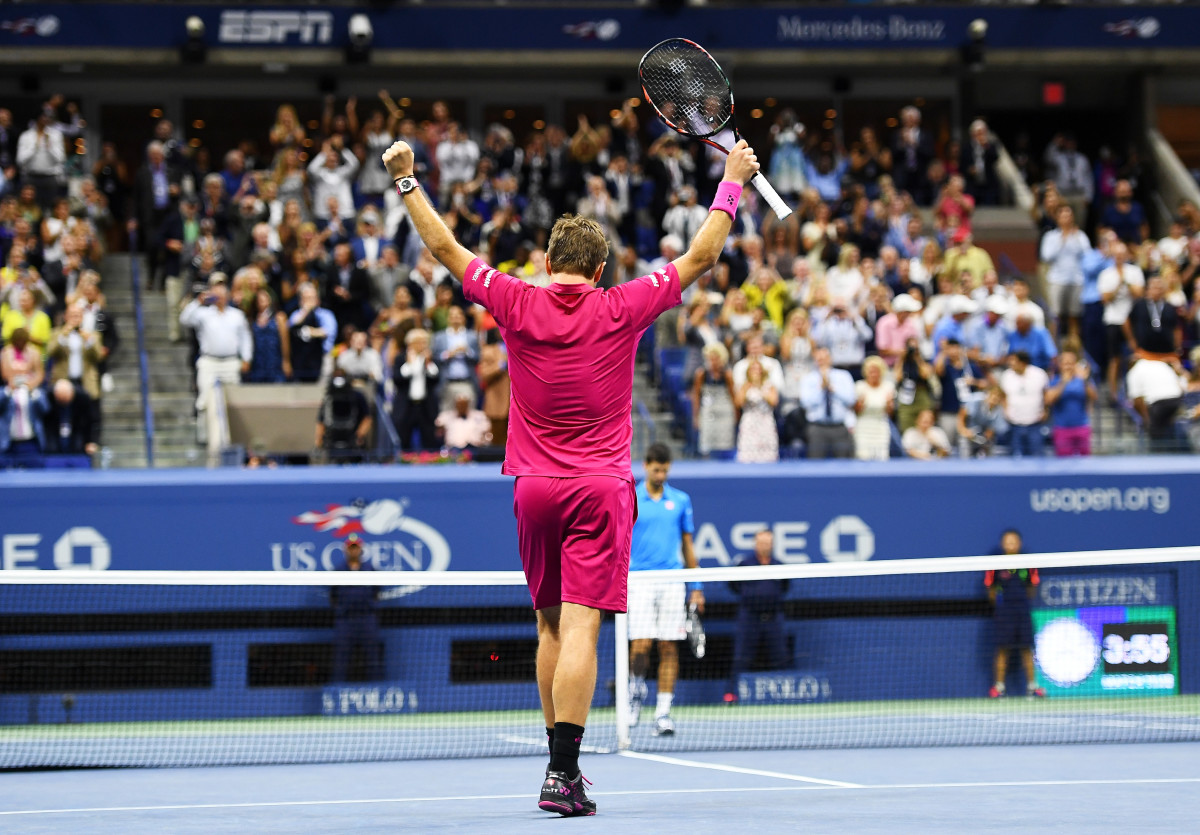
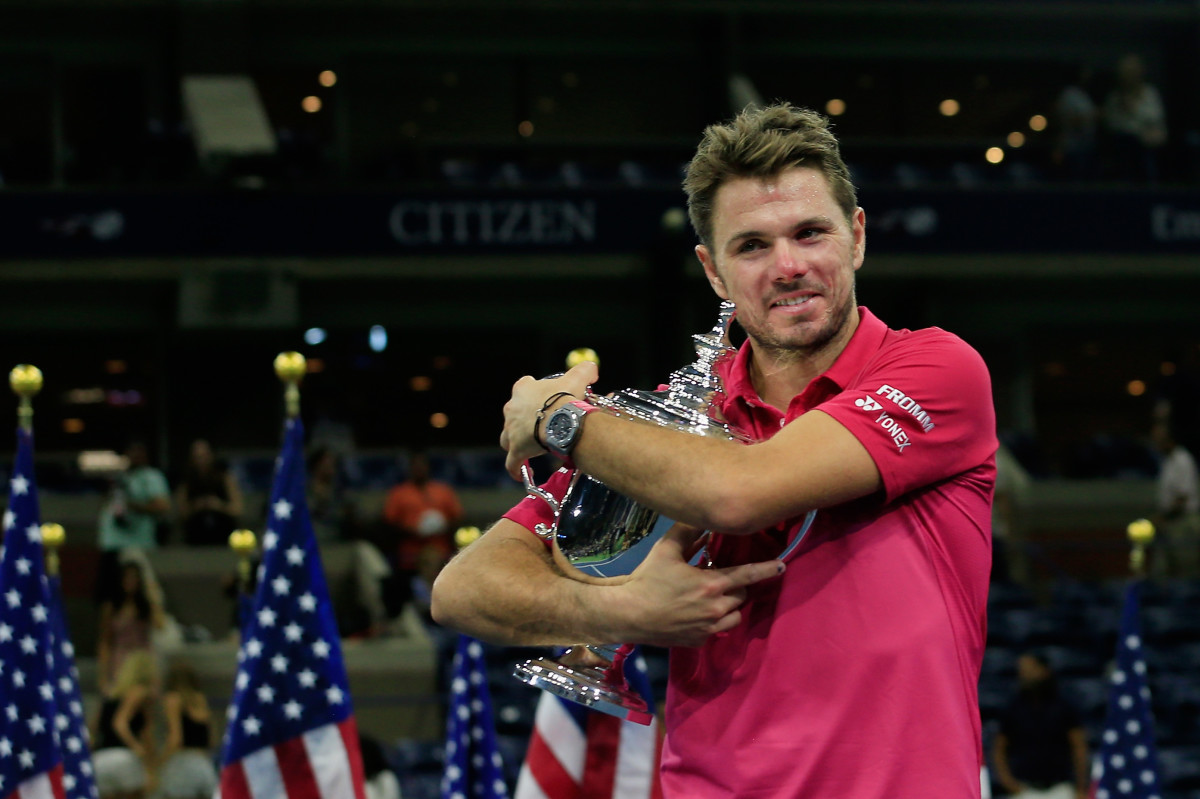
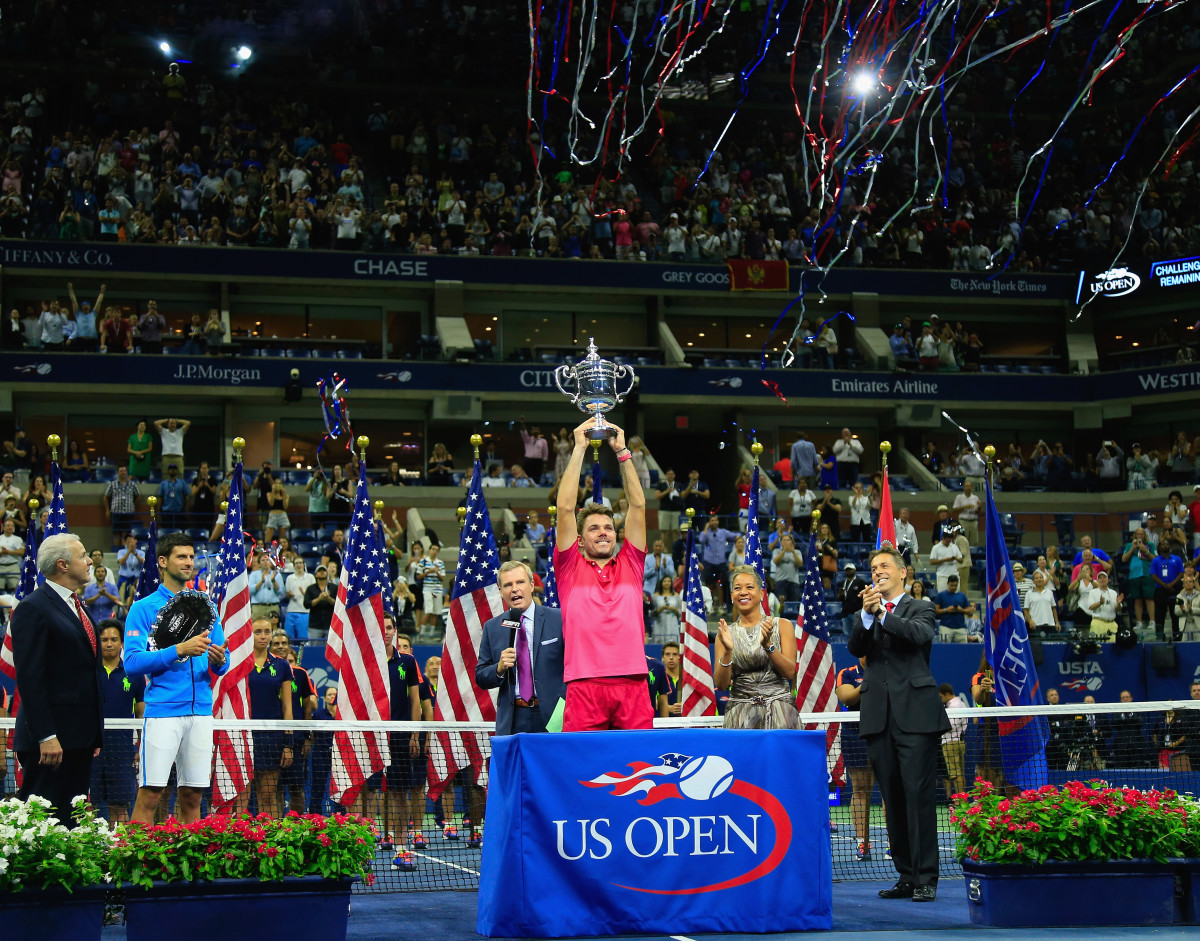
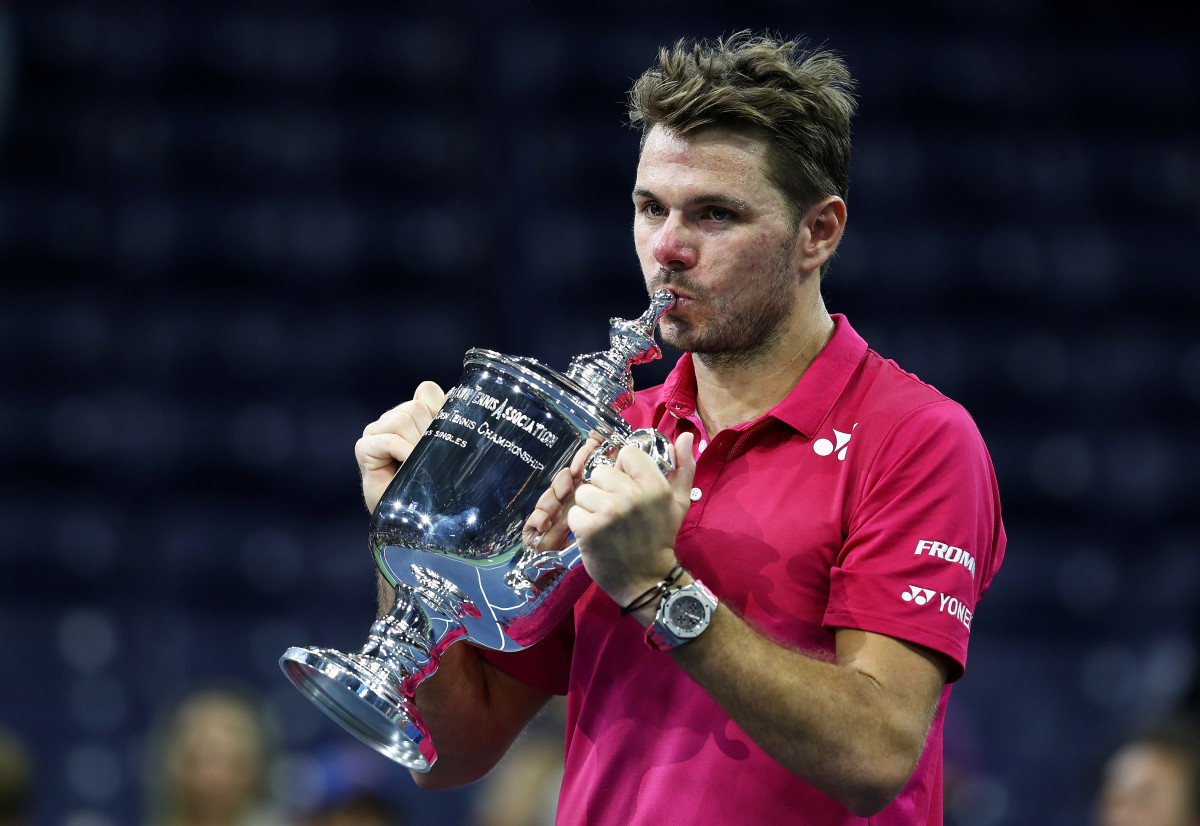
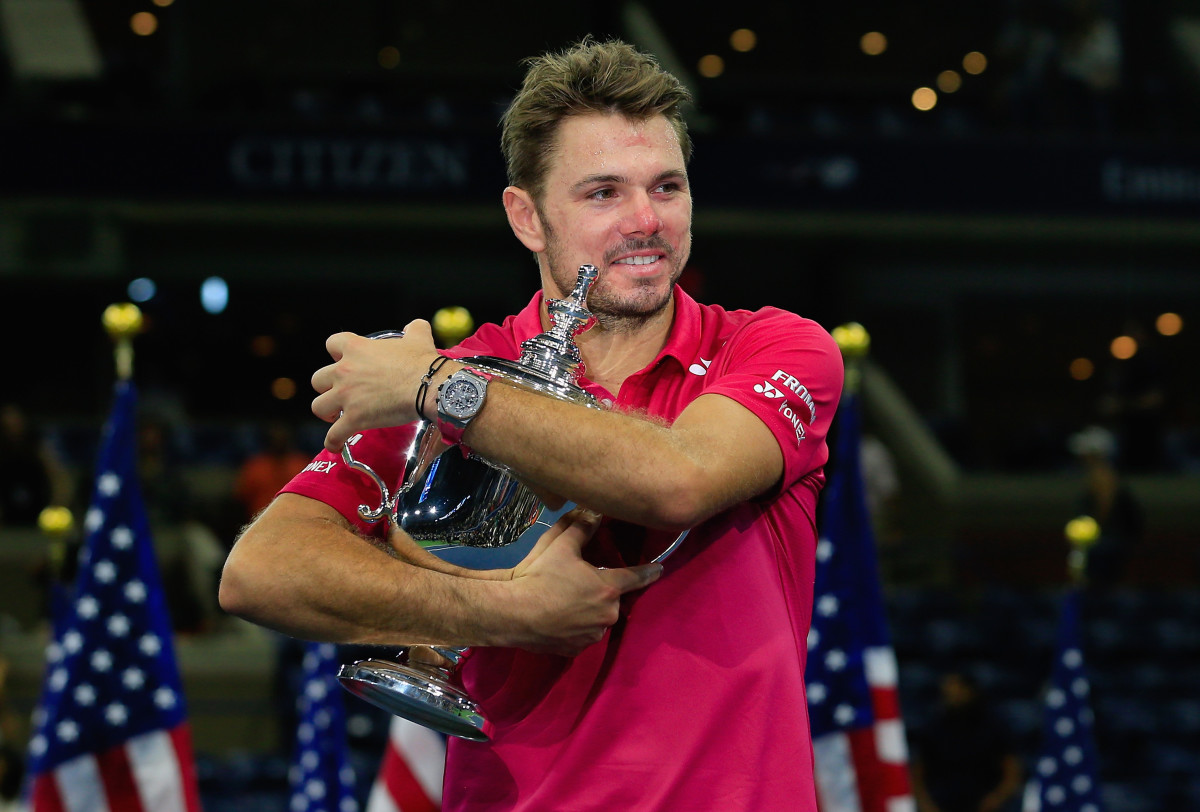
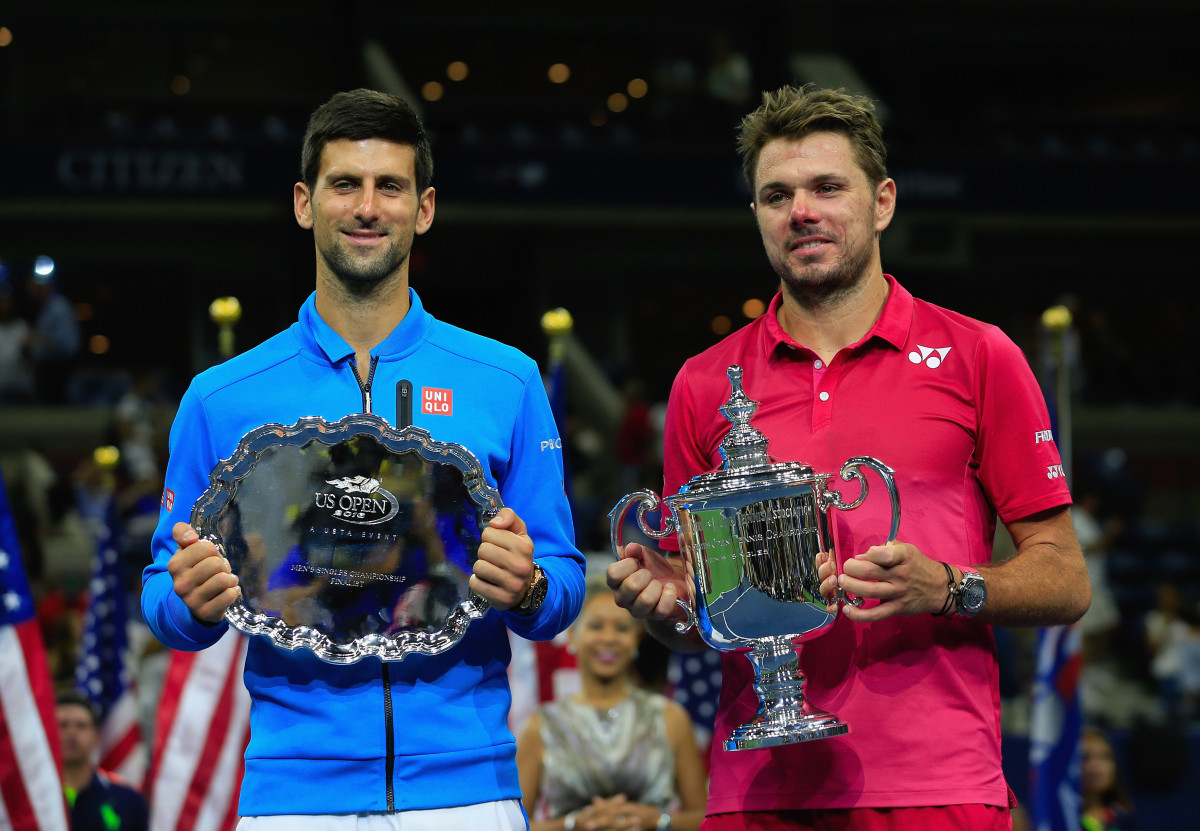
I think he lost quite a few fans tonight too and in future when he asks why no love for him then we should point at this juncture and say THATS WHY!
—Subhadeep, Cincinnati, Ohio
• A lot of you made the similar point. “This is why Djokovic struggles with popularity.” I don’t know. Again, not the coolest movie to call a trainer down 1-3—the even game was what got me—before your opponent serves in the fourth set of a final. But as the Aussies say, “this is a pimple on the ass of an elephant.” The guy wins a dozen majors and generally comports himself like a pro and we’re ready to cut him loose because of this? Scold him for one bad move and let’s carry on, shall we?
Kerber proves worthy of No. 1 ranking with second major title of 2016 at U.S. Open
Jon, I think the press and pundits have been a bit harsh on Djokovic. In 2016, he has won two majors, been to a final in the third where he was beaten by a worthy opponent who played on a high level and will retain his No. 1 ranking. That's a fantastic year. He is not a machine. Can everyone cut the guy some slack?
—Martin, Westchester, N.Y.
• Agree. Slack is cut. I think a lot of this is timing though. If he does the reverse and loses in the Aussie Open final and the third round of the French; but wins Wimbledon and the U.S. Open, the year is recalled much differently.
Please give a shout out to Eric Butorac in your next Mailbag as this was his last U.S. Open. I believe he was not mentioned in the 50 parting thoughts from the 2016 U.S. Open article. He is a great inspiration to many how he came from a Division III school to not only pro but to the finals of a doubles Grand Slam and top 20 in the world in doubles. Keep up with the excellent articles you write.
—Sunil, Philadelphia, Pa.
• Absolutely. One of the good guys—and the pride of DIII tennis— has retired from the ATP but, fortunately, stays in the sport. We'll have more on and with Eric soon.
Gael Monfils defends unusual U.S. Open semis strategy after John McEnroe criticism
In your 50 parting shots from 2016 U.S. Open, you said Juan Martin del Potro's backhand is problematic for him to win Slams. Yet, he won U.S. Open in 2009 so is his backhand that much worse now?
—Bob Diepold, Charlotte N.C.
• This is by his own admission. If I were still at the U.S. Open I would kindly ask he good folks at Hawk-Eye to pull the stats comparing del Potro’s “rate-of-slice” and average speed/placement of backhand of 2009 versus 2016. Maybe they’ll do it anyway if I ask nicely….
Has any player, male or female, ever won three or more Slams during their career and never reached the No. 1 position in the rankings?
—Will, San Diego, Calif.
• As it is written (by Greg Sharko): Since the inception of the Emirates ATP Rankings on Aug. 23, 1973, three players with three-more Grand Slam singles titles have never been No. 1: Guillermo Vilas (four), Andy Murray and Stan Wawrinka.
Note: The following players won at least three Grand Slam titles in the Open Era (since 1968 Roland Garros): Arthur Ashe won two of three Grand Slam titles (pre-ATP Rankings), Jan Kodes won three Grand Slam titles (pre-ATP Rankings), Rod Laver won five (in Open Era) of 11 Grand Slam titles, and Ken Rosewall won four (in Open Era) of eight Grand Slam titles (all prior to beginning of ATP Rankings).
Top 100 moments of 2016 U.S. Open
Taylor Townsend
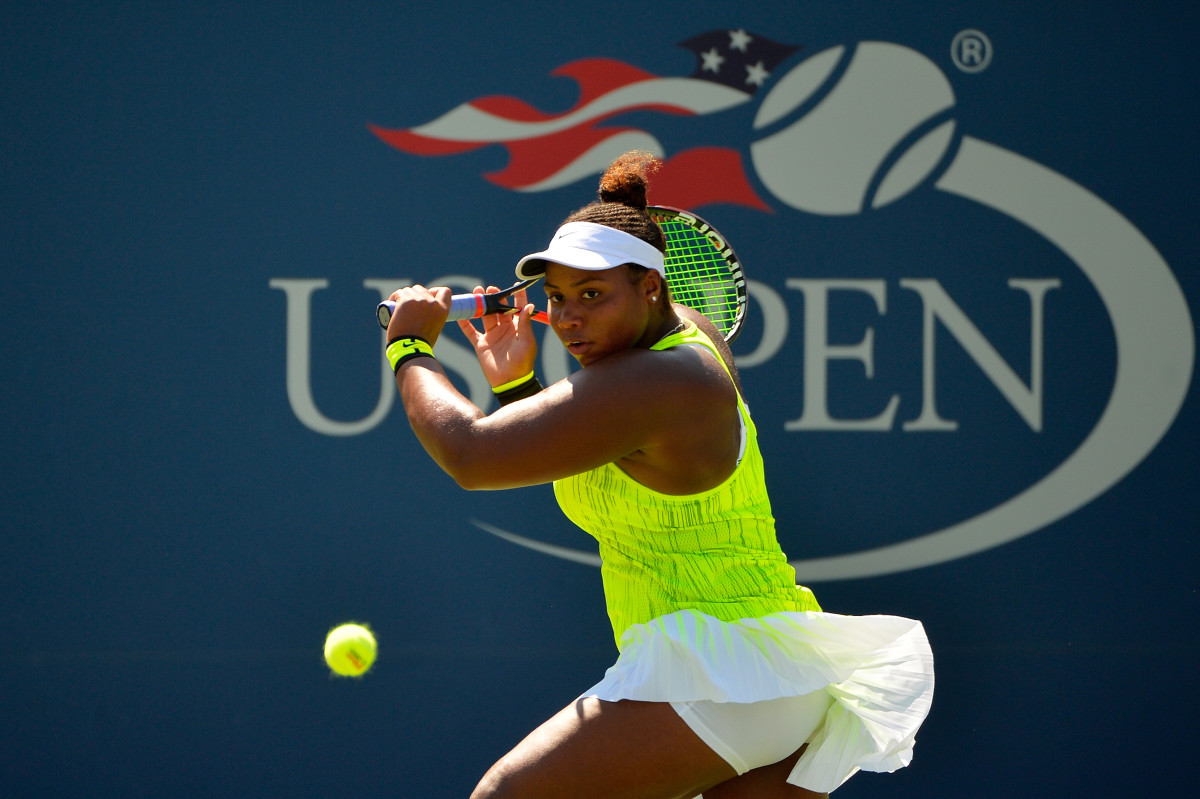
Garbine Muguruza
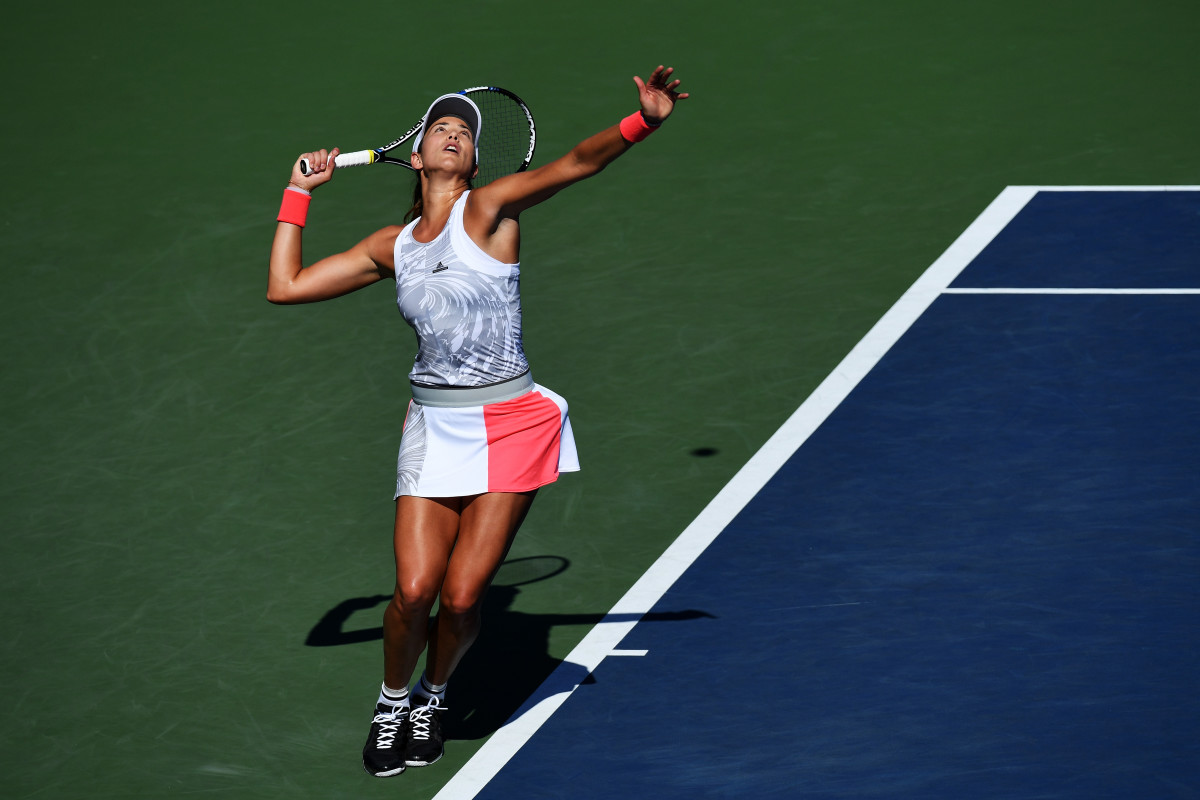
Taylor Fritz
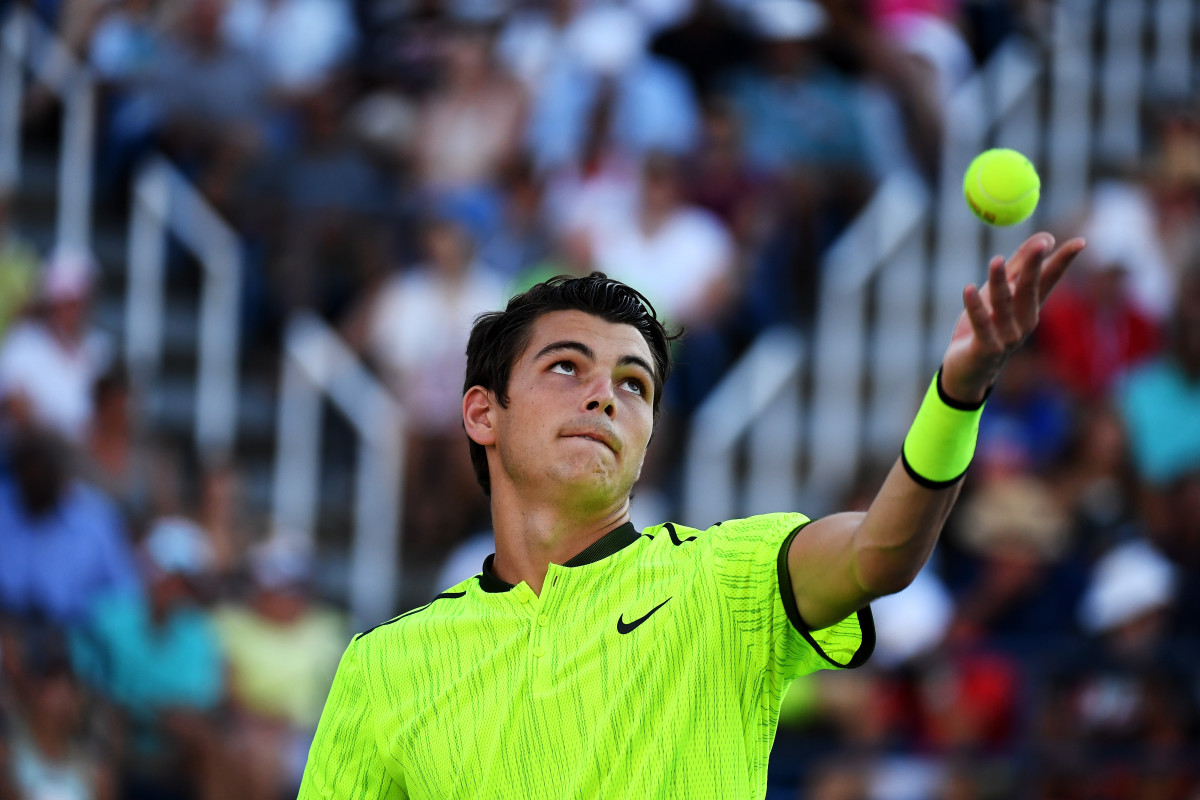
Frances Tiafoe
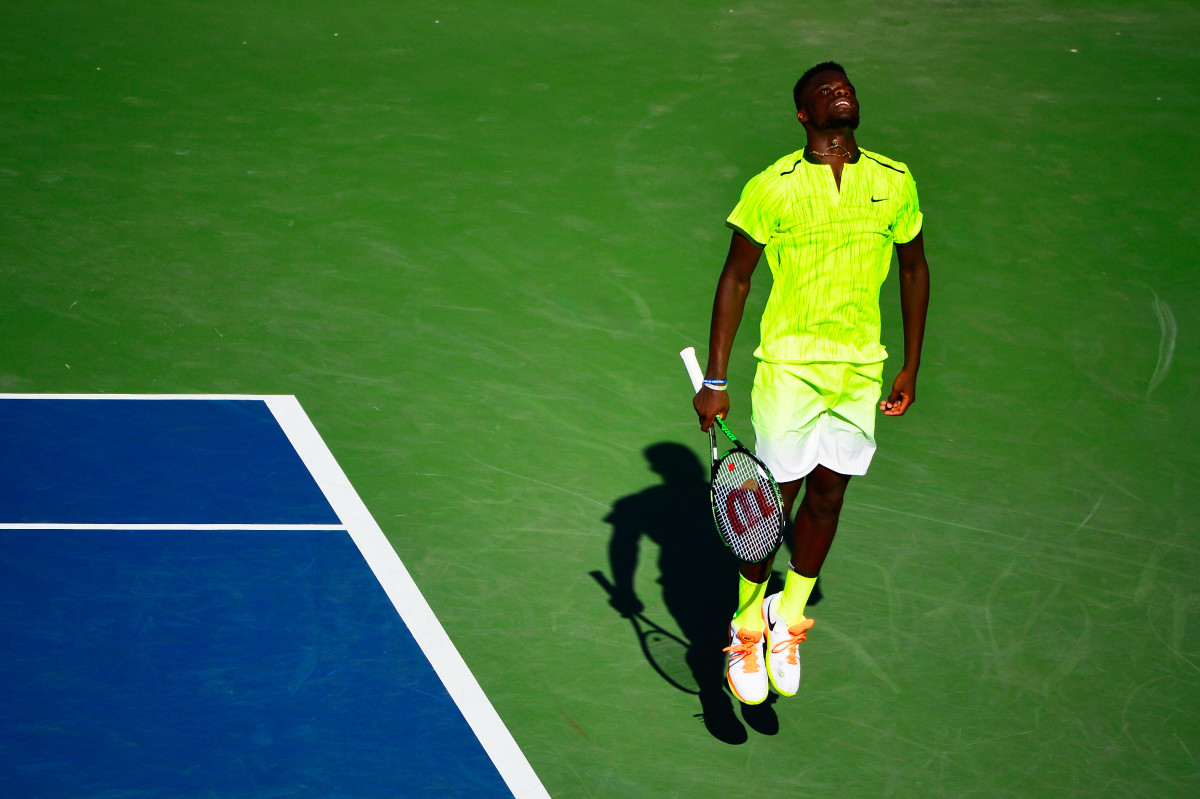
John Isner, Frances Tiafoe
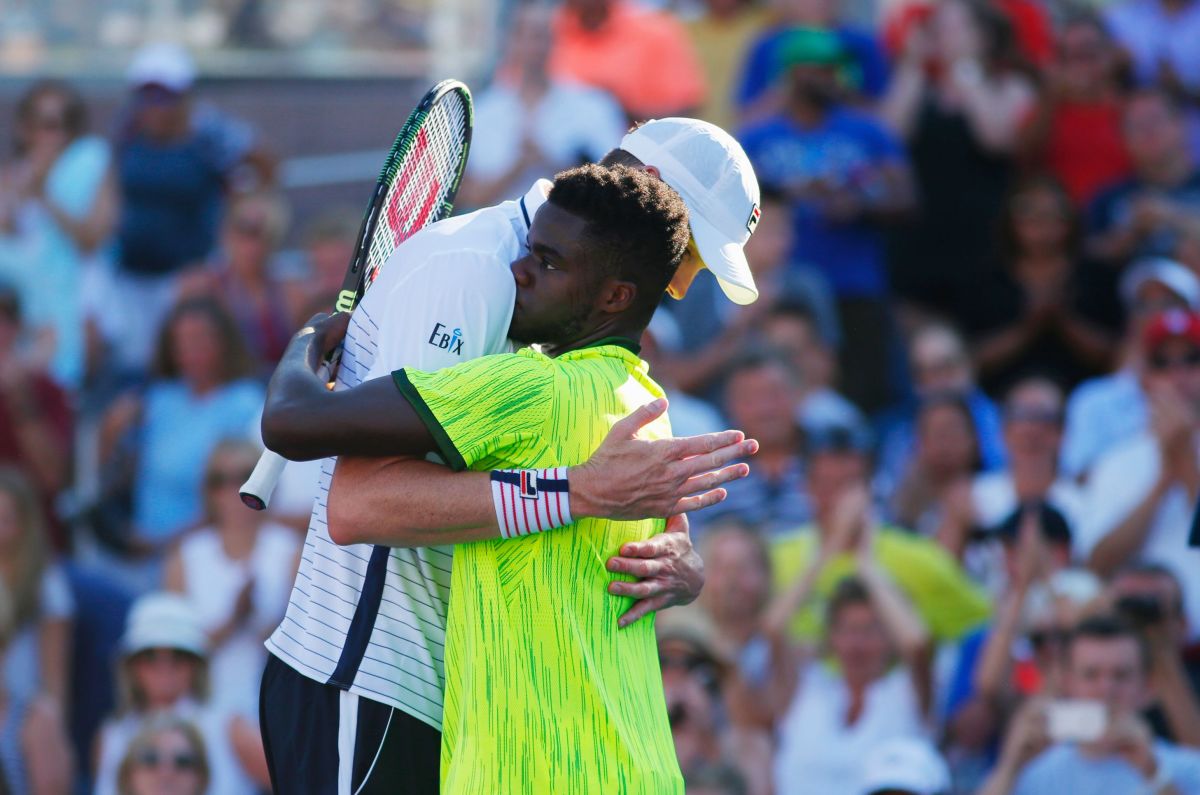
Eugenie Bouchard
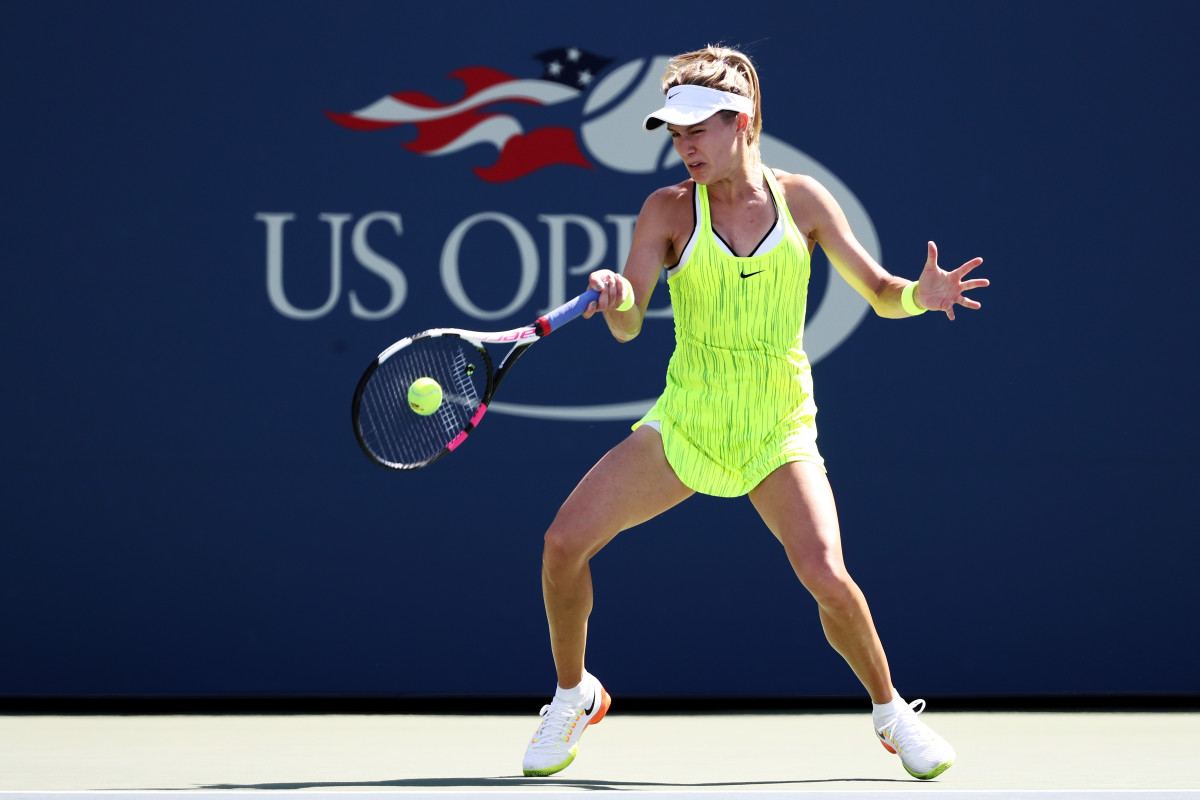
Jared Donaldson
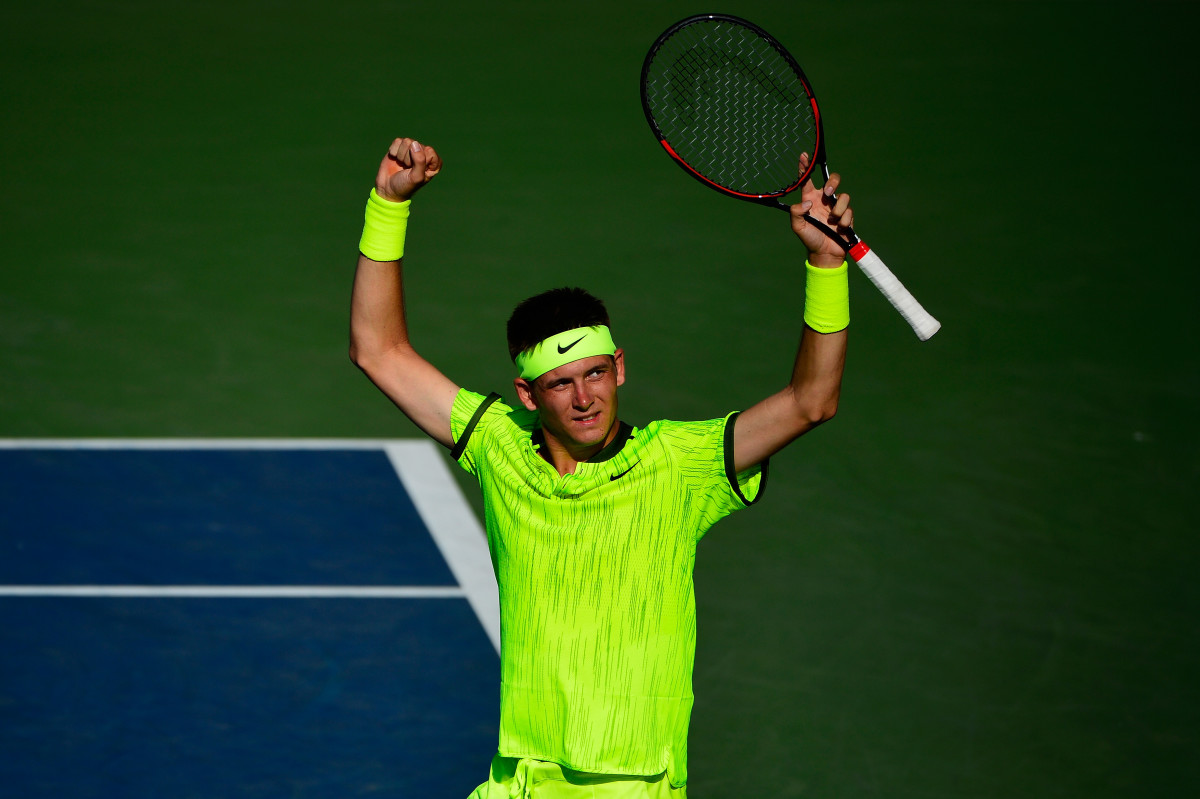
Kiki Mladenovic
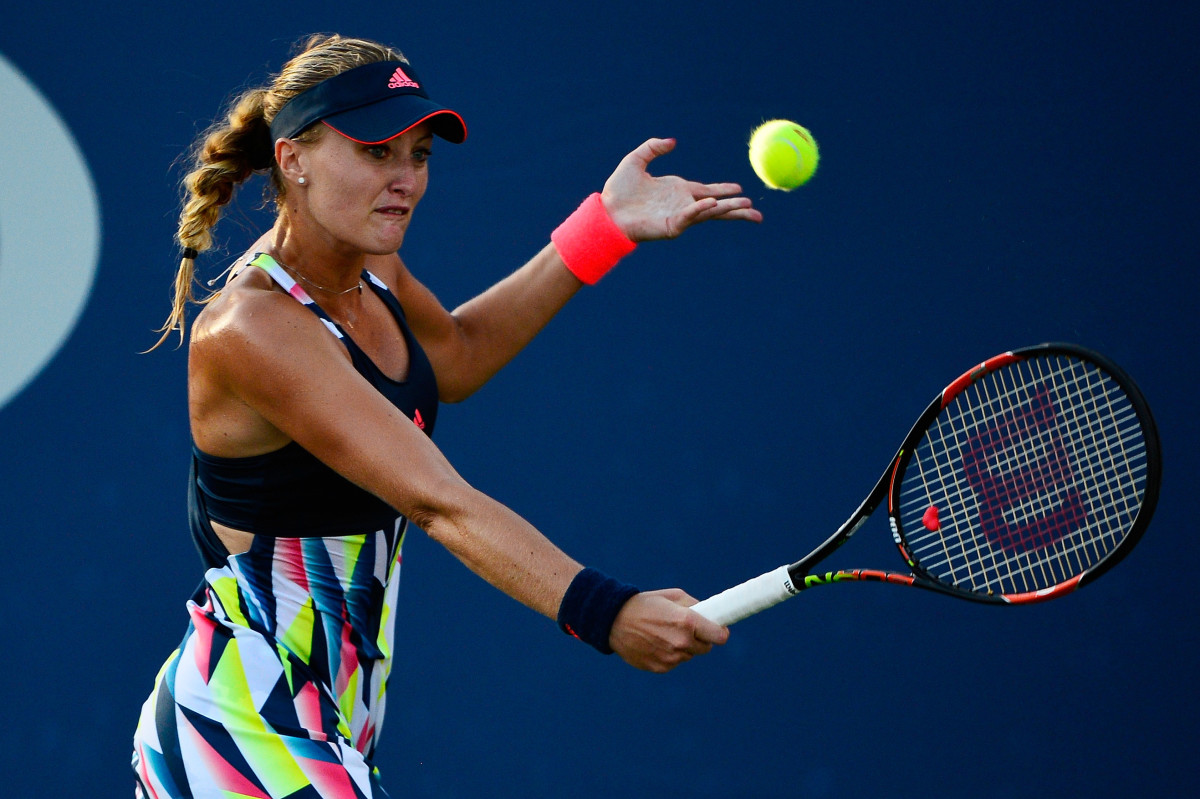
Milos Raonic
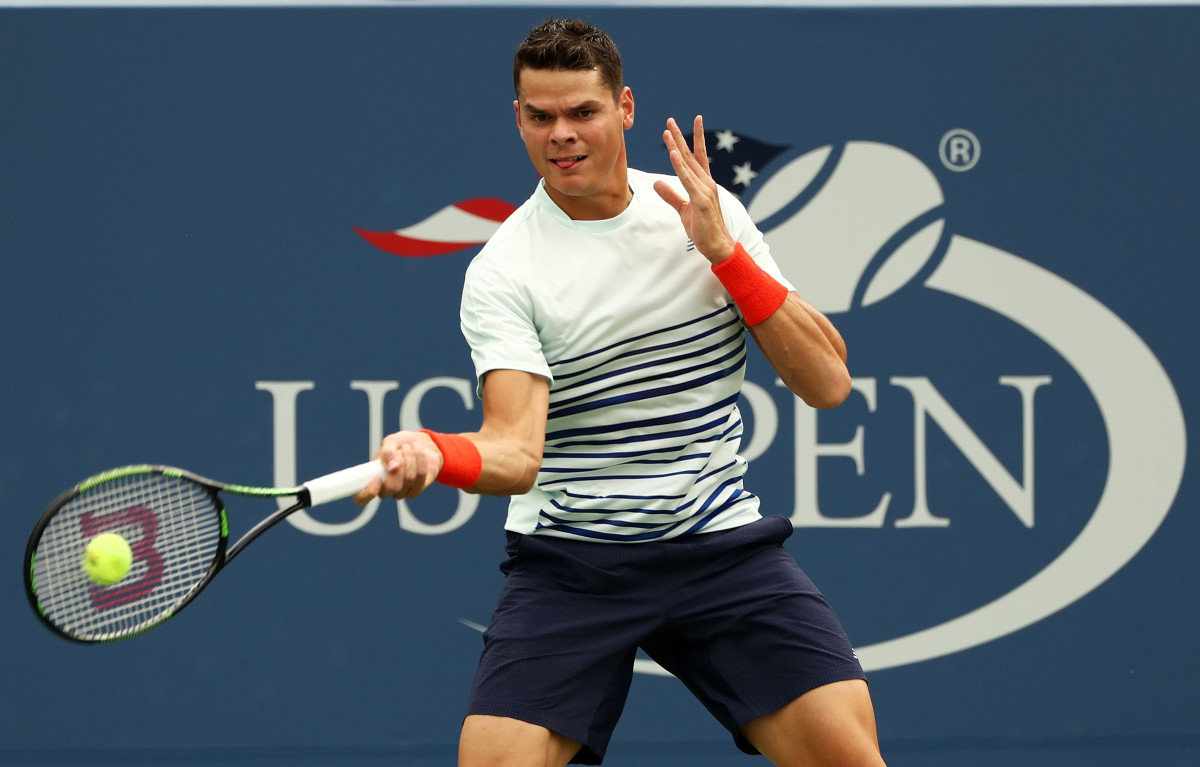
Johanna Konta

Ryan Harrison
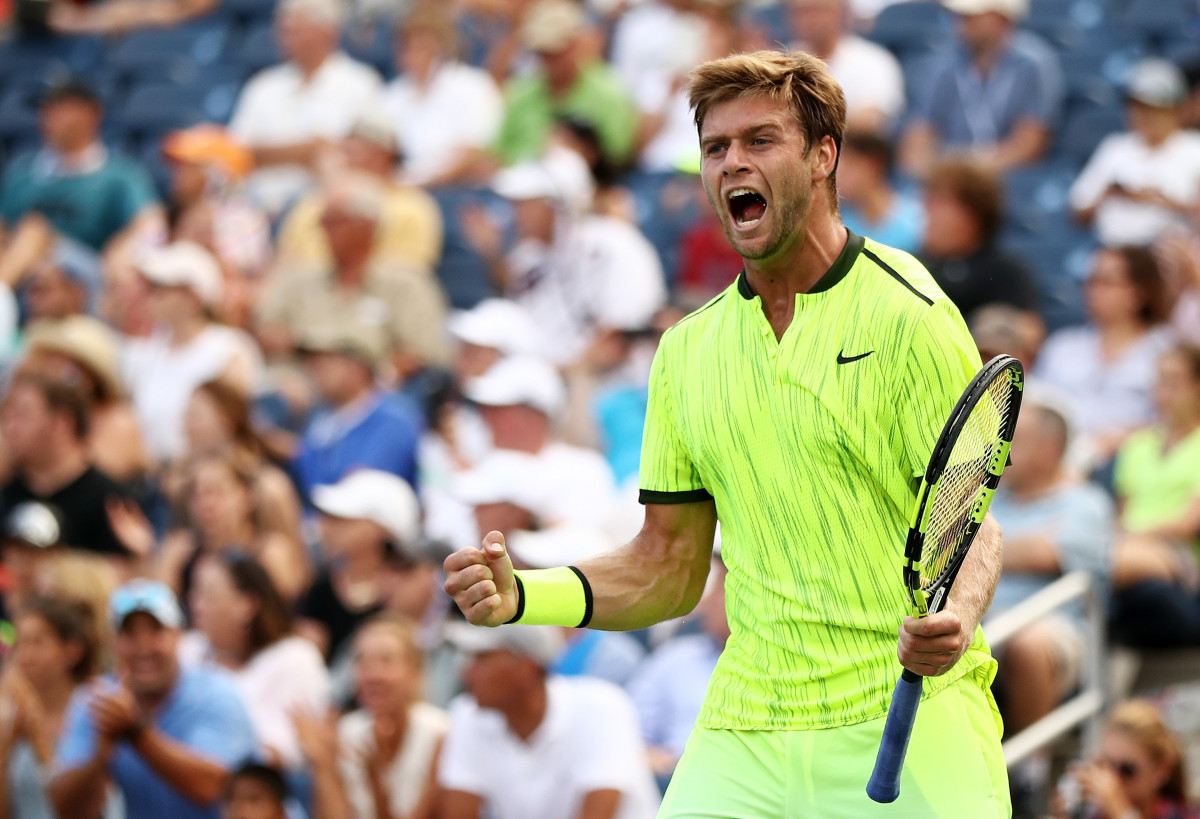
Garbine Muguruza
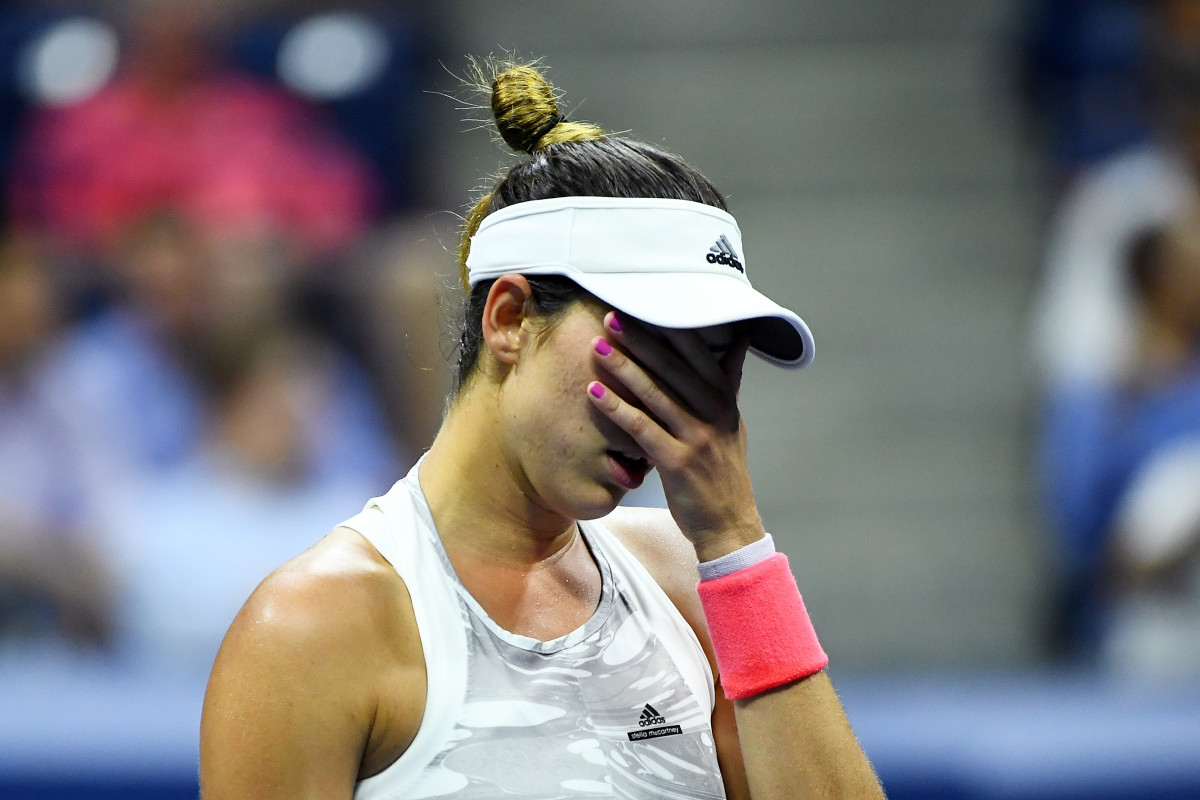
Anastasija Sevastova, Garbine Muguruza
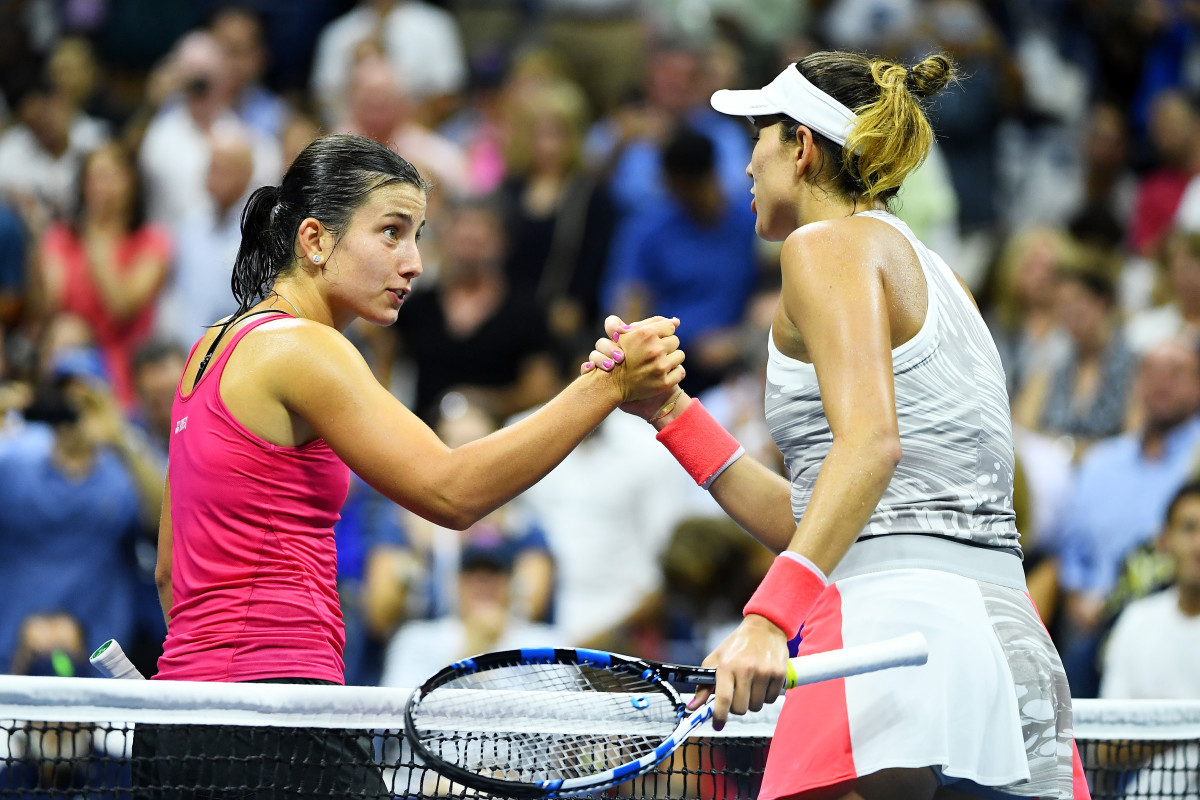
Madison Keys
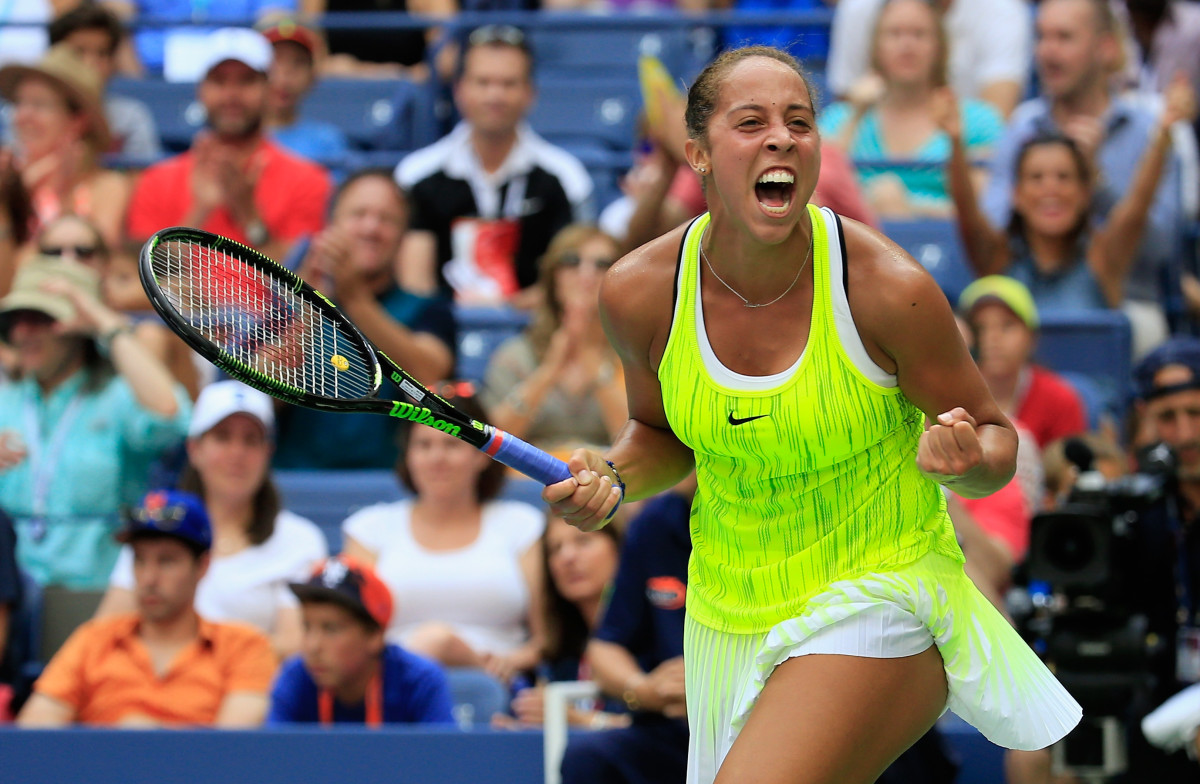
Dominika Cibulkova
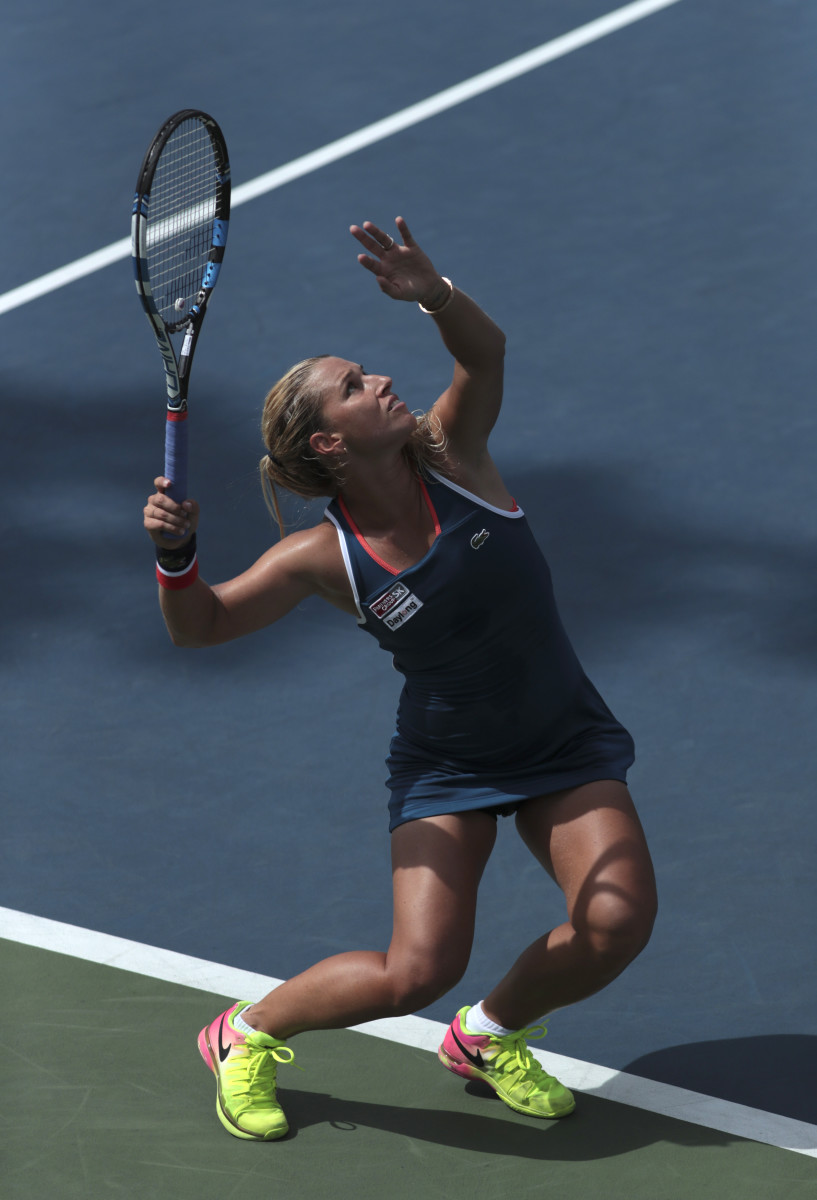
Dominika Cibulkova
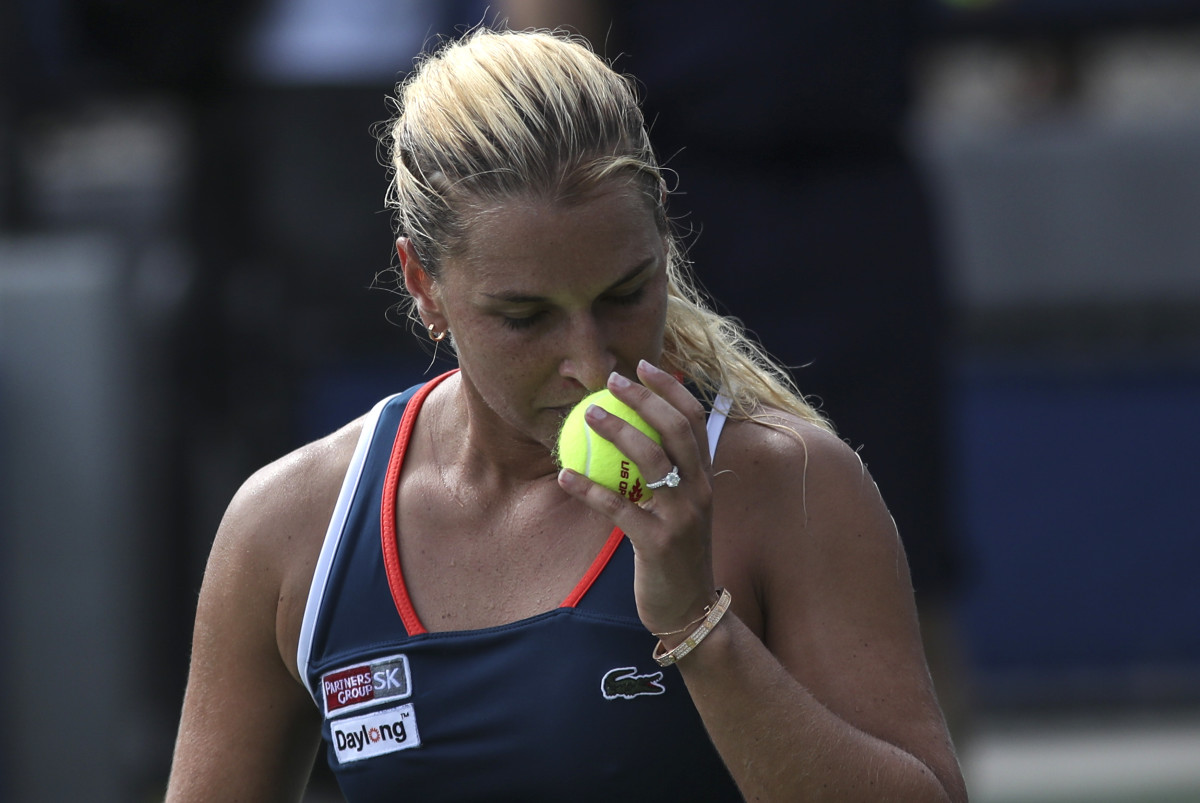
Madison Keys
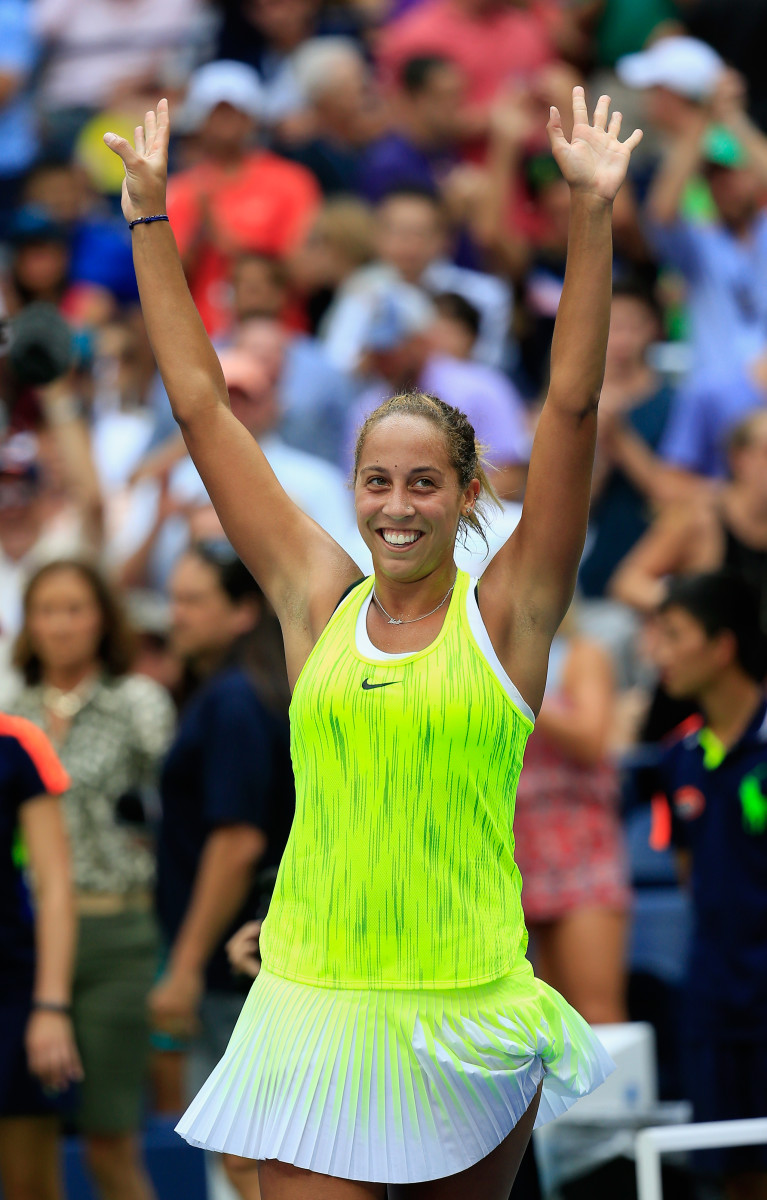
Belinda Bencic
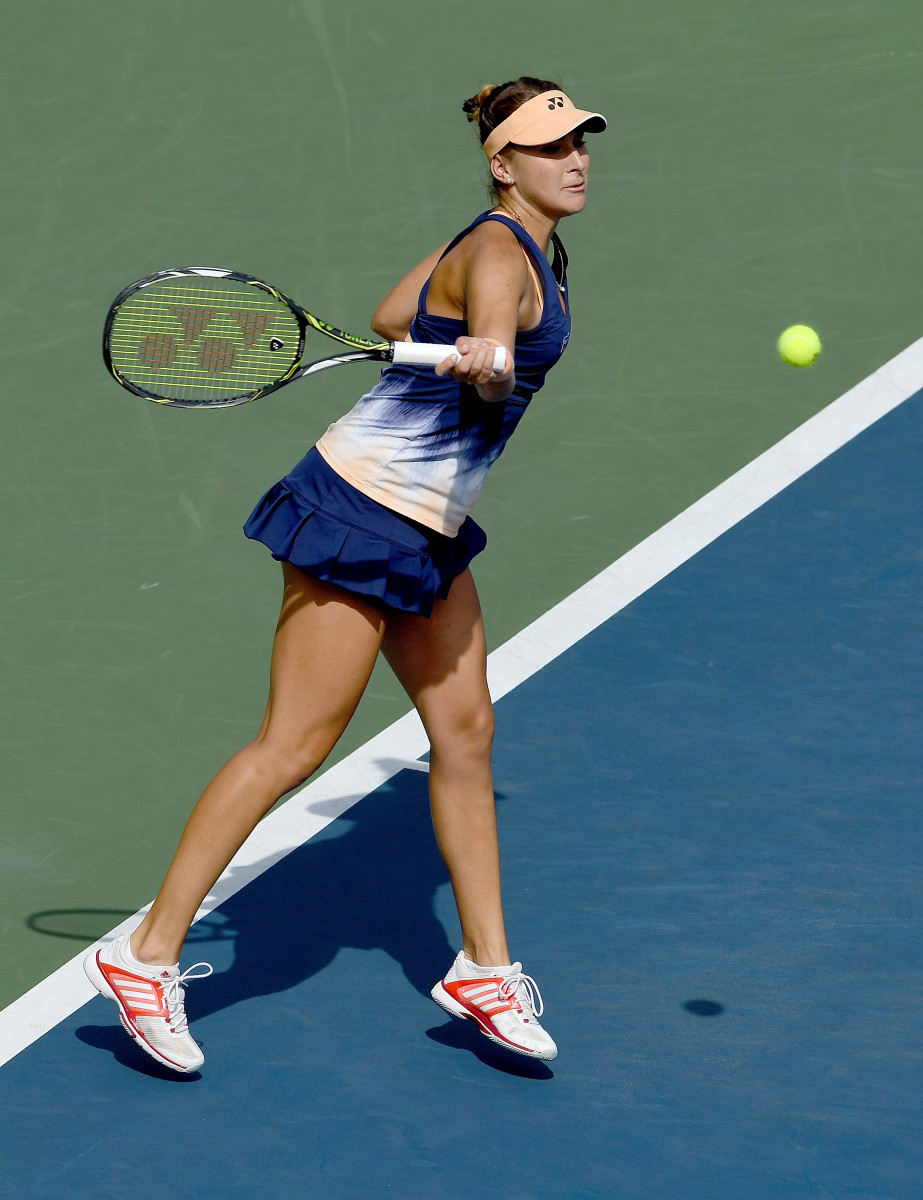
Marin Cilic
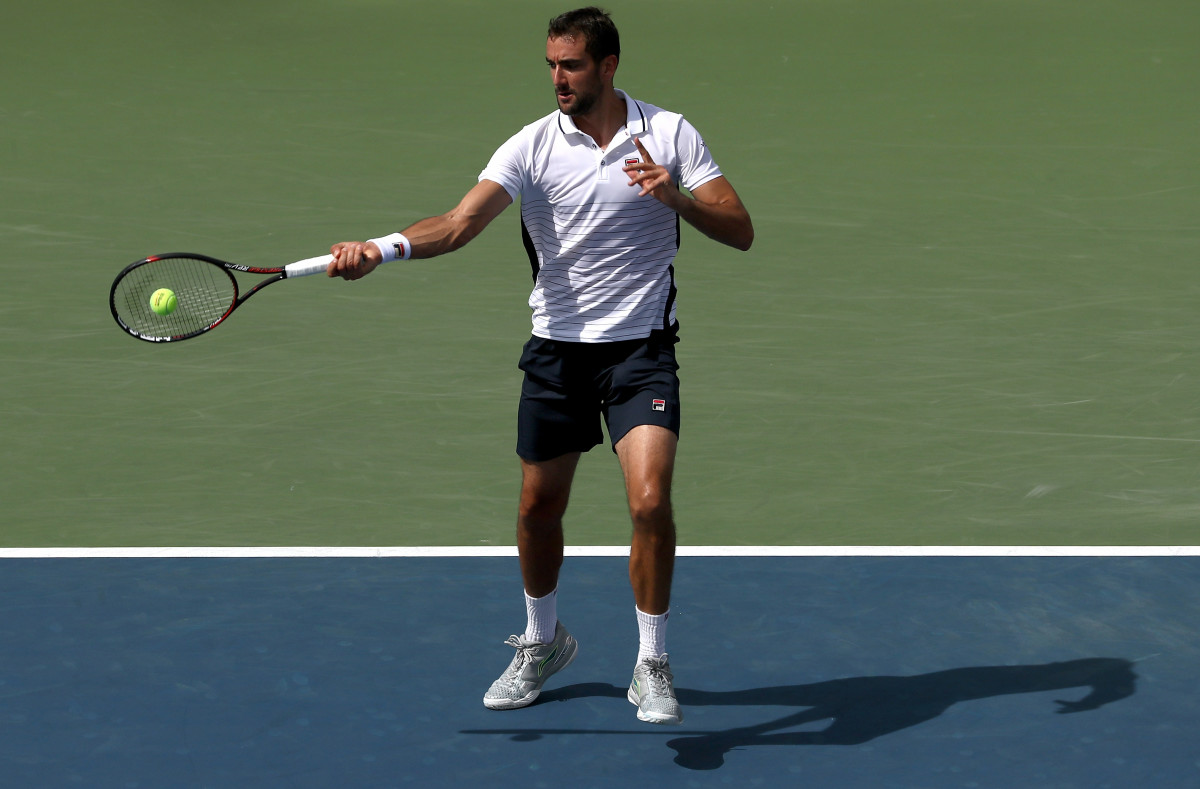
Naomi Osaka
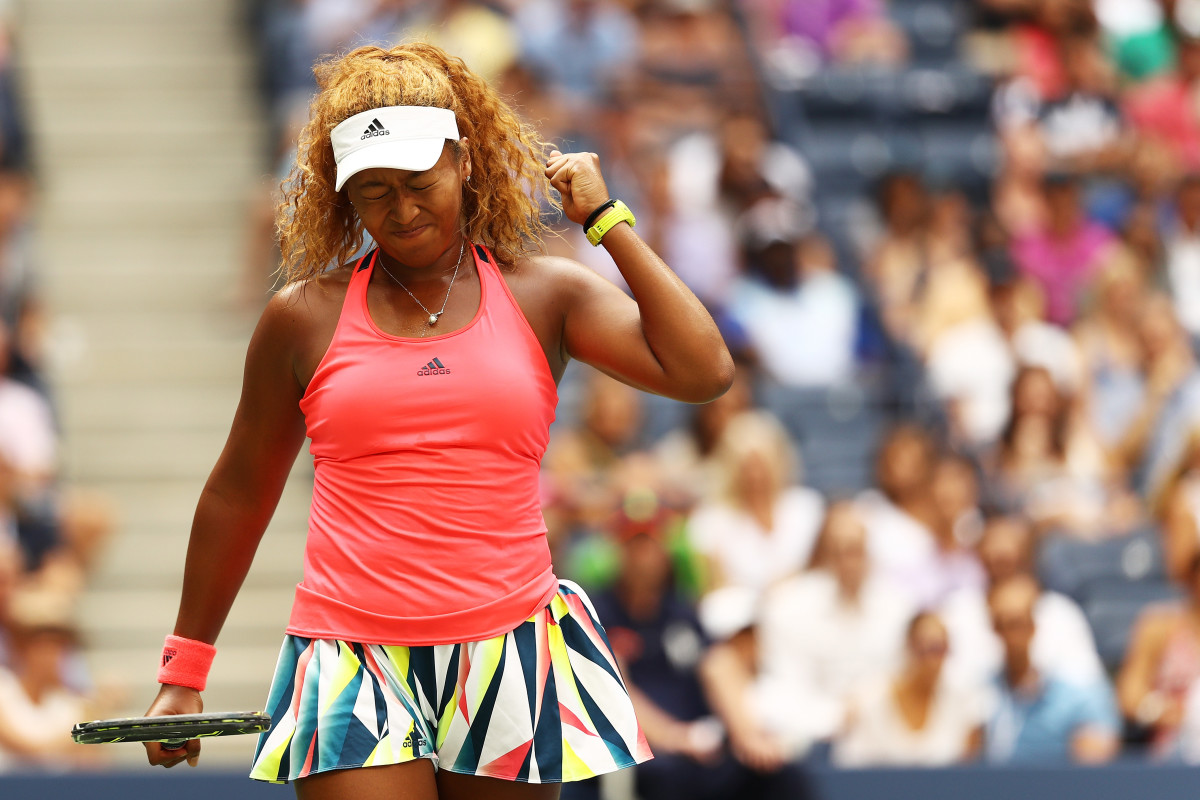
Naomi Osaka
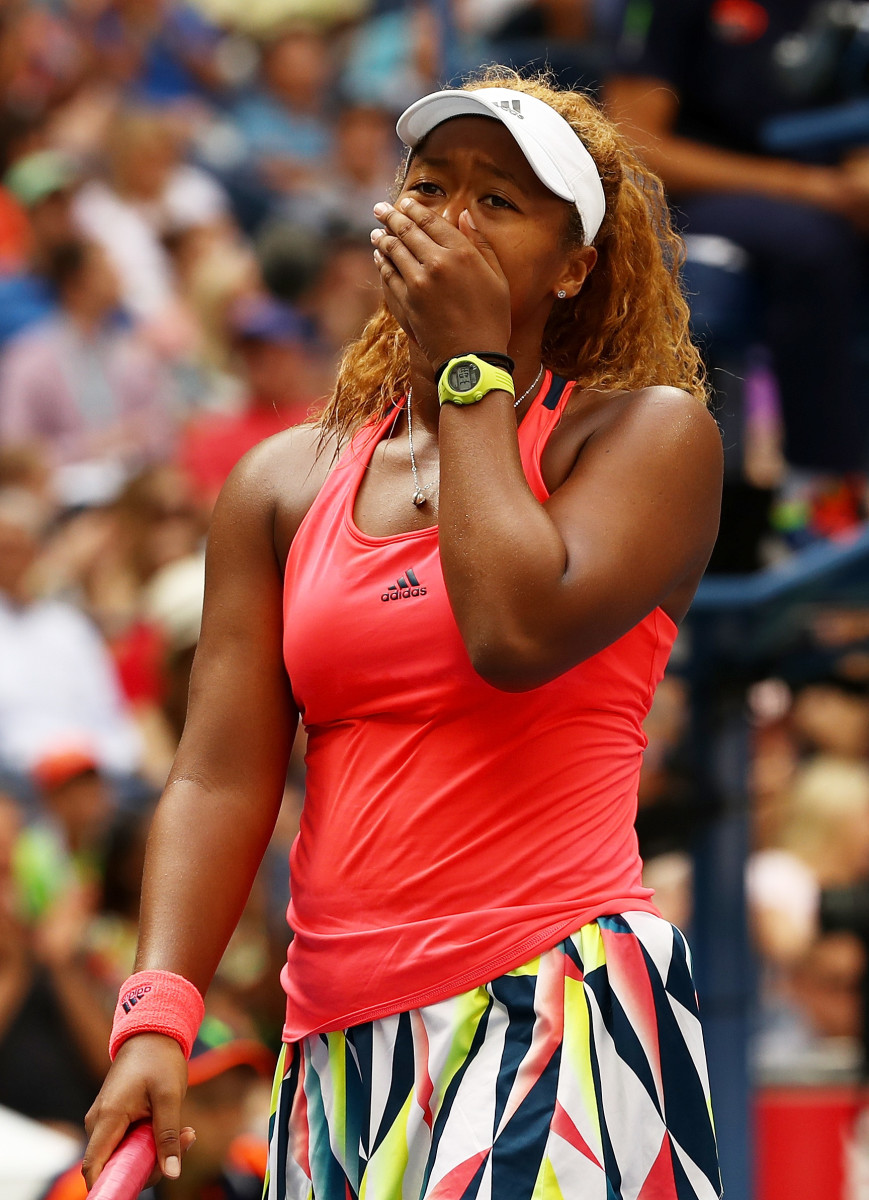
CiCi Bellis
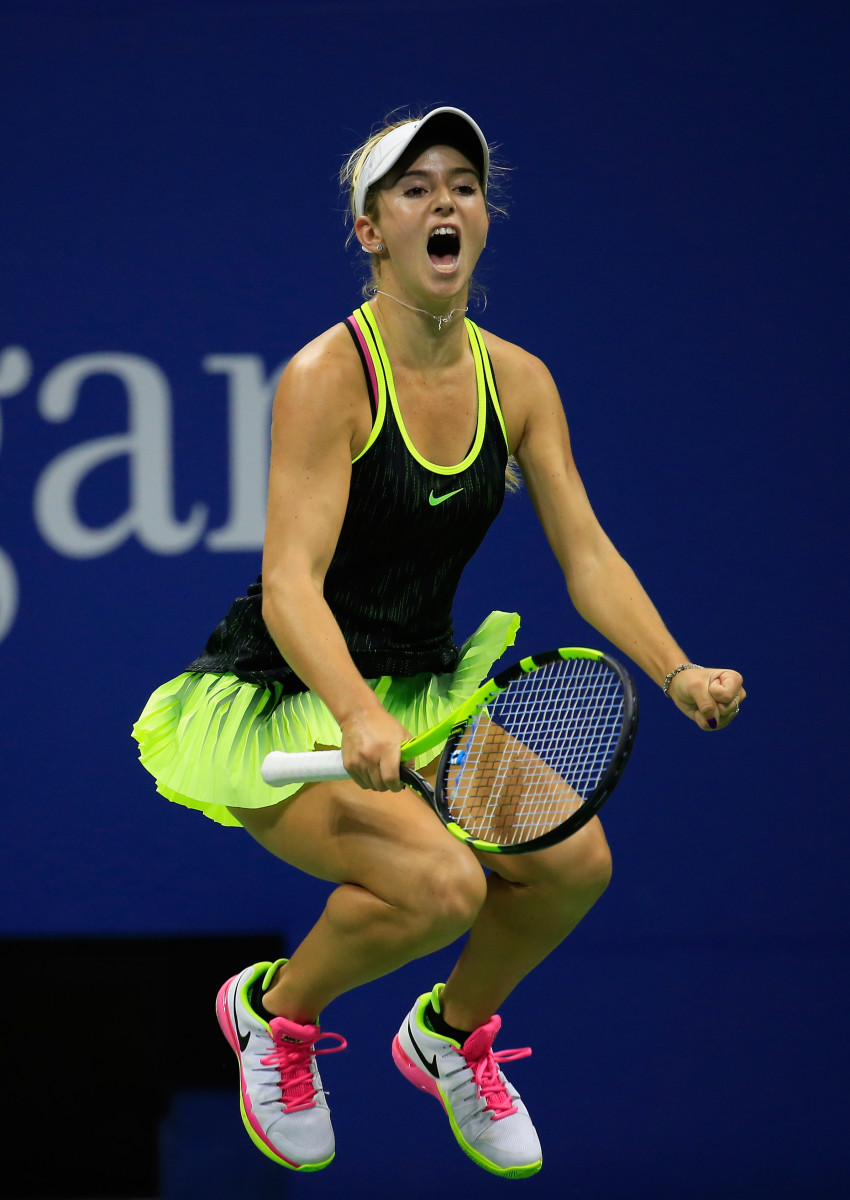
Marcos Bahgdatis
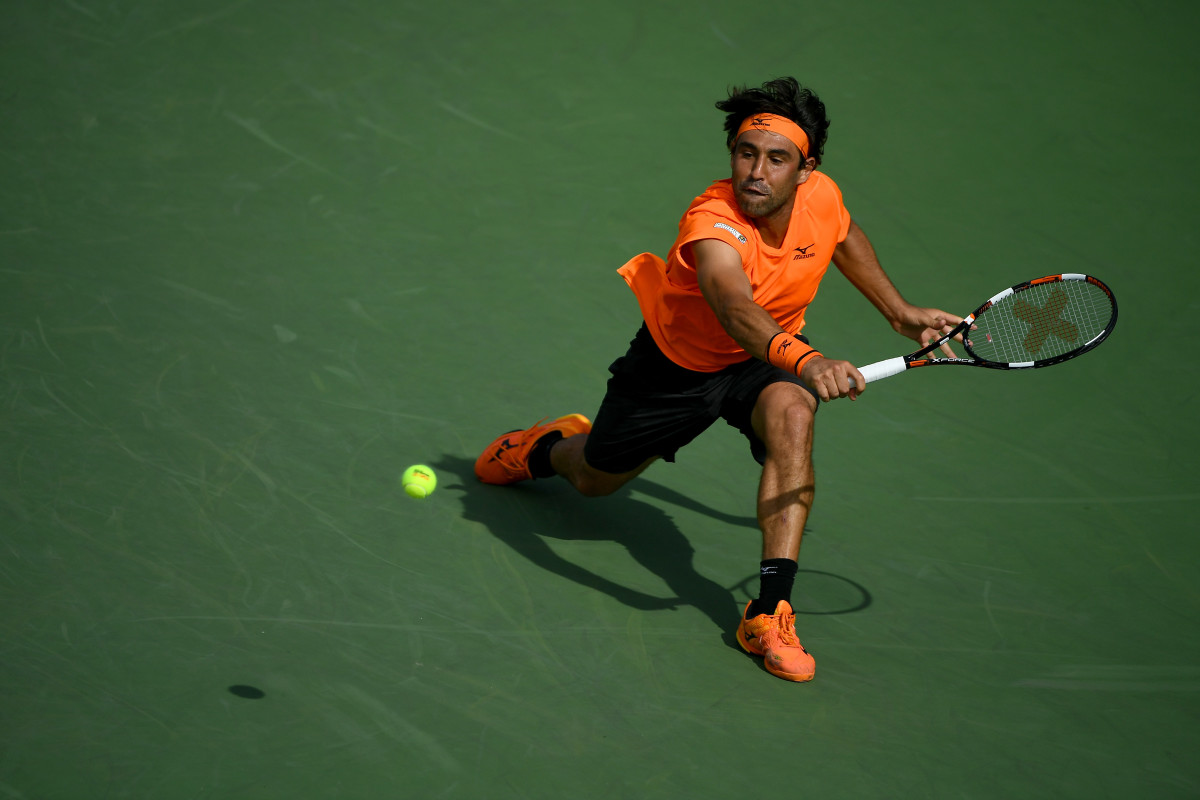
Ryan Harrison
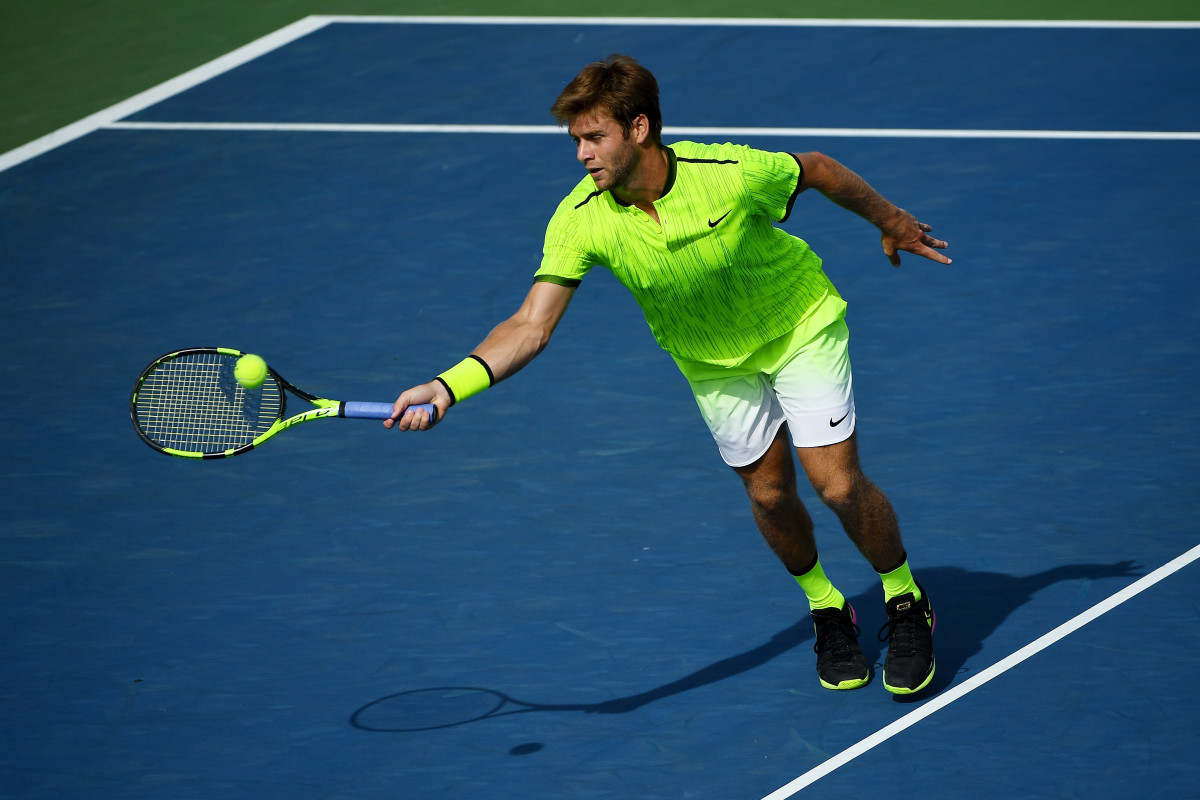
John Isner
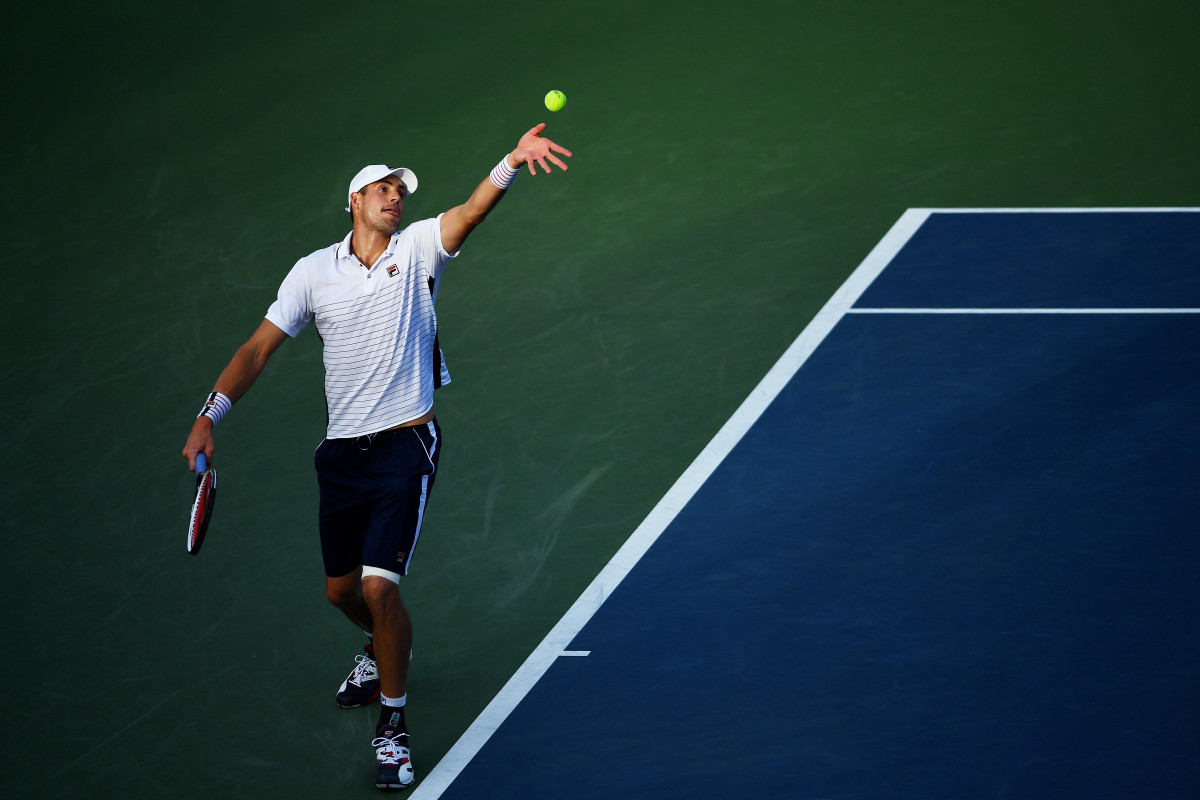
Ilya Marchenko
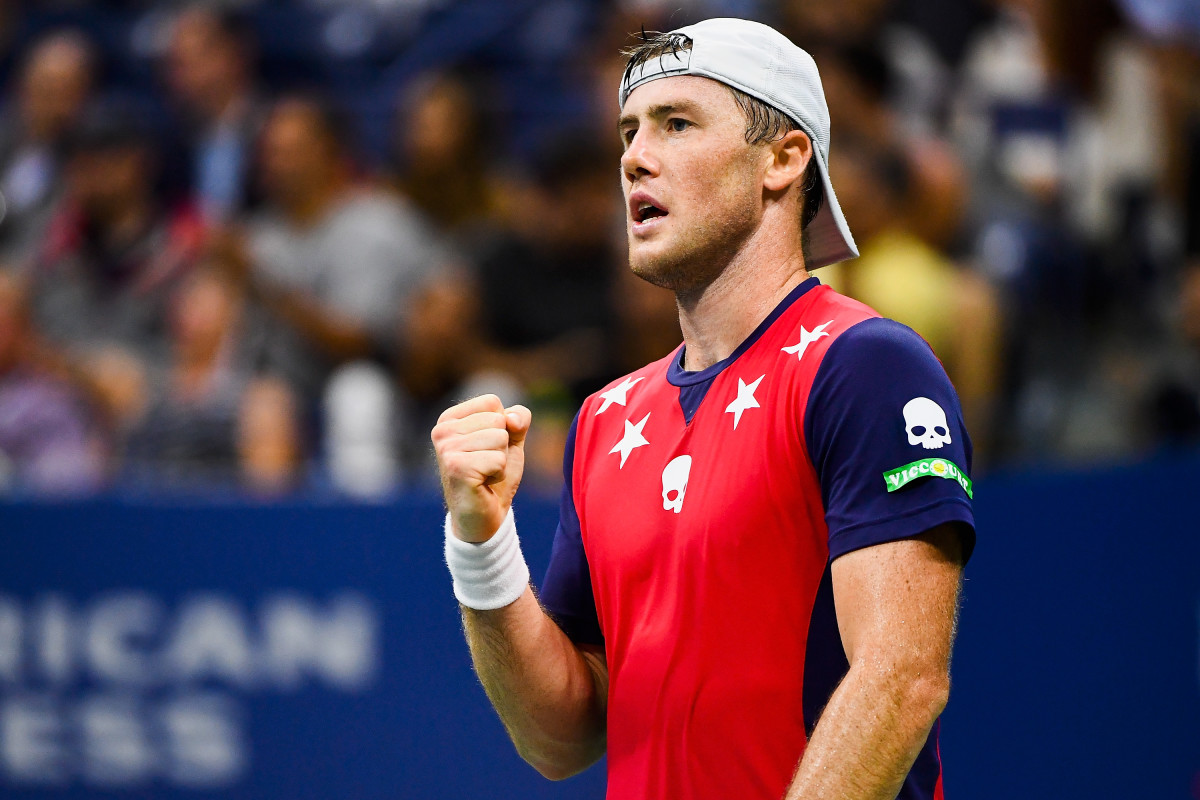
Nick Kyrgios
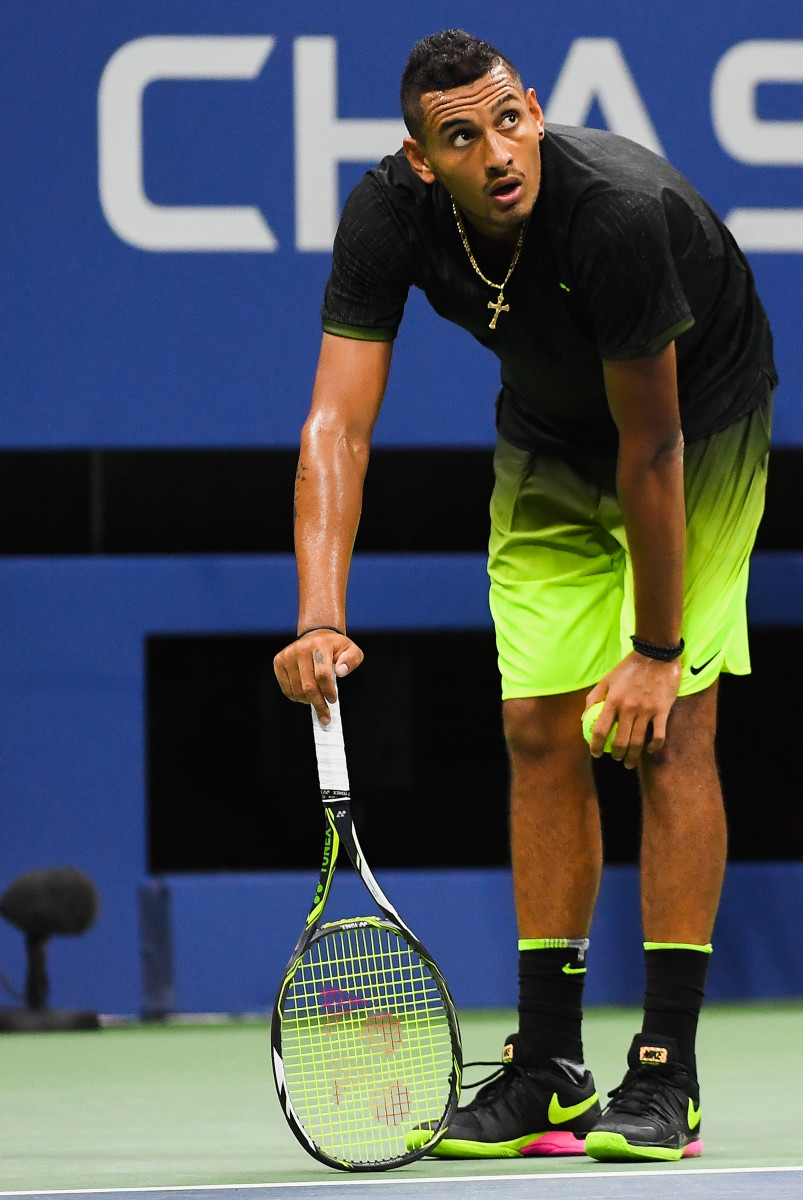
Nick Kyrgios
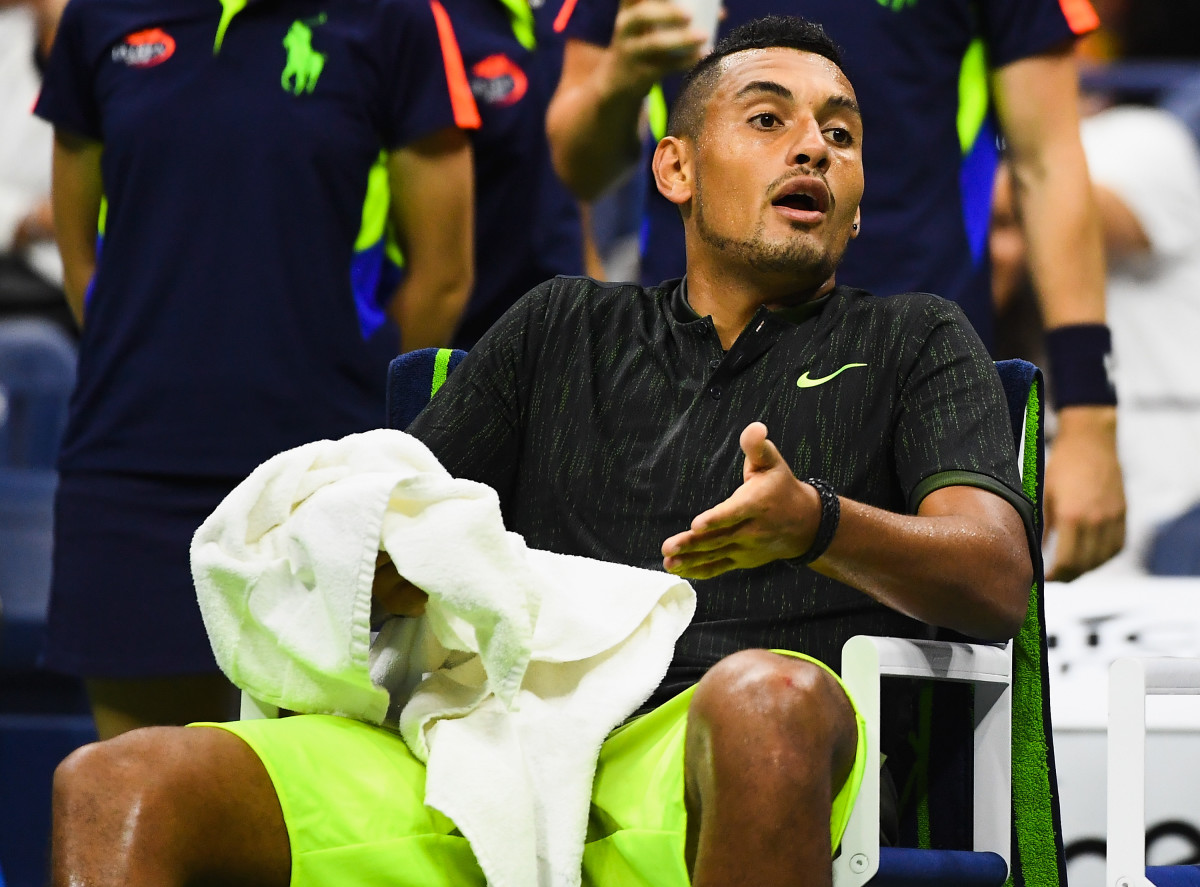
Johanna Konta
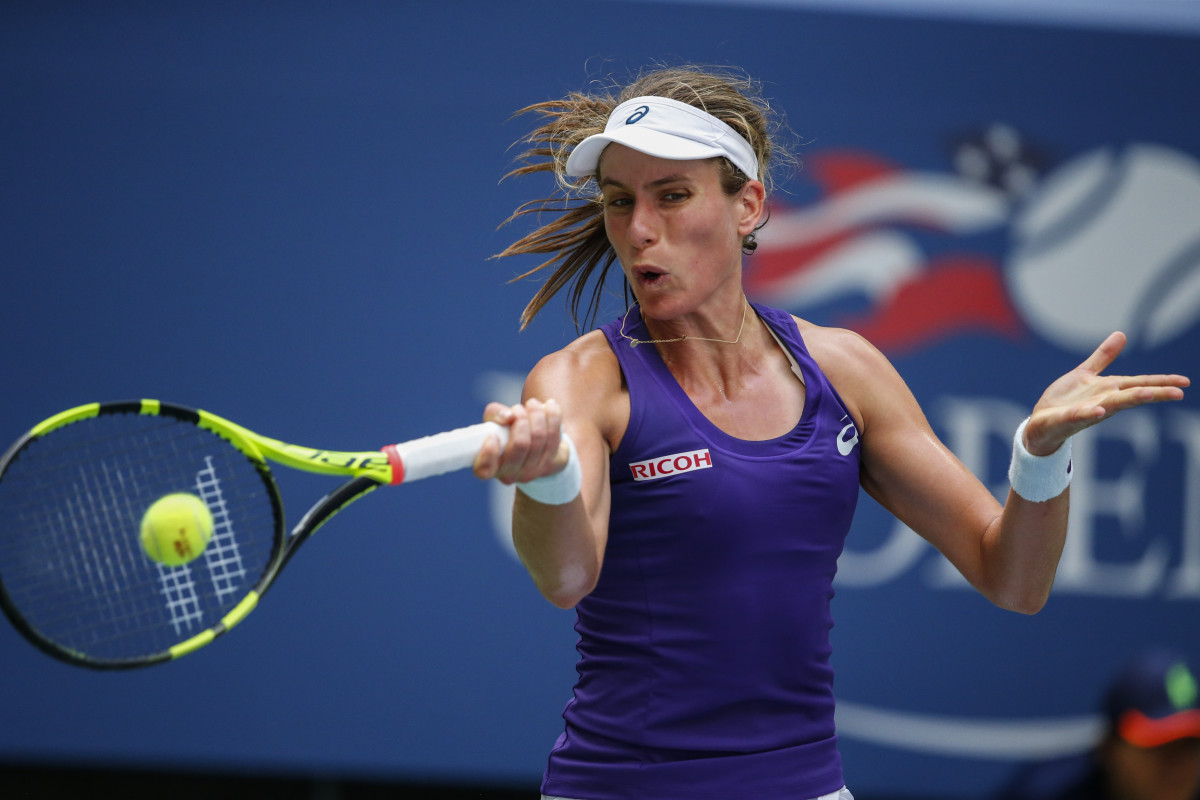
Rafael Nadal
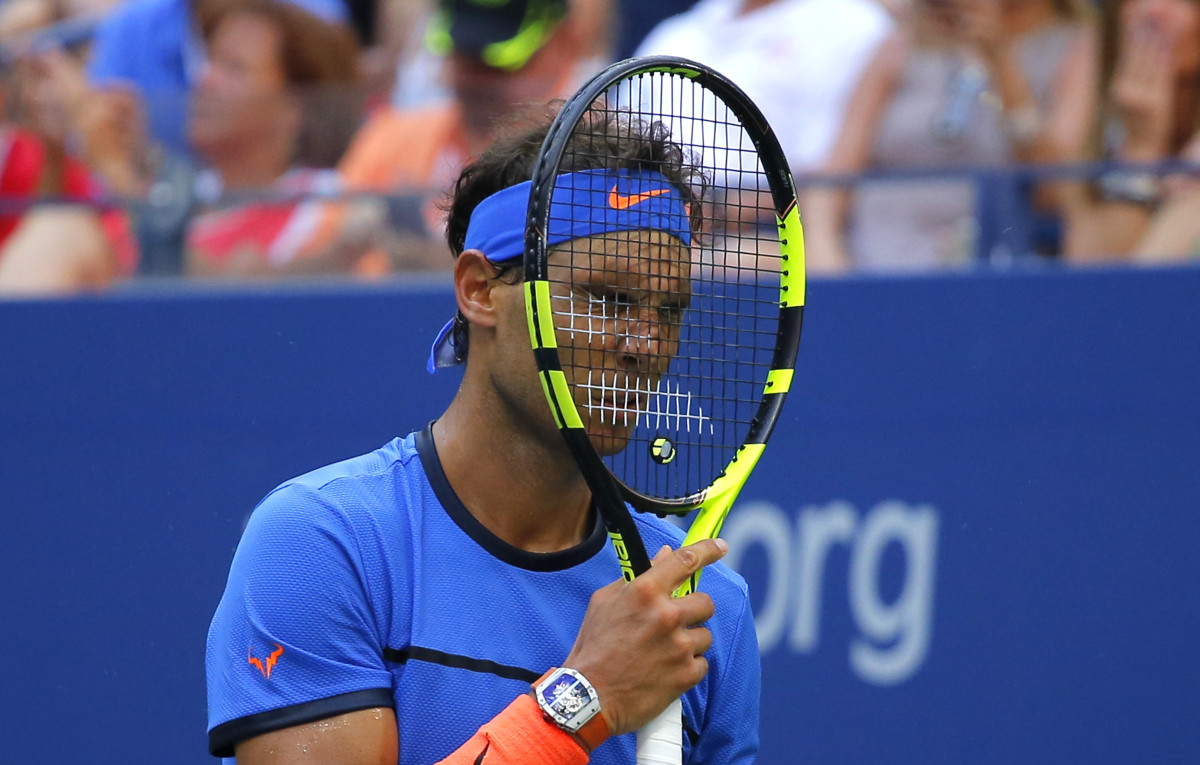
Jack Sock
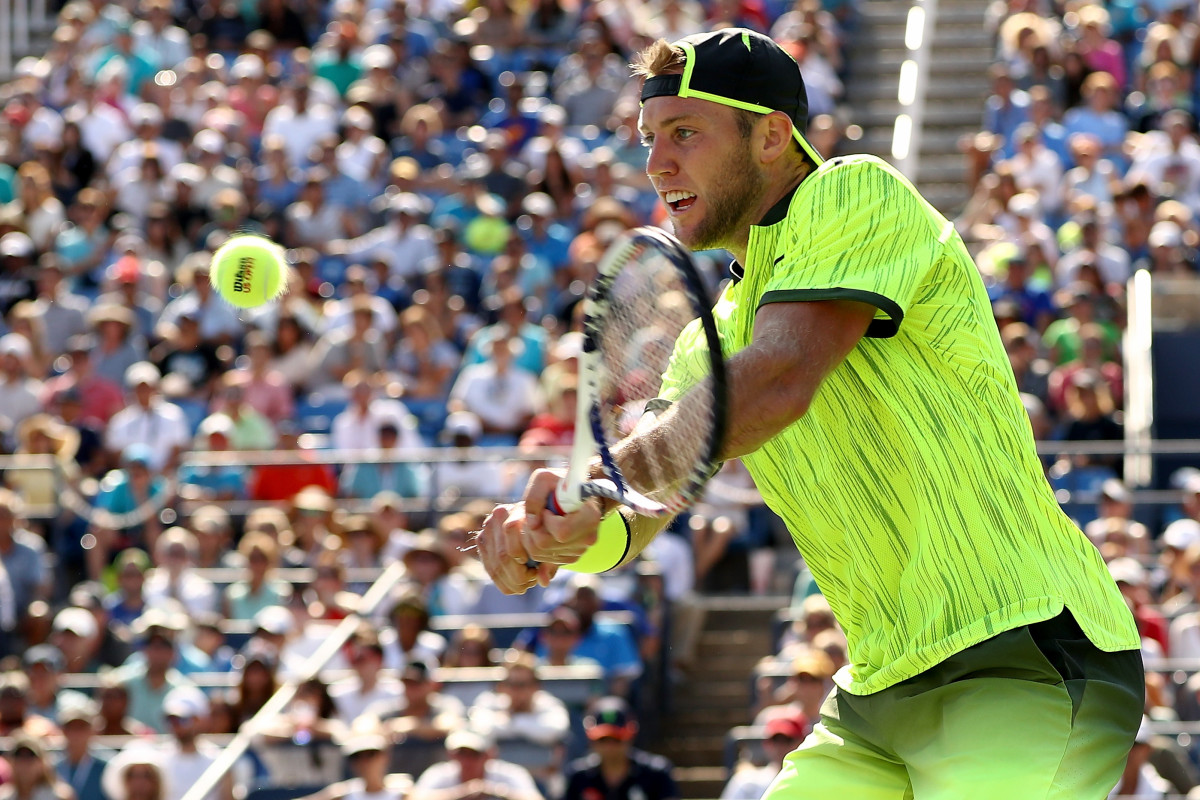
Rafael Nadal
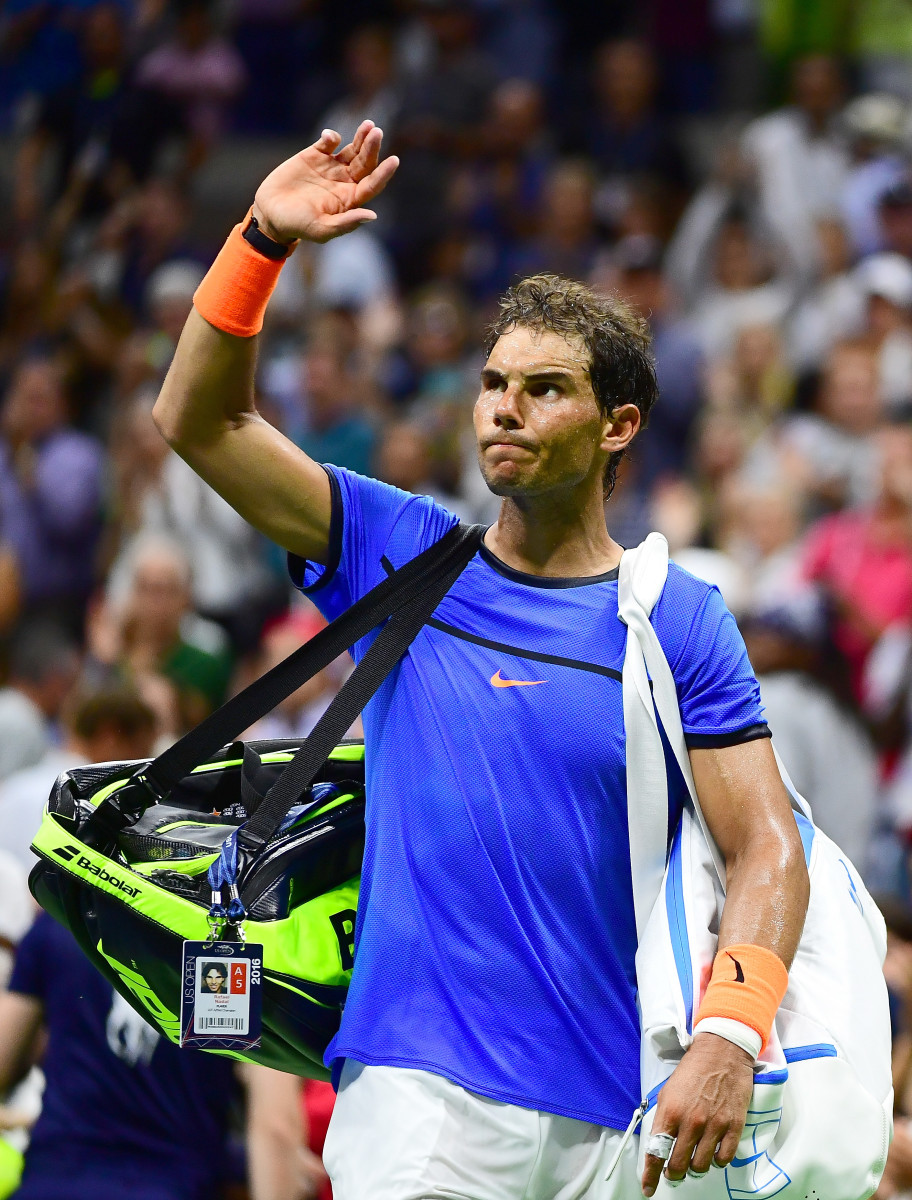
Lucas Pouille
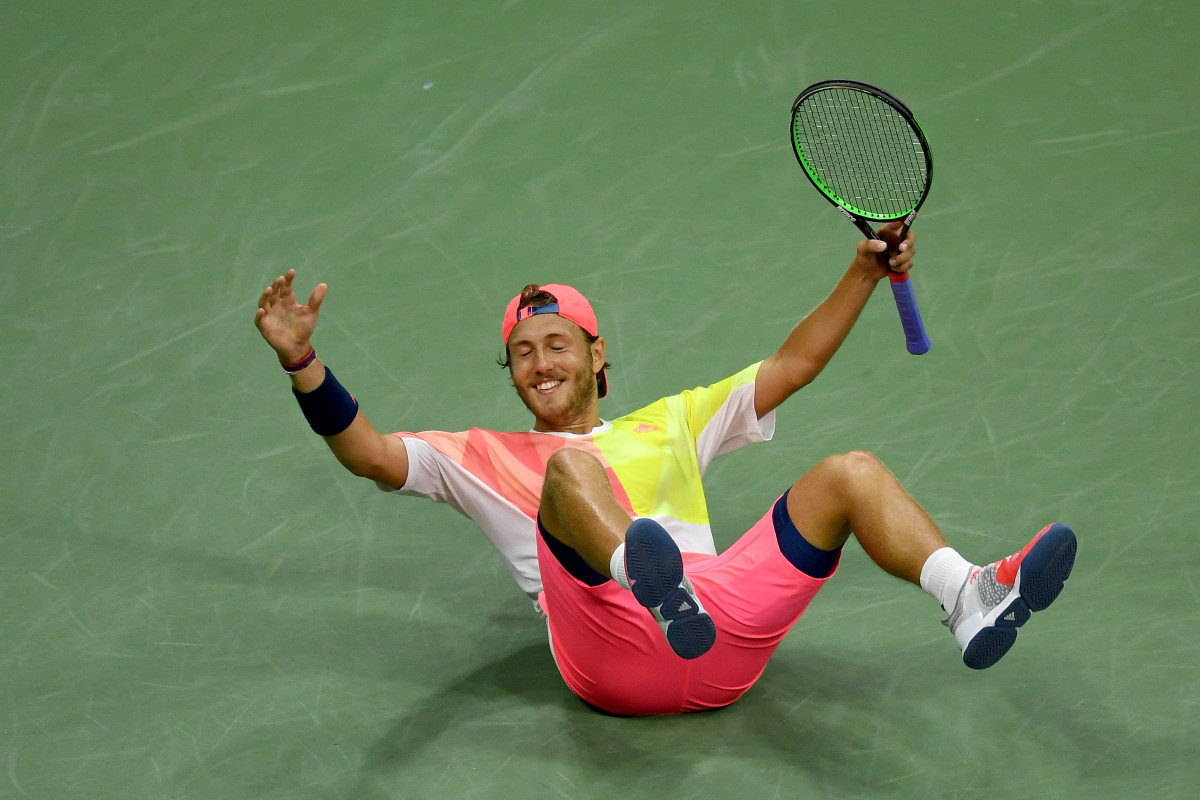
Lucas Pouille, Rafael Nadal
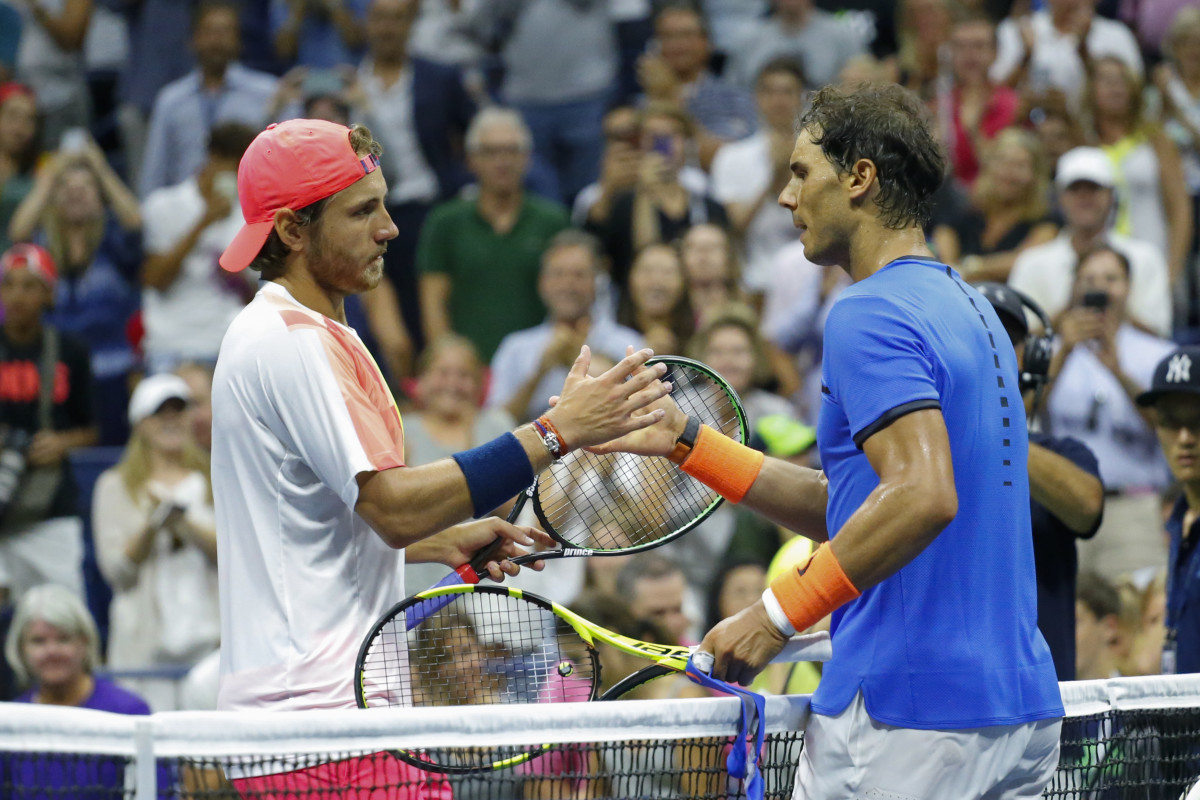
Rafael Nadal
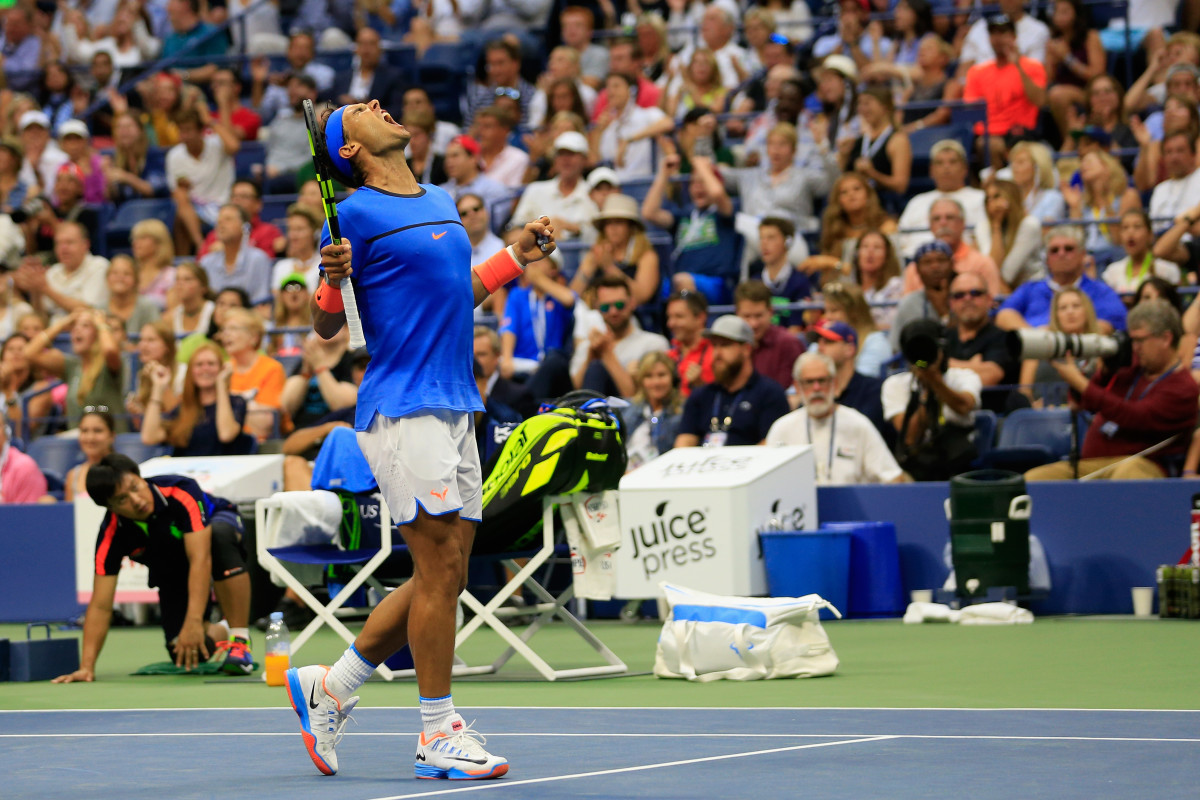

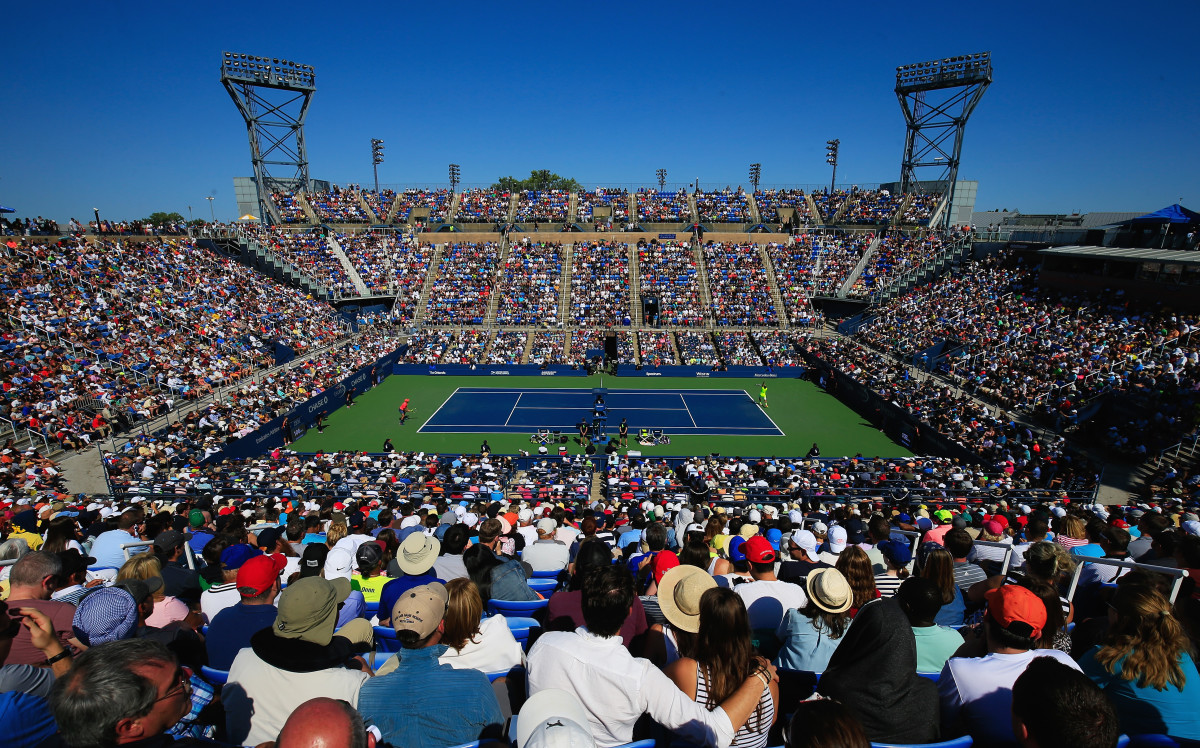
Kyle Edmunds
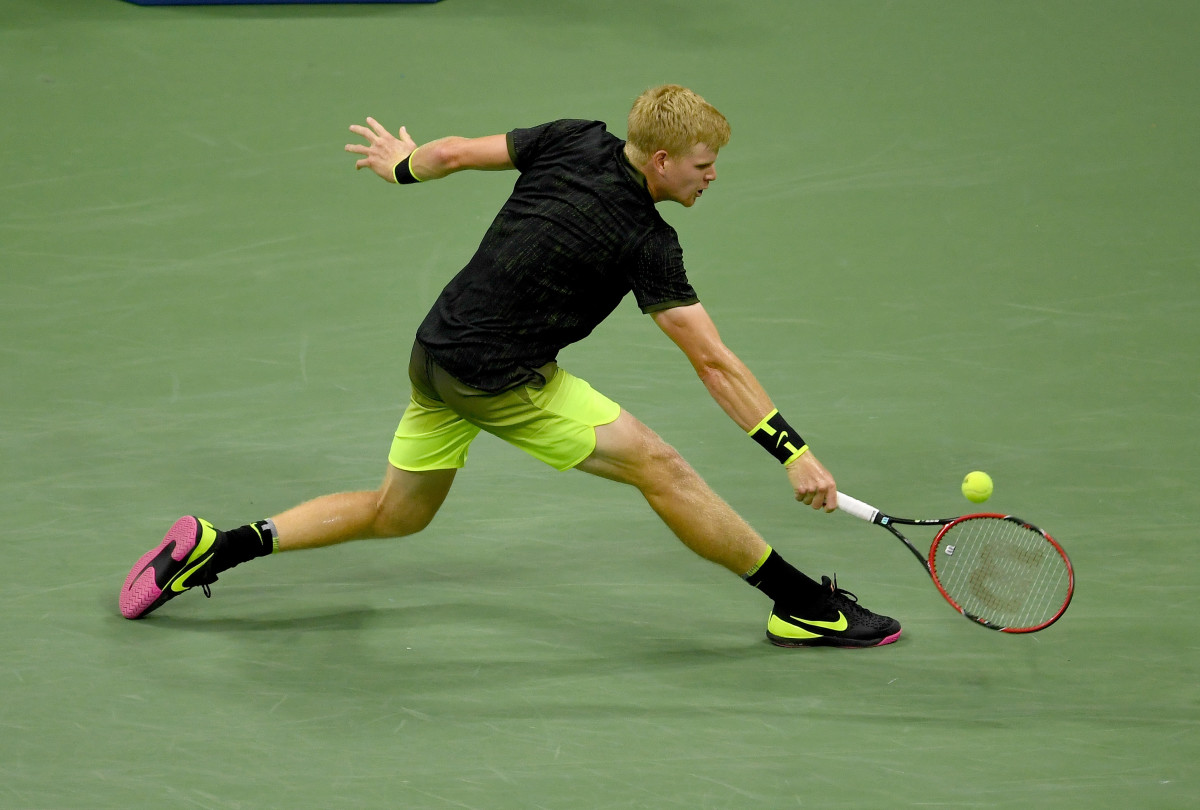
Juan Martin del Potro
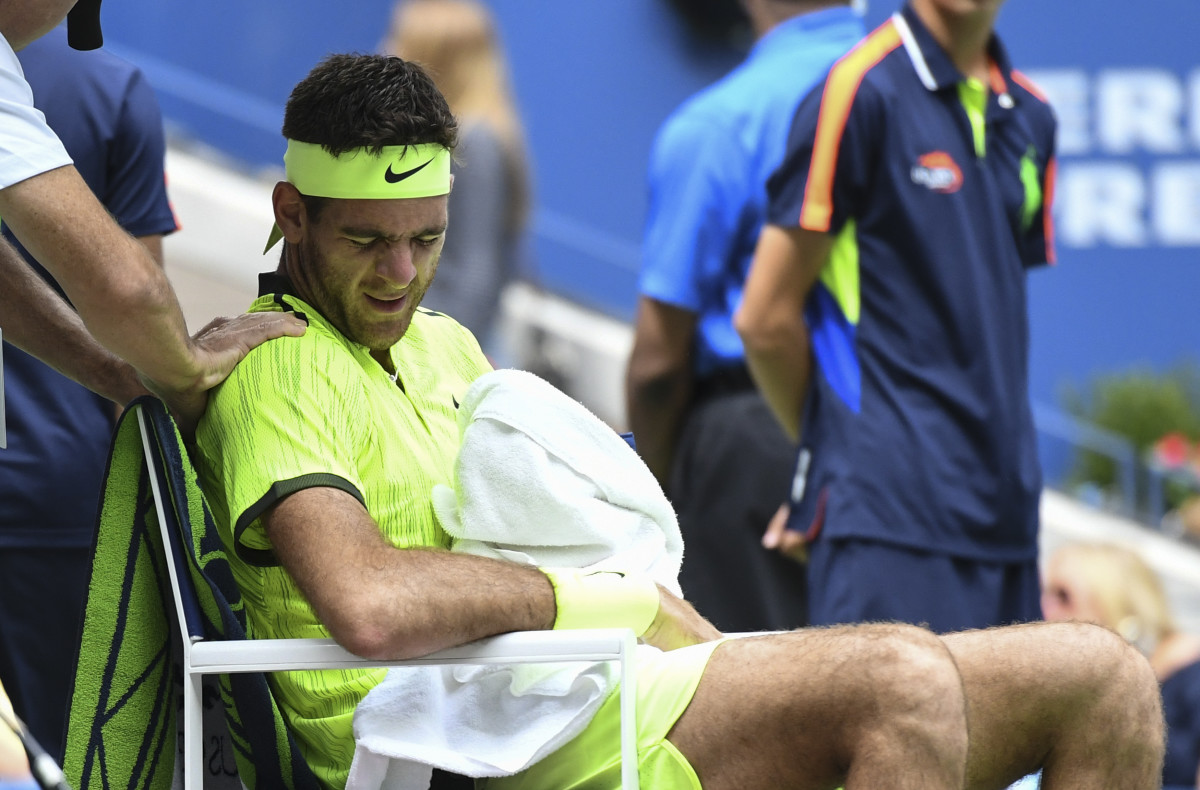
Dominic Thiem
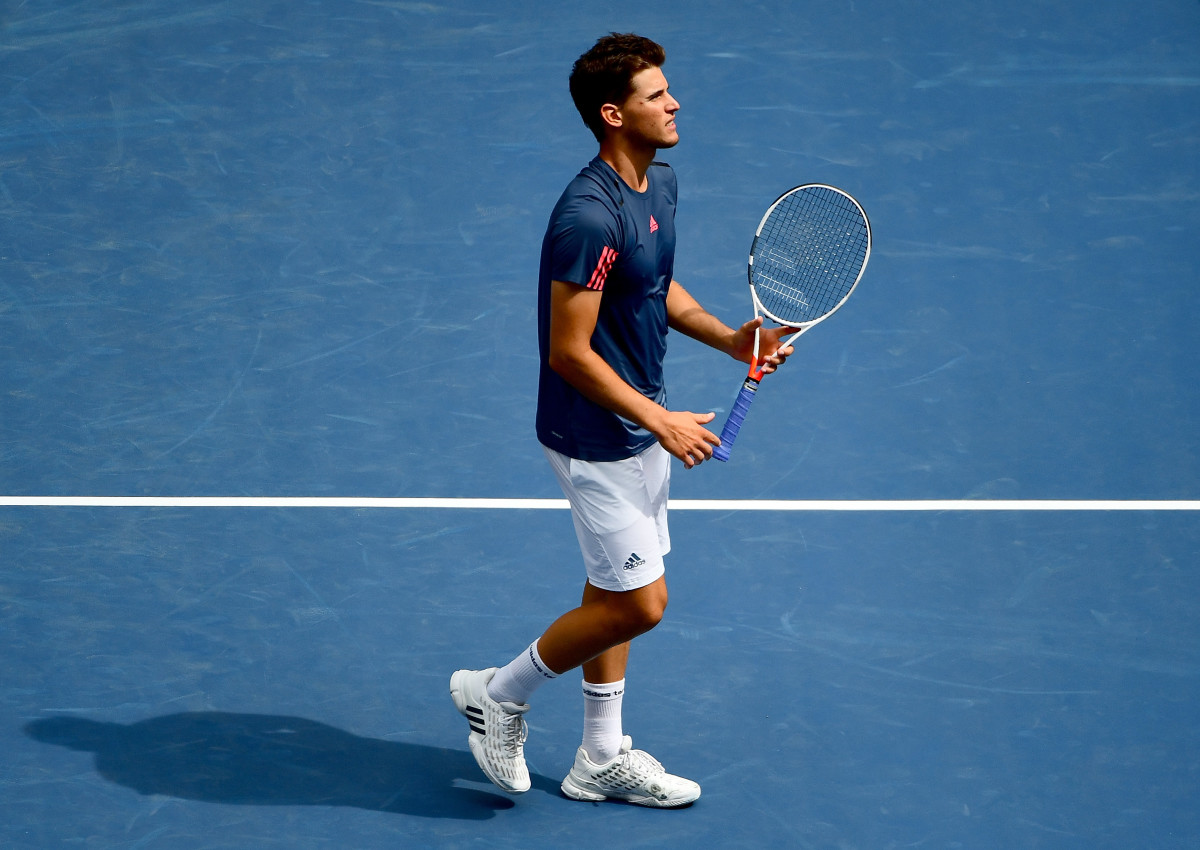
Venus Williams
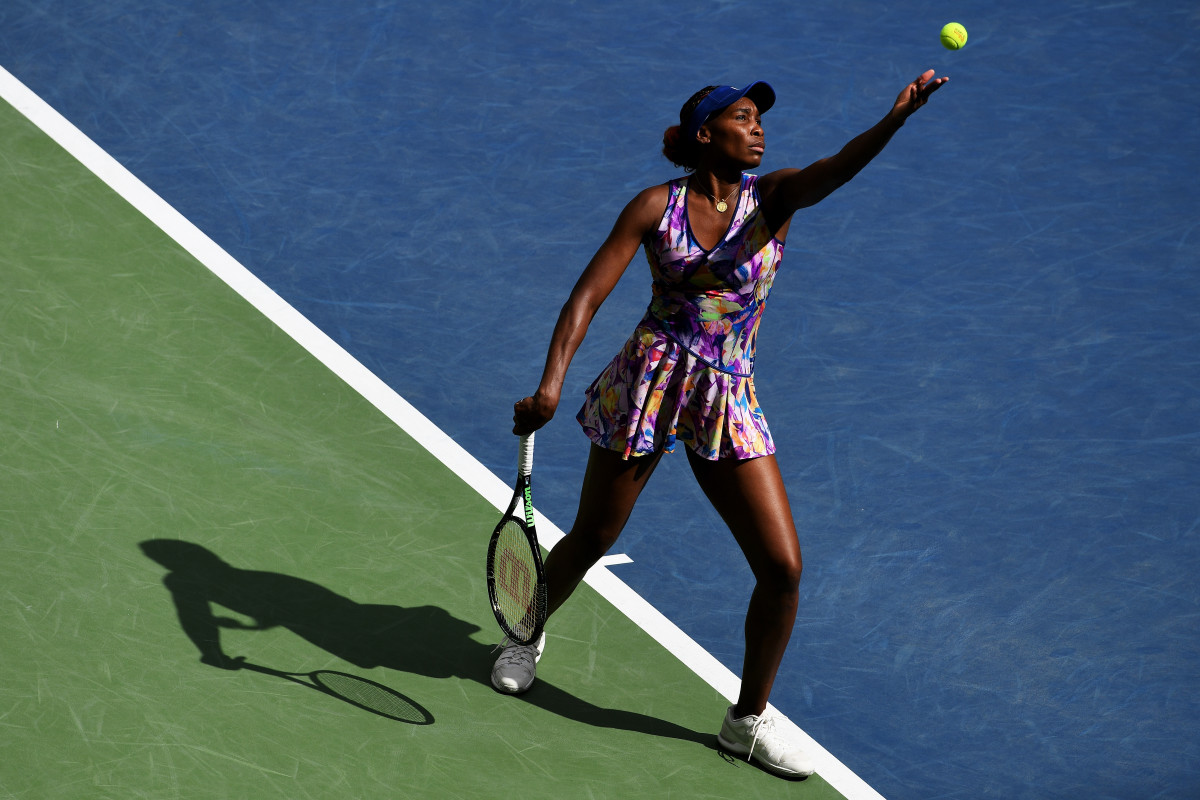
Karolina Pliskova, Venus Williams
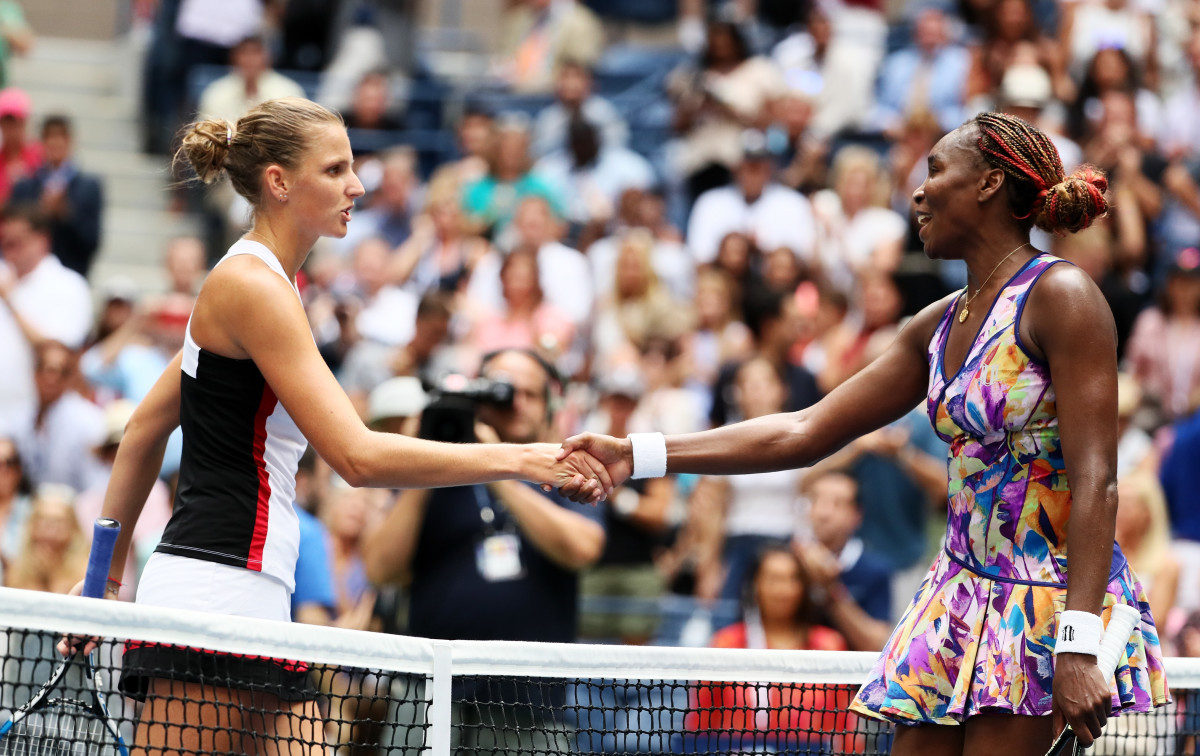
Kei Nishikori
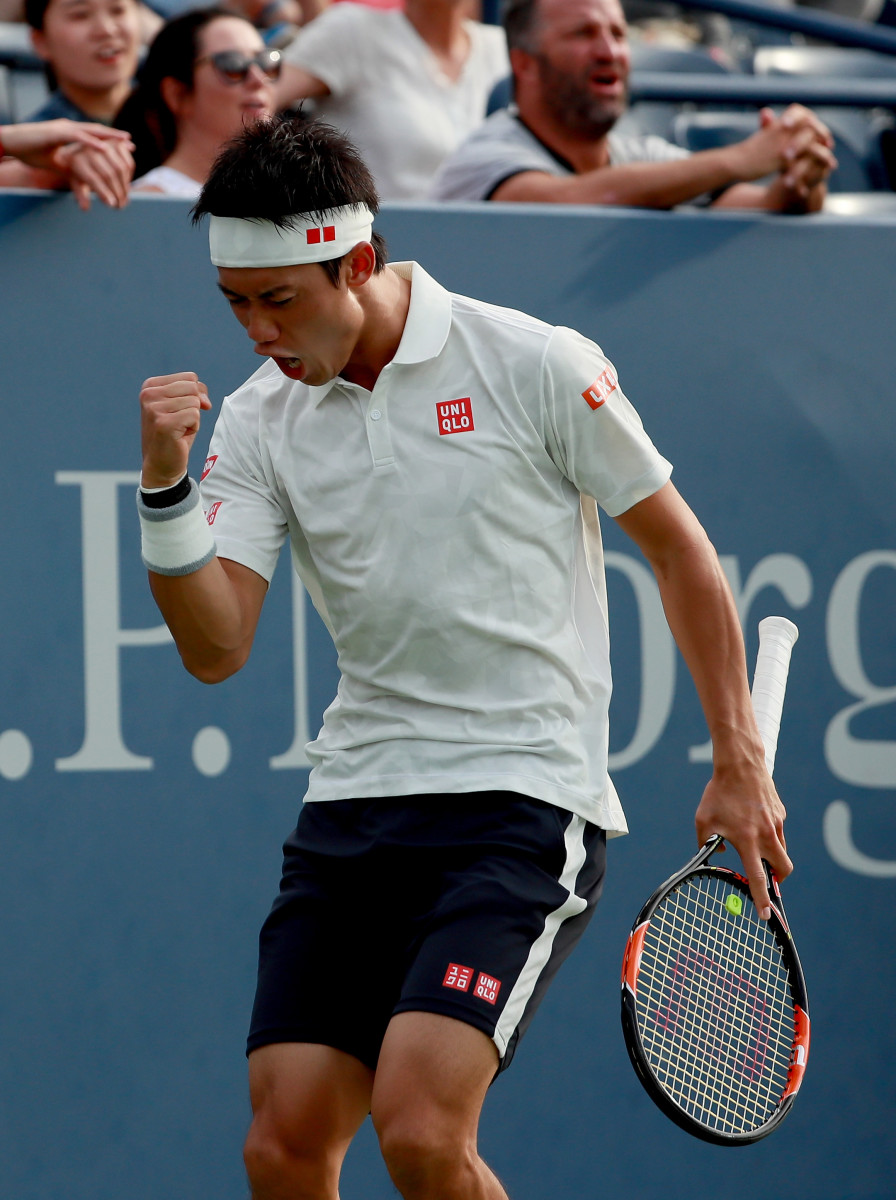
Ivo Karlovic
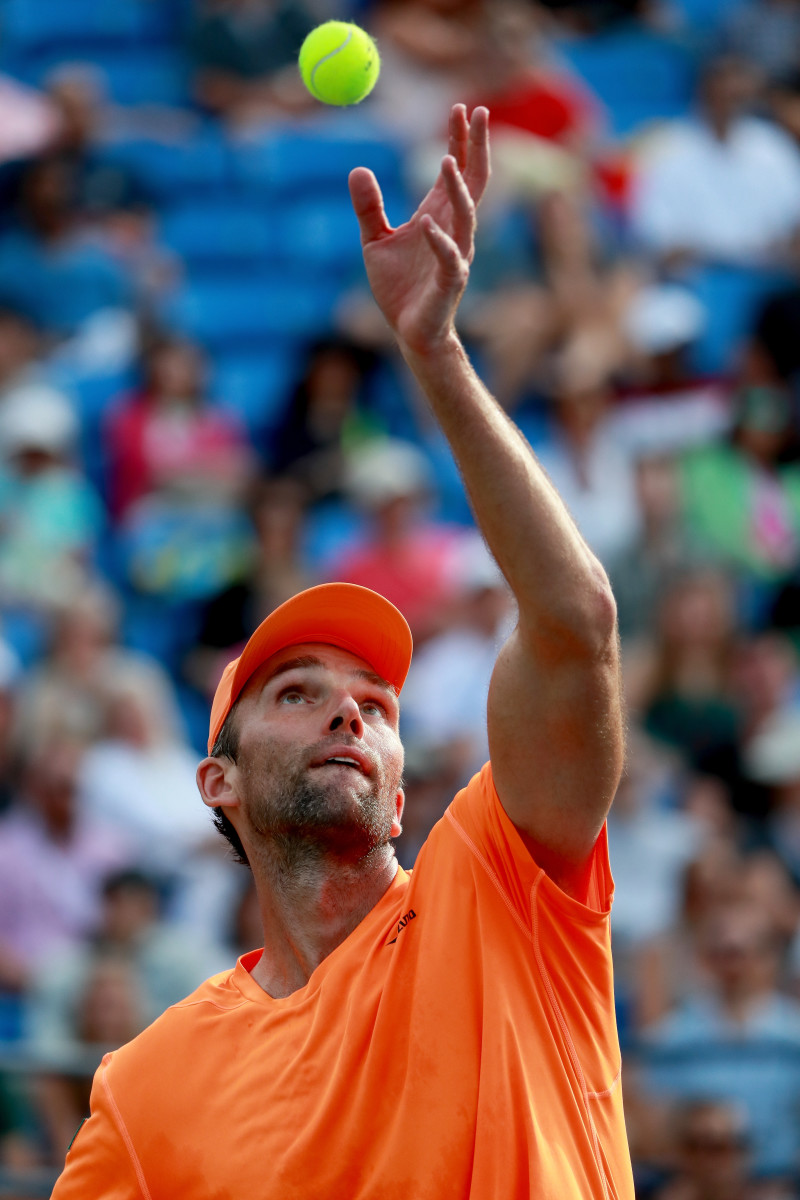
Serena Williams
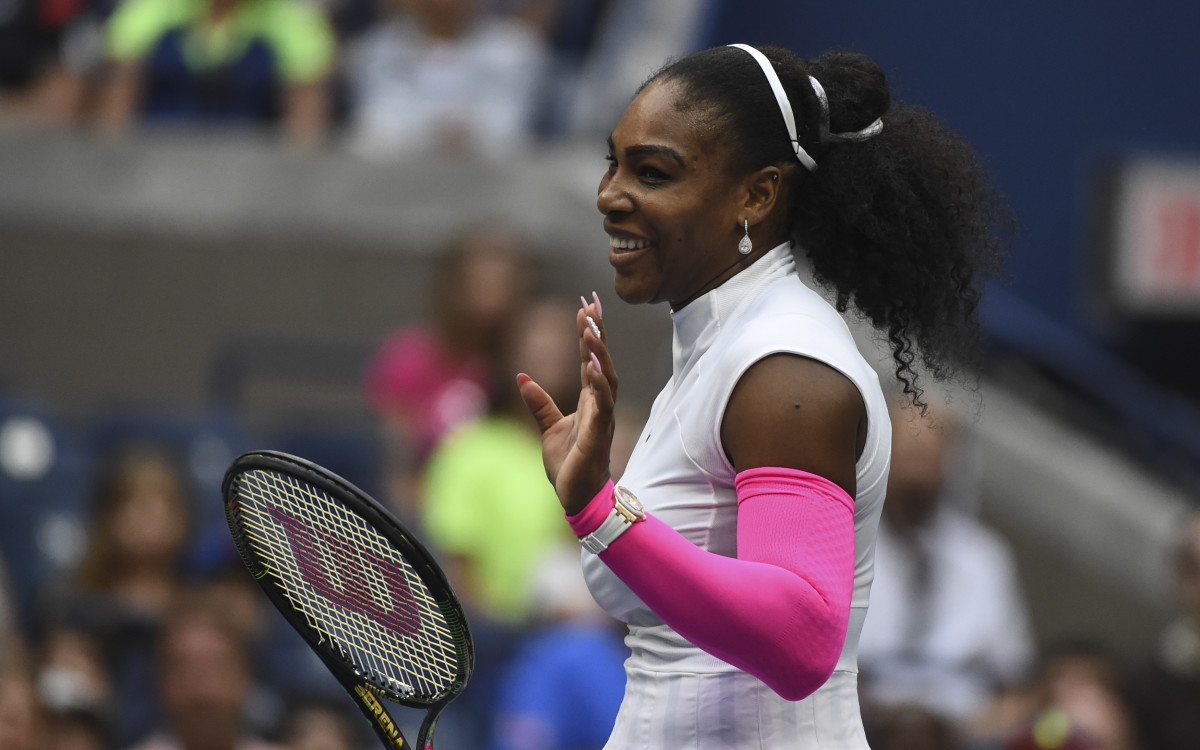
Lucas Pouille
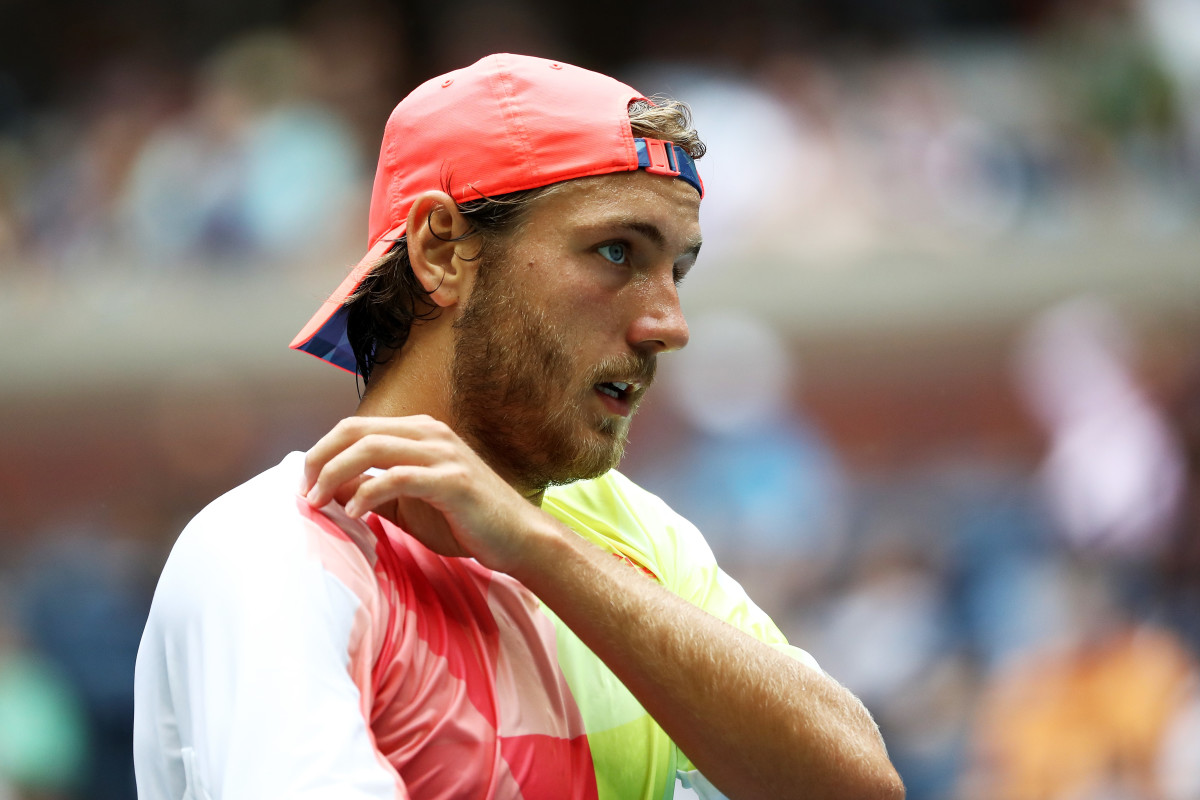
Lucas Pouille
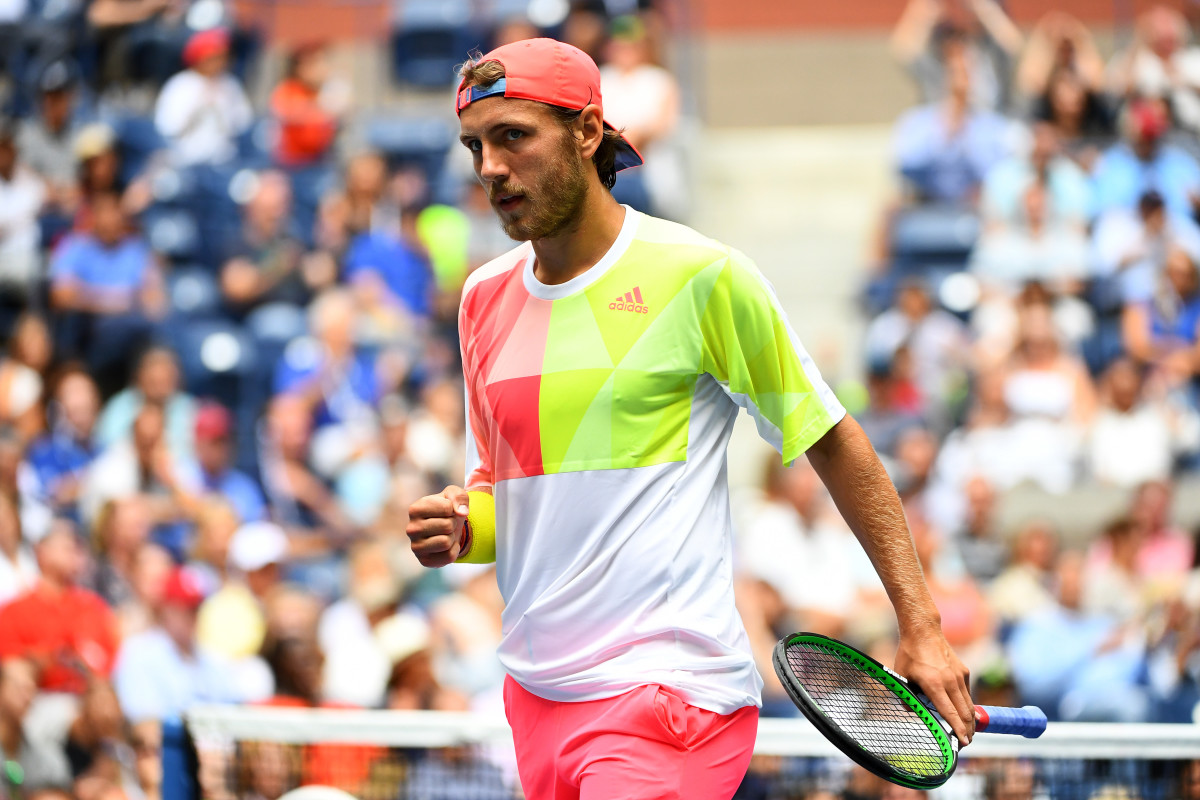
Anastasija Sevastova
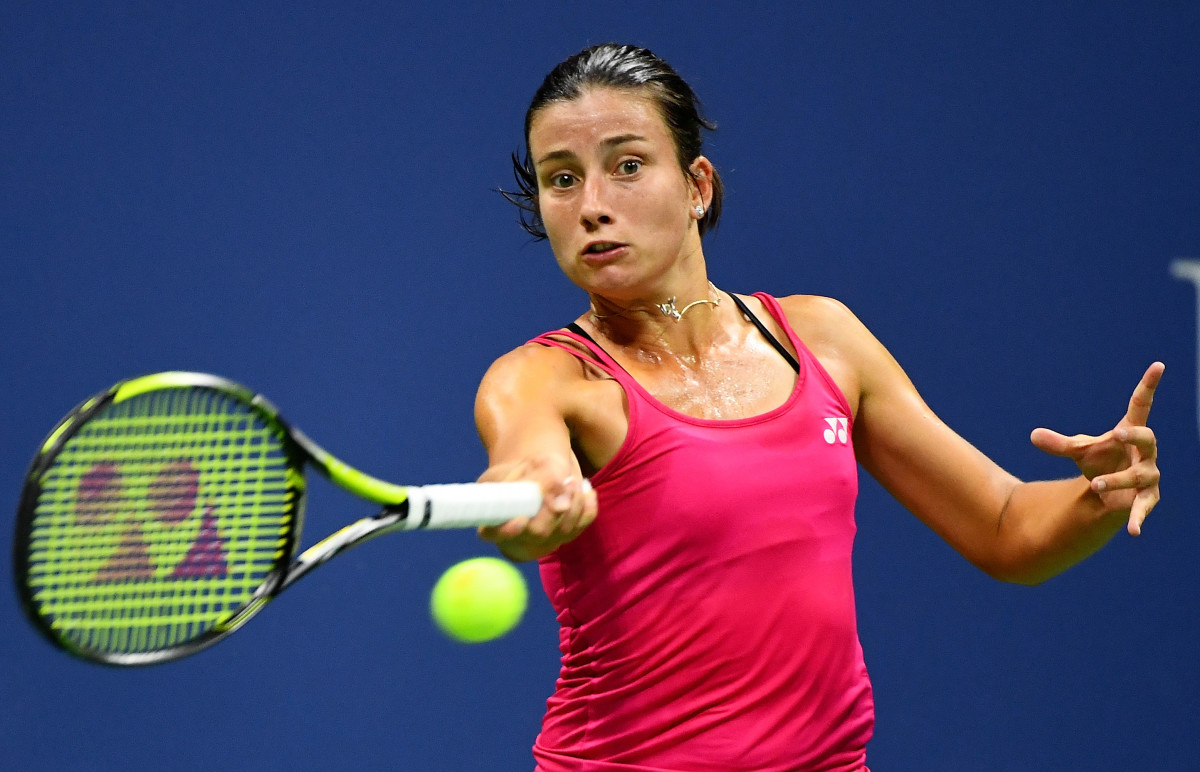
Anastasija Sevastova
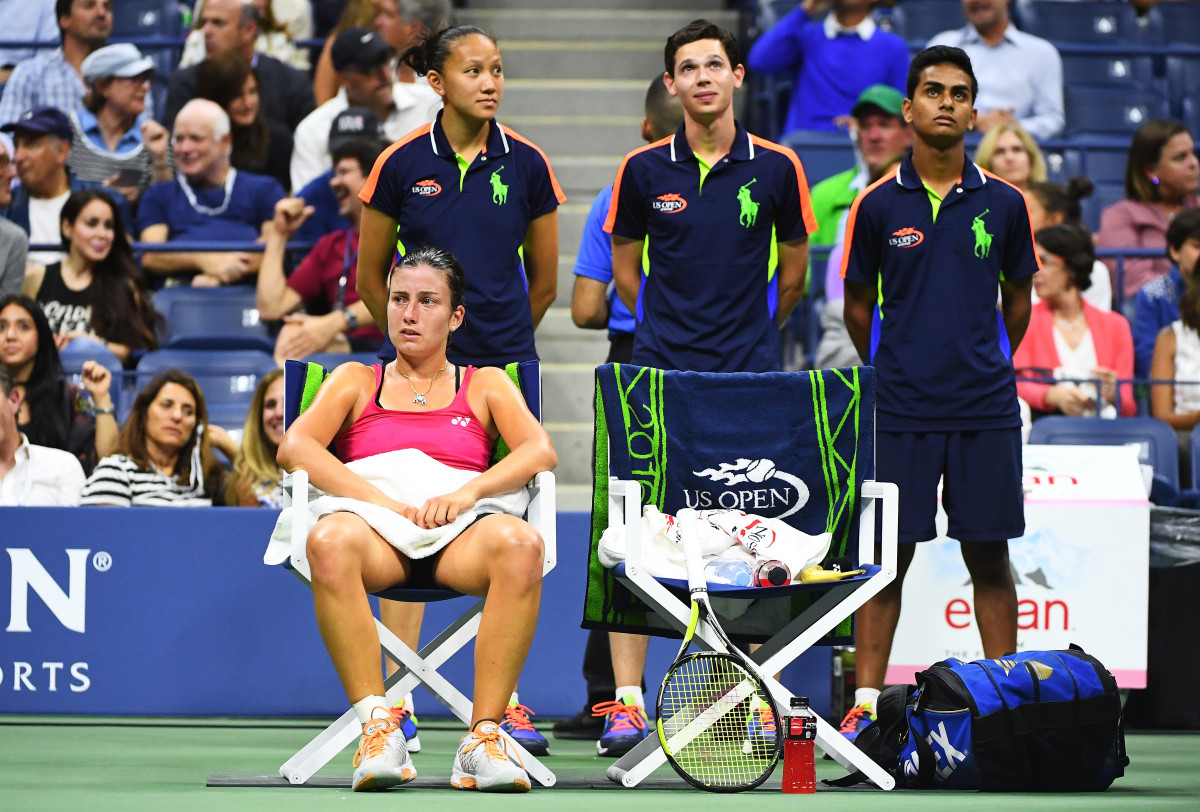
Bob and Mike Bryan
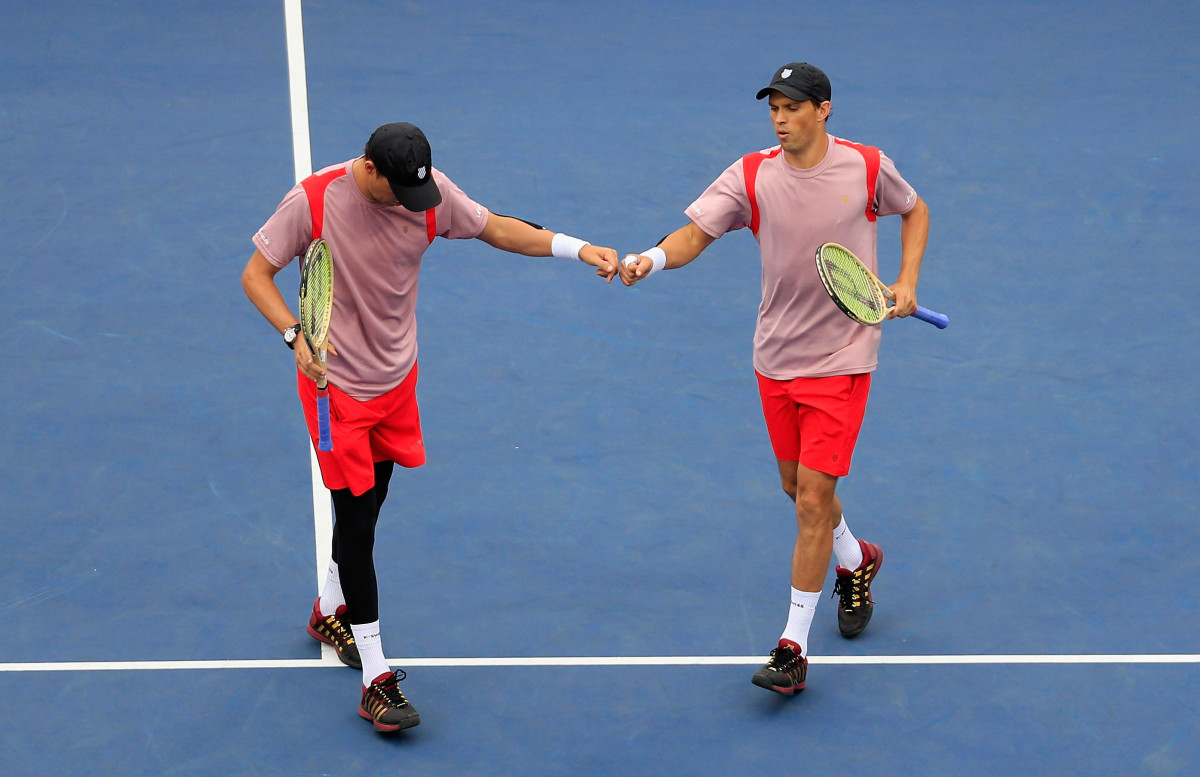
Jo-Wilfried Tsonga
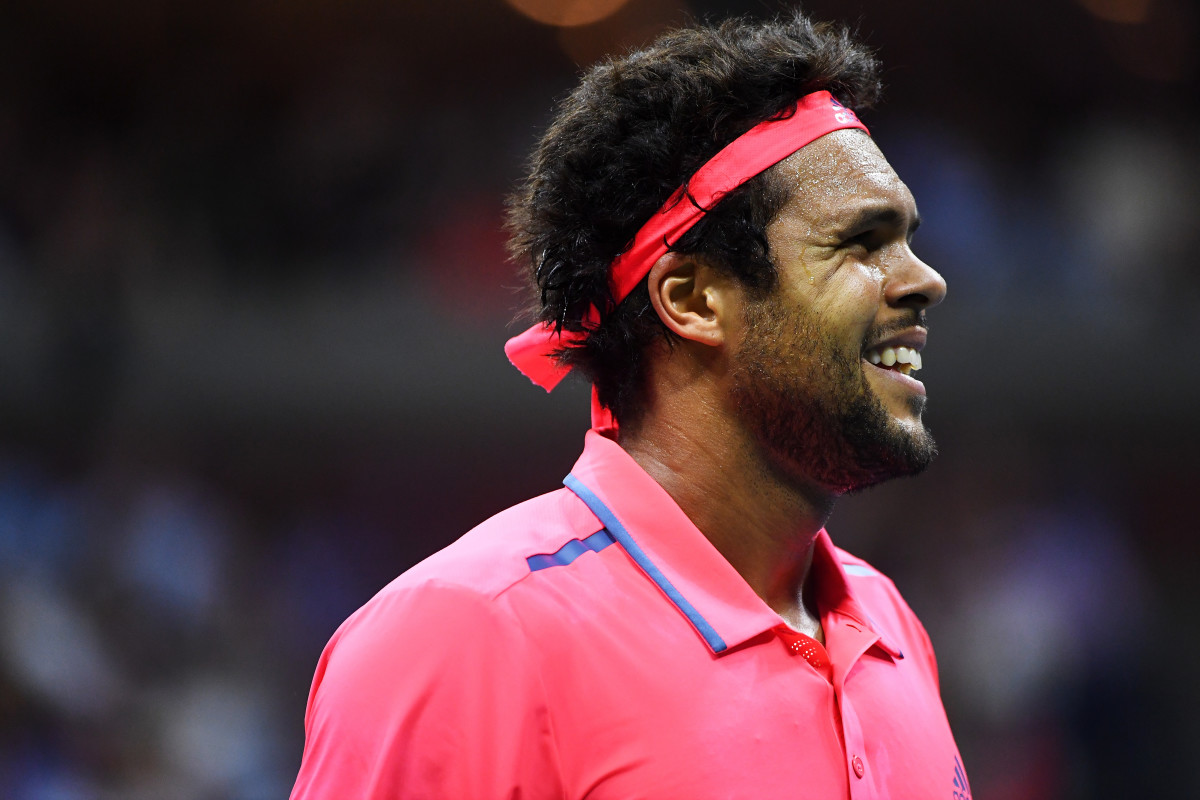
Jo-Wilfried Tsonga
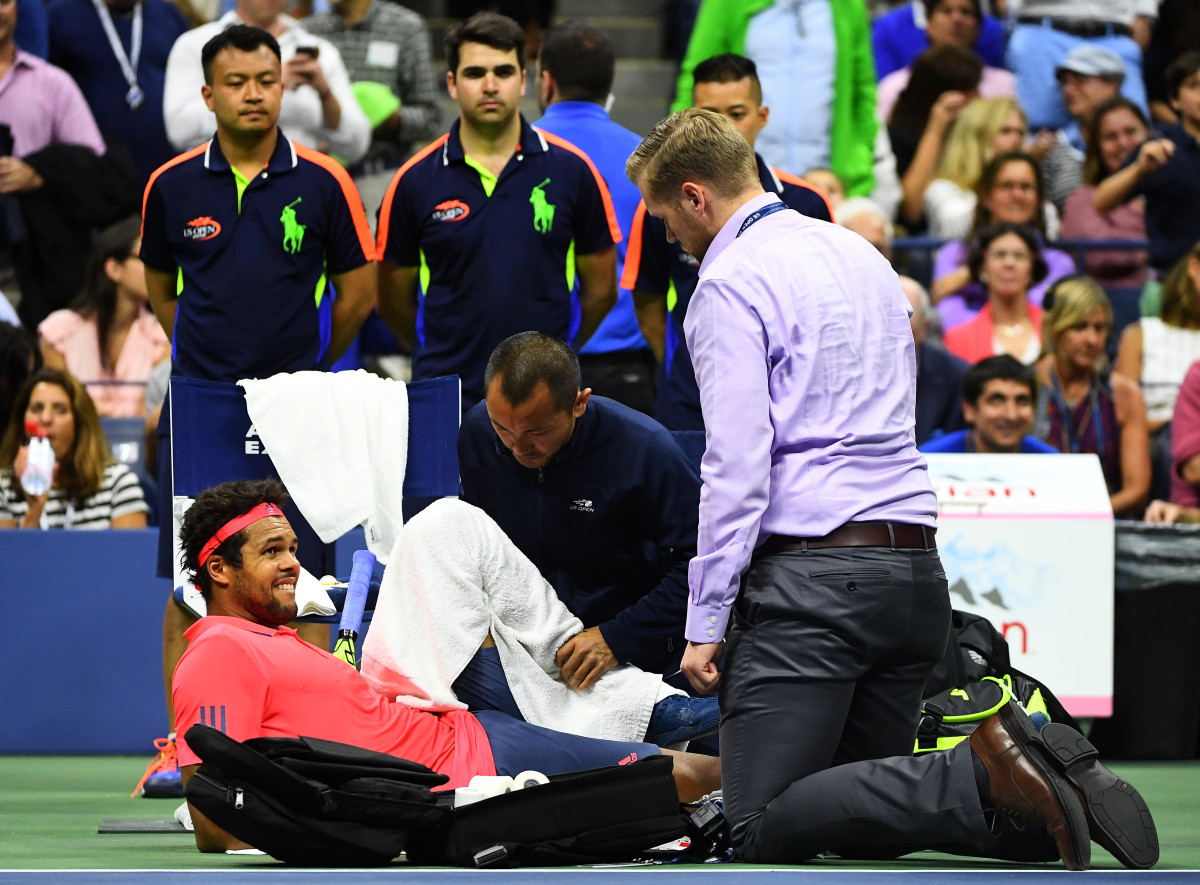
Ana Konjuh
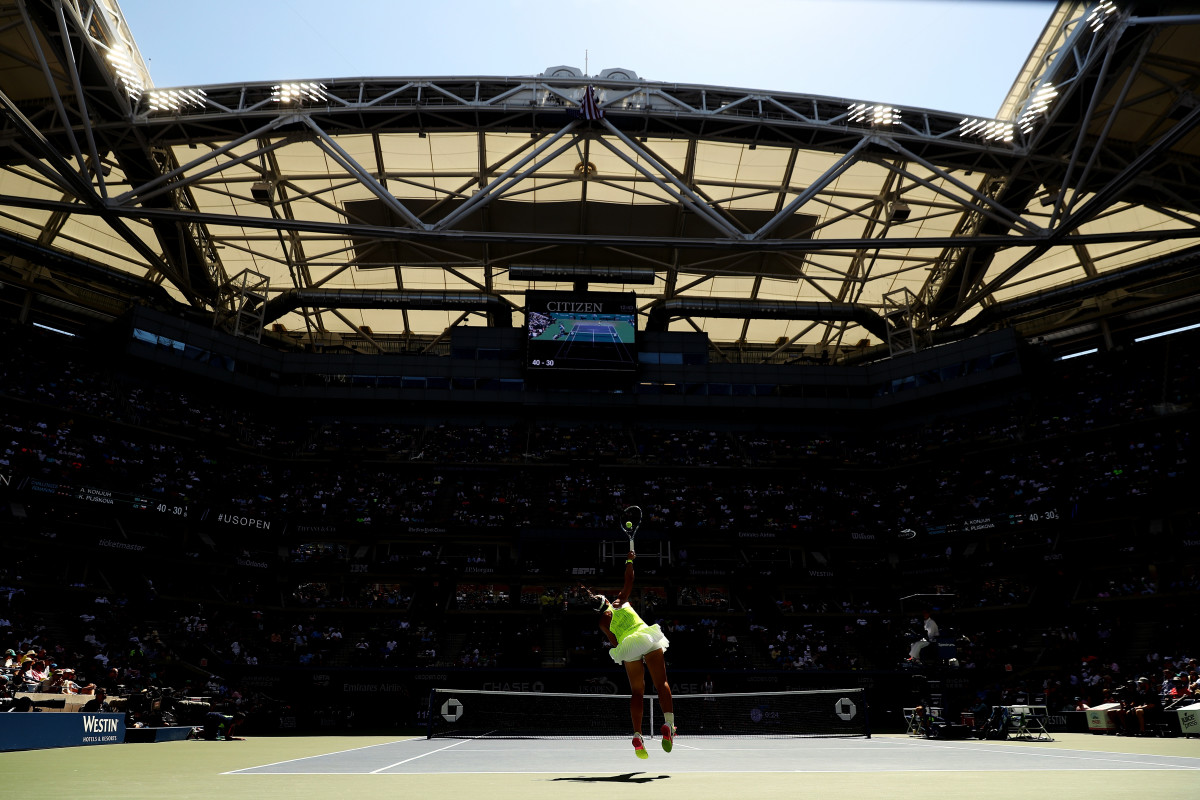
Ana Konjuh
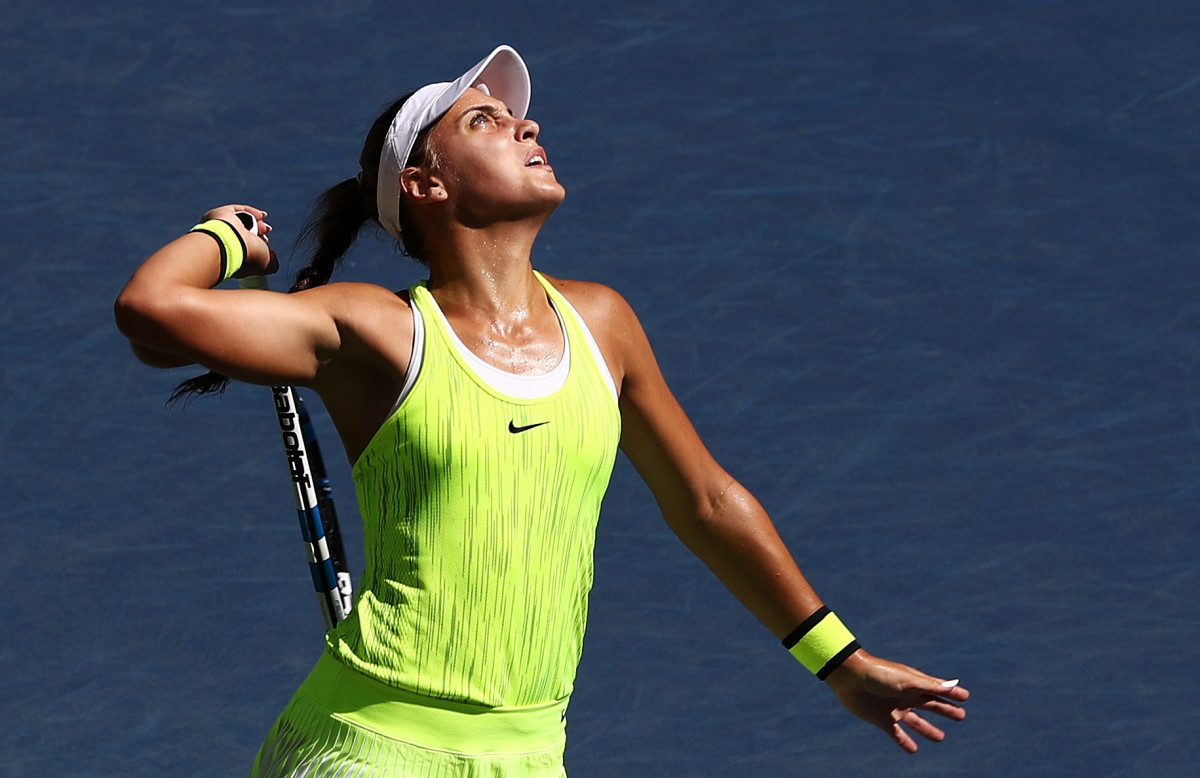
Ana Konjuh
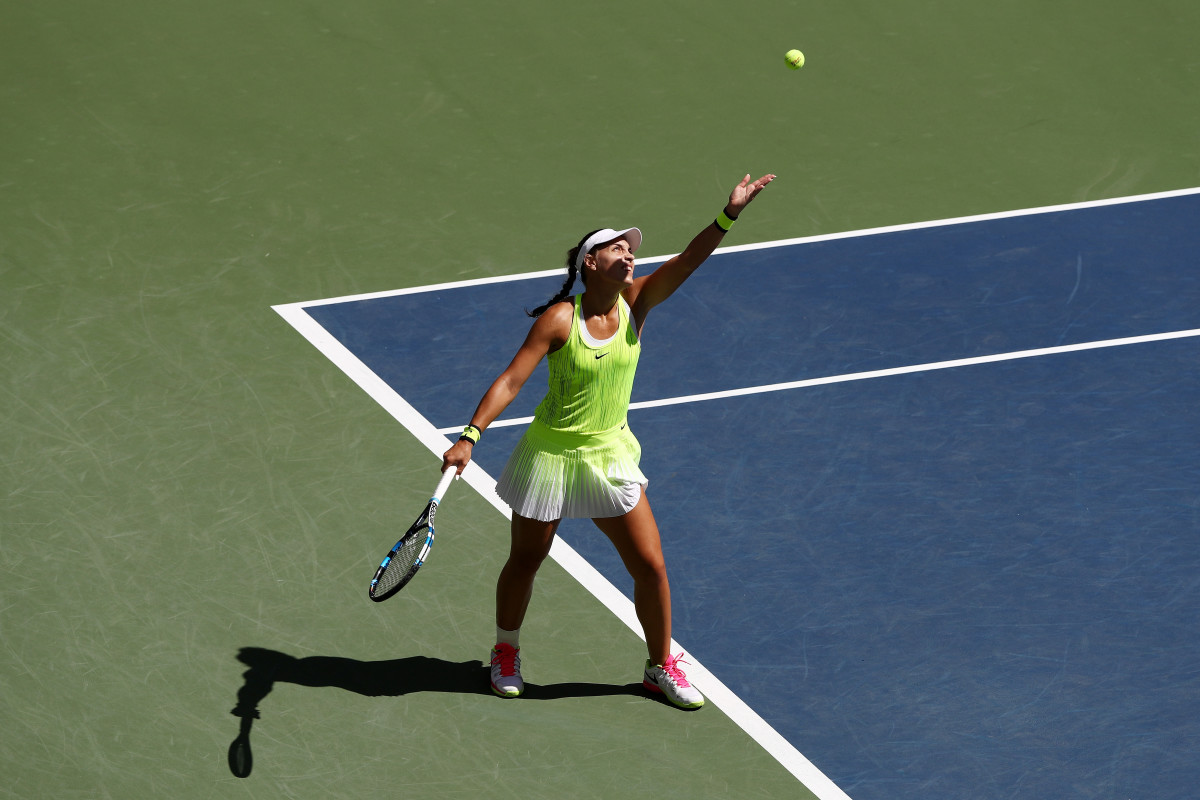
Andy Murray
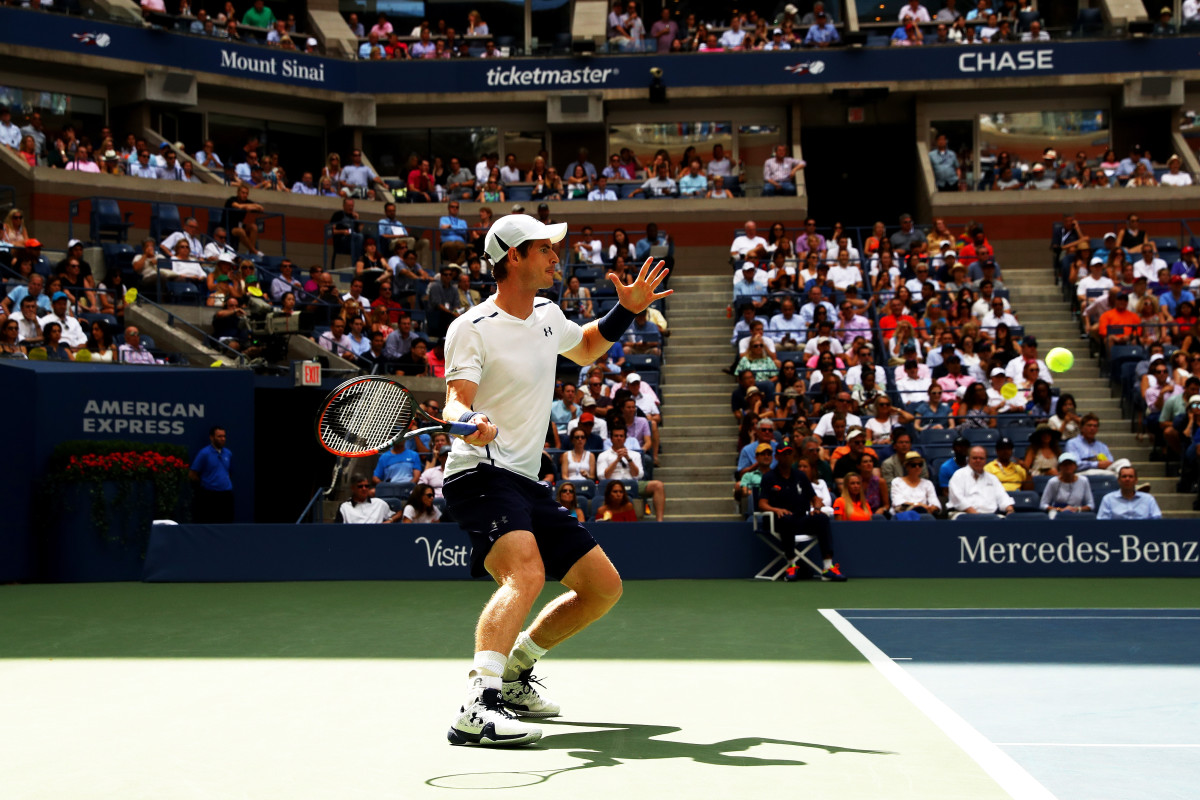
Kei Nishikori
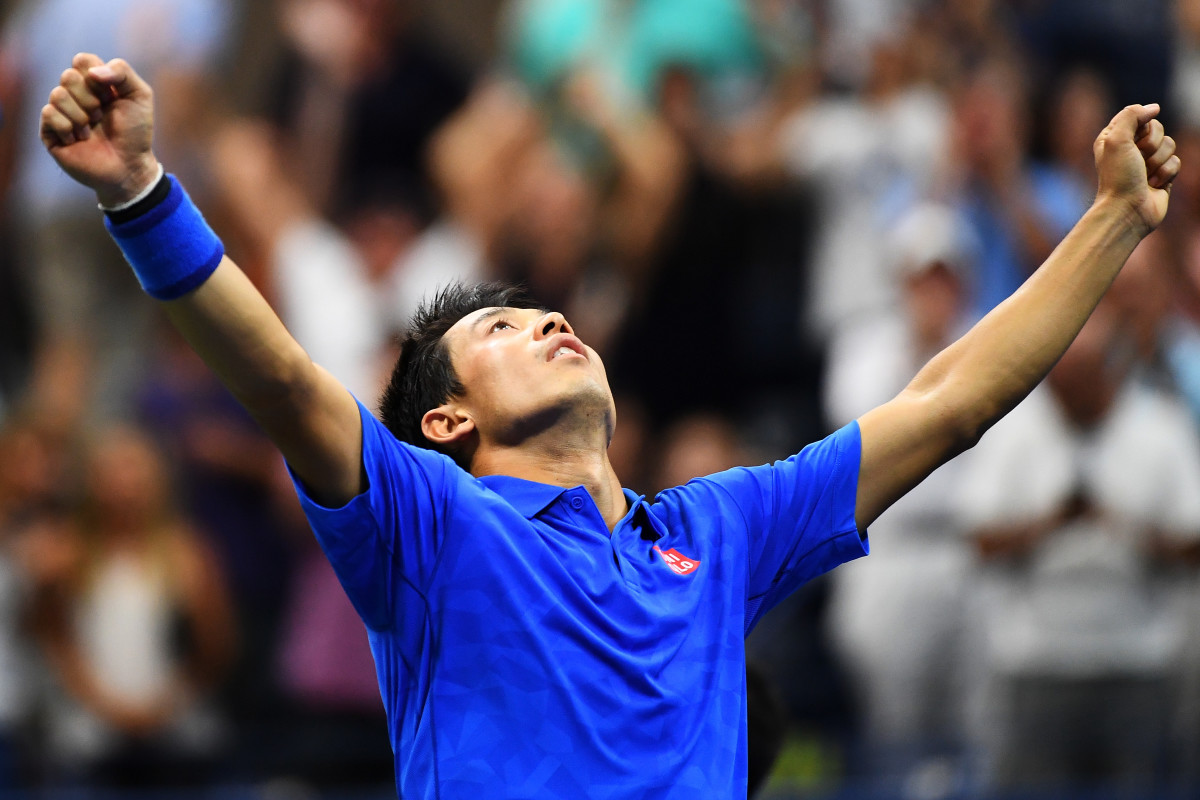
Kei Nishikori, Andy Murray
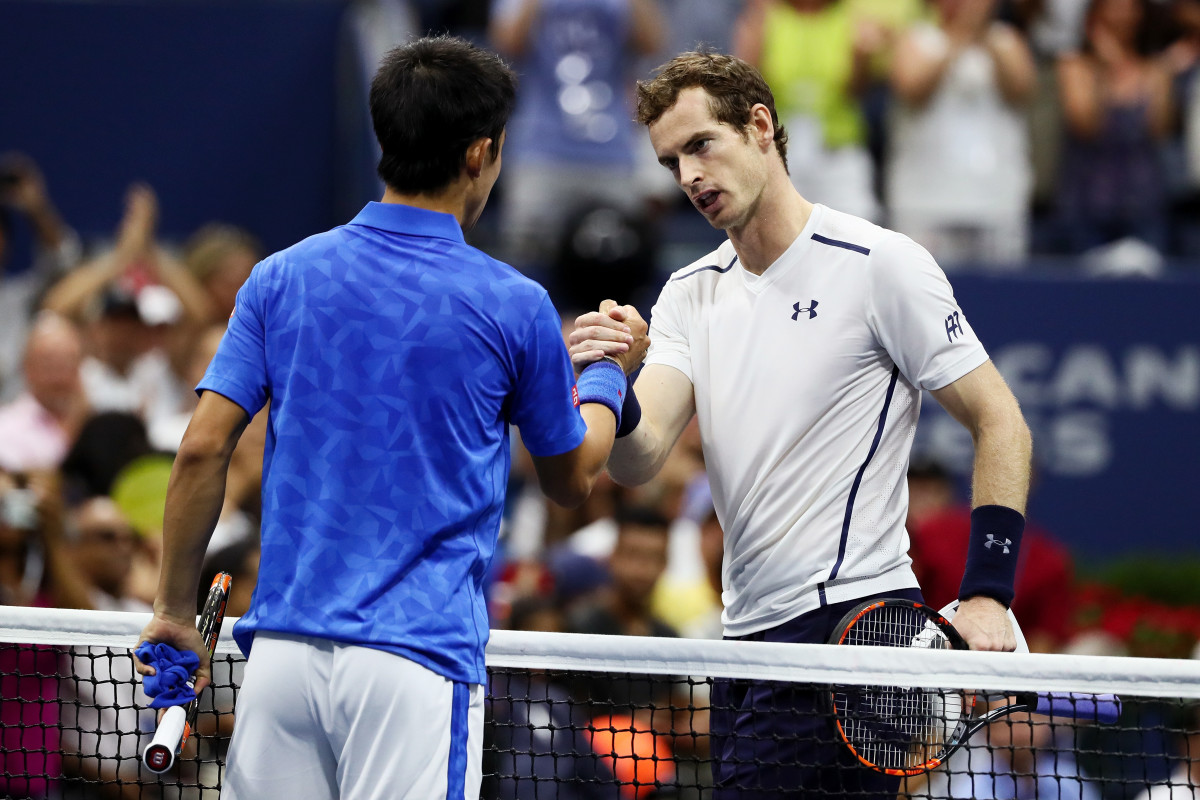
Juan Martin del Potro
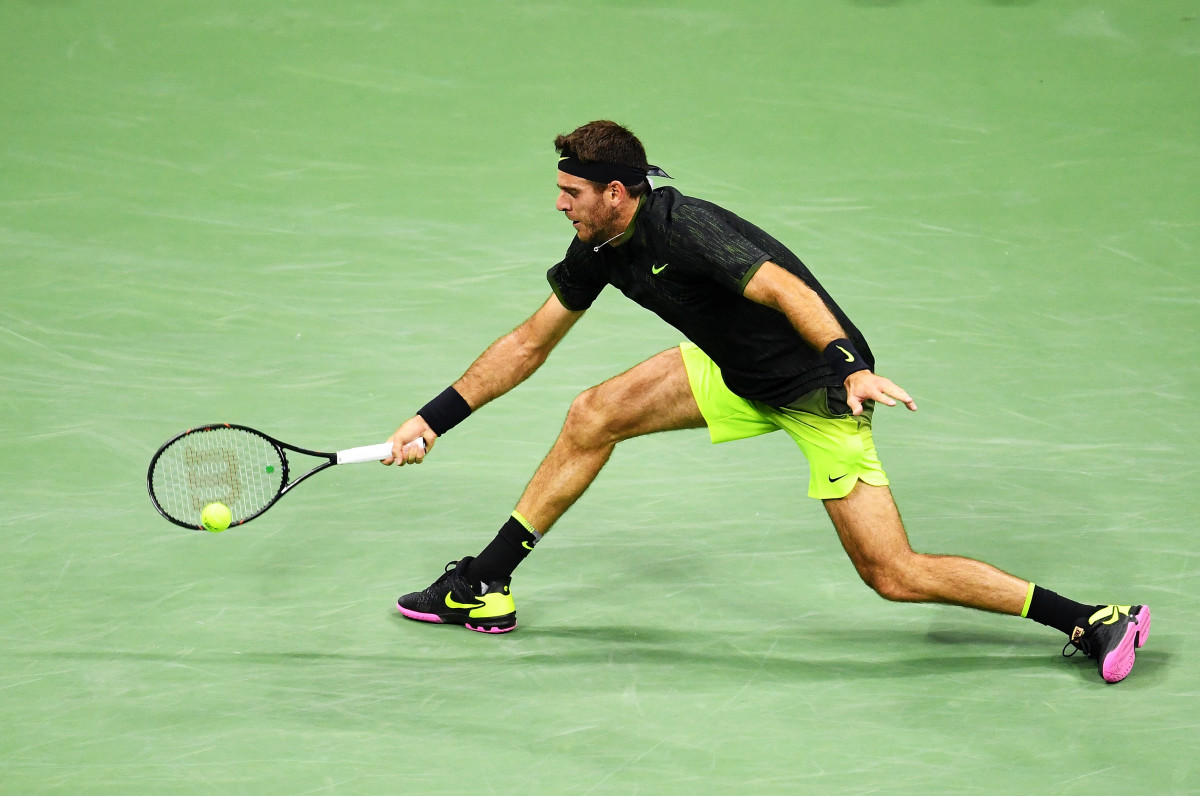
Juan Martin del Potro
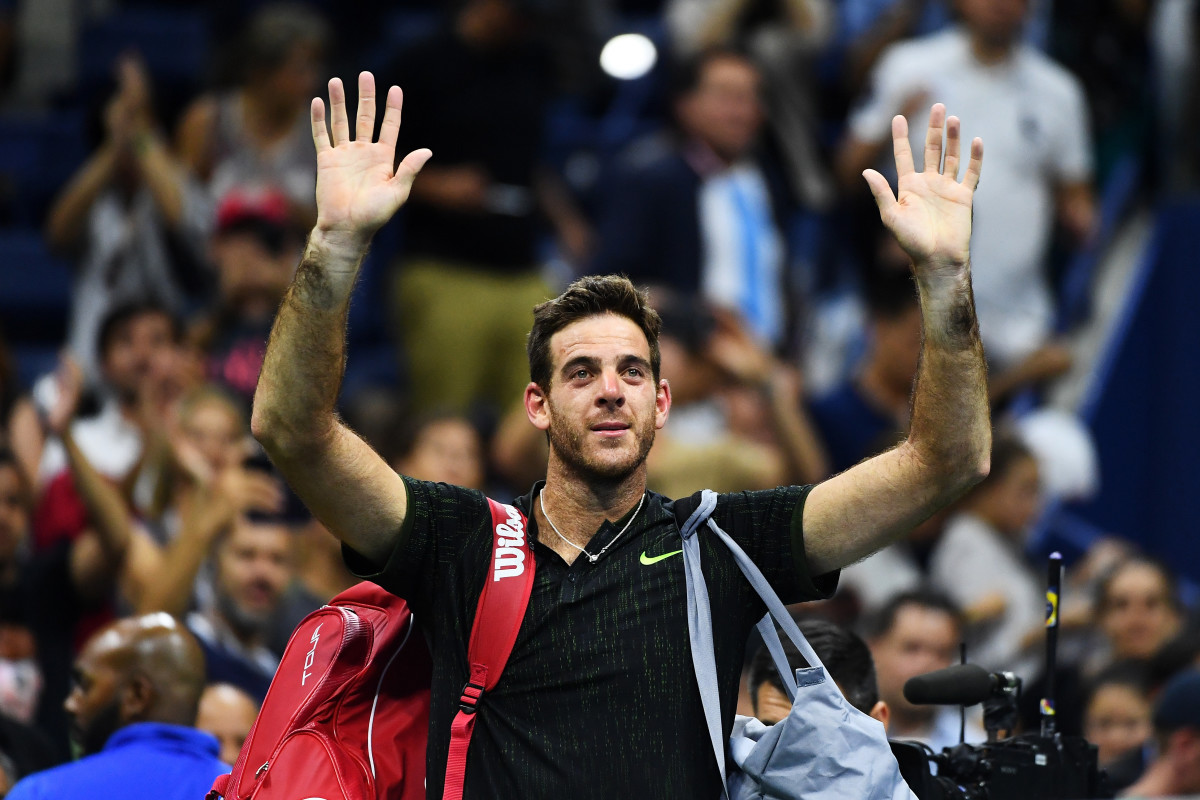
Simona Halep
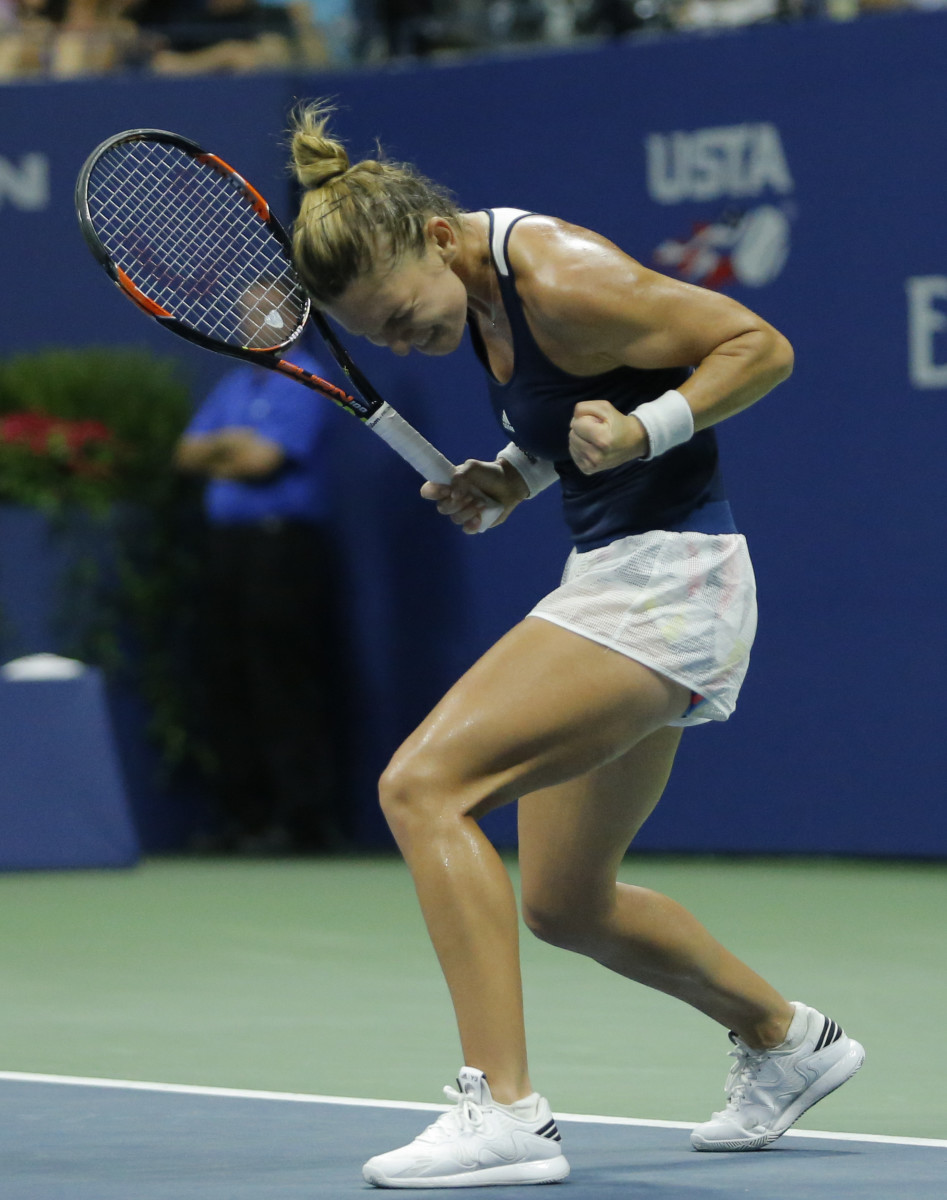
Serena Williams
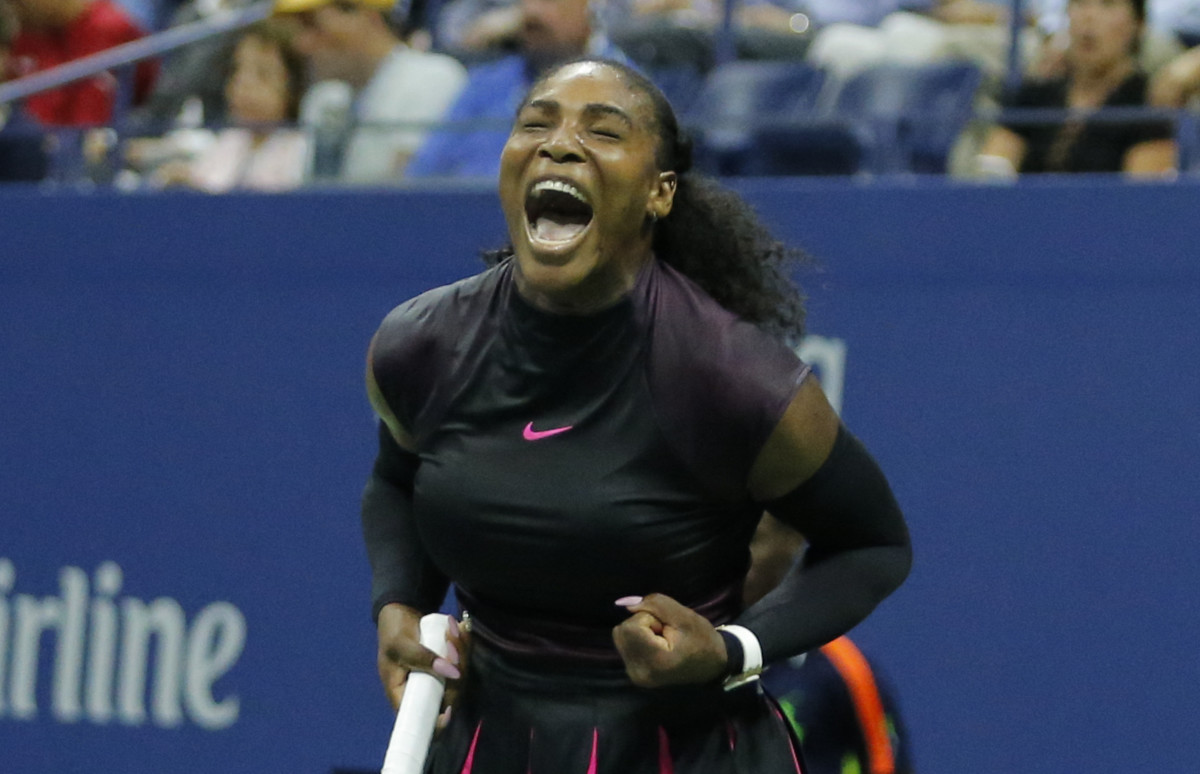
Karolina Pliskova
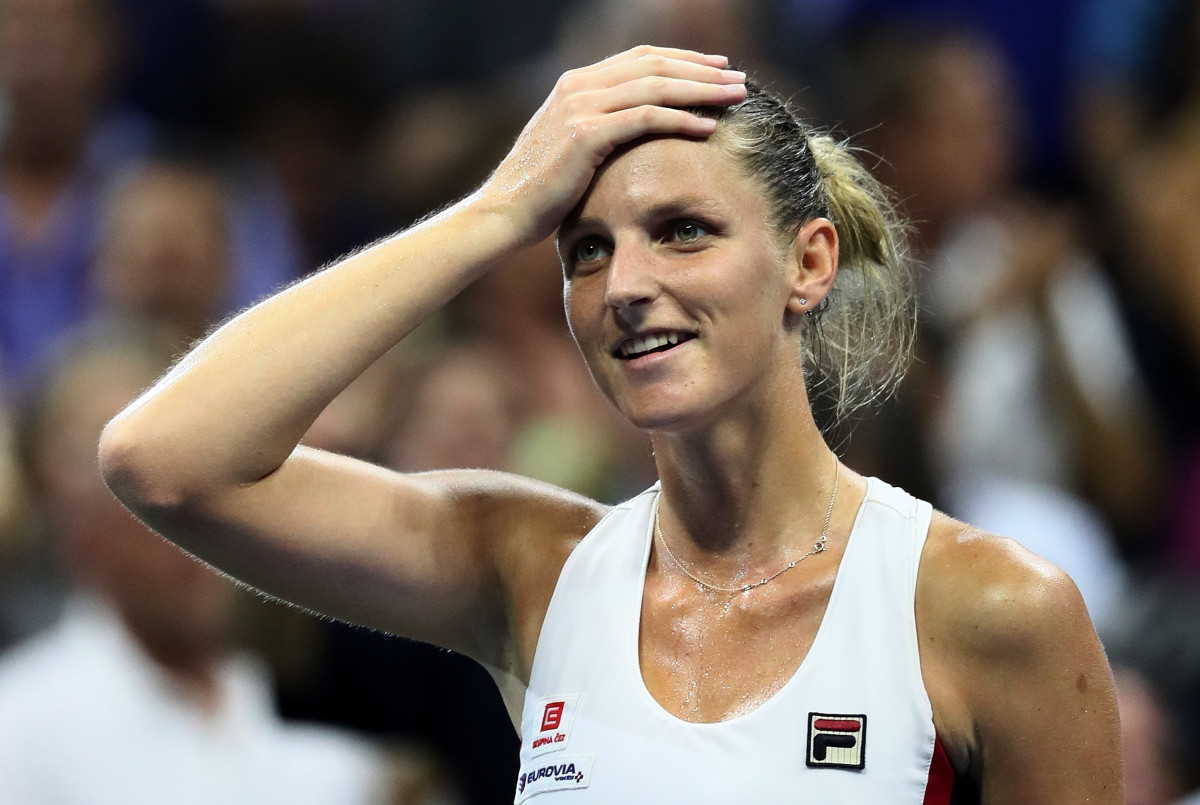
Caroline Wozniacki
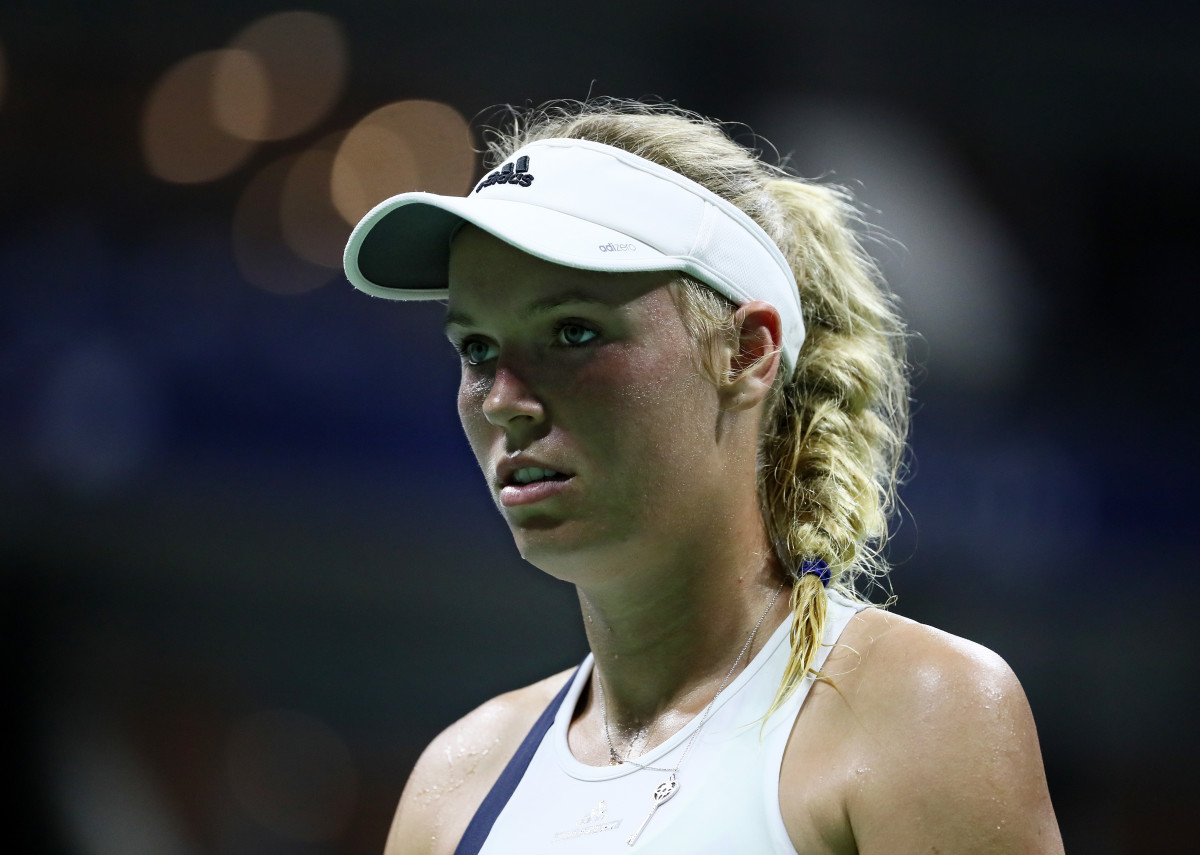
Karolina Pliskova
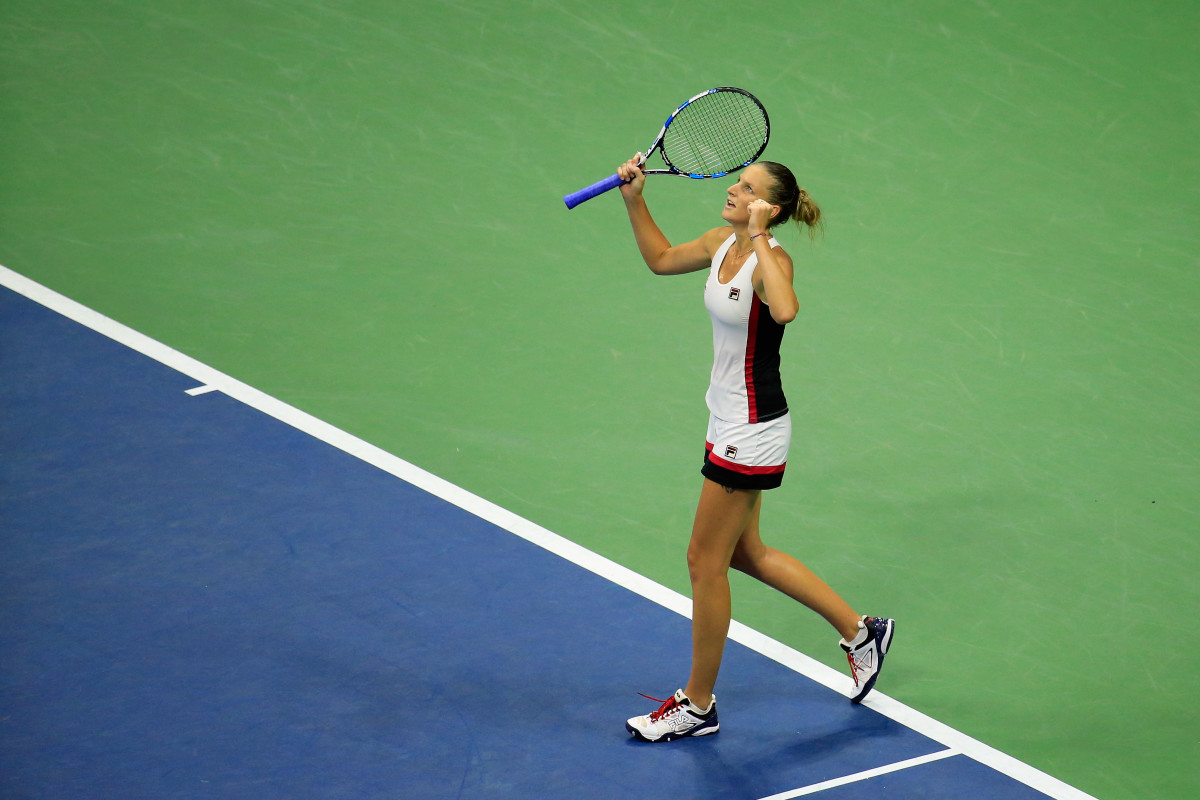
Serena Williams
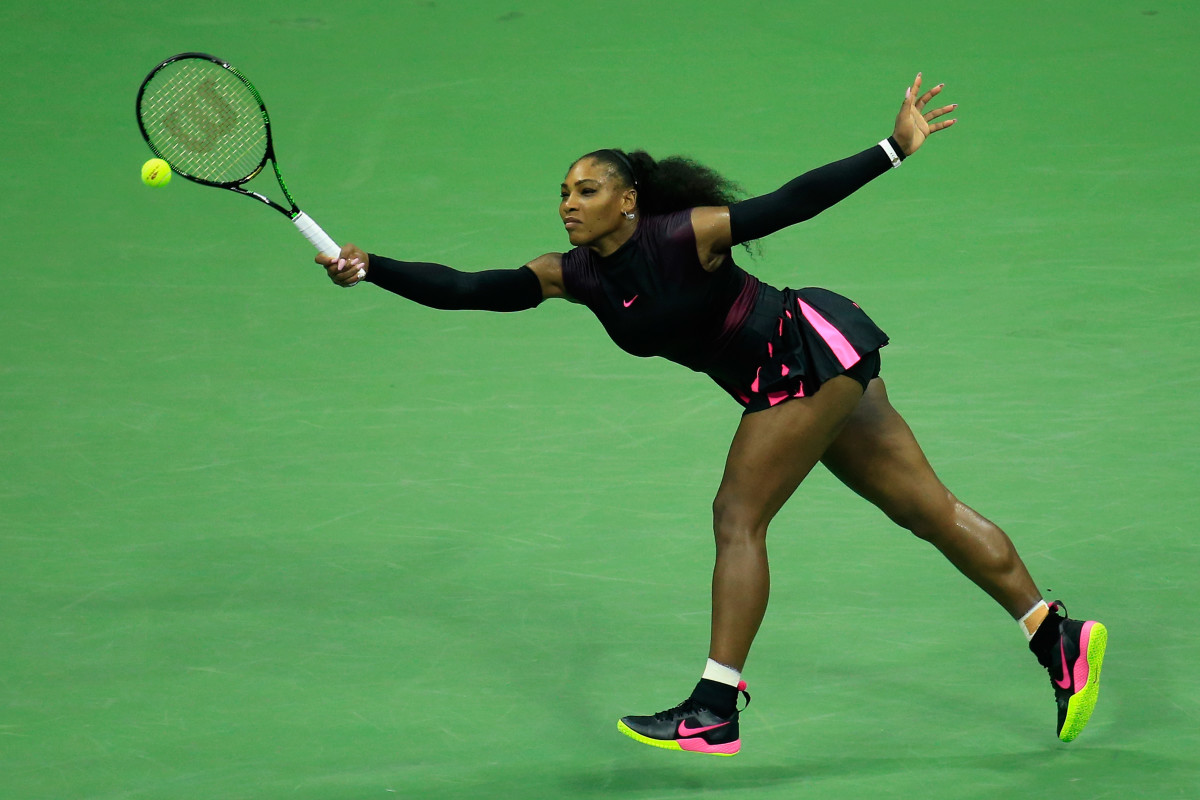
Serena Williams
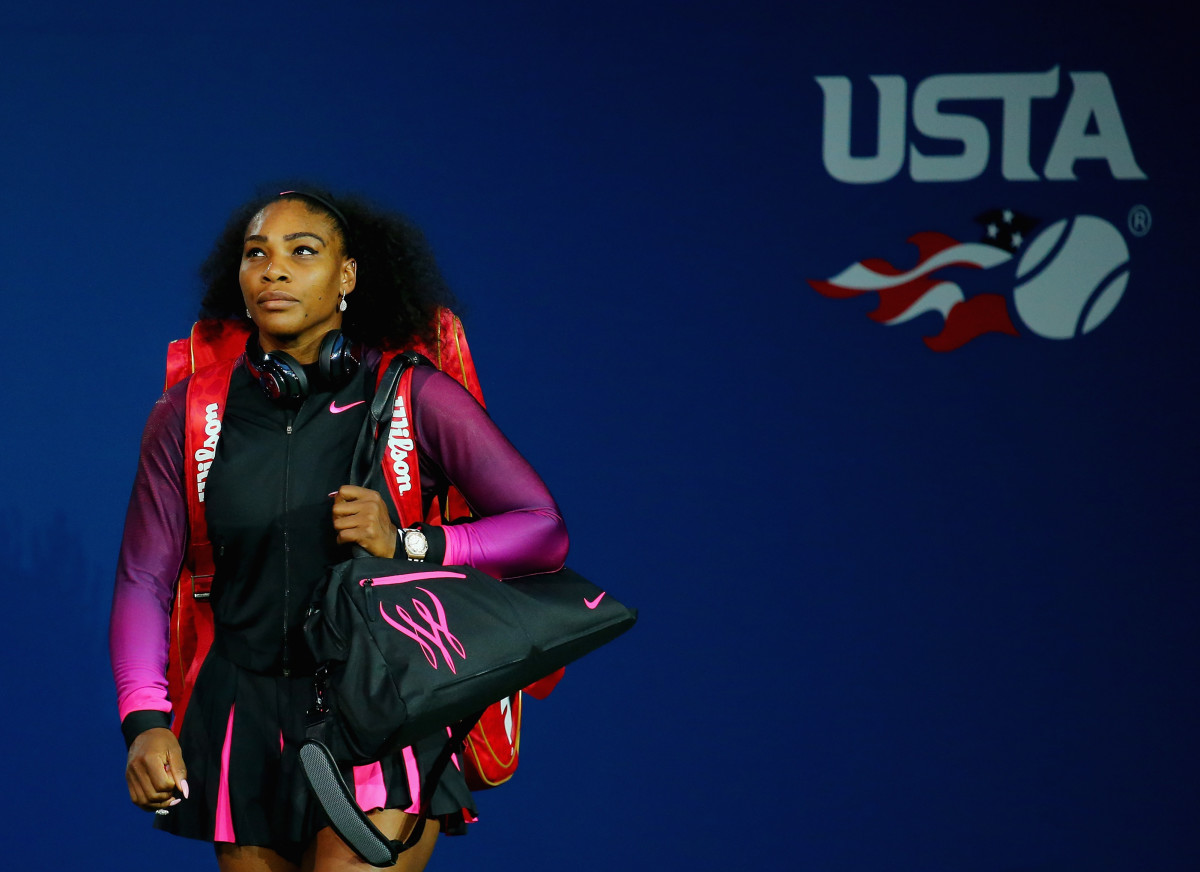
CoCo Vandeweghe, Rajeev Ram, Mate Pavic, Laura Siegemund
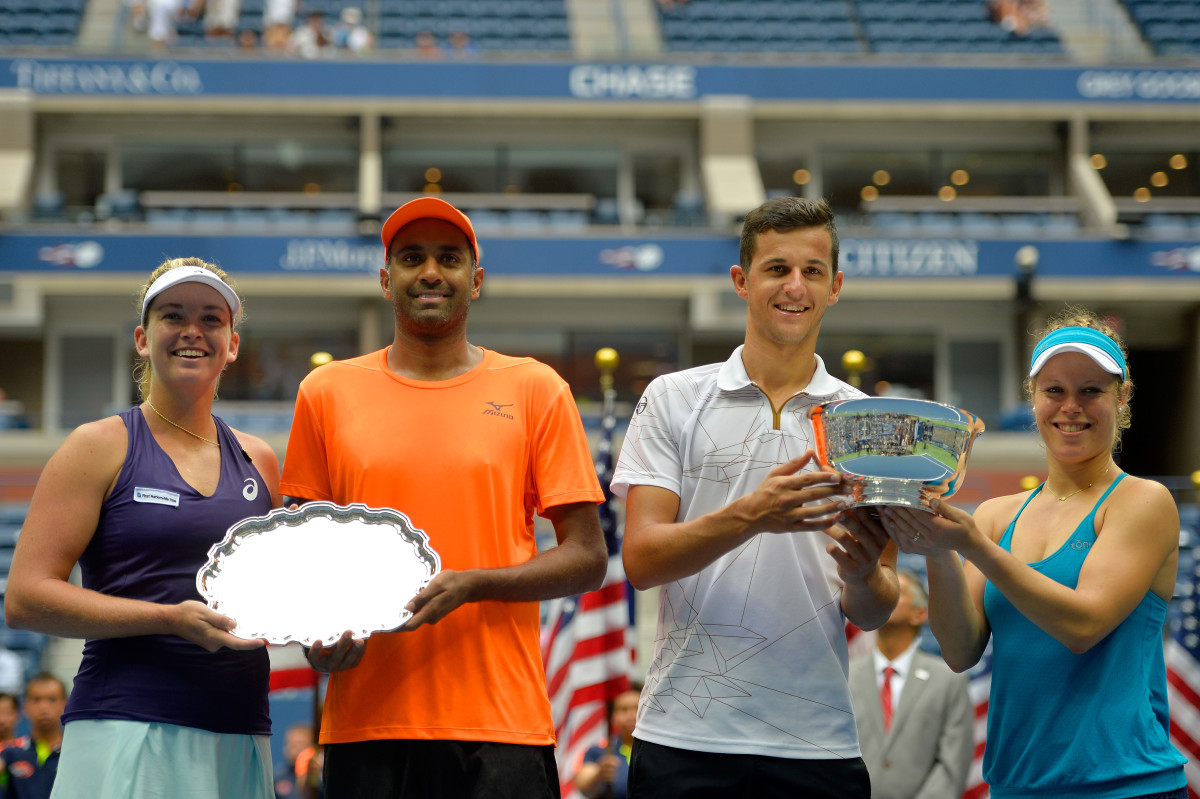
Laura Siegemund, Mate Pavic
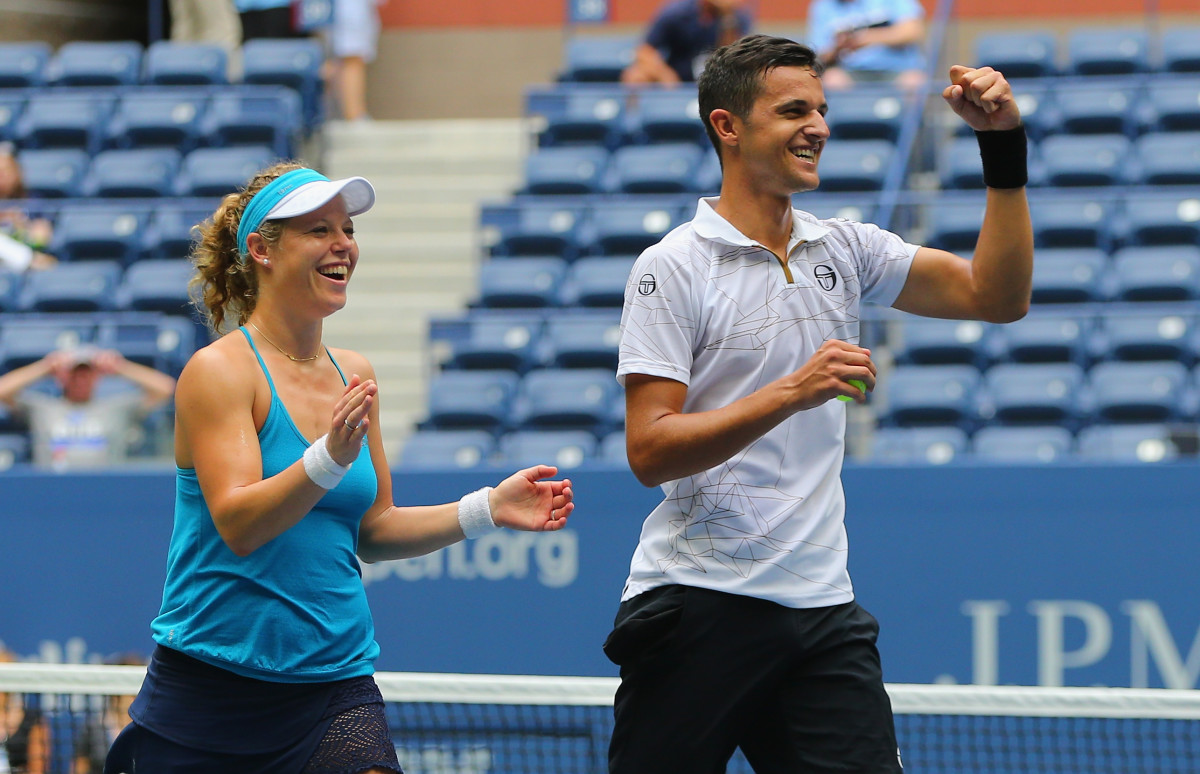
Mate Pavic, Laura Siegemund
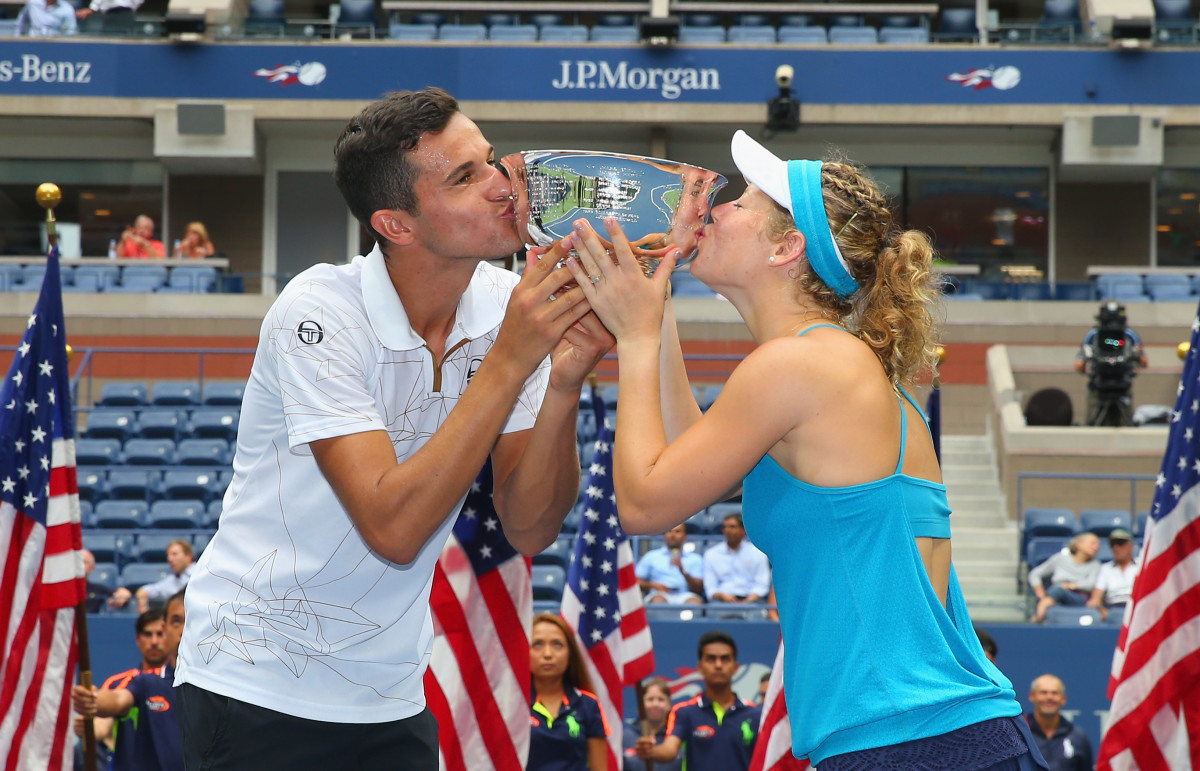
Gael Monfils
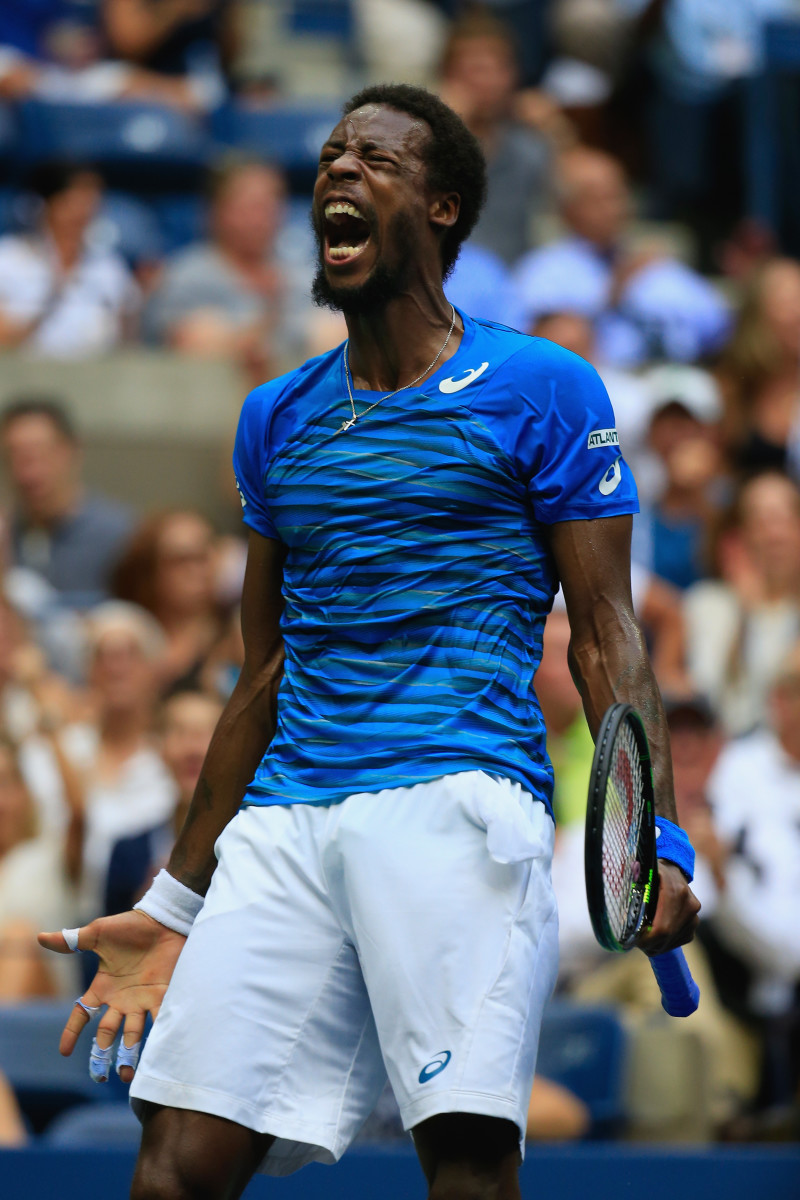
Novak Djokovic
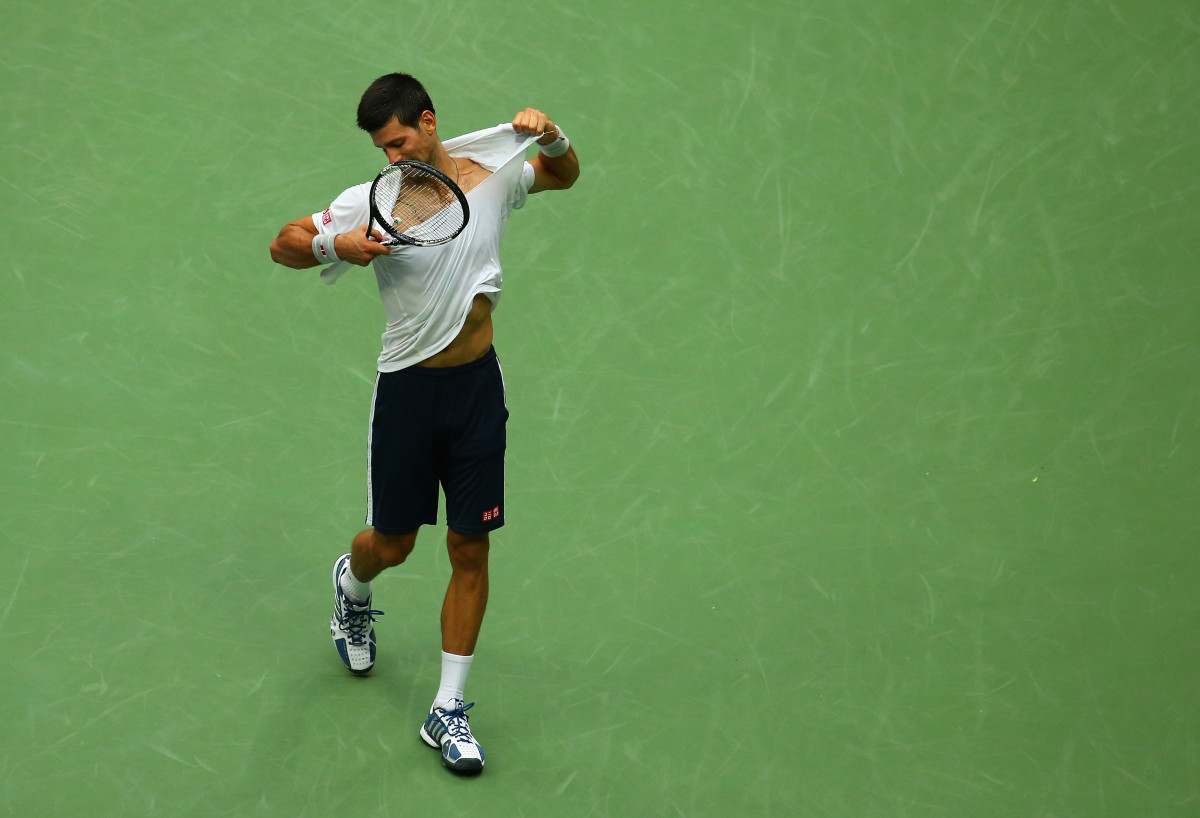
Gael Monfils
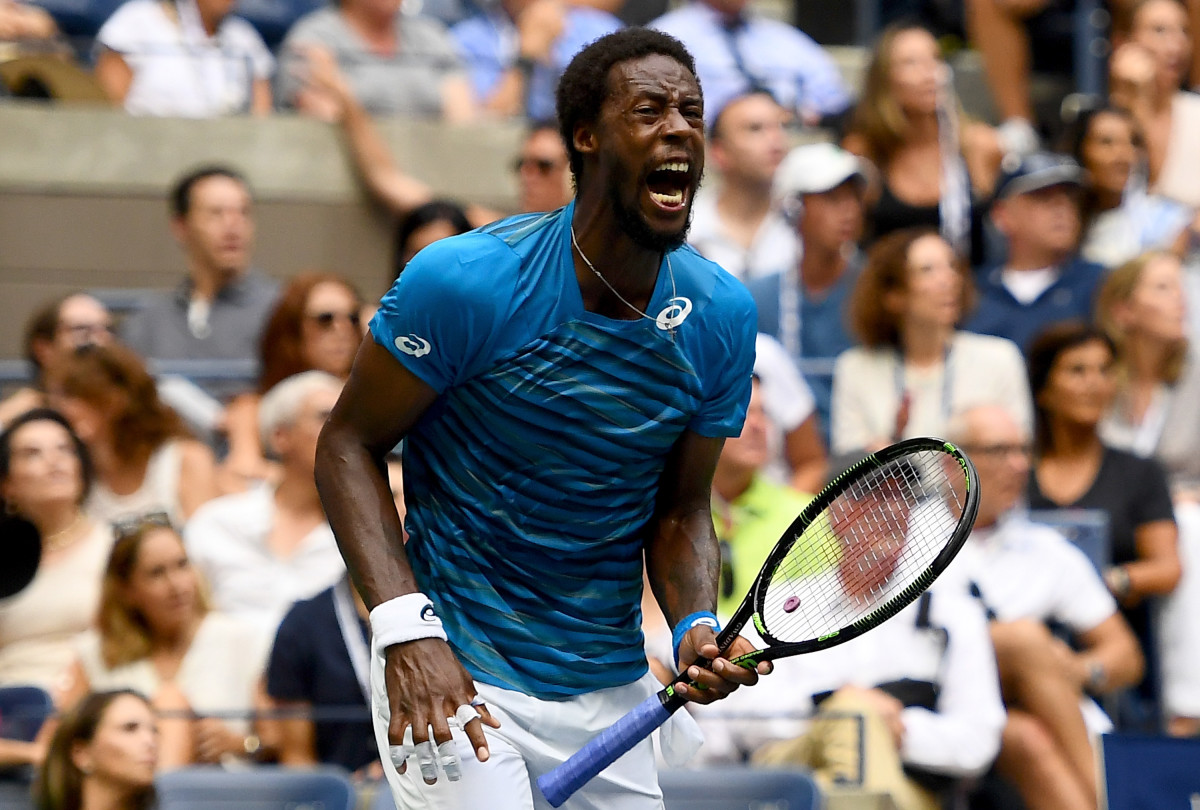
Gael Monfils
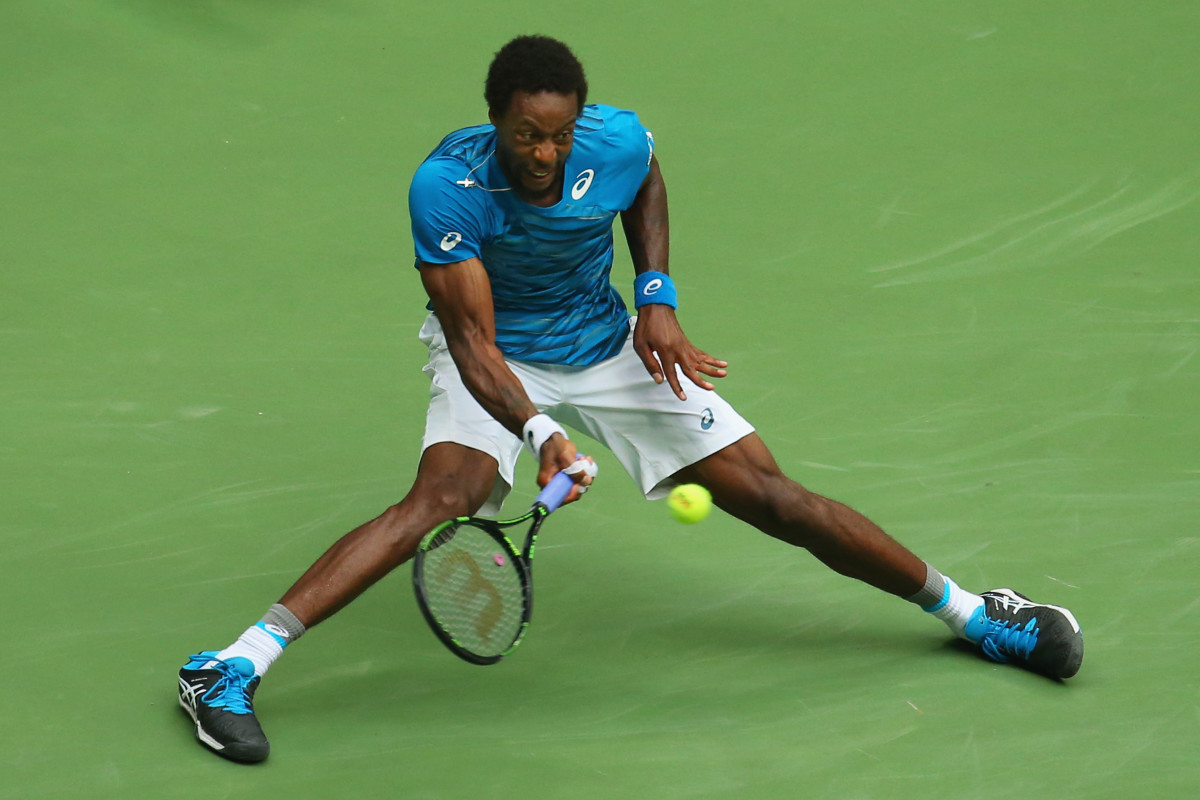
Kei Nishikori
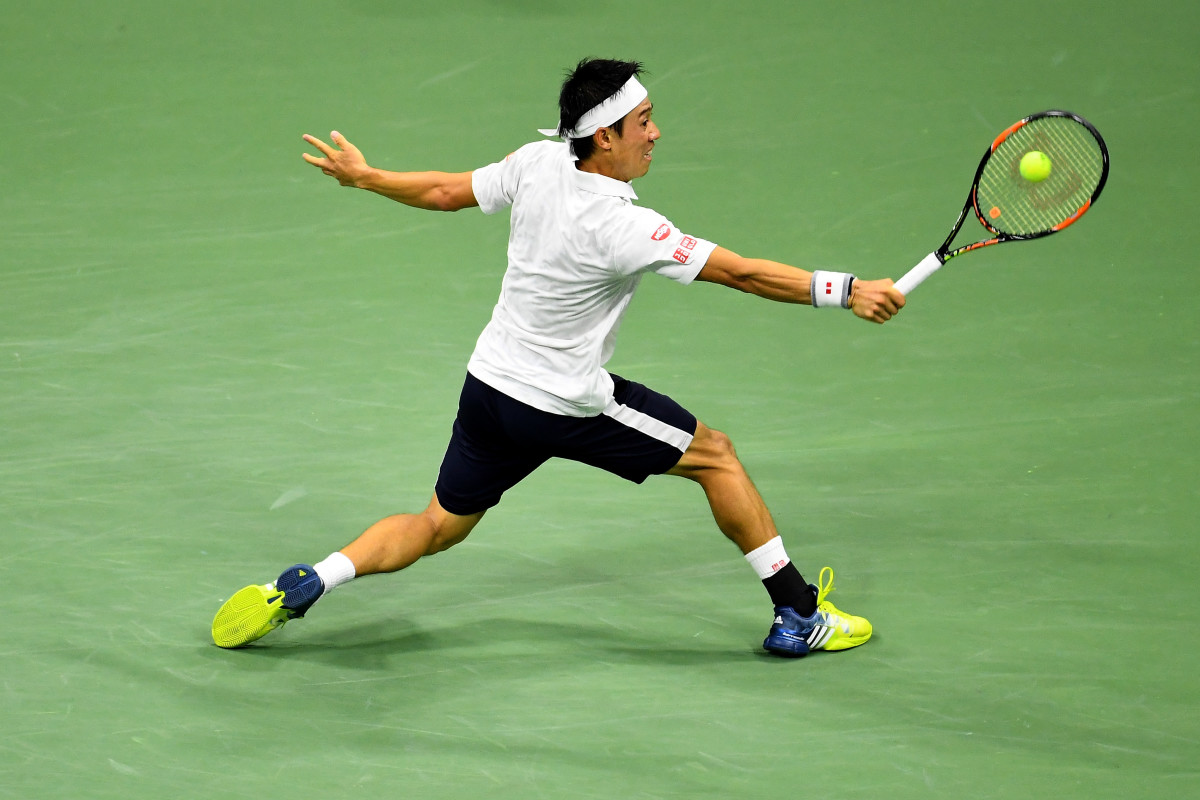
Jamie Murray, Bruno Soares
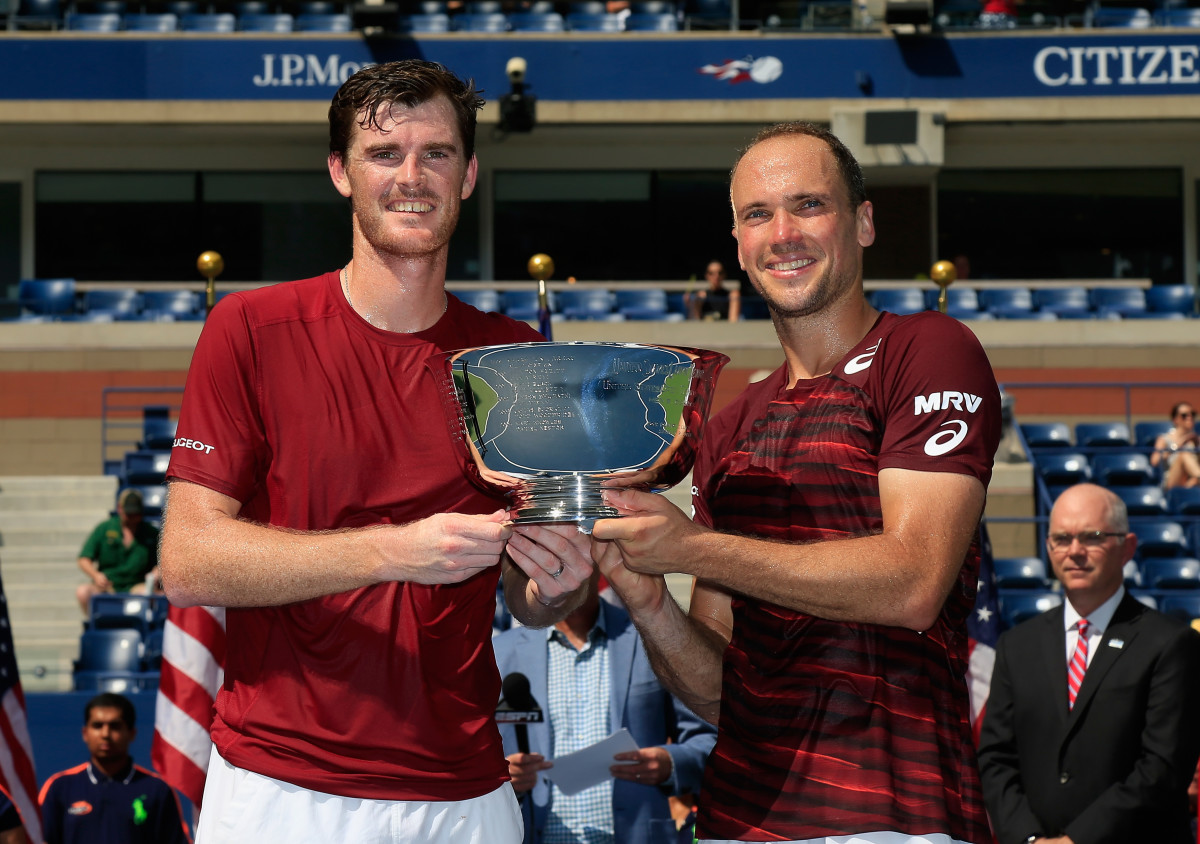
Pablo Carreno Busta, Guillermo Garcia-Lopez, Jamie Murray, Bruno Soares
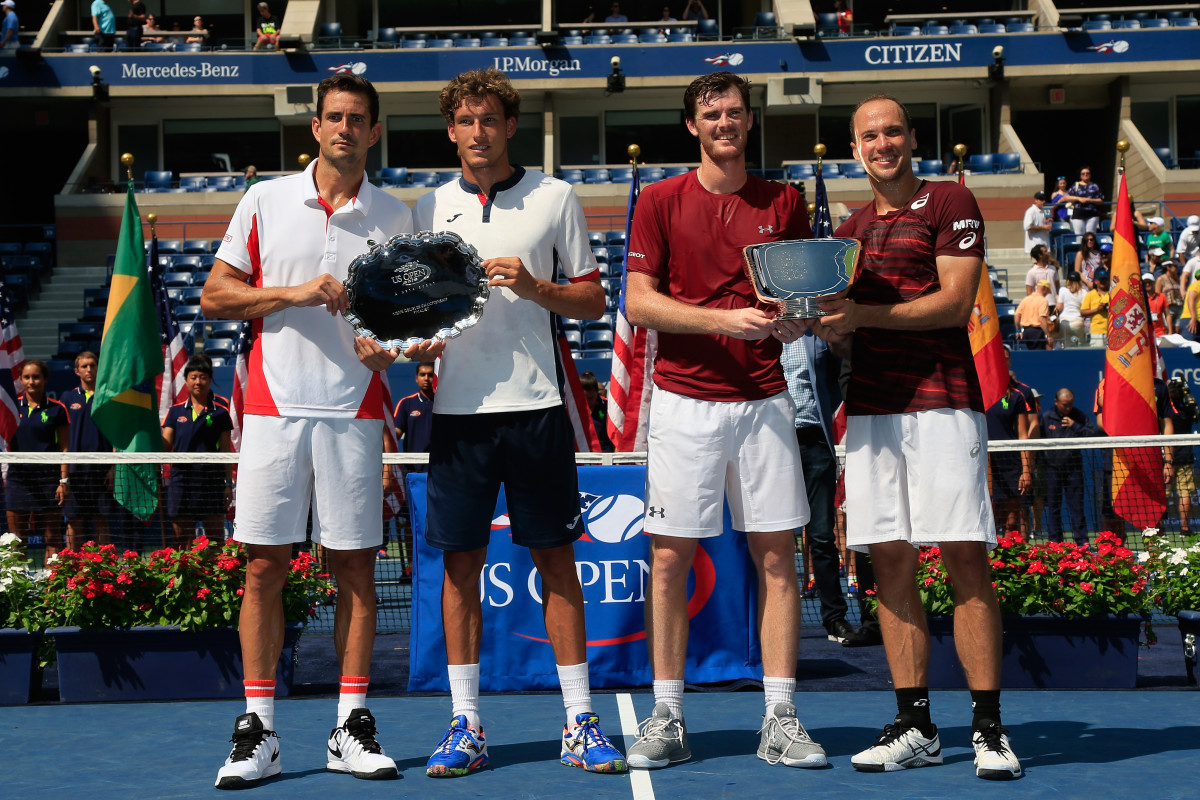
Jamie Murray, Bruno Soares
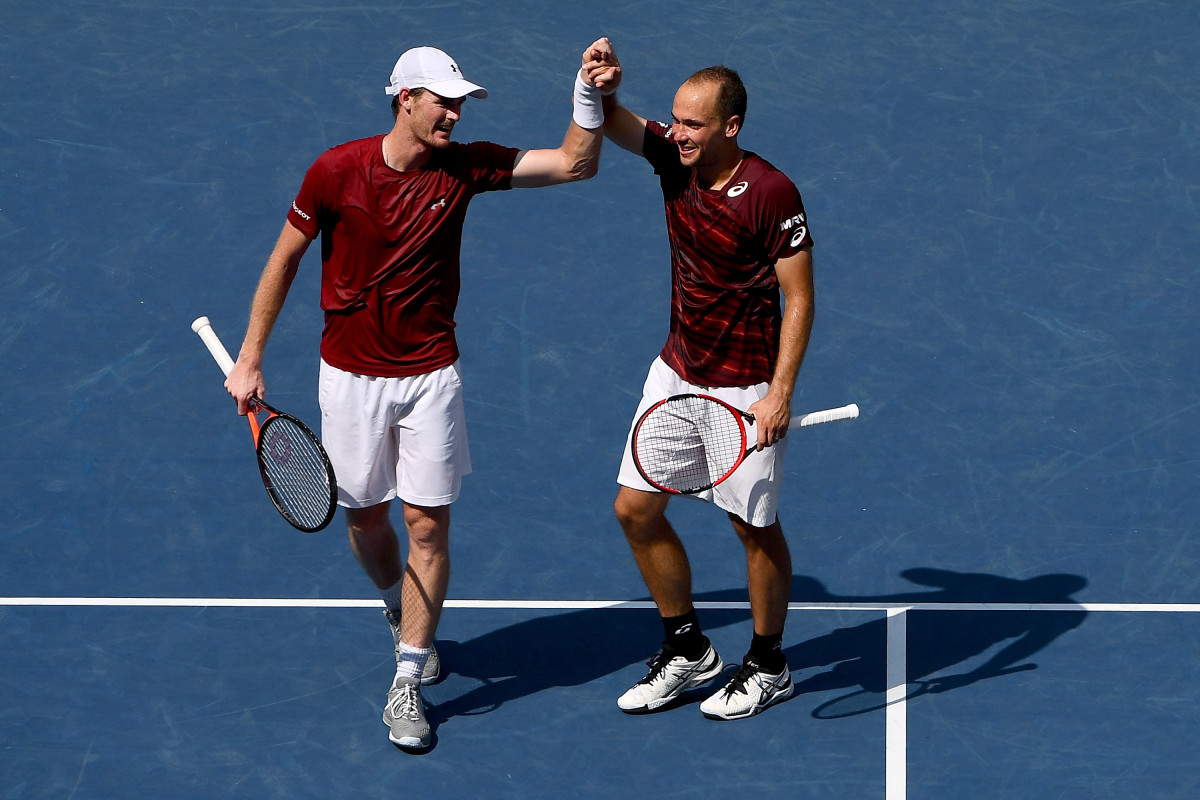
Angelique Kerber
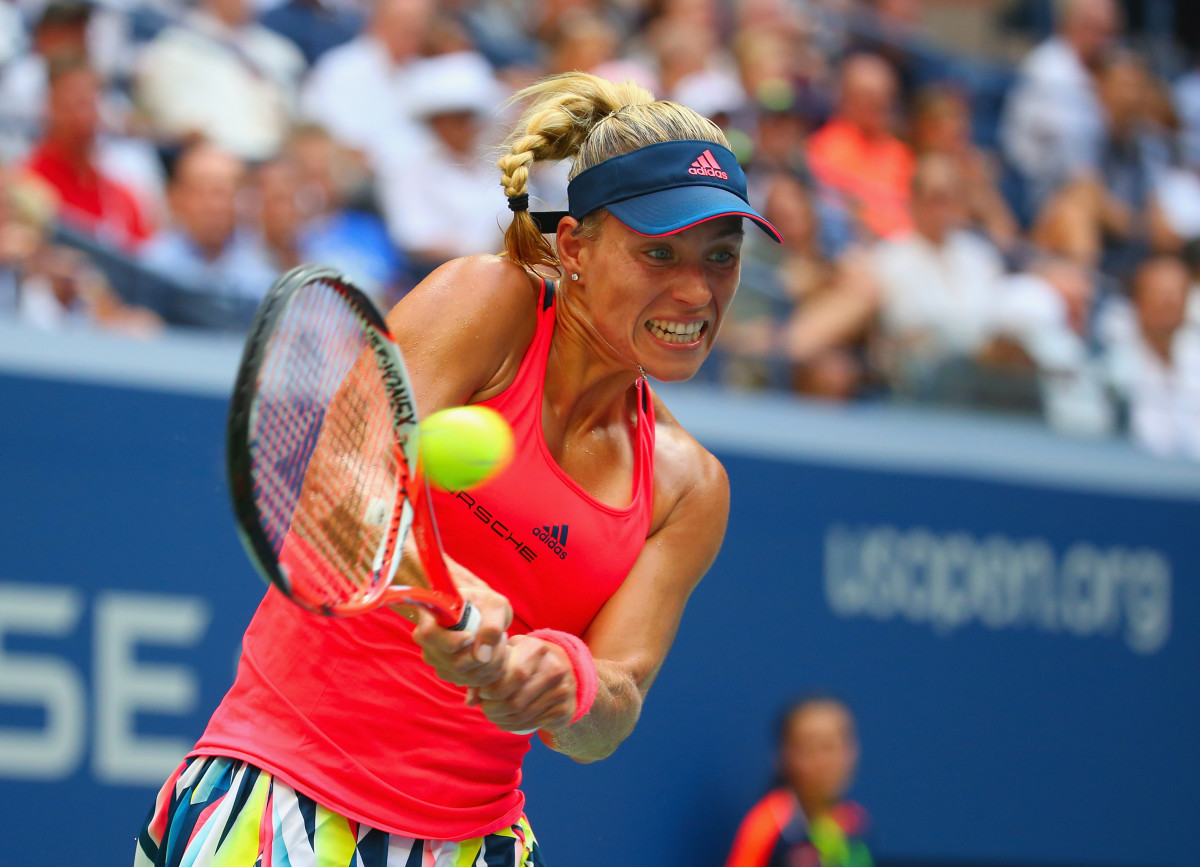
Karolina Pliskova
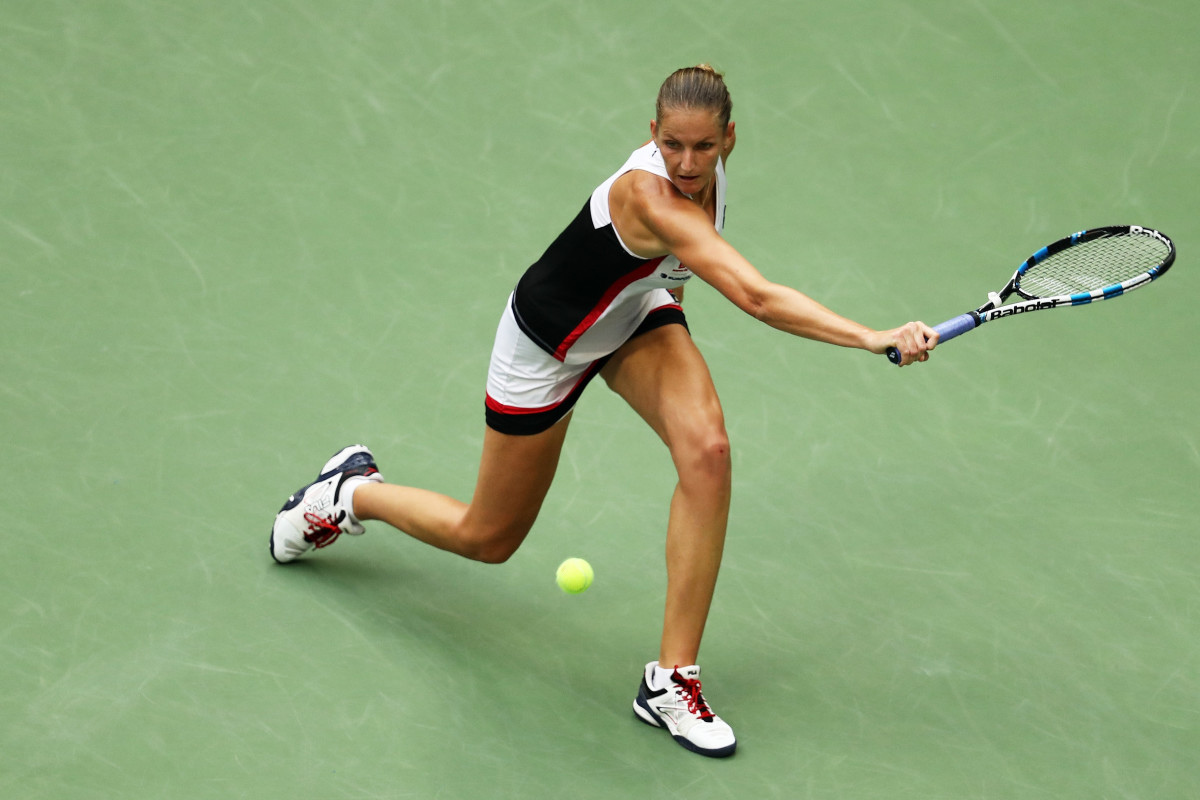
Karolina Pliskova
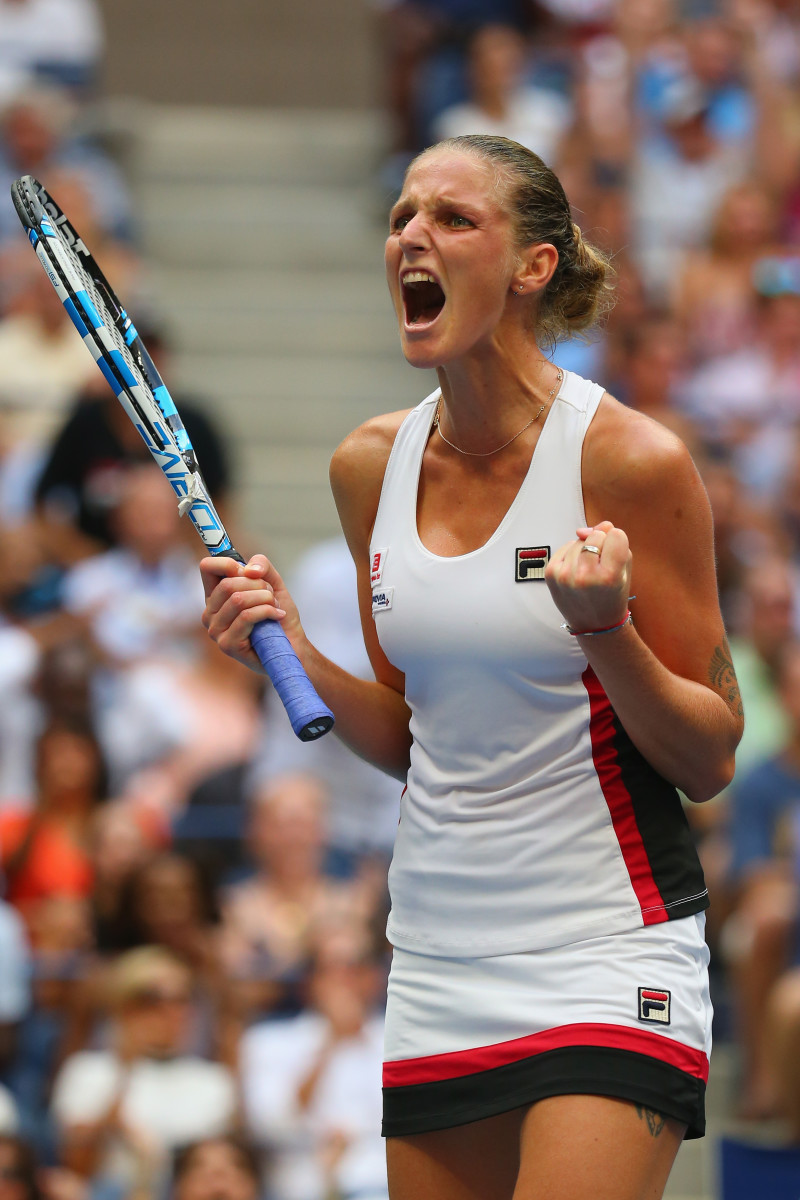
Angelique Kerber
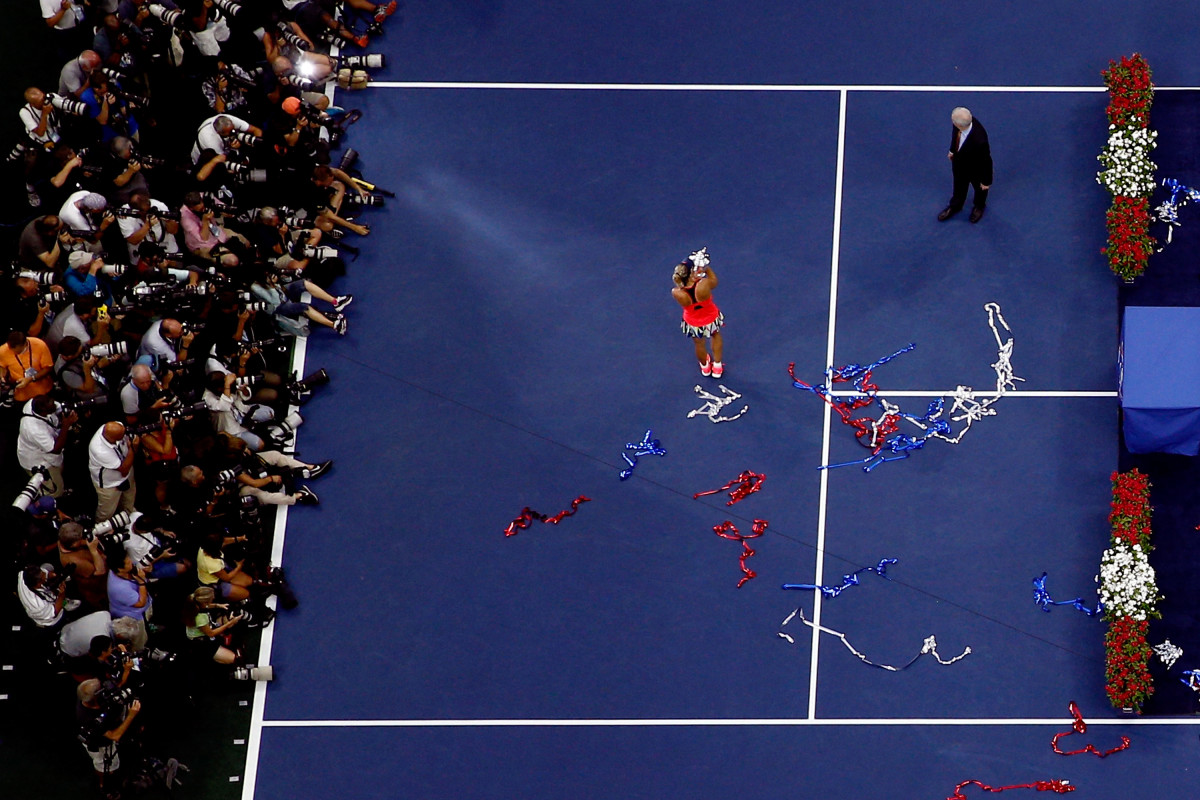
Angelique Kerber
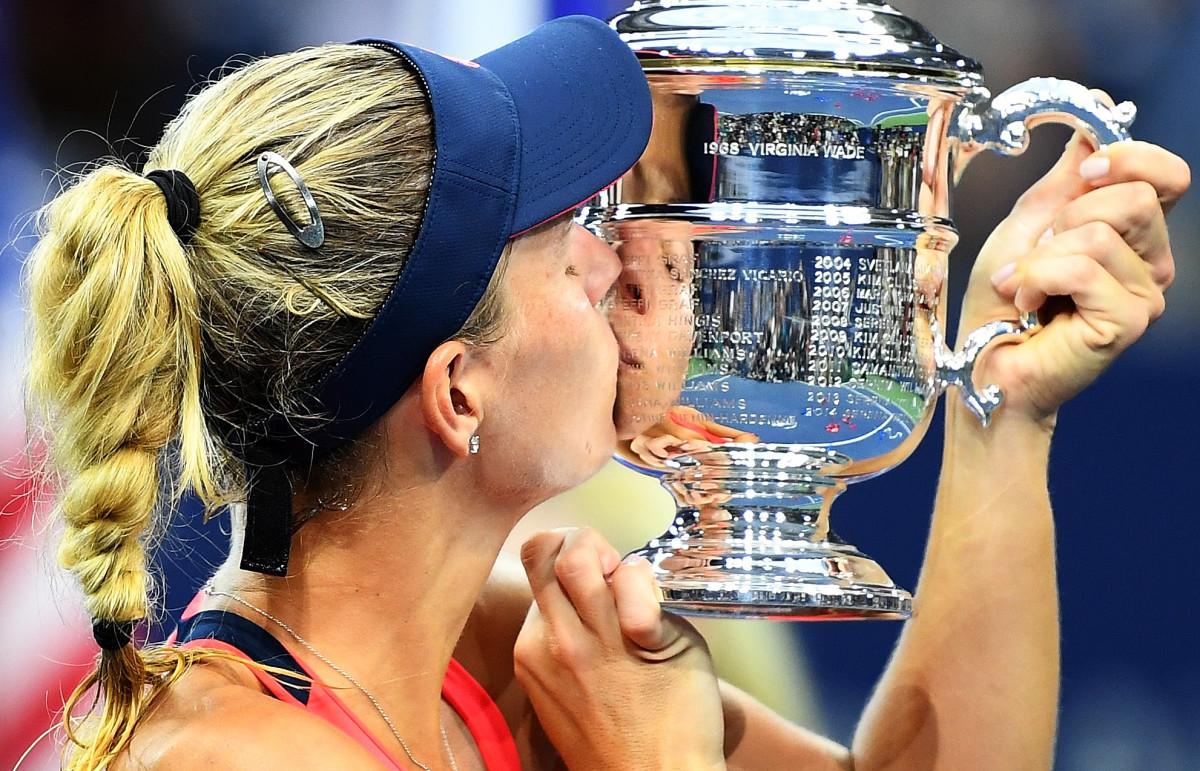
Angelique Kerber
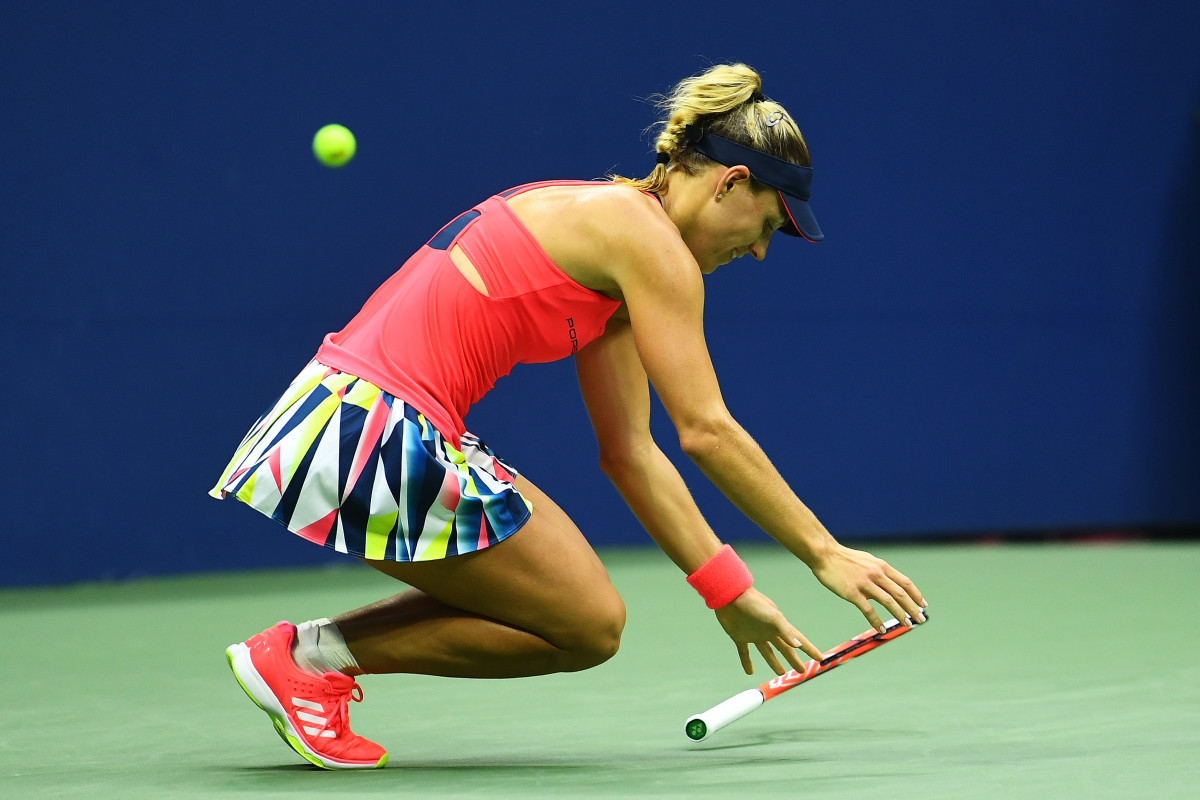
Angelique Kerber
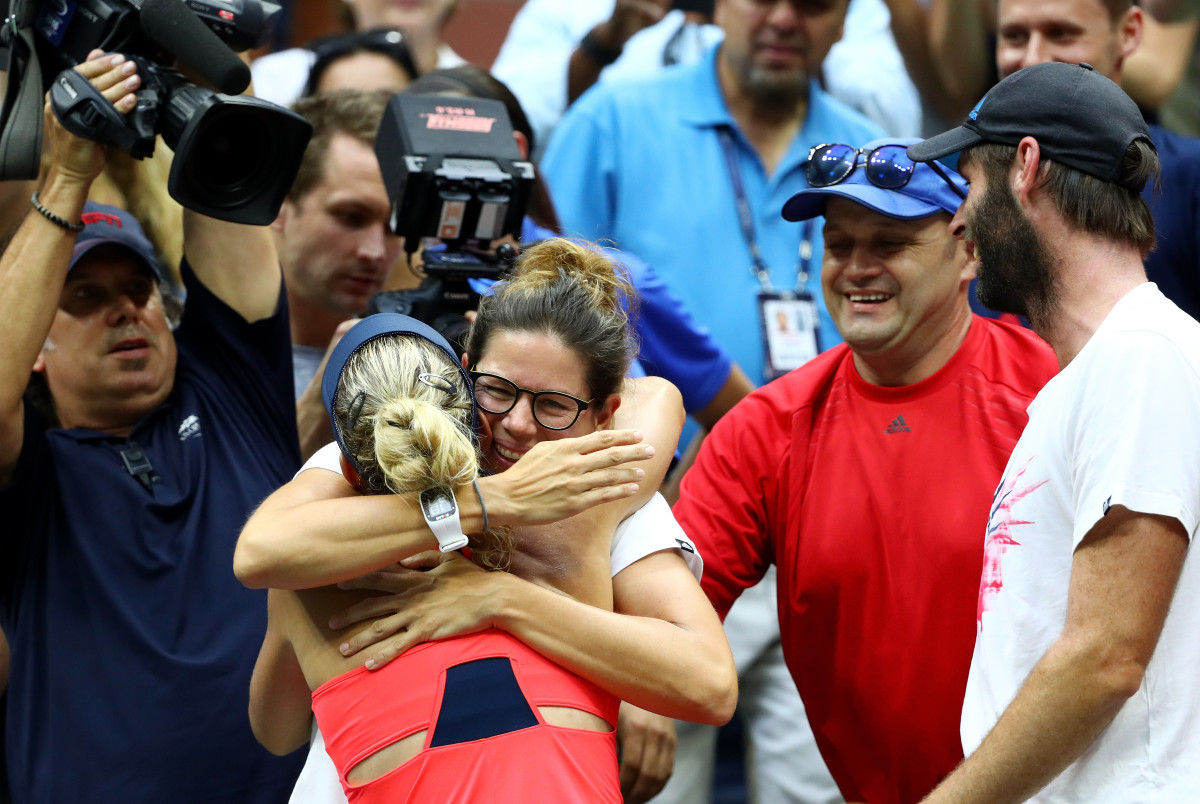
Angelique Kerber
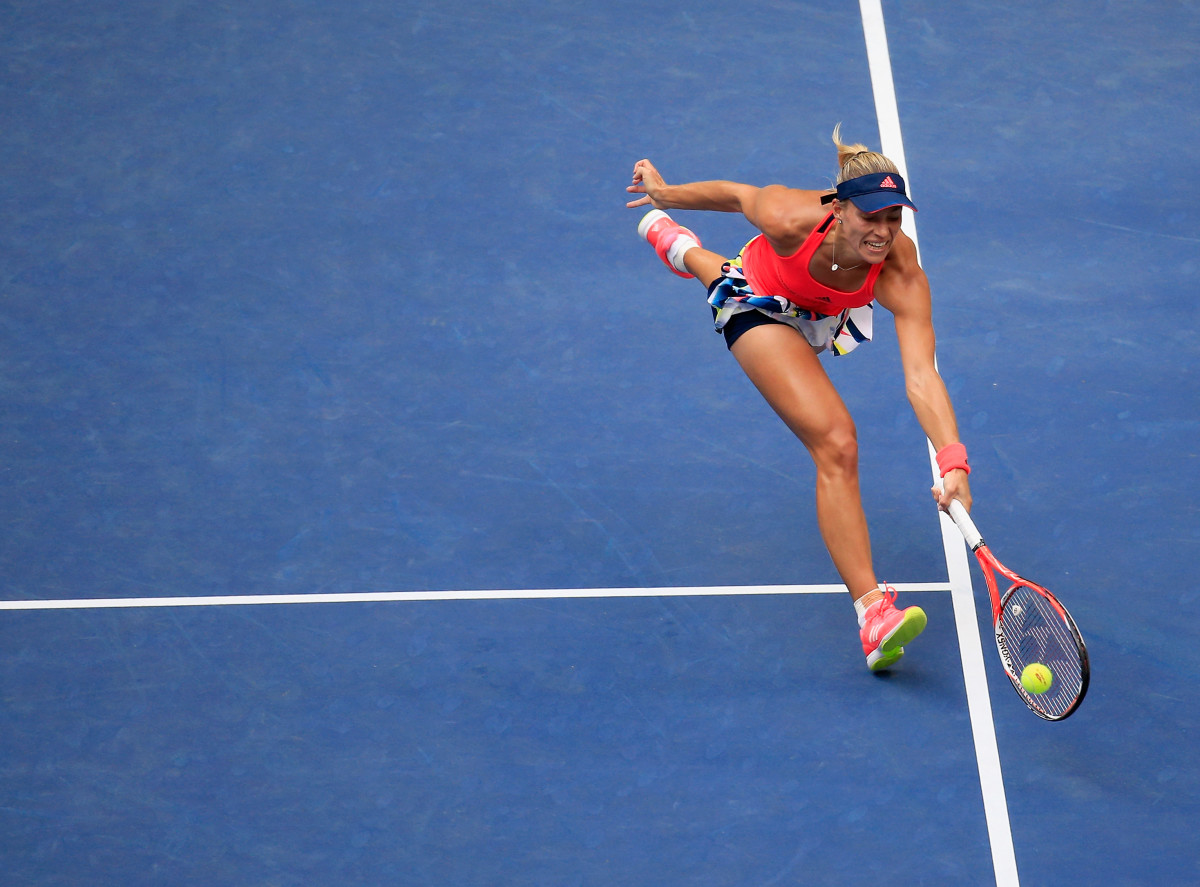
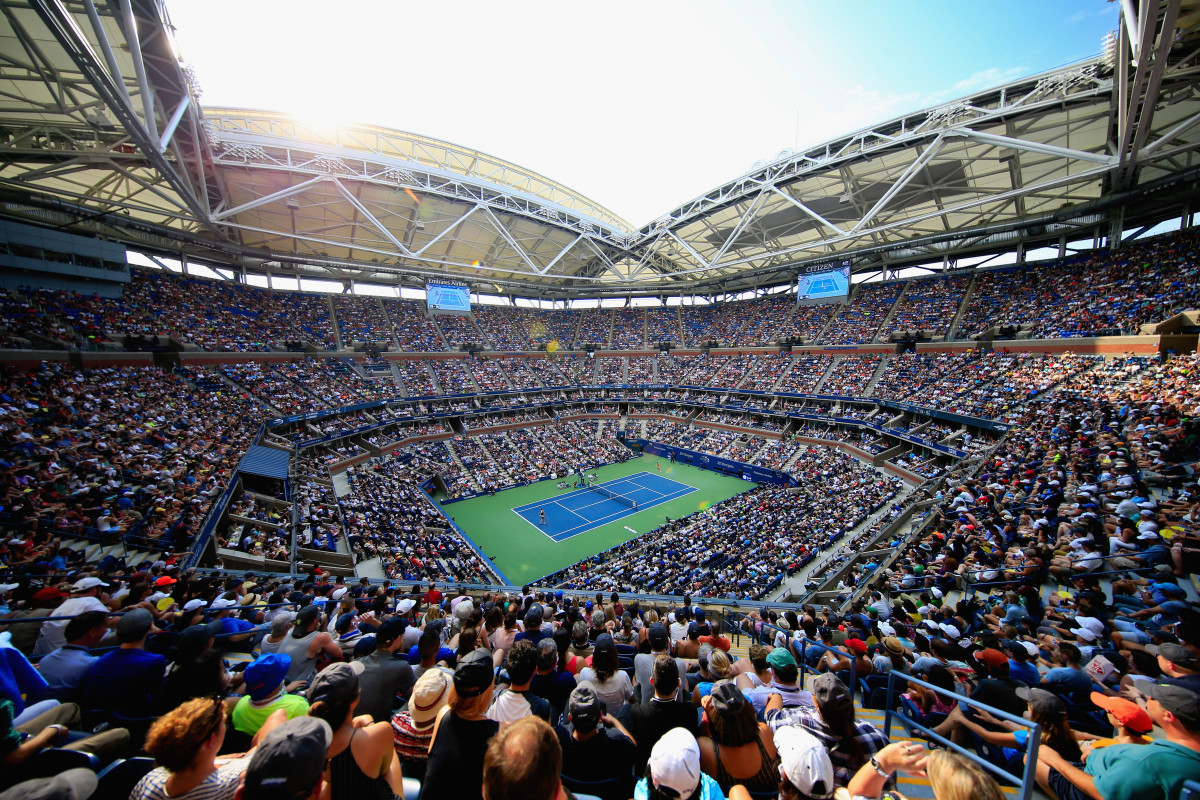
Bethanie Mattek-Sands, Lucie Safarova
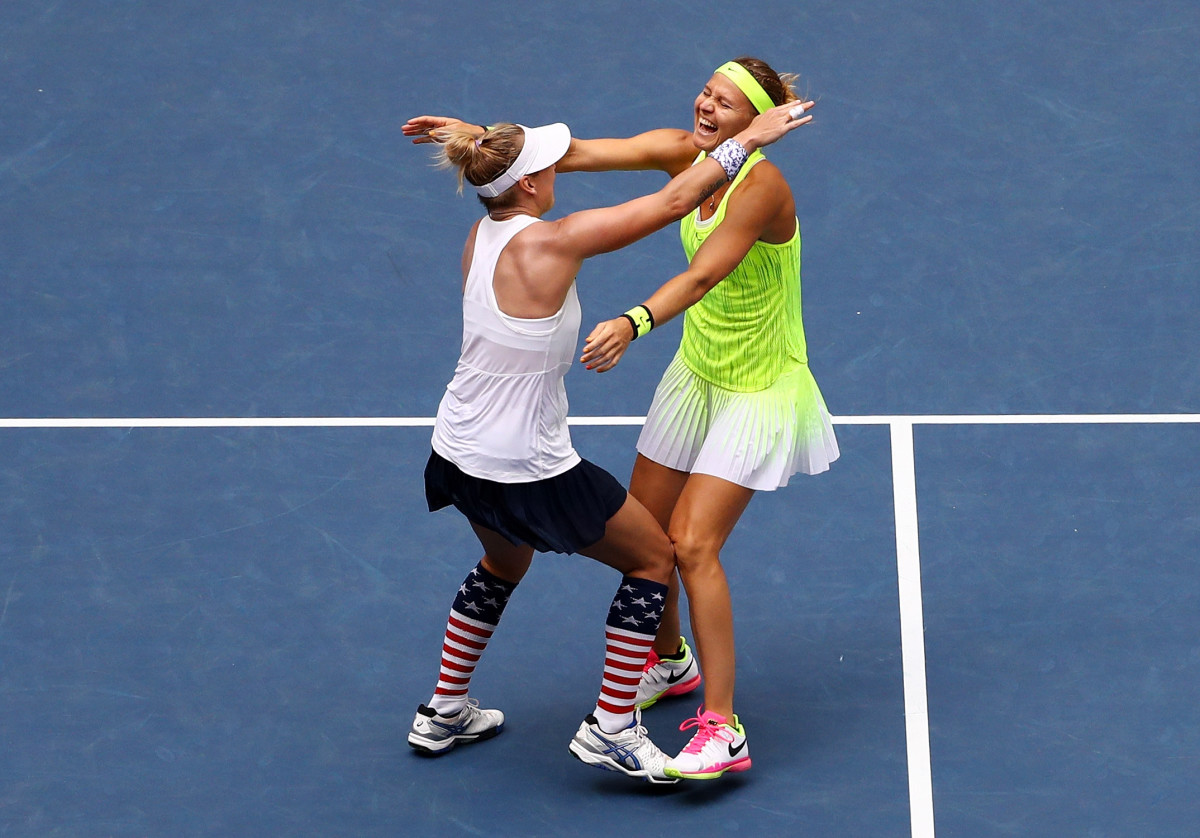
Bethanie Mattek-Sands, Lucie Safarova
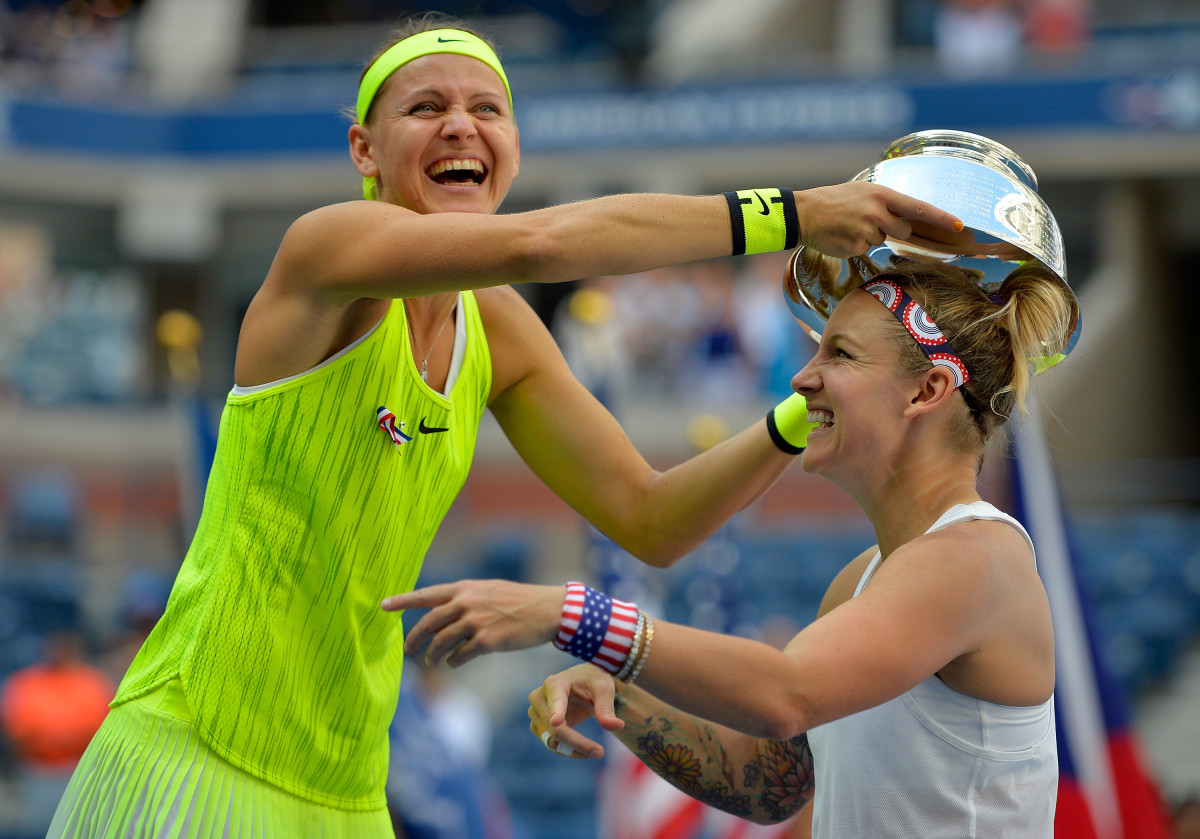
Bethanie Mattek-Sands, Lucie Safarova
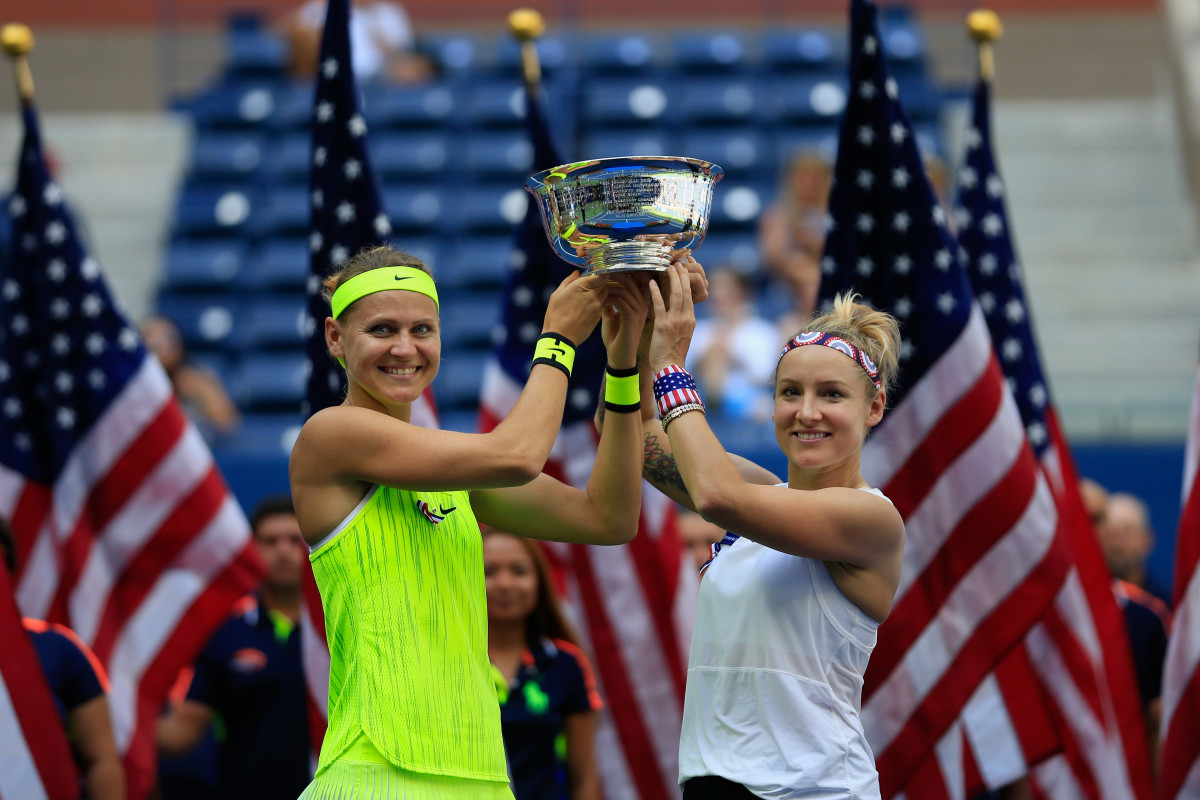
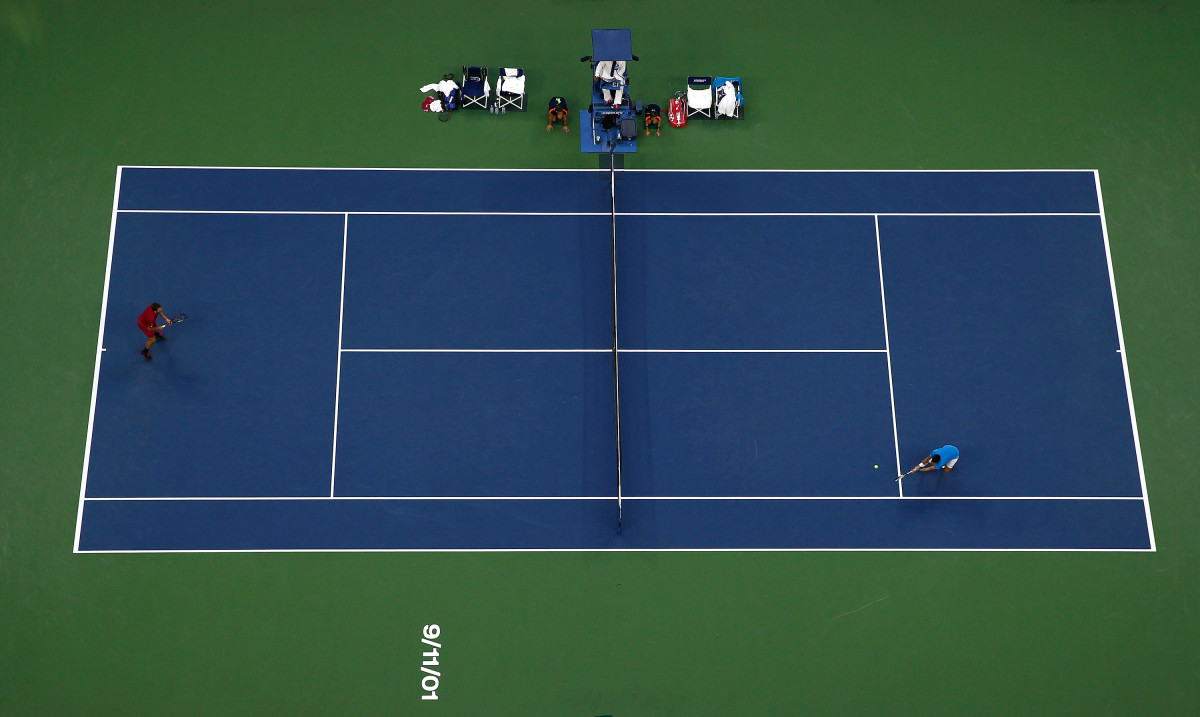
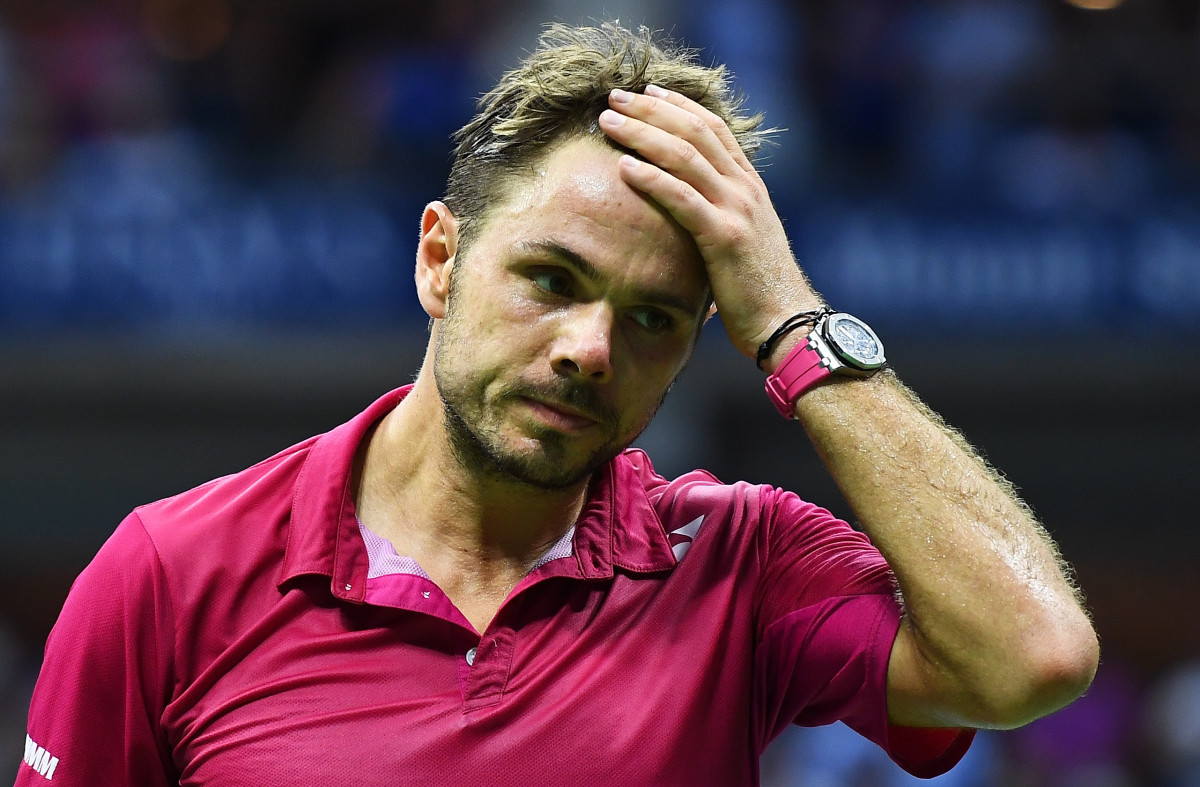
Novak Djokovic
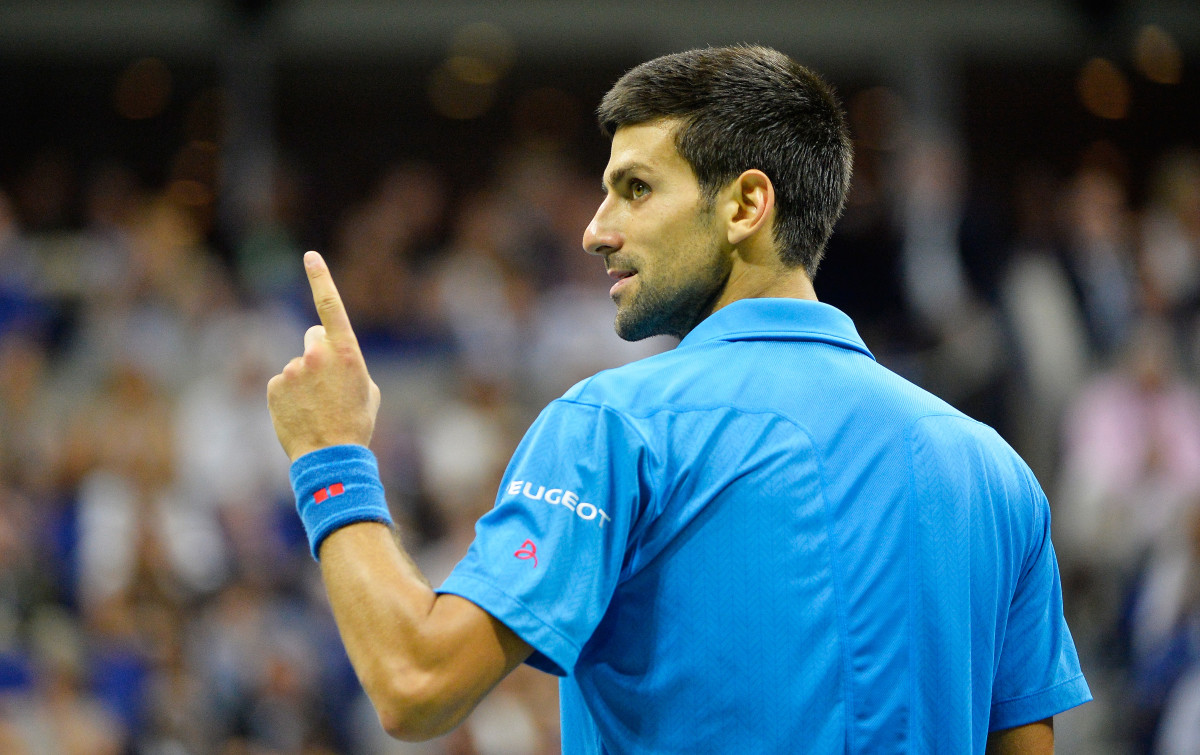
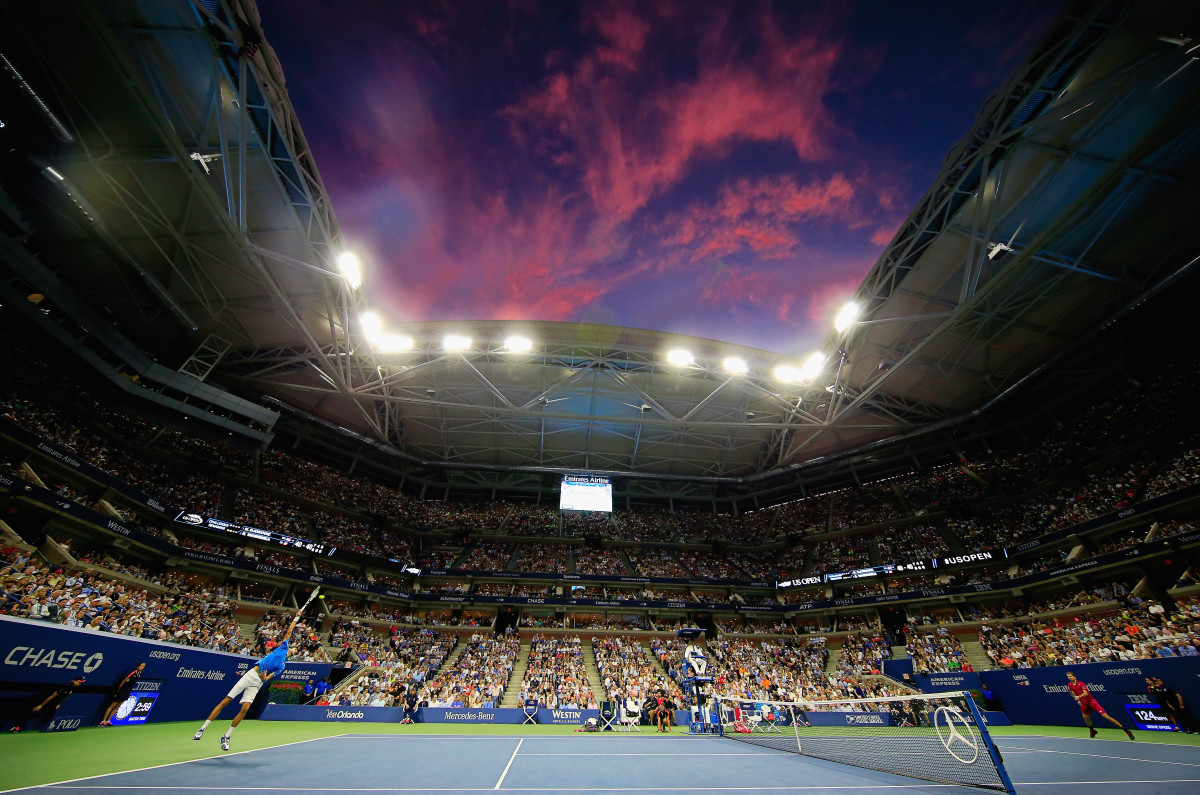
Novak Djokovic
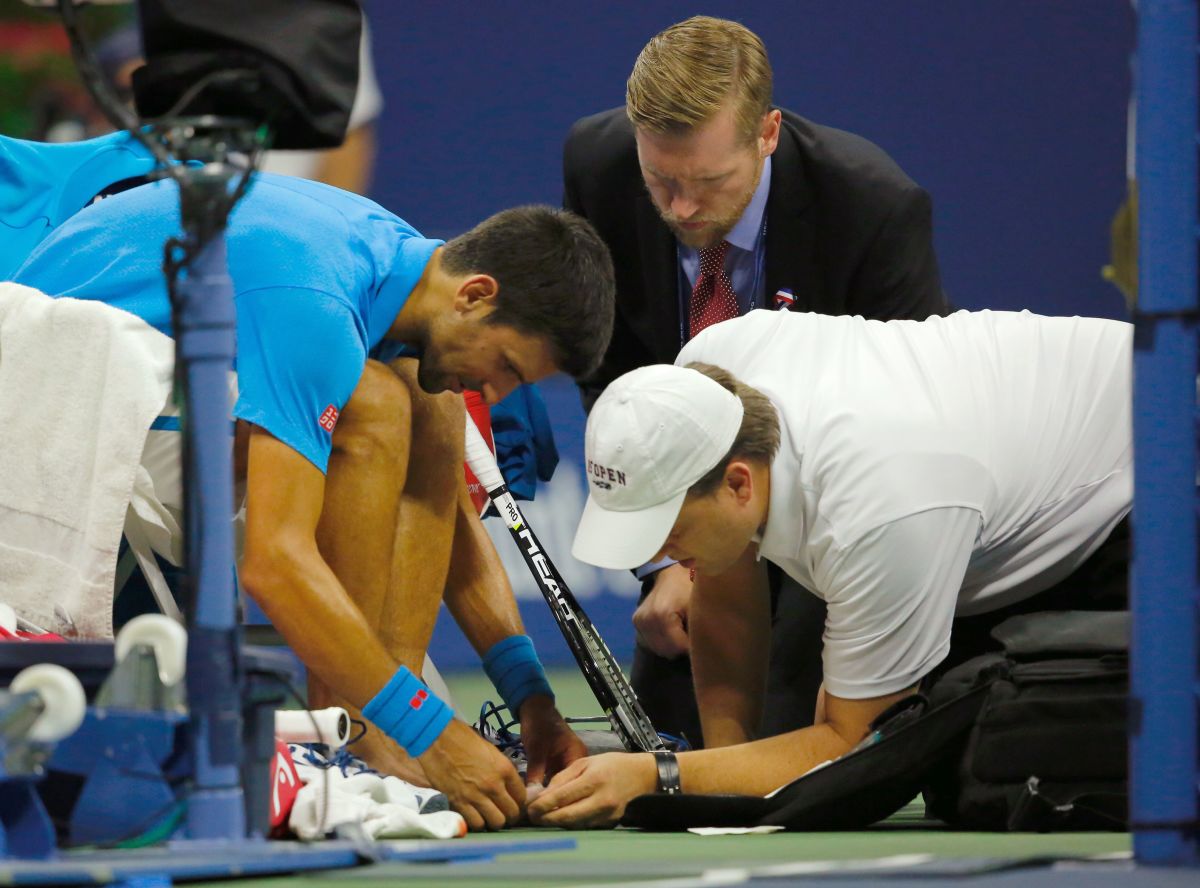
Stan Wawrinka
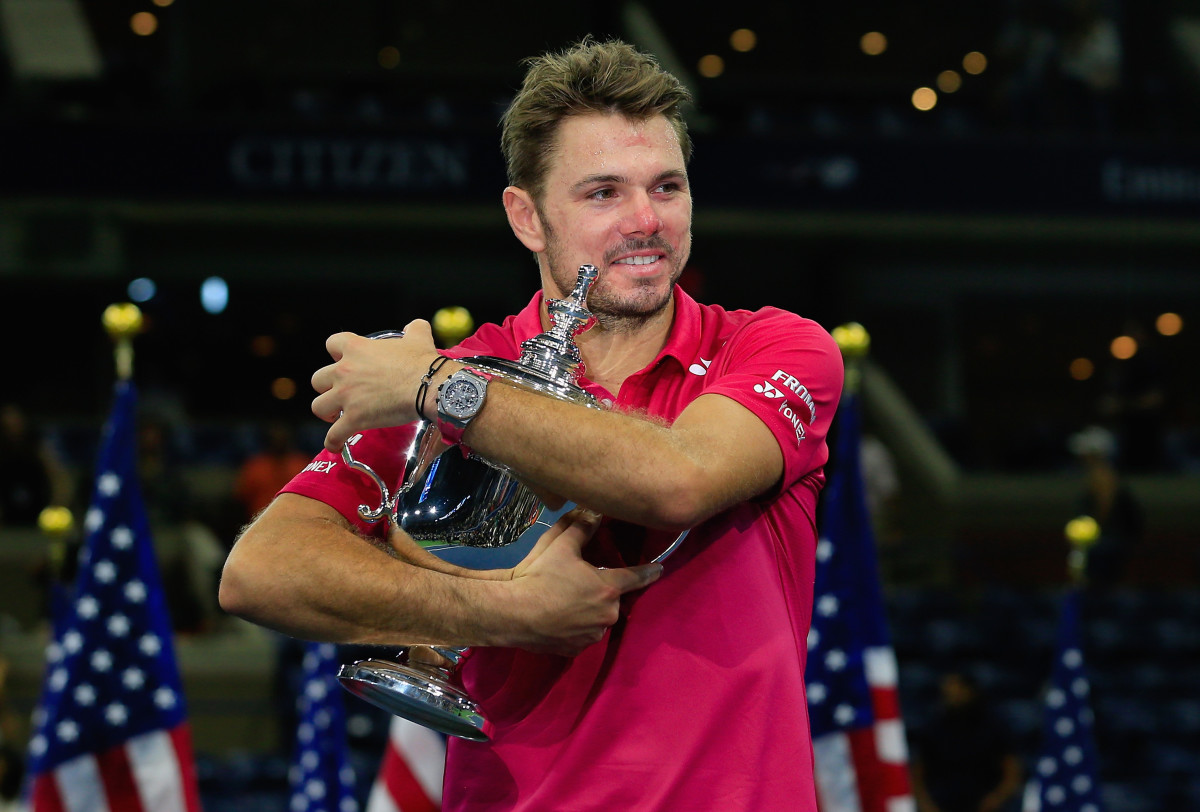
Stan Wawrinka
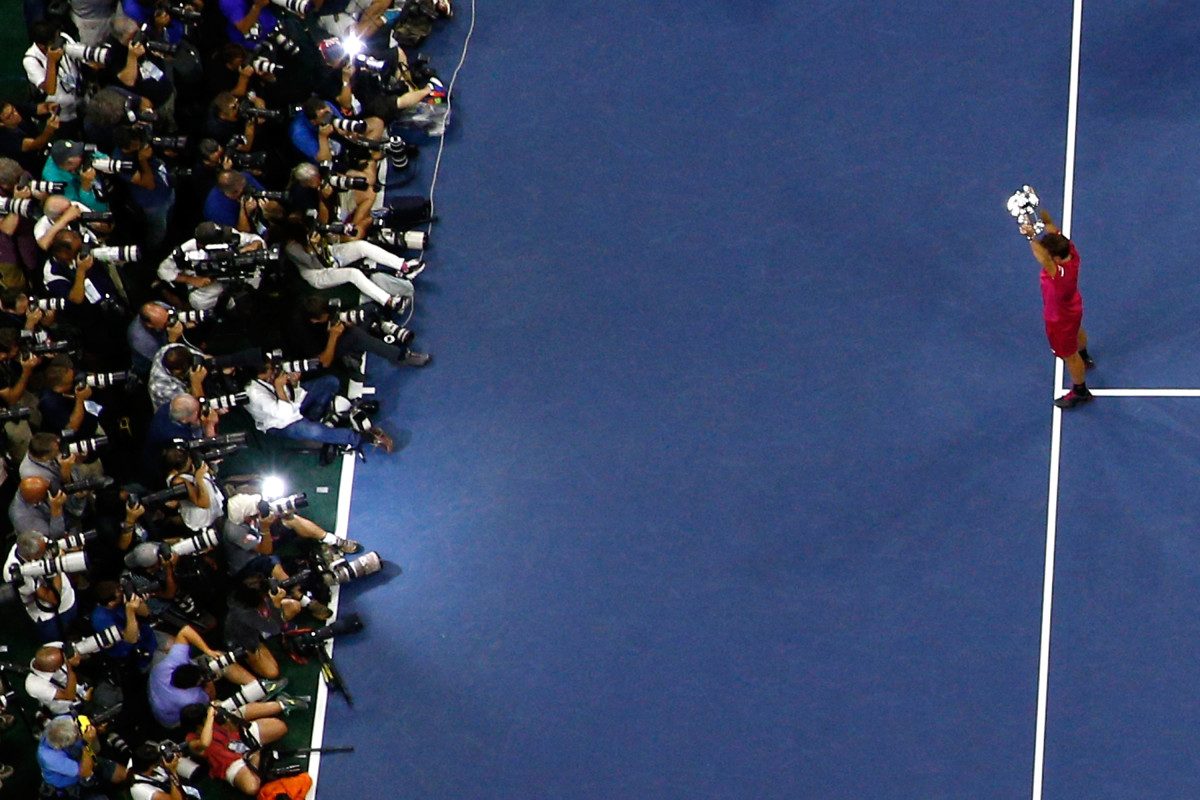
Novak Djokovic
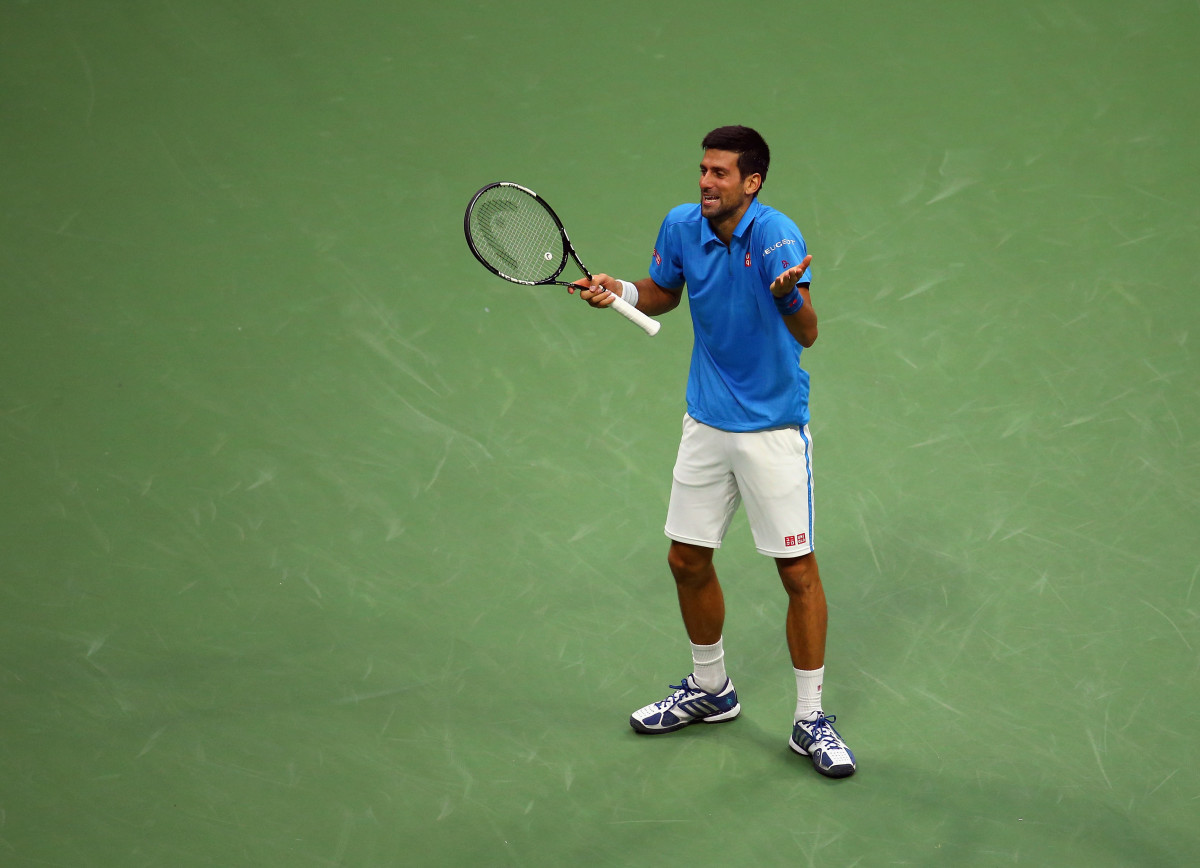
Novak Djokovic, Stan Wawrinka
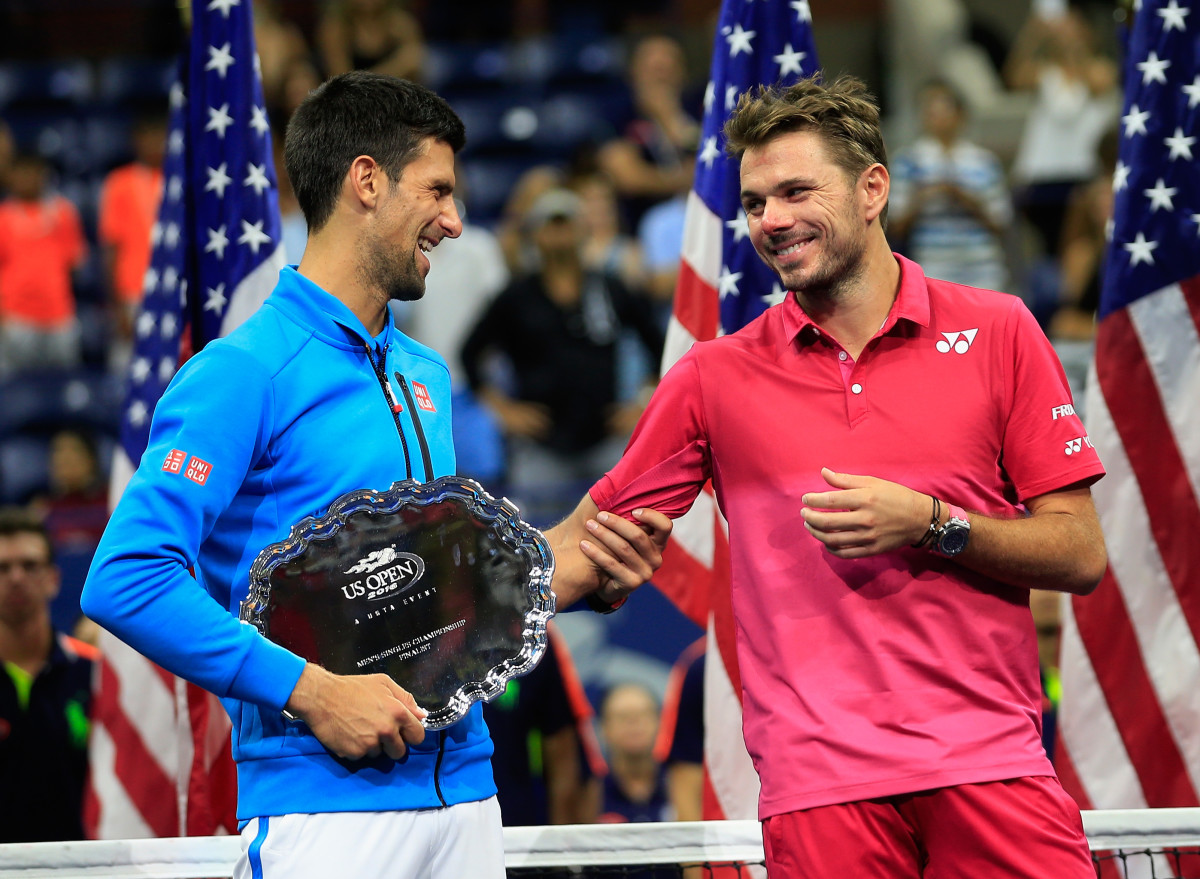
Novak Djokovic, Katrina Adams, Stan Wawrinka
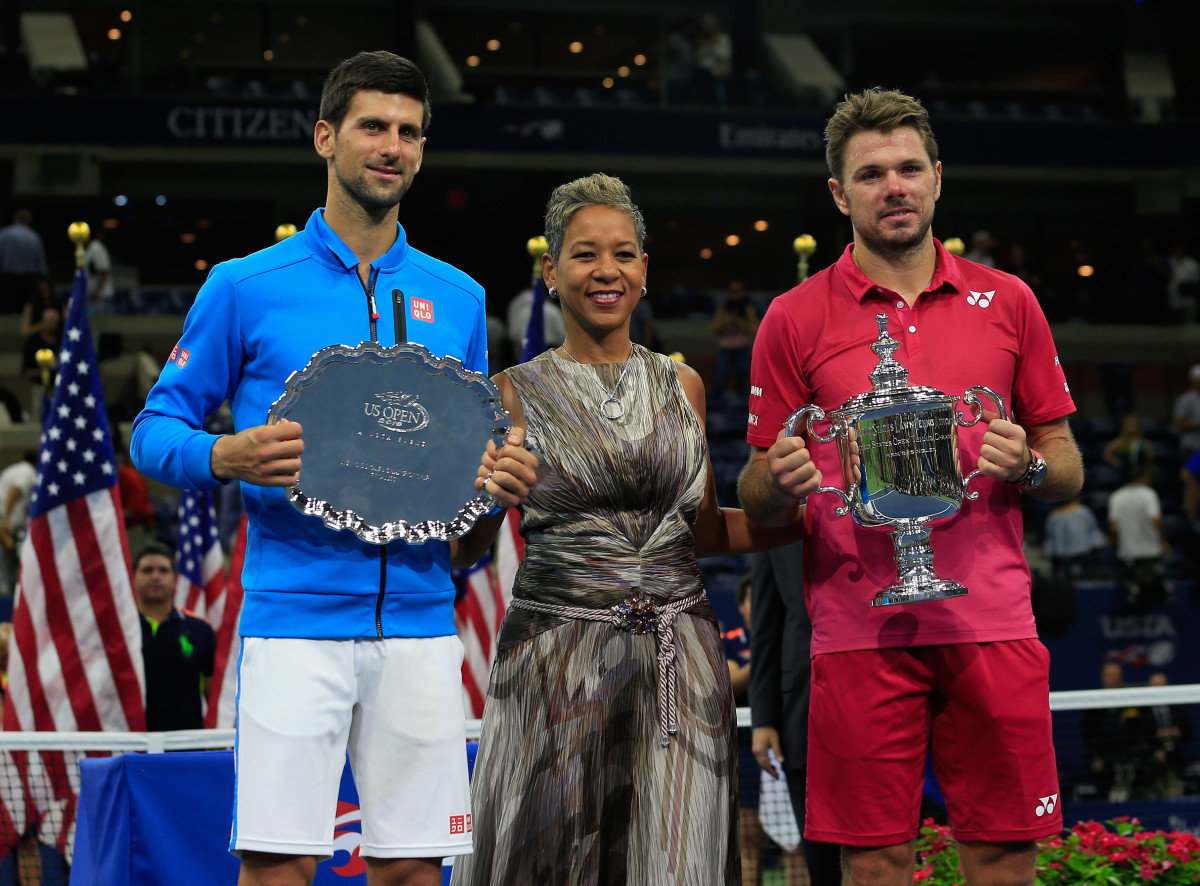
Two questions for you, one evaluating the past and one for the near future.
1. If you had to rank men's singles players based on their overall body of work post-2000, where would Wawrinka rank? Is he firmly entrenched in the No. 4-6 range (after the undisputed top-3 of Fed, Rafa, Djoker), possibly with Andy Murray and late career Andre Agassi? Does he crack that millennial top five? Am I overrating Stanimal based on his three Slam titles? Am I omitting anybody?
2. I always look forward to your semis/finals/winner predictions in your men's and women's seeds report. I realize the recklessness and wildness of predicting champions this early out, but would you be so kind to assign predicted early-on winners to each 2017 Slam?
Main thing I am curious about is: will we FINALLY see some youth served in 2017, or will it be another year of Djokovic/Murray/Stanimal, maybe mixed with a surprise Fed winning Wimbledon or Rafa winning Roland-Garros?
—Drew from Minneapolis
• I am so ambivalent about predictions. They’re fun and they are an inherent part of the sports experience. Yet nothing I write draws rebuke and ridicule quite like predictions. (Sometimes before they even go awry—as they tend to do.)
Anyway:
1) I'd go in order: Federer, Nadal, Djokovic, Murray…then I think Agassi might beat out Wawrinka. From 2000 until his retirement, Agassi won three majors, reached the finals of two others, and was a losing semifinalist four times. He also won SEVEN Masters Series events from 2000 on. Yes, the major was the Australian all three times. And, yes, he didn’t have to go through the Big Four. But still…
2) Djokovic/Nadal/Murray/Wawrinka. I still think the staircase separating the Slam winners from the others (you can still hardly call 26-year-olds Kei Nishikori and Milos Raonic et al “young”) is a long one.
For second straight year, Serena falters in U.S. Open semifinals, this time to Pliskova
Do you know what I thoroughly enjoyed about the women's final, besides the outstanding quality of play? The SILENCE! No shrieking, grunting or ear piercing noises. NOT ONE! See, it can be done! What a thoroughly enjoyable final, for a change!
—Kris, Norwalk, CT
• Suffice to say you weren’t the only EEEGHHHHHHHHHHH one to make this KKKEEEEEEE-AAAAHHHHH point.
Wertheim has problems with Novak for some reason. I can only guess.
—@No1egal
• When every comment has to go through this analysis of “He/she loves/hates Player X,” we all lose.
Here’s the unvarnished truth about the ATP’s entire top 10 right now: there’s not a jerk in the bunch. It’s natural to have a favorite and to prefer one player to another, but you can’t go wrong. That said, everyone should be able to comment and point out isolated regrettable acts without being accused of bias.
Gael Monfils defends unusual U.S. Open semis strategy after John McEnroe criticism
In one of your recent posts, did you say you had historical data that might be related to tennis players' injuries? If so, I'd be interested in looking at that data.
—David C.
• I repeat: if anyone with advanced statistical skills can demonstrate/disprove that tennis has an injury problem, please let us know. It would be helpful to have data here—and not simply the unfortunate wealth of anecdotal evidence.
• Thanks to Lauren of Toronto for this: After reading your comment about Jo Konta having a panic attack on court at the U.S. Open—“it seems unfair to the opponent when issues stemming from nerves..."—I feel compelled to call you out, as your comment suggests that panic attacks stem from nerves, and therefore, implies that they can be and should be controlled.
Panic attacks can come at anyplace and at anytime and are a mental health issue. Rather than suggesting a panic attack is due to nerves, it is better to consider it an injury. Just like someone who has turned an ankle on court and needs the trainer to tape it up, a player dealing with a panic attack deserves the same type of duty of care. Now, your comment about a 22-minute delay in play, is fair; if physical injuries are under a time limit than mental health injuries should also have a time limit. That being said, the injury timeout rules are confusing and need to be reevaluated. This might be a great time for the ATP/WTA/ITF to review these rules and make some changes to them, so that they are a) easier to interpret and understand; and b) address mental health issues.
Even though mental health issues are slightly less taboo than they used to be, they are still fraught with stigma and I hope in the future you will choose language that does not reinforce false stereotypes.
I don't meant to put words in your mouth, but I have a feeling that you did not mean to reinforce stigma with your words. I am a PhD student in Toronto and I am one of a handful of researchers who look at mental health/illness in high performance sport. My masters research highlighted the need for increased education related to mental illness (in sport), so thank you for providing me with a teachable moment.
